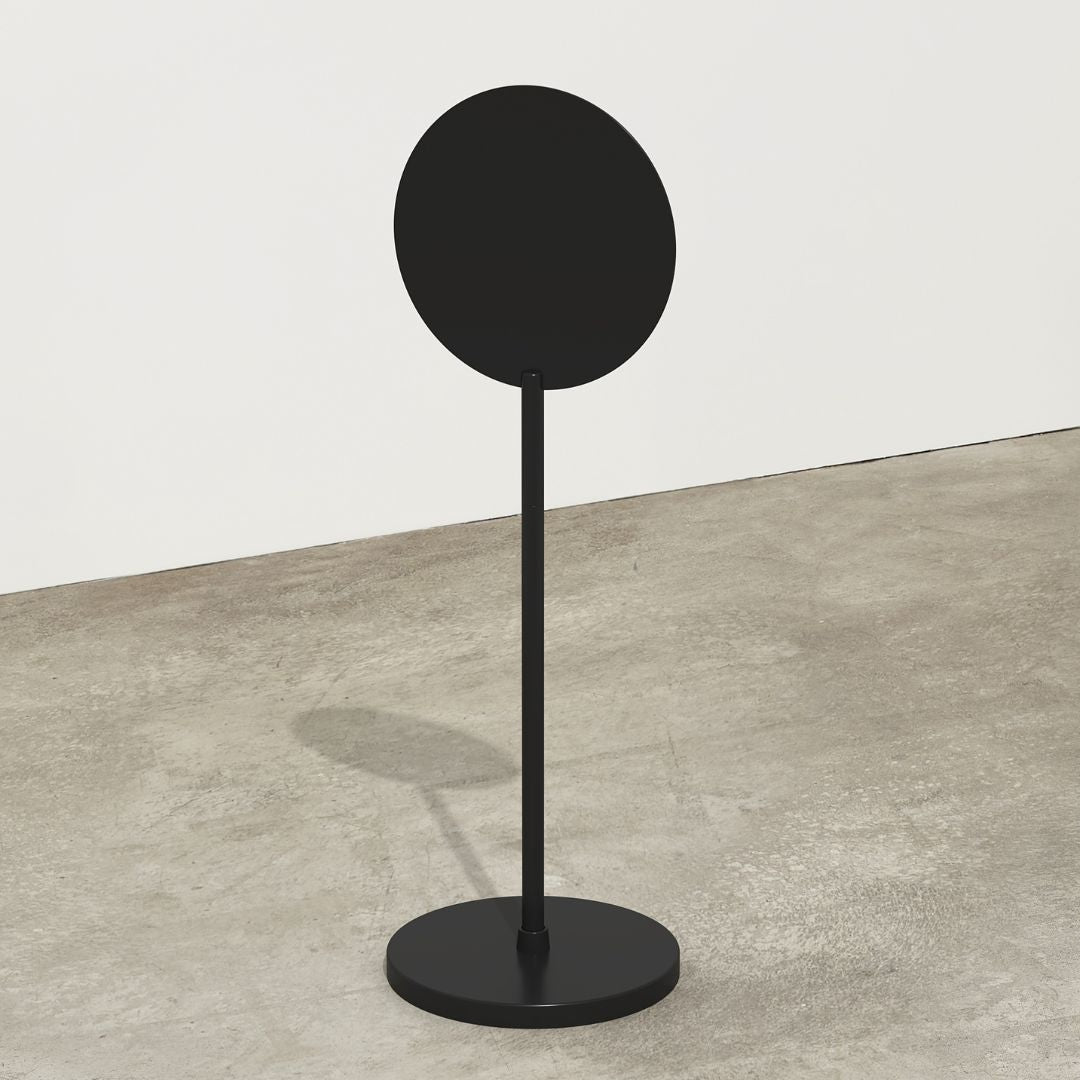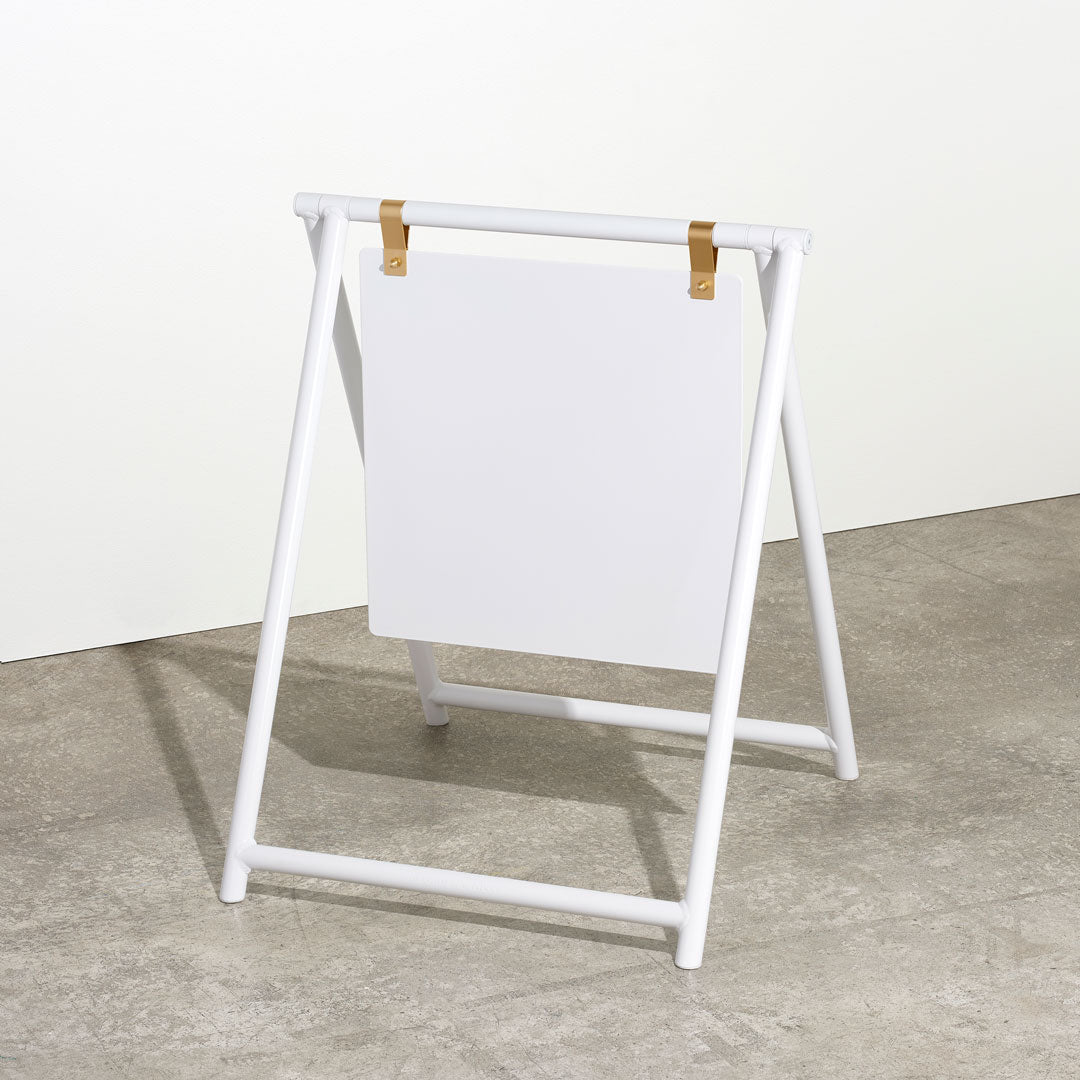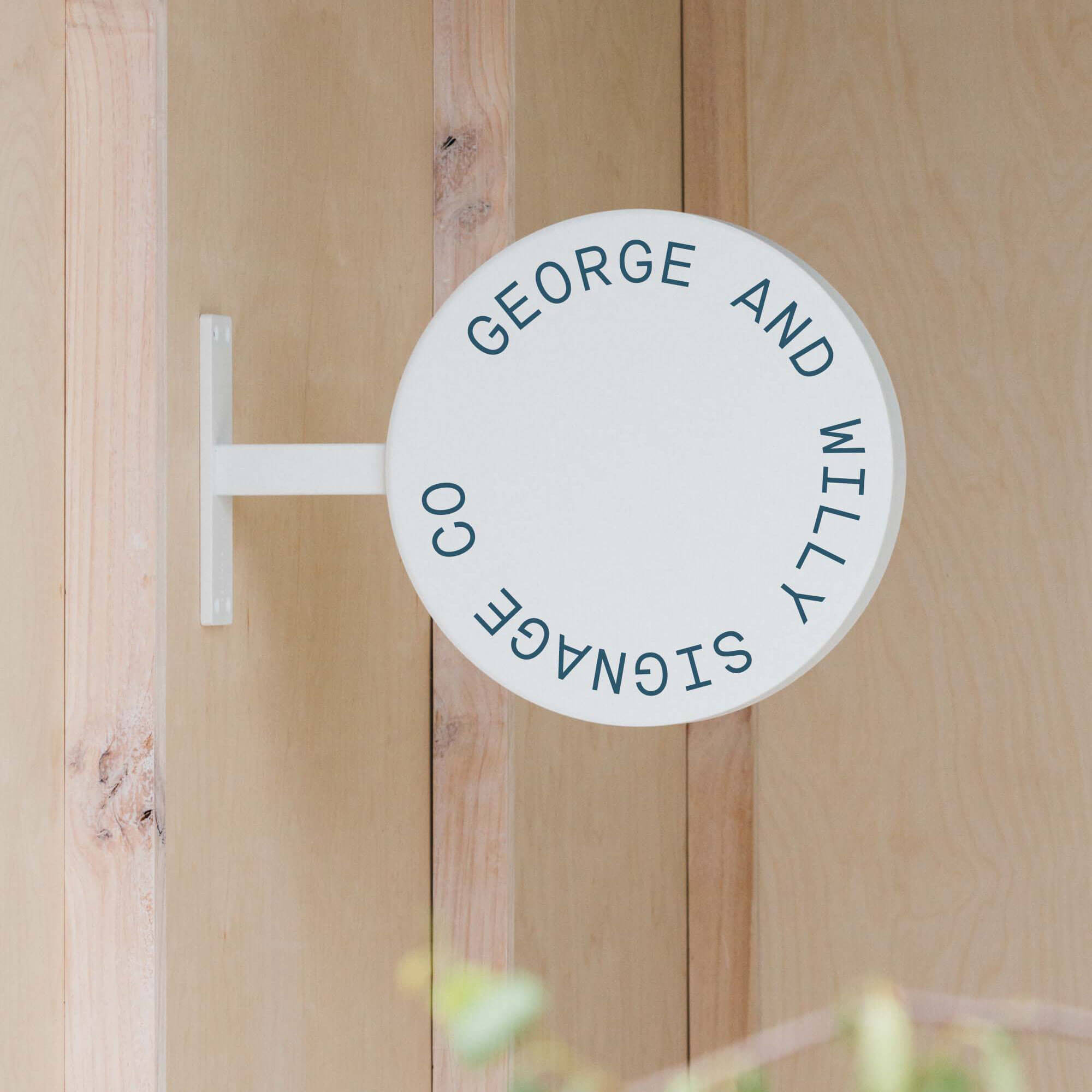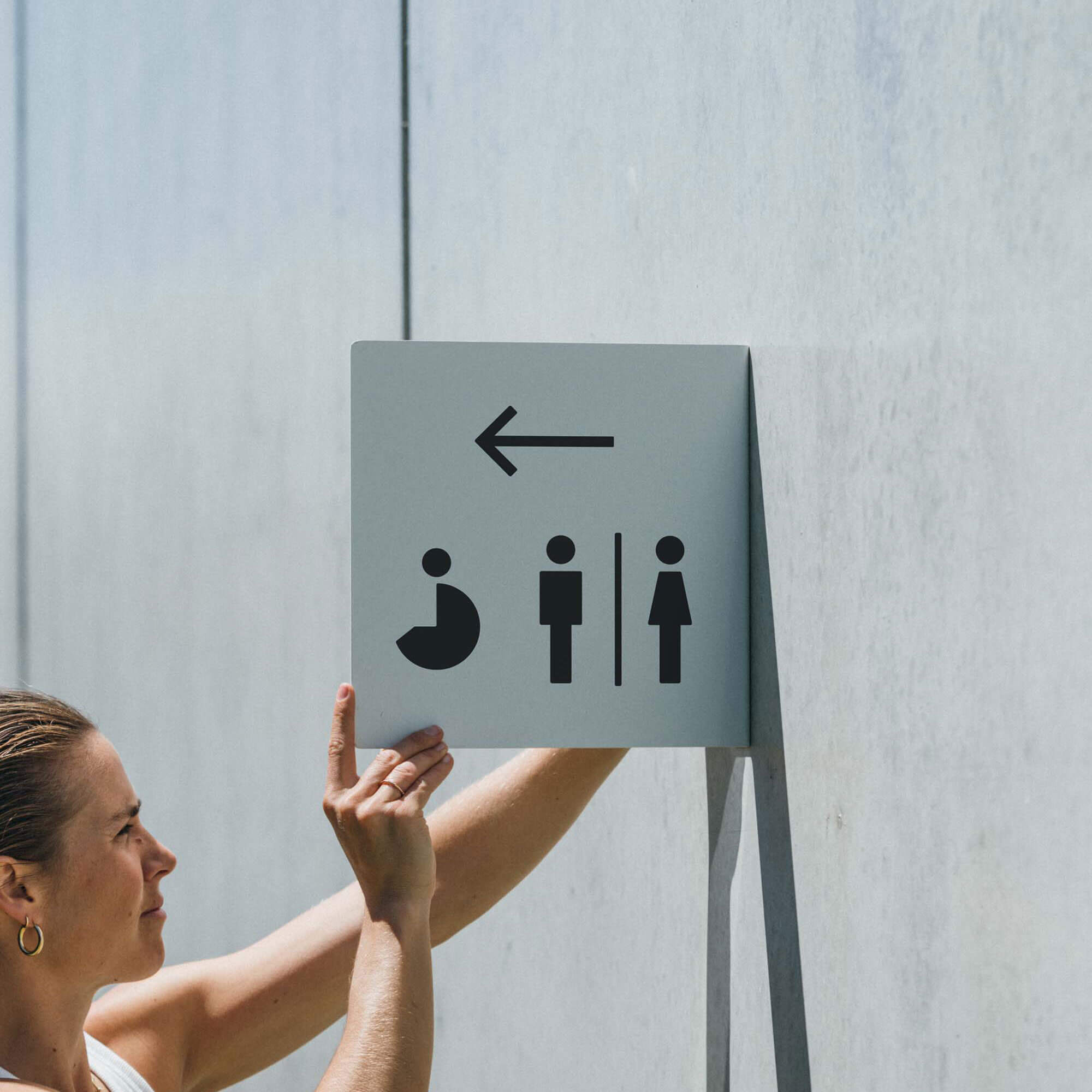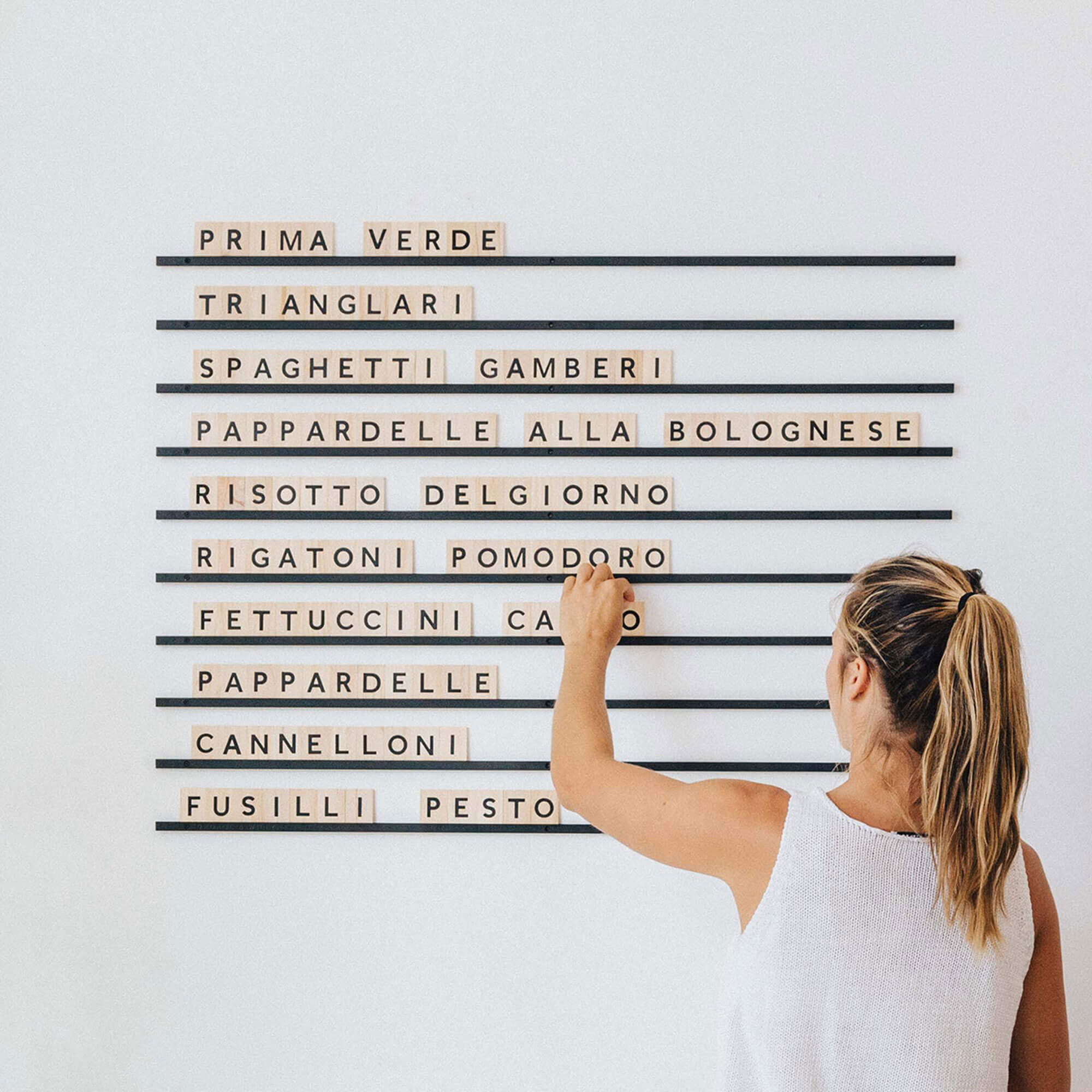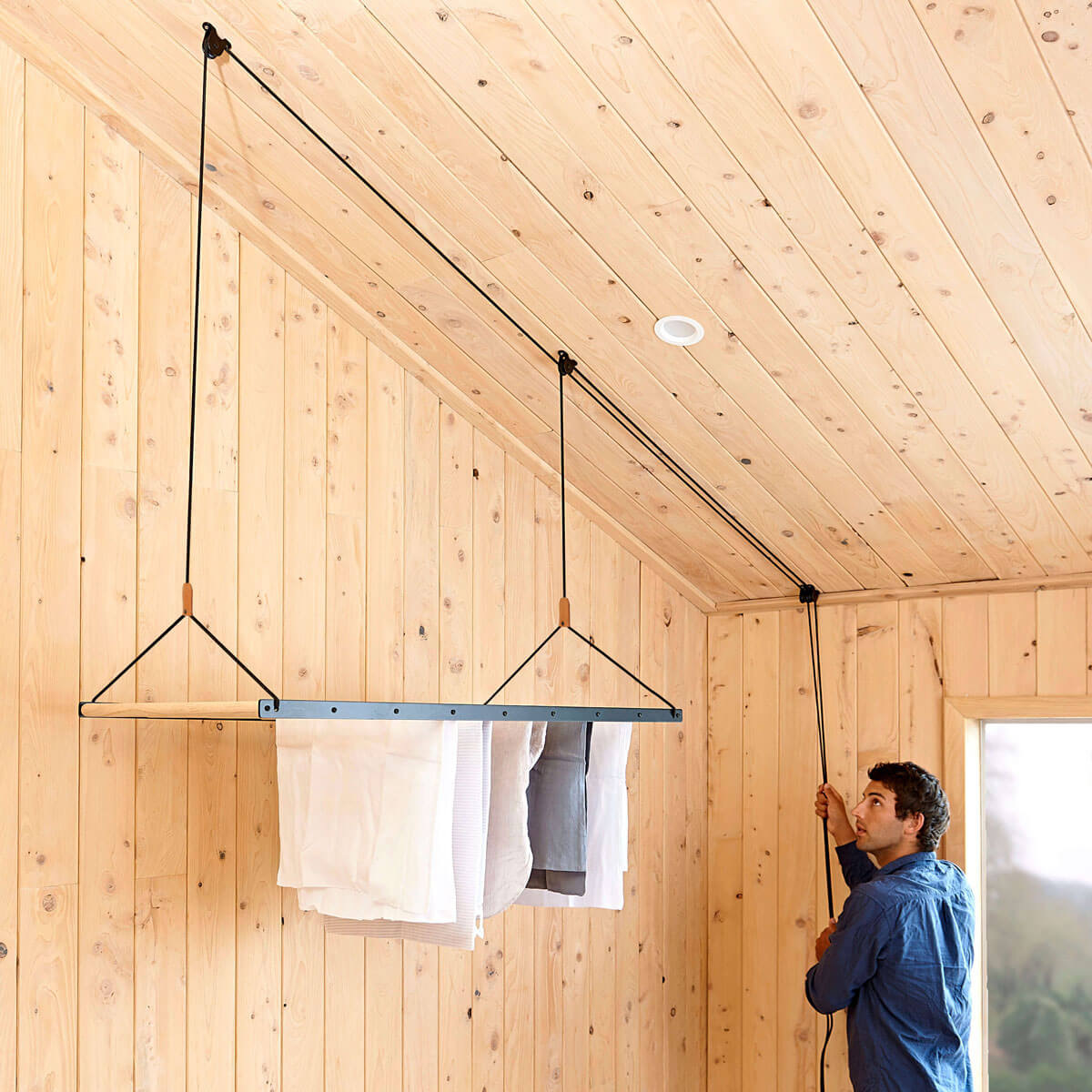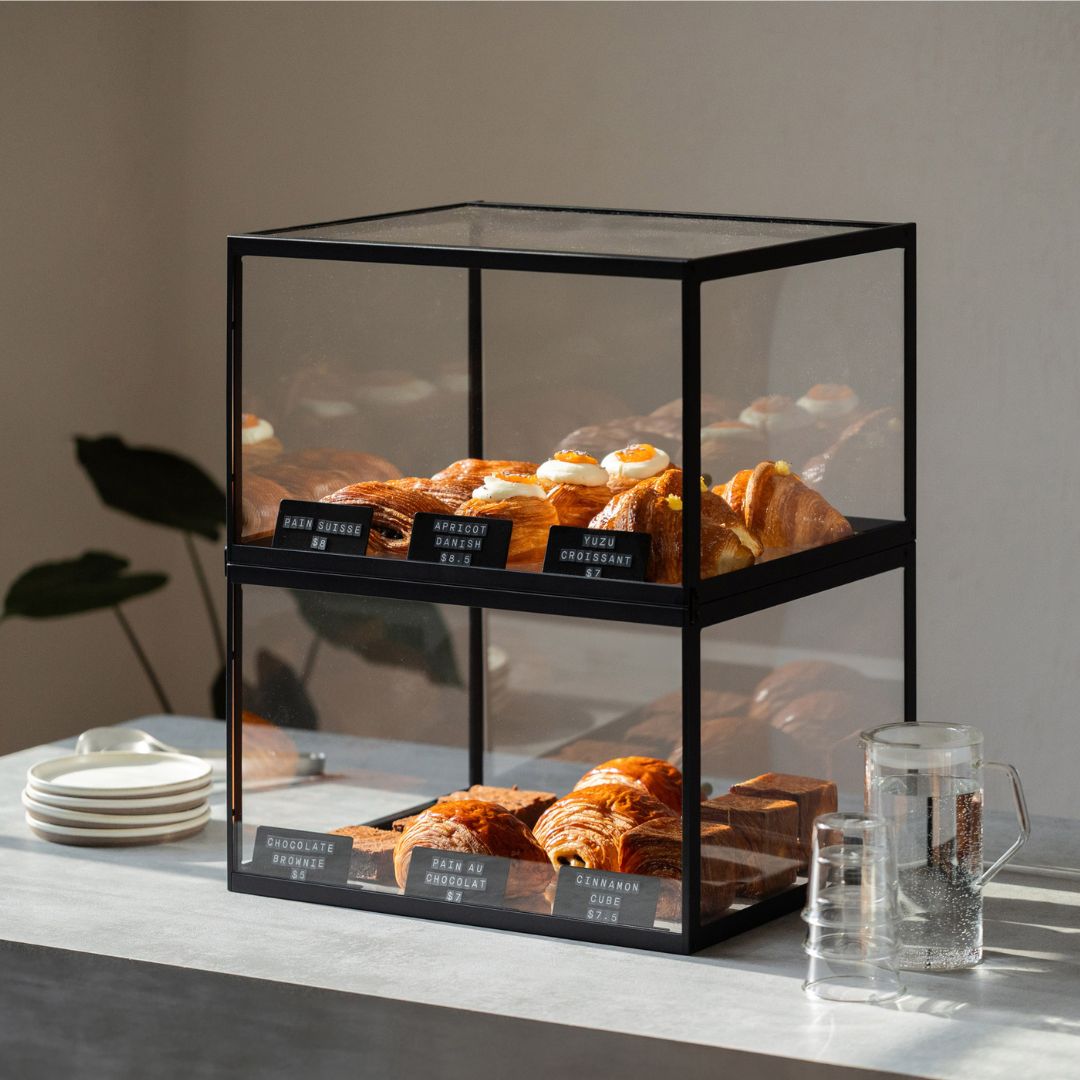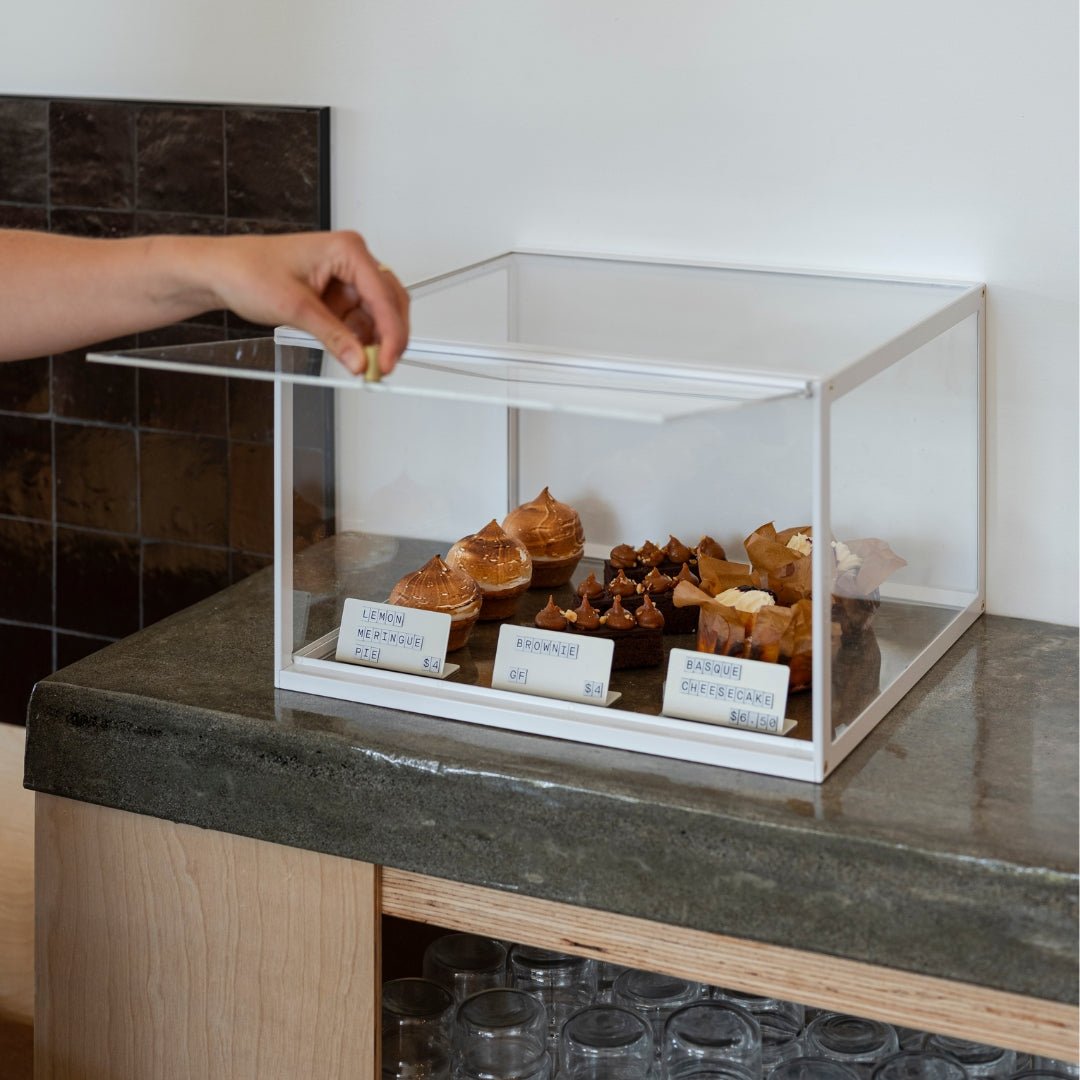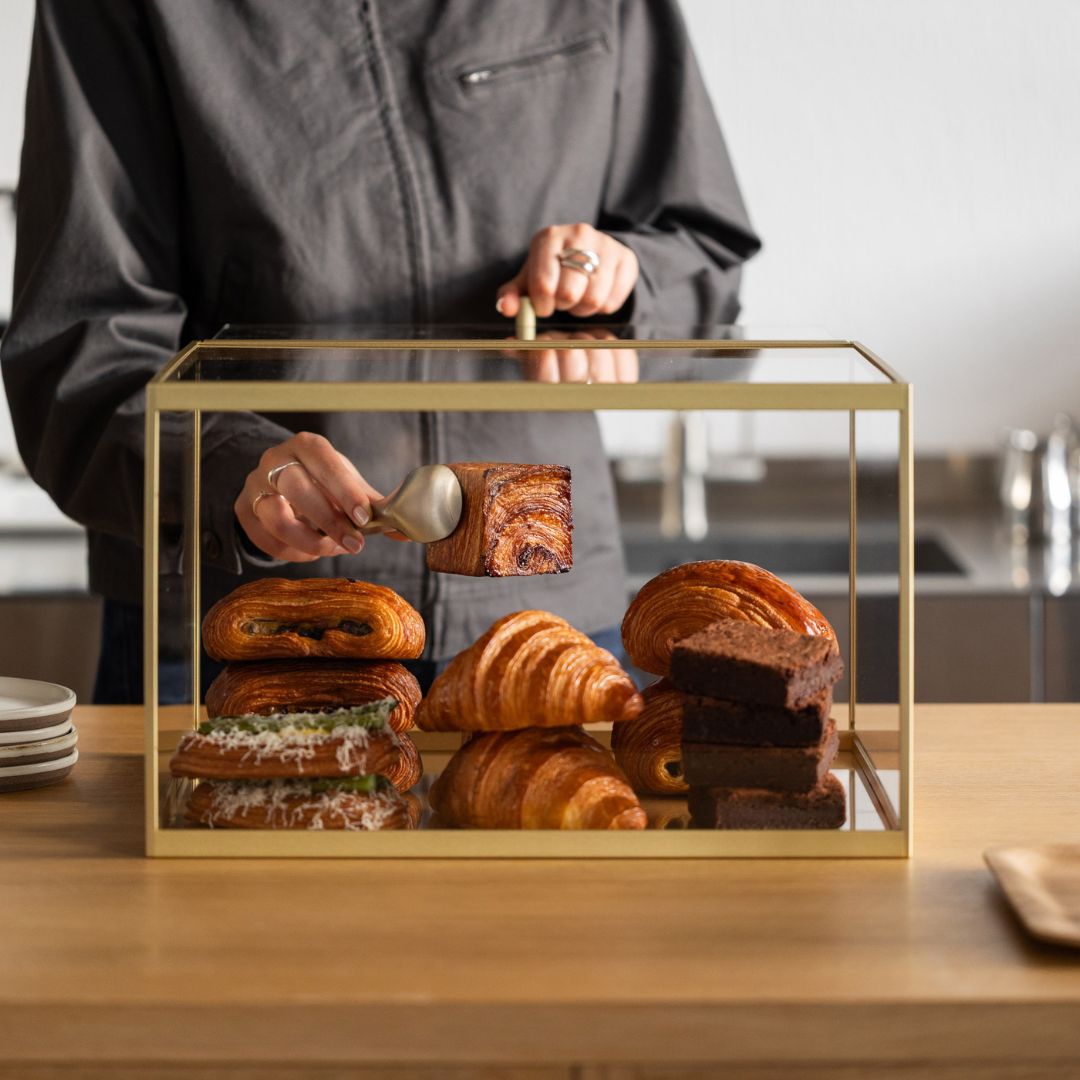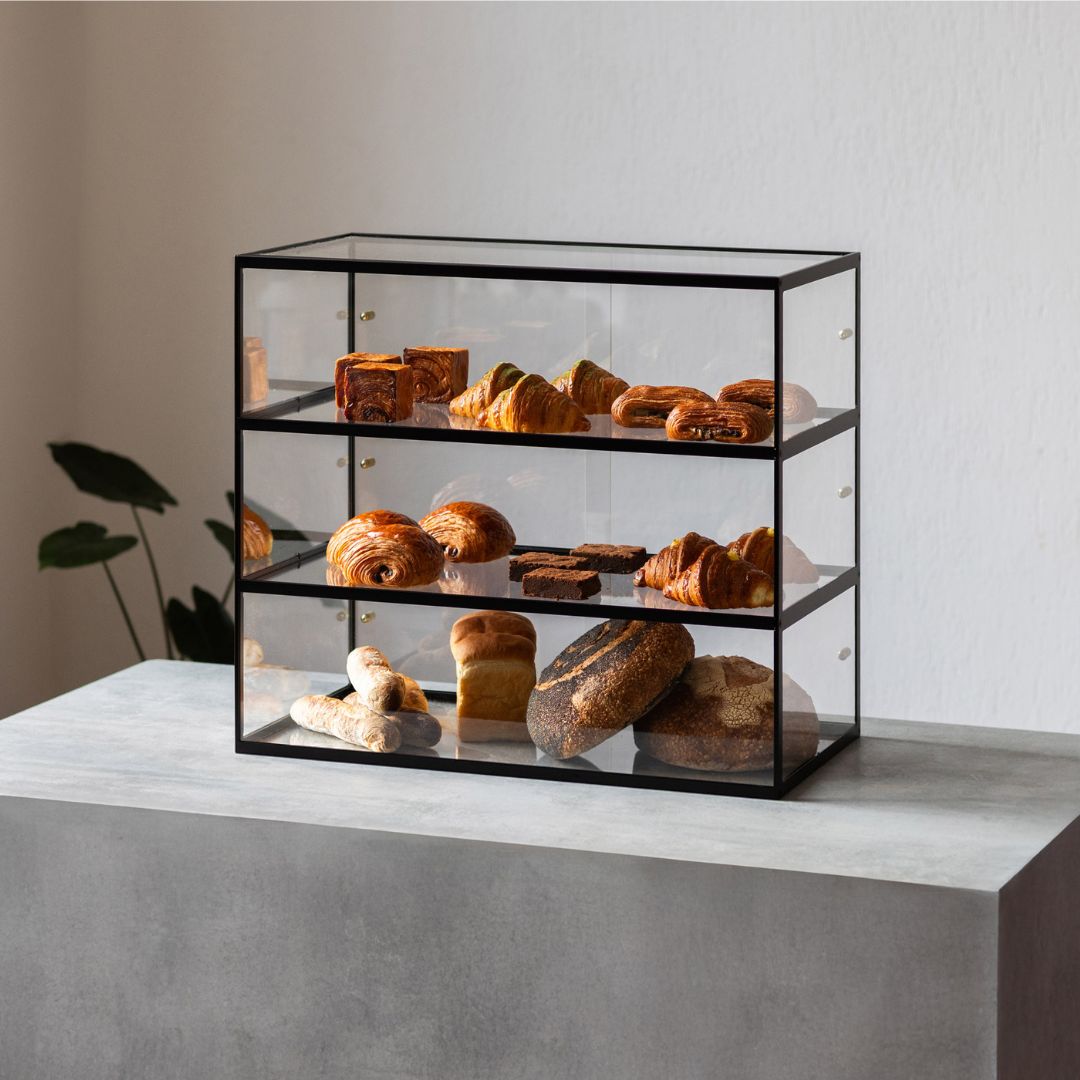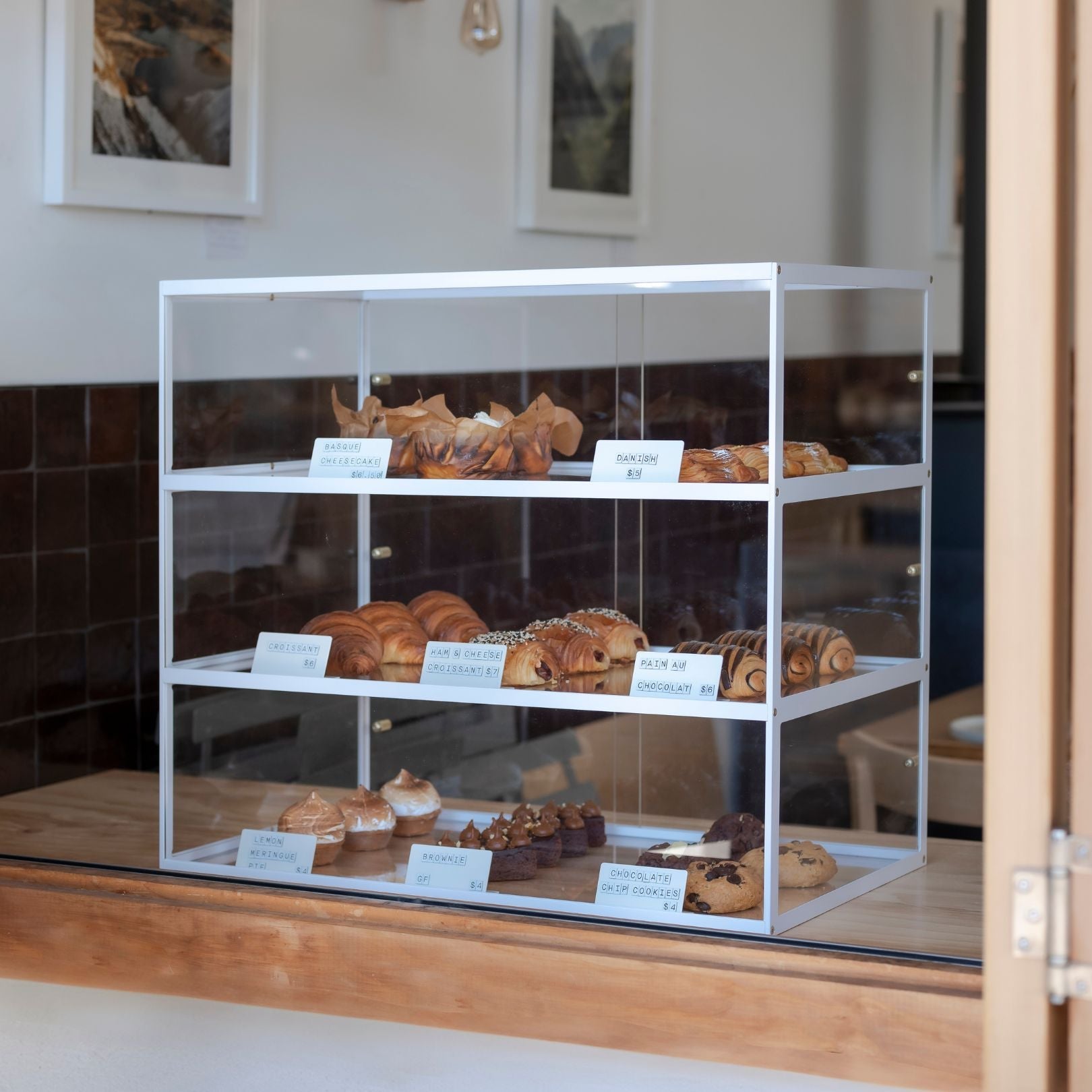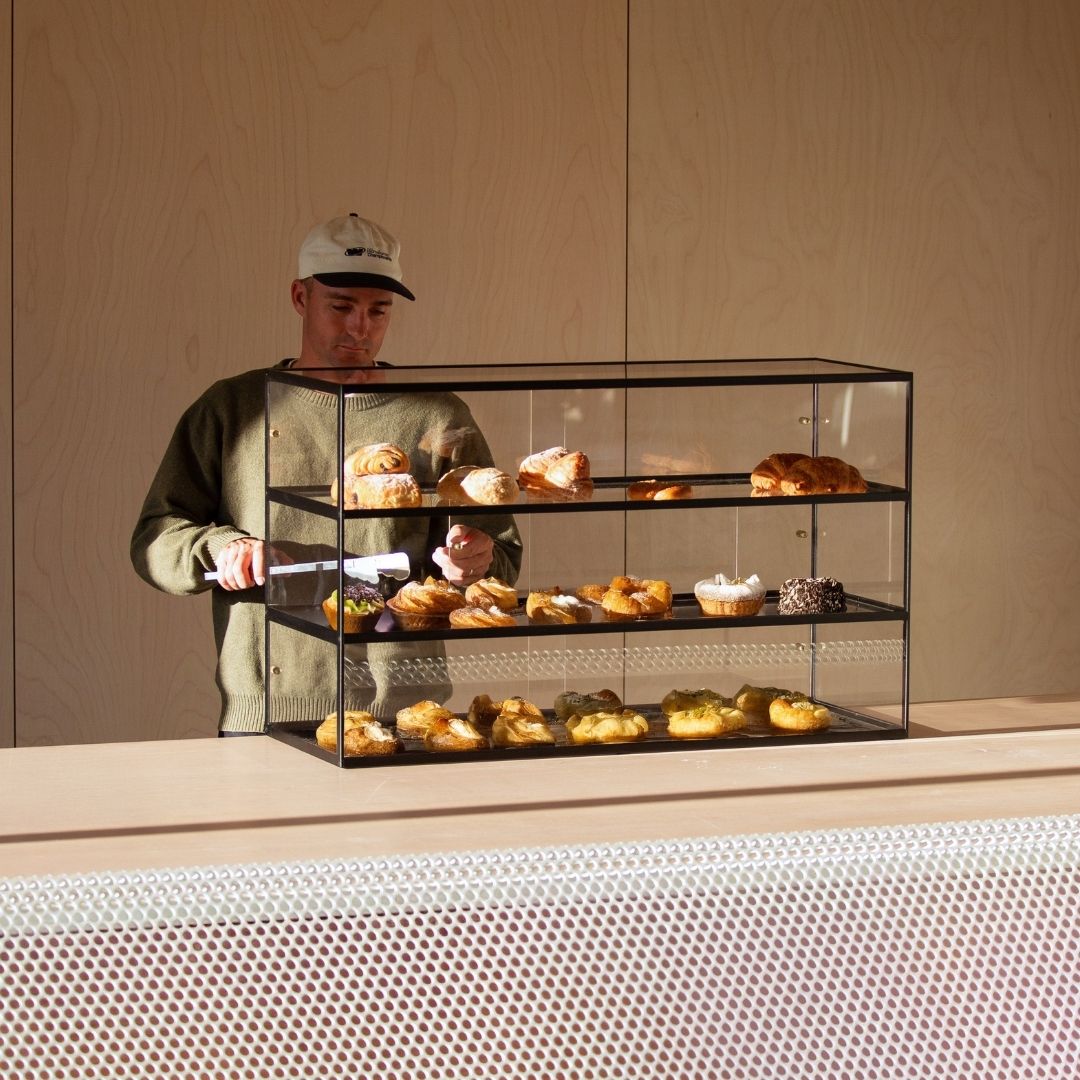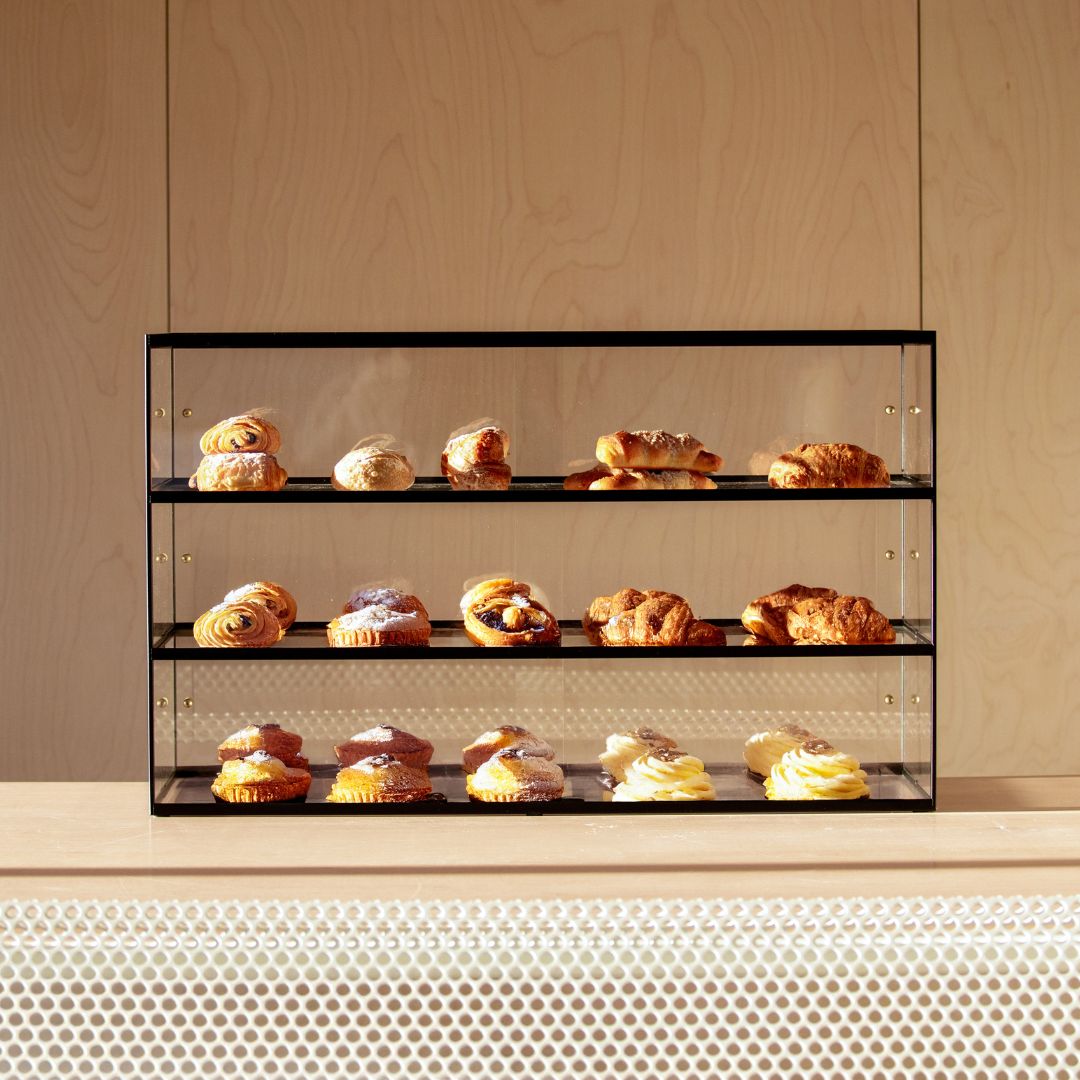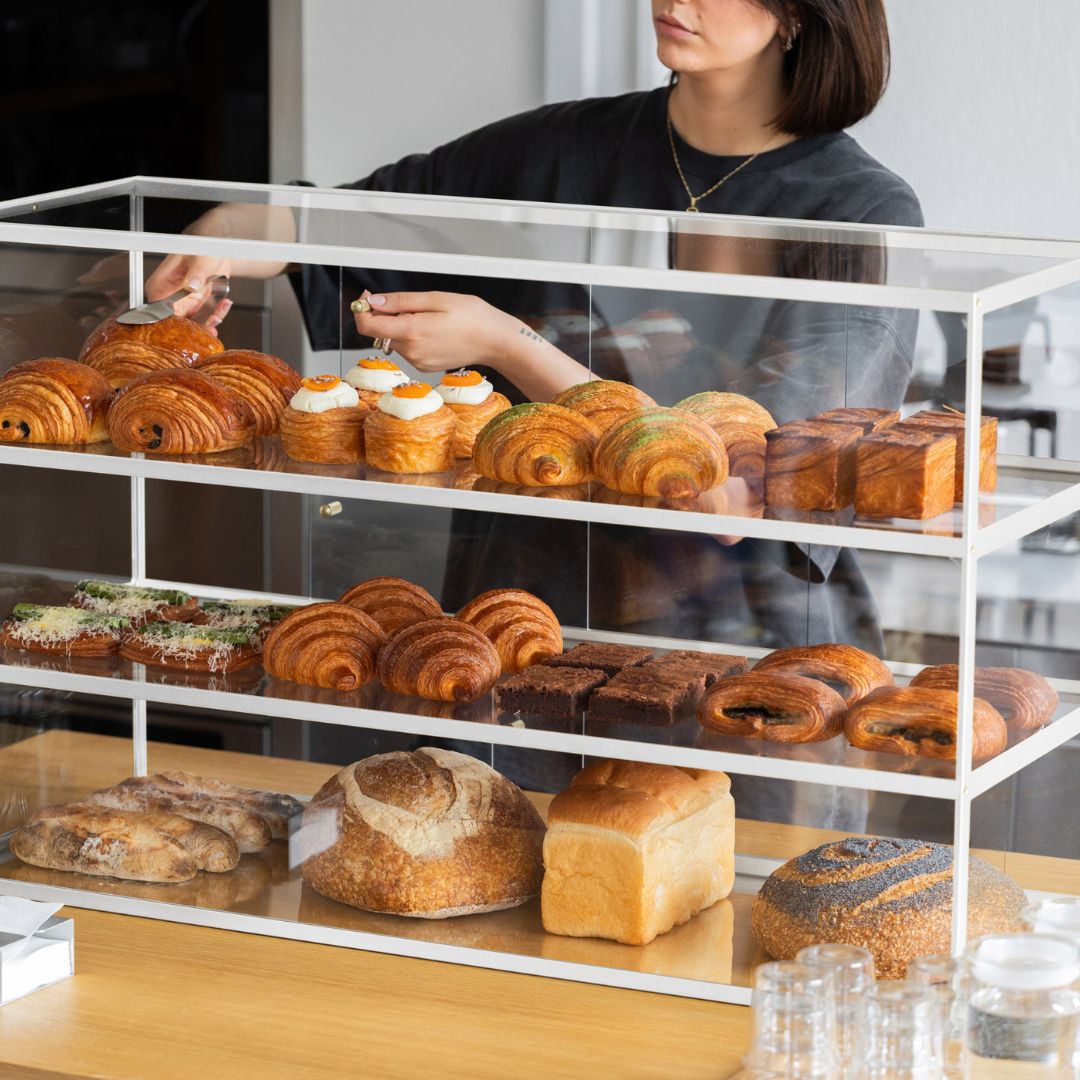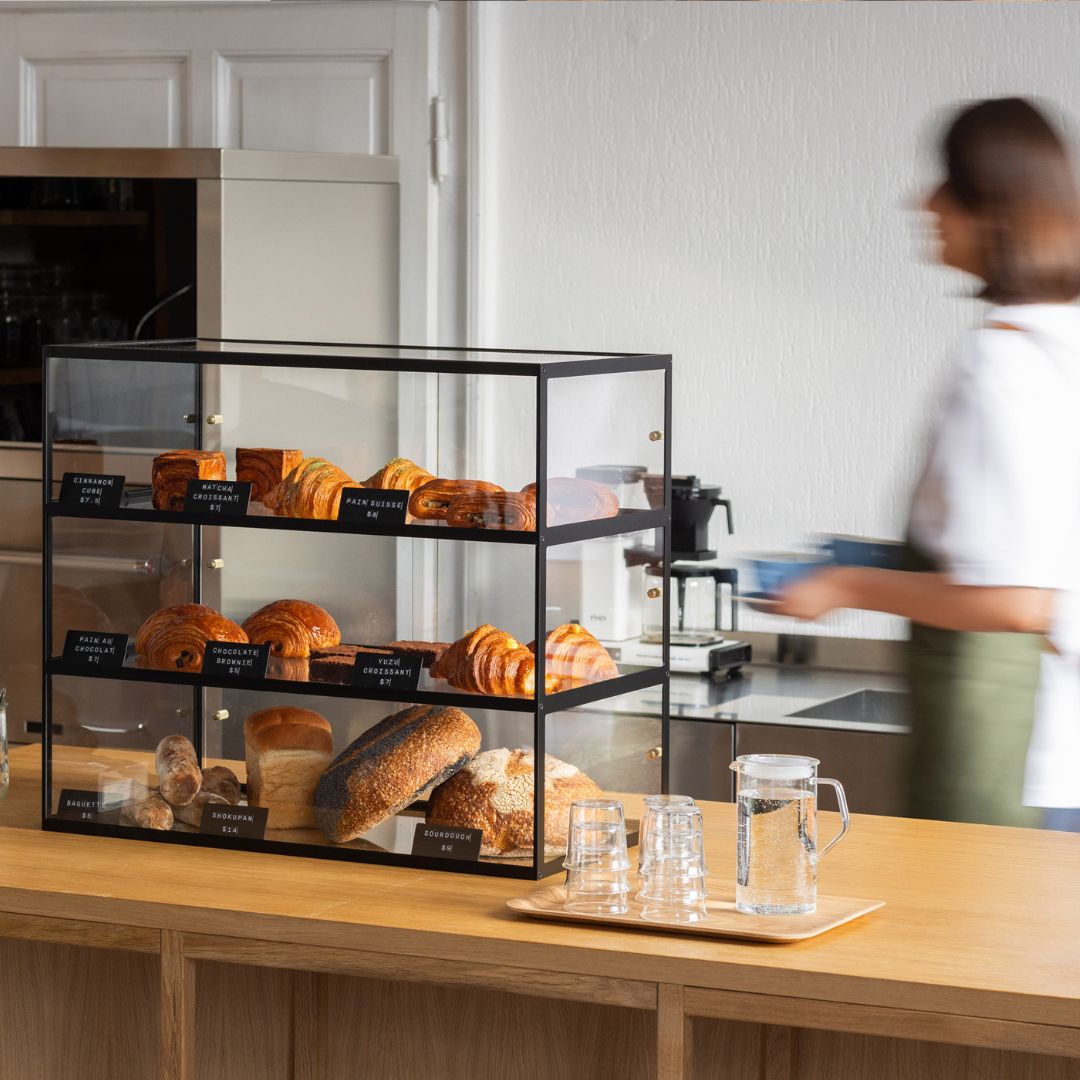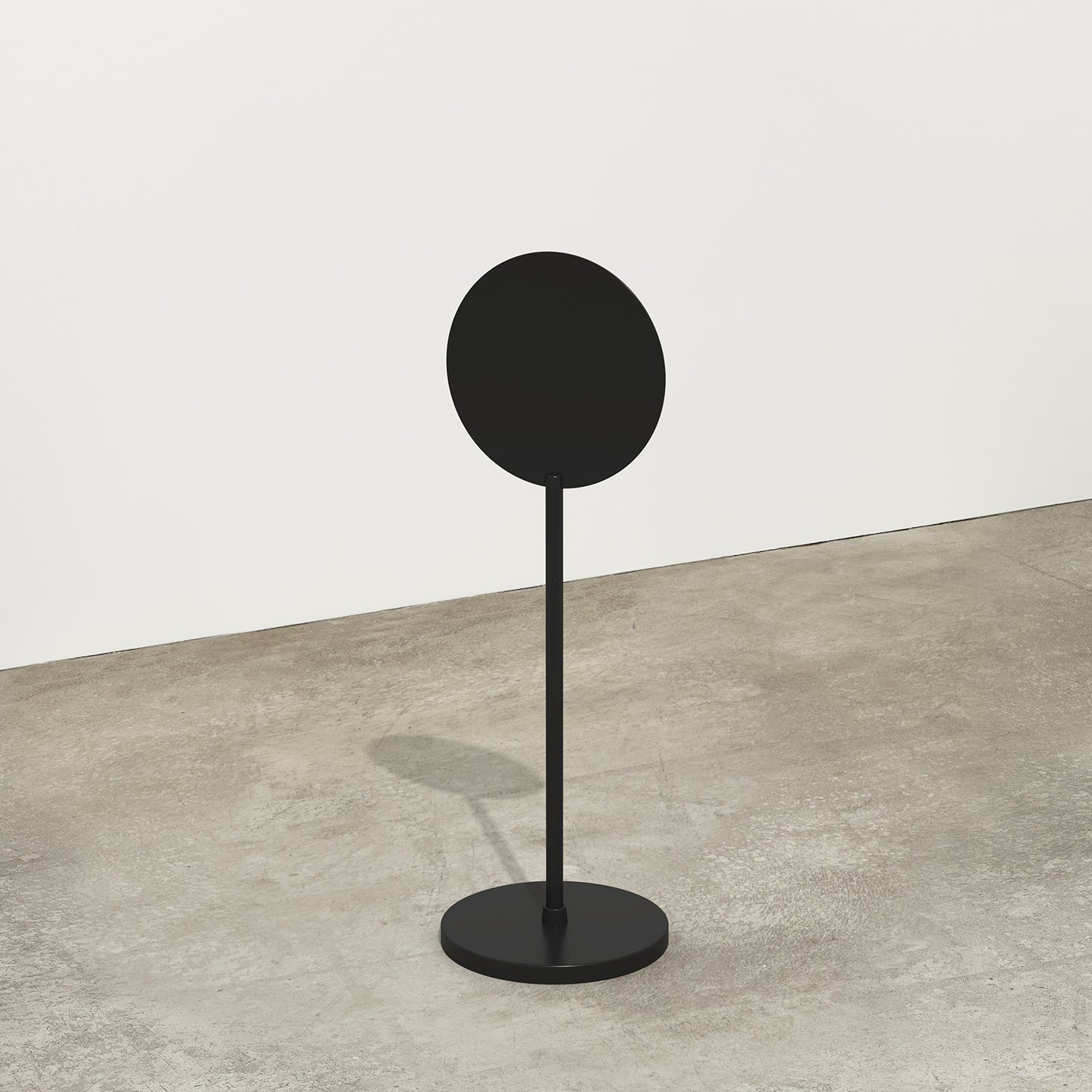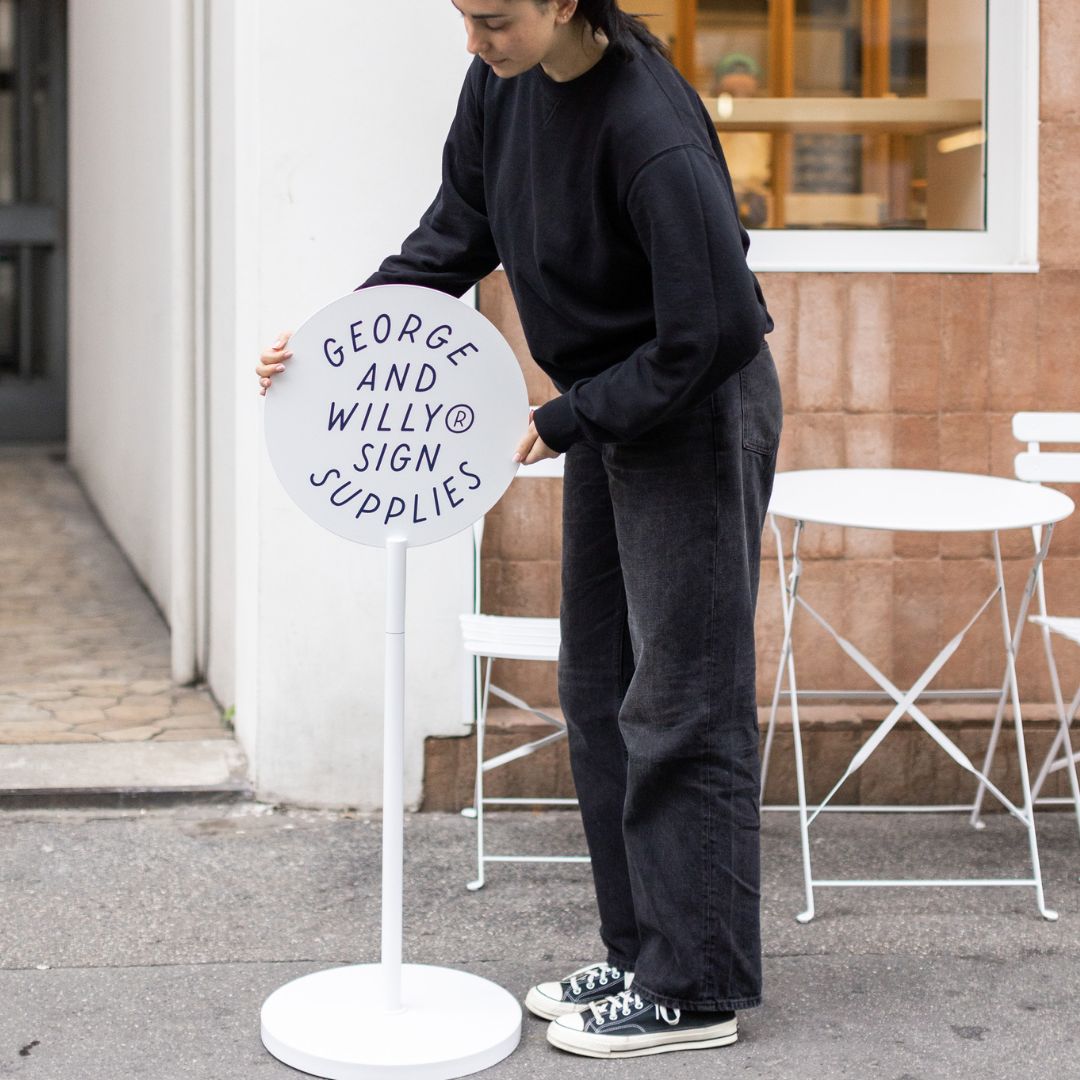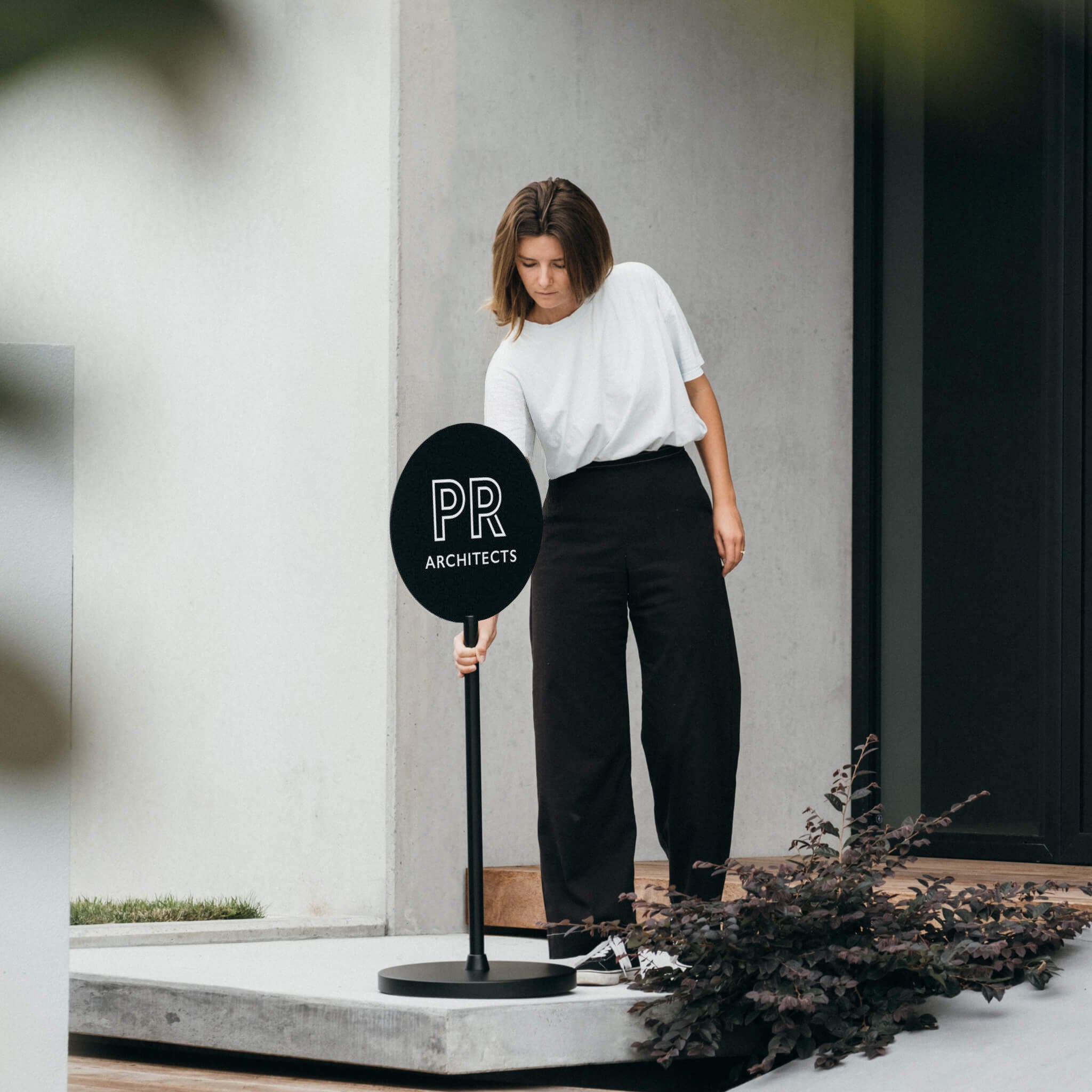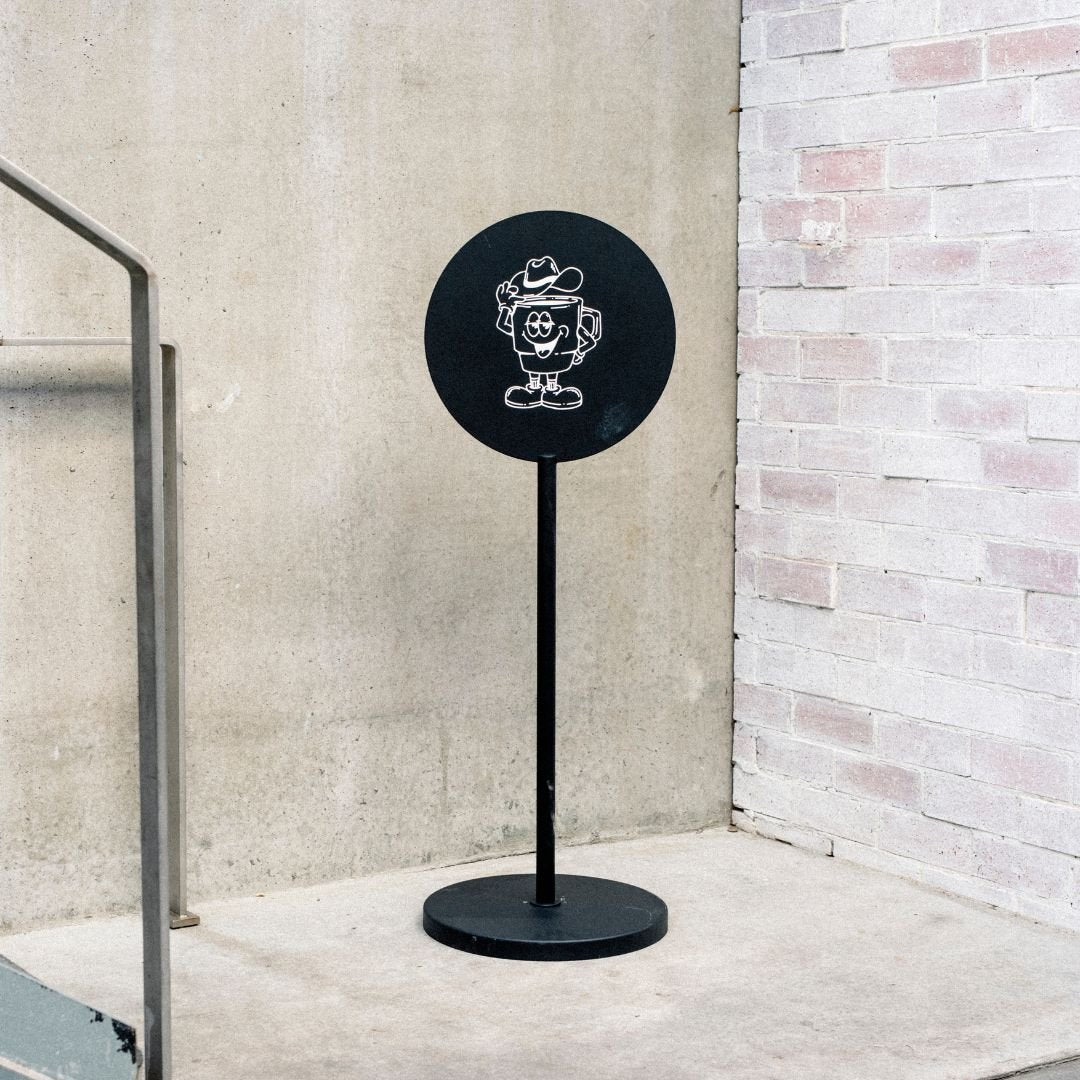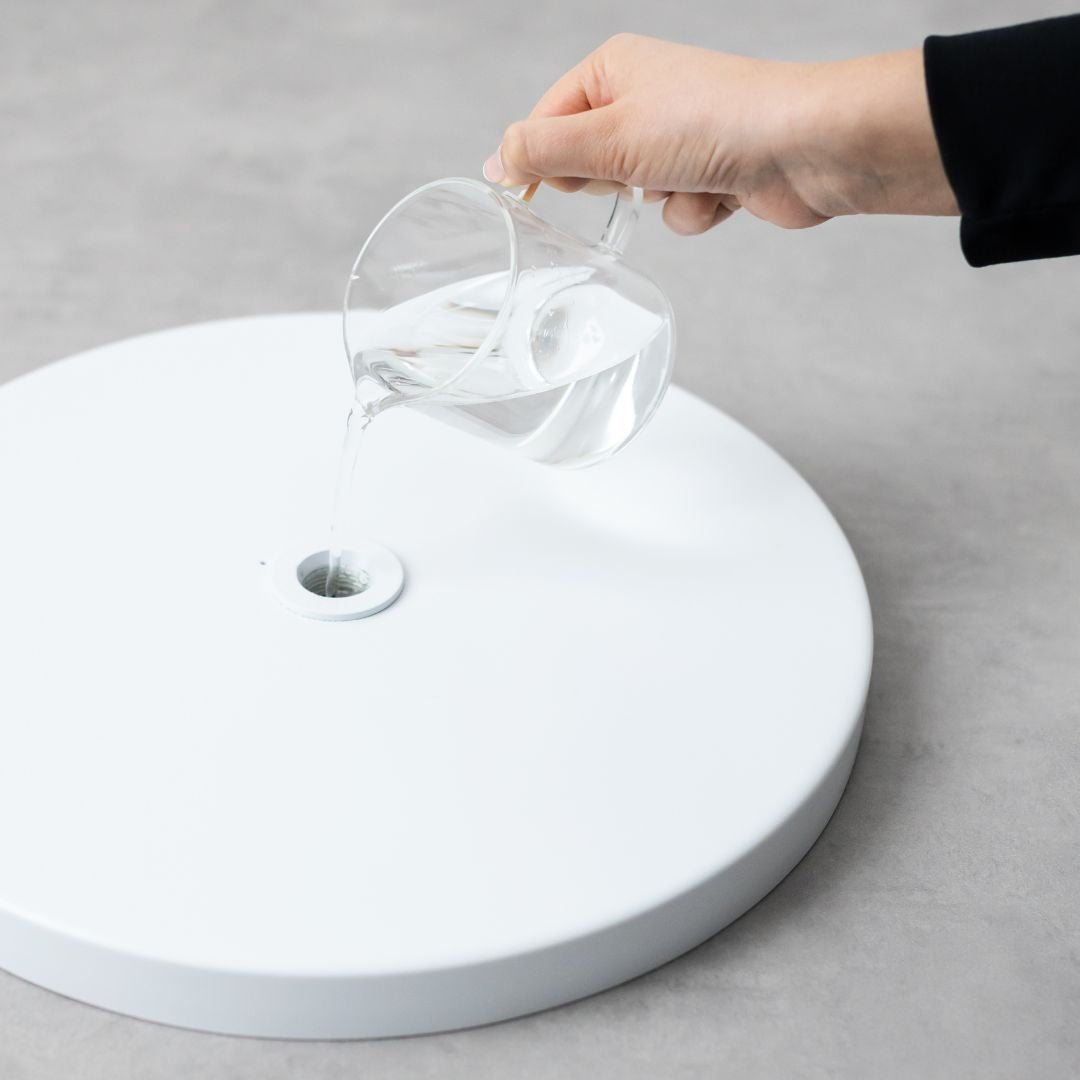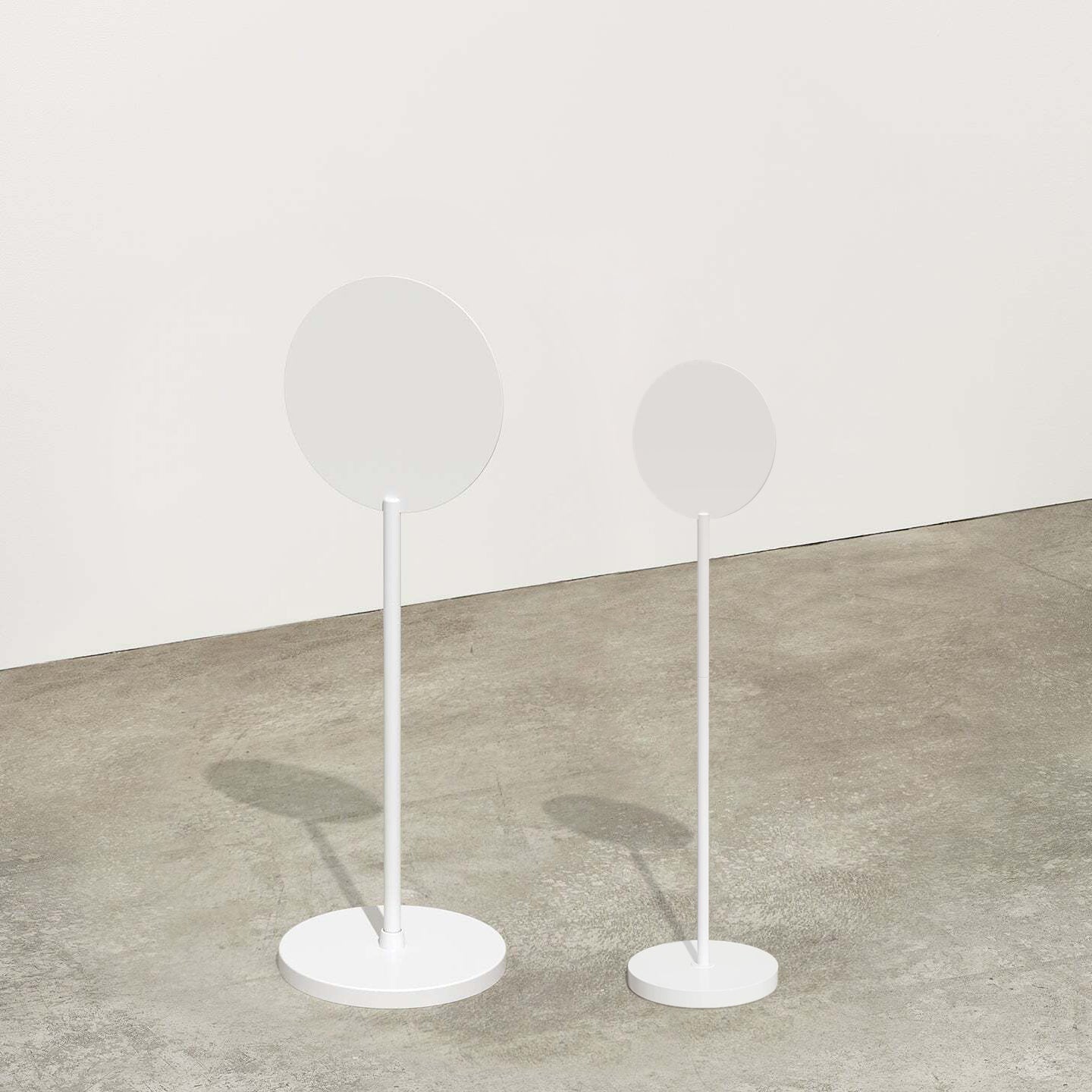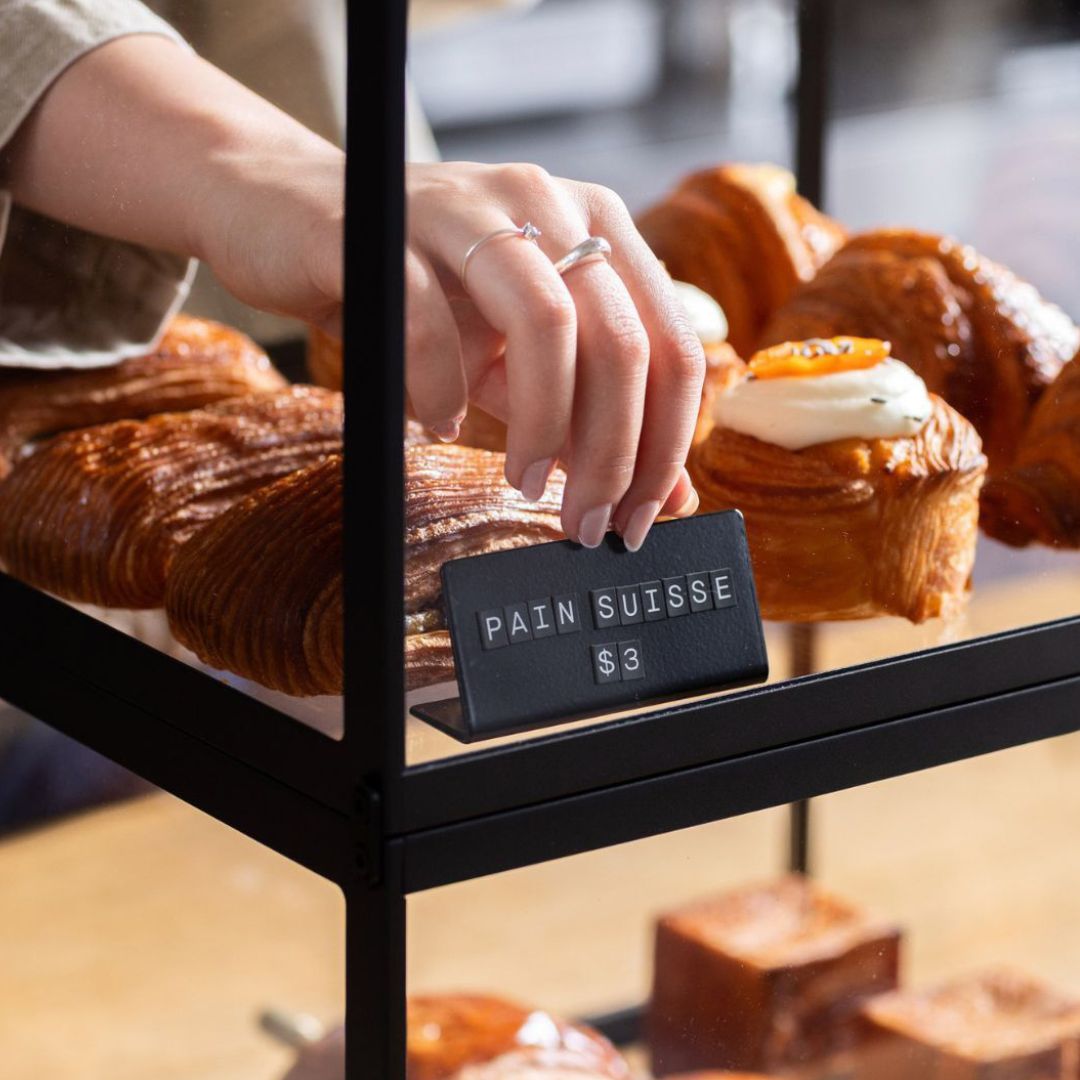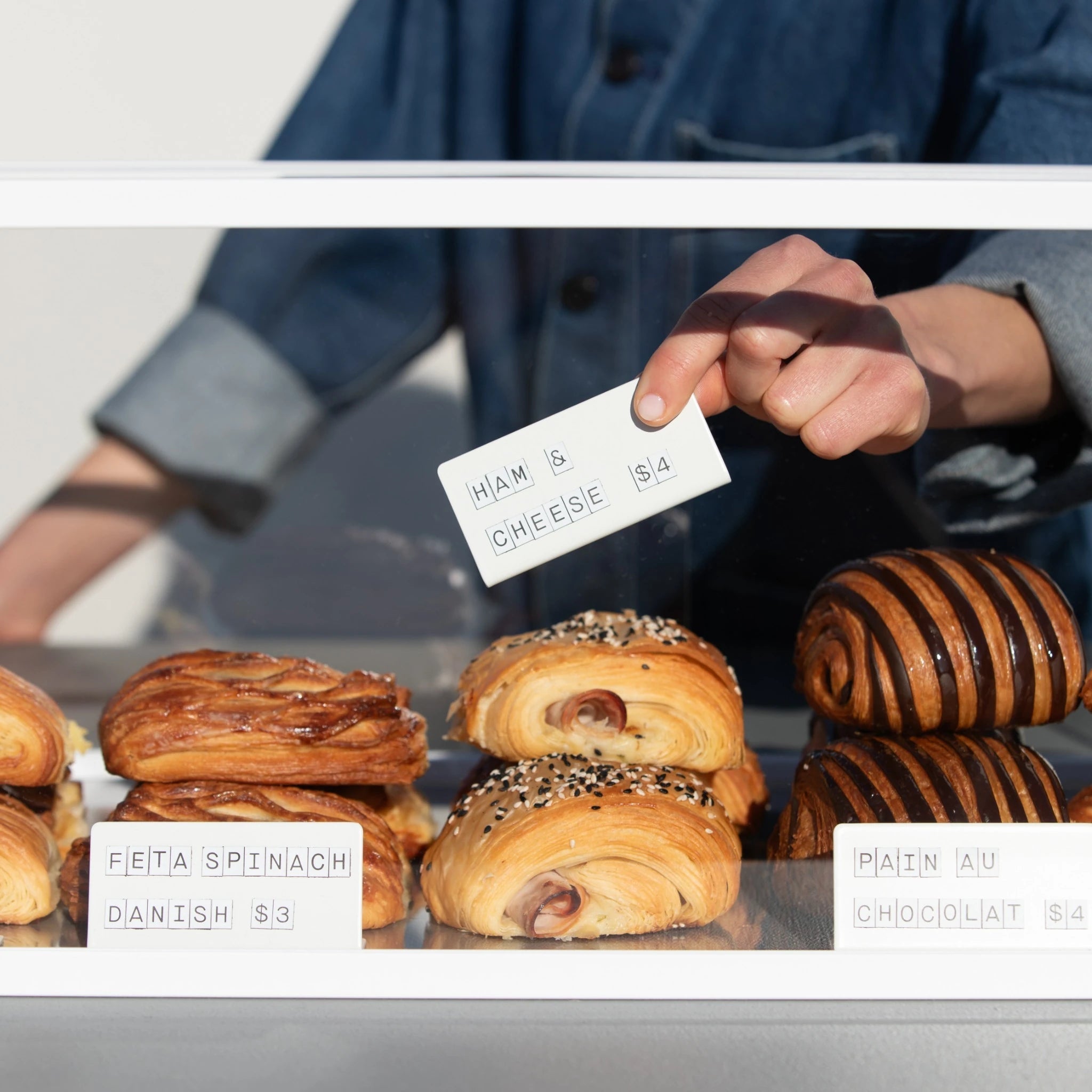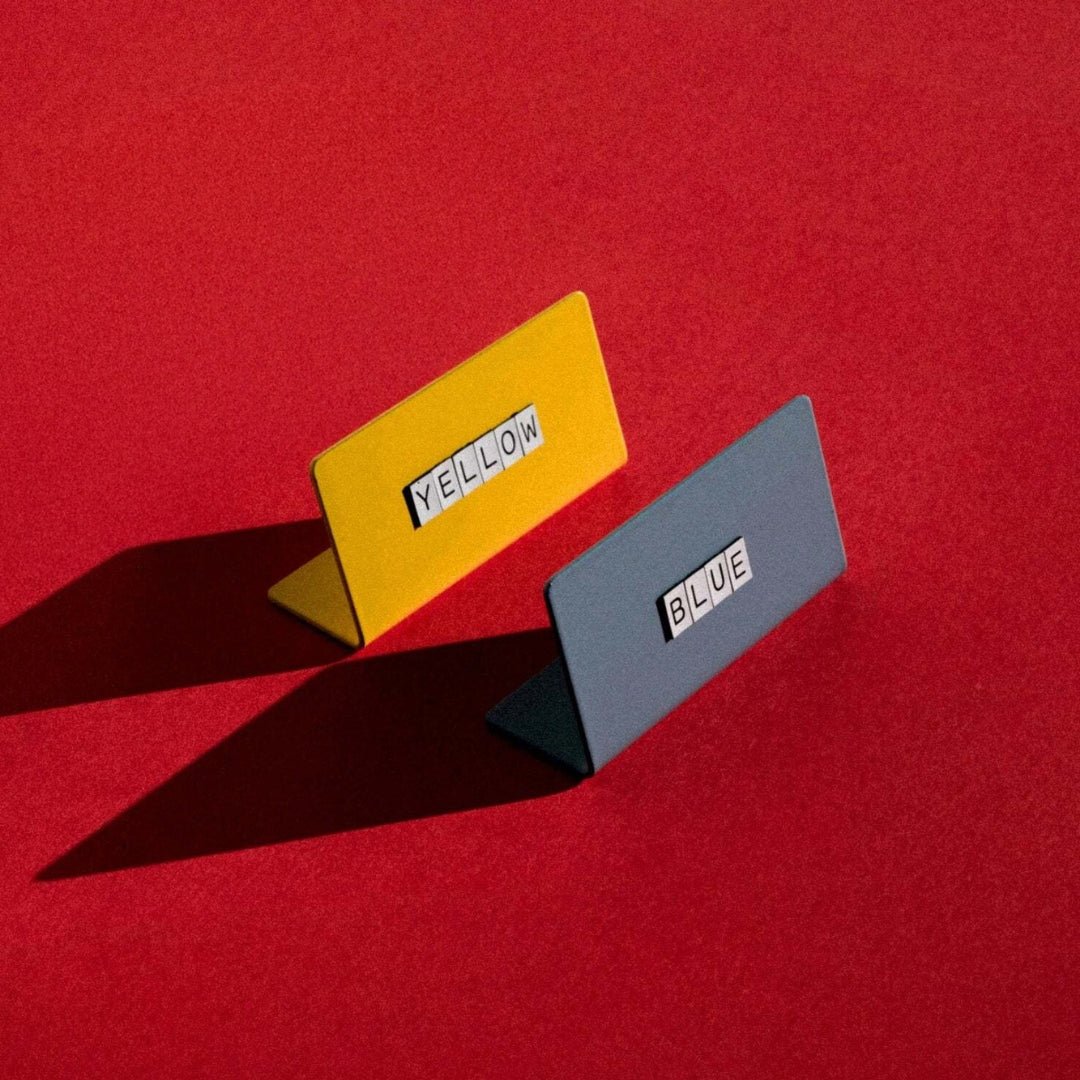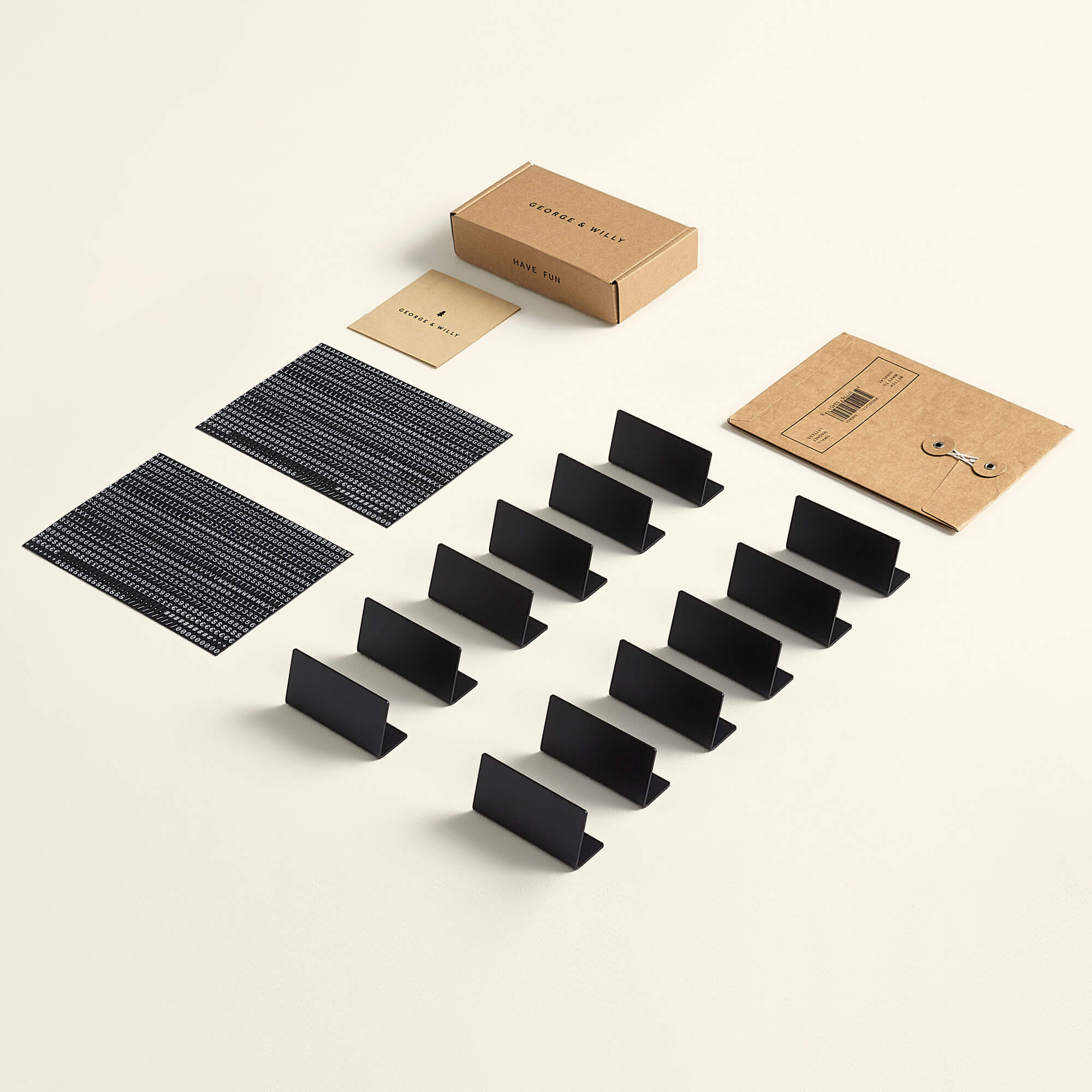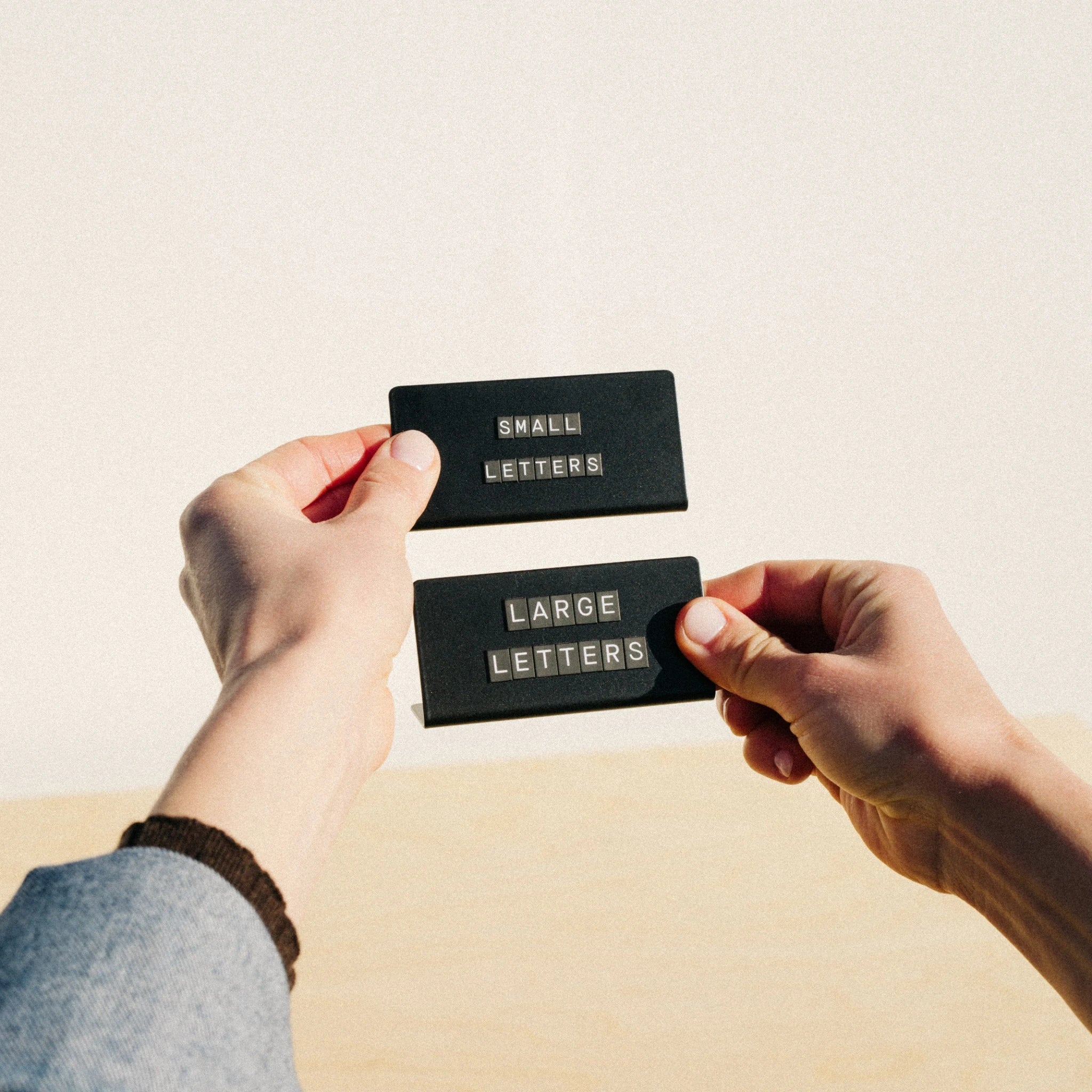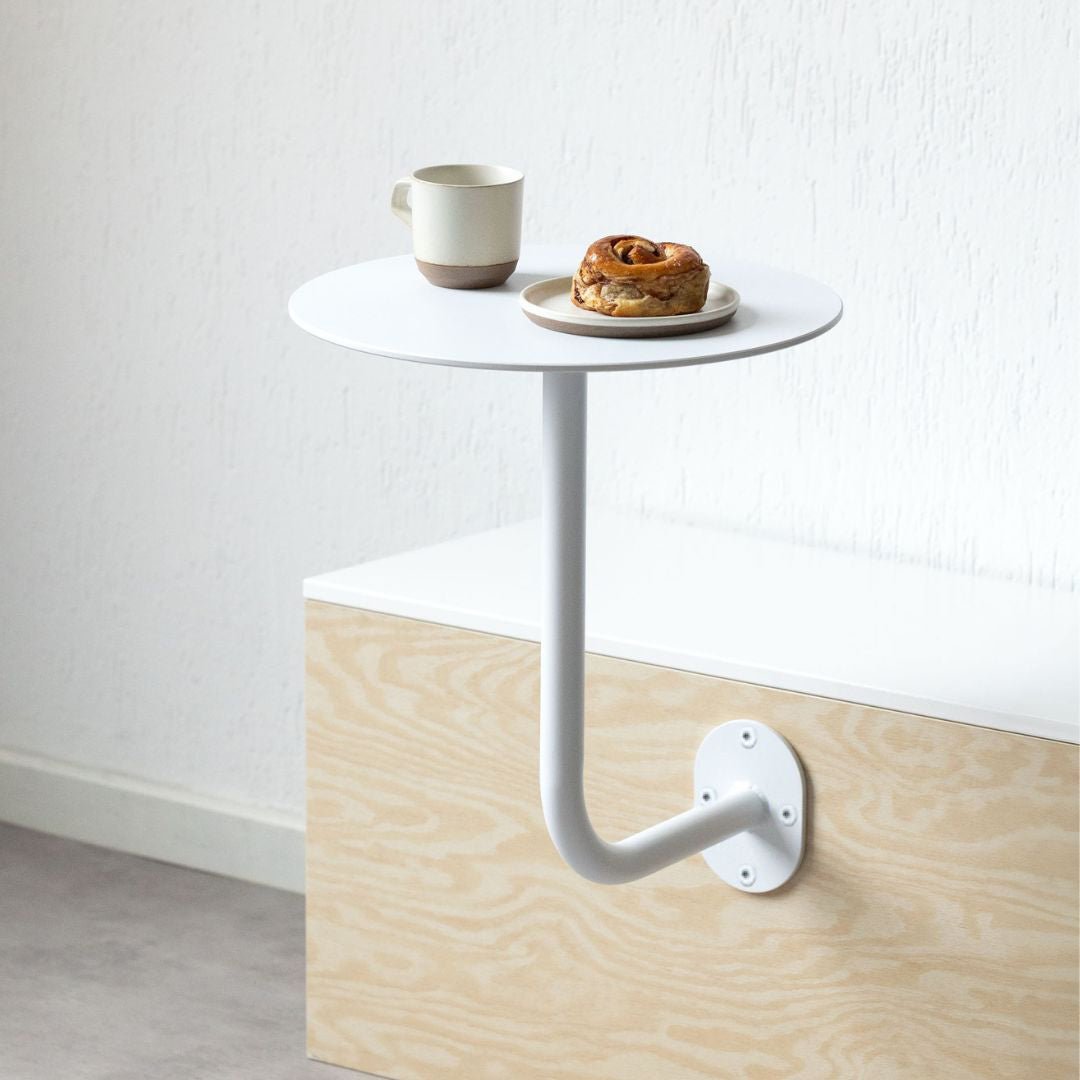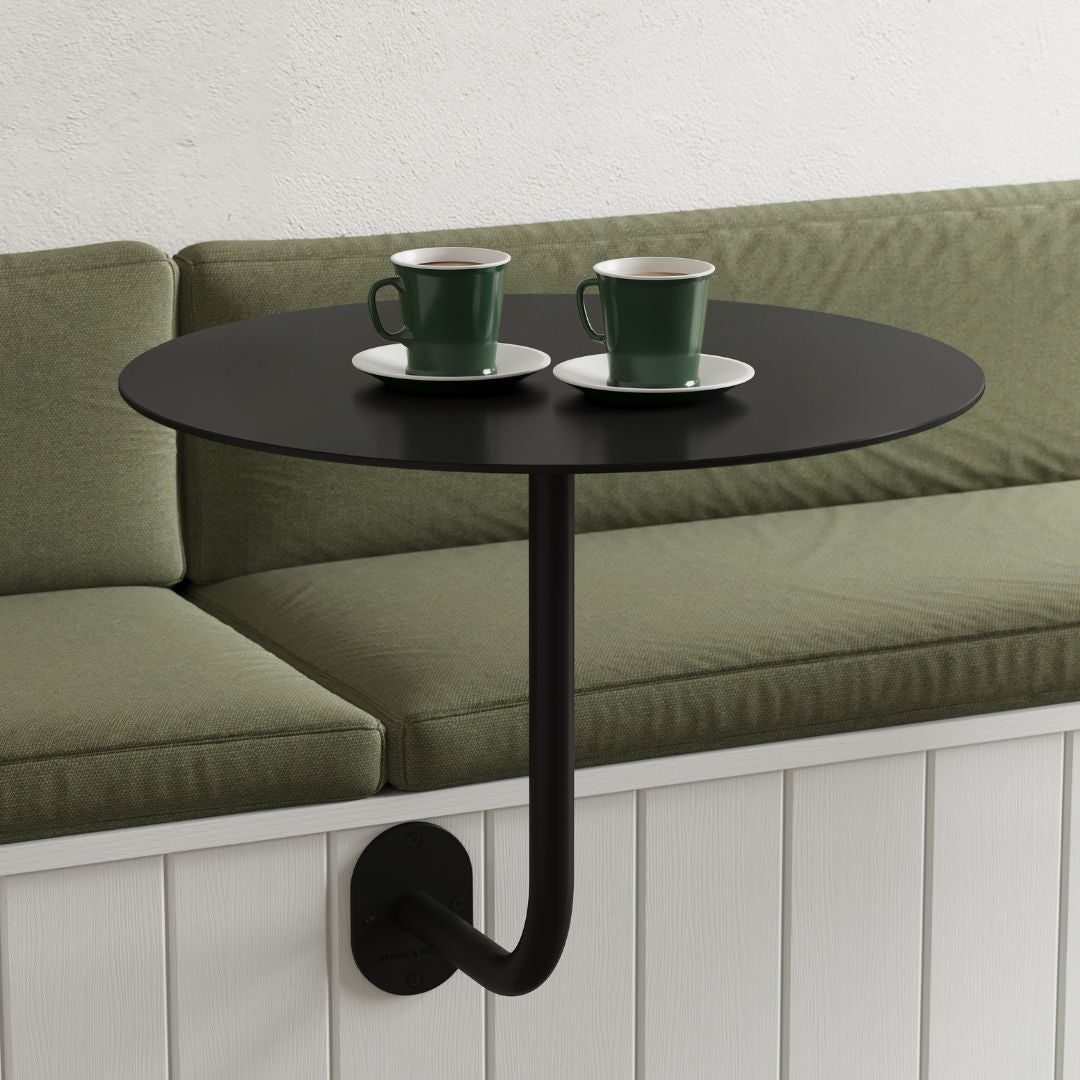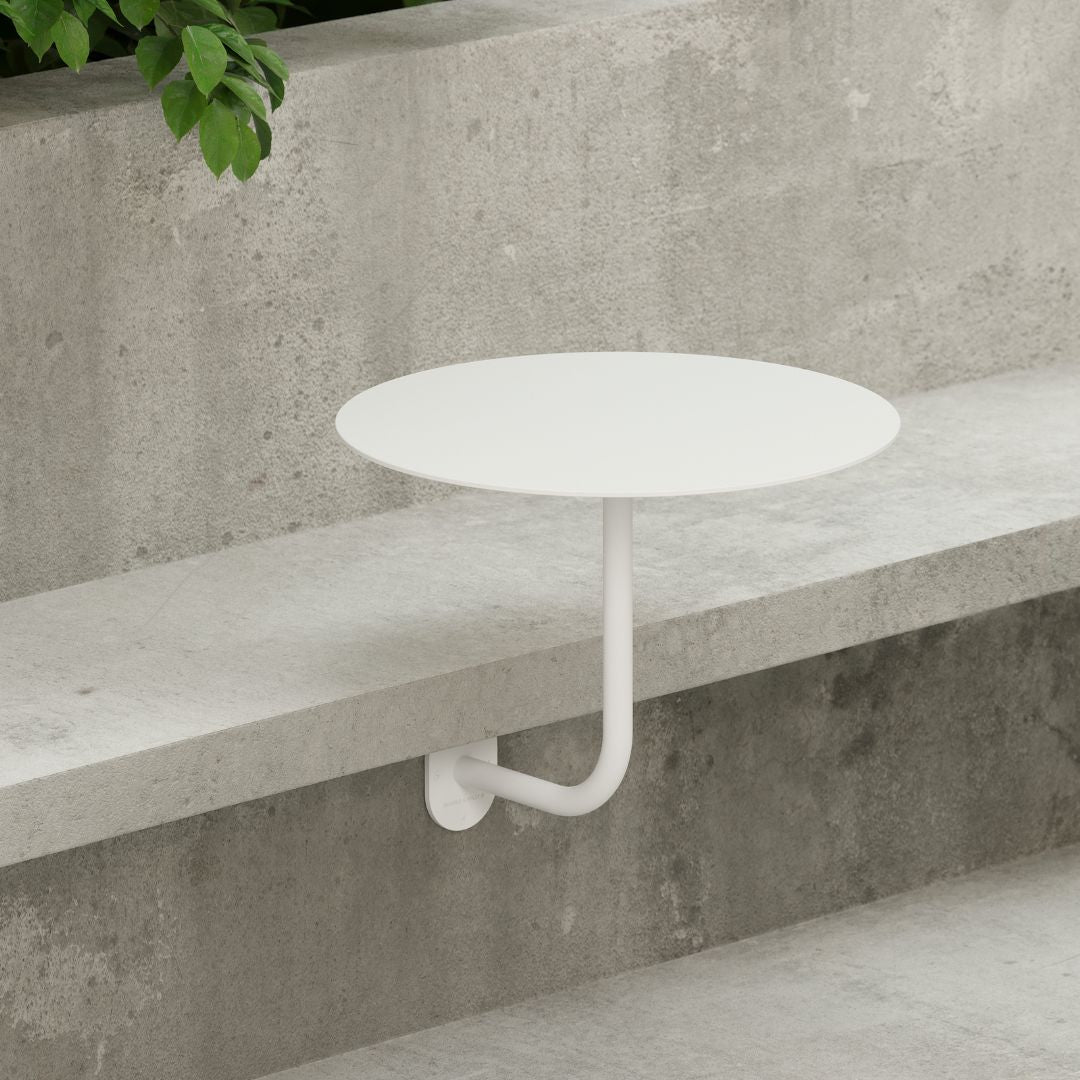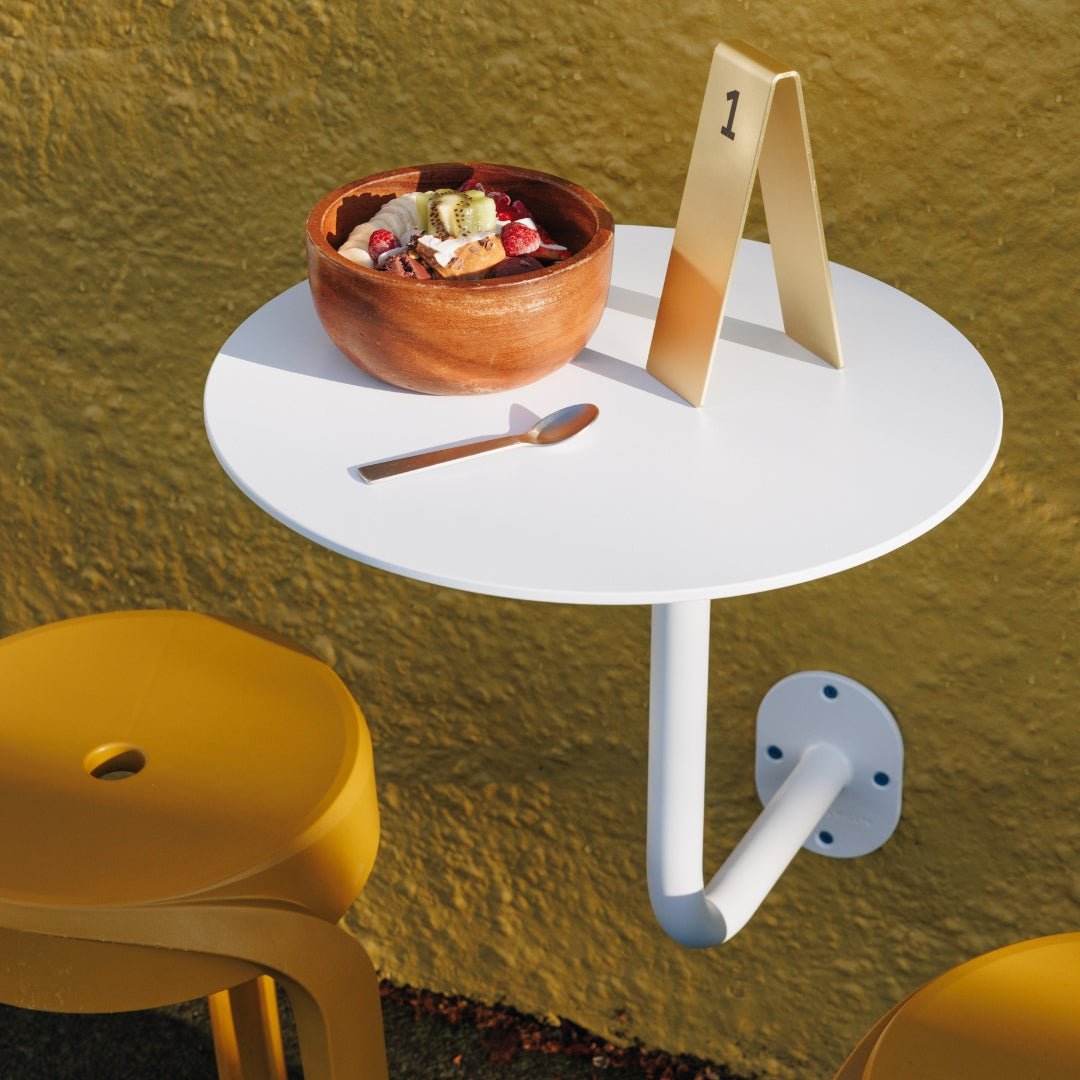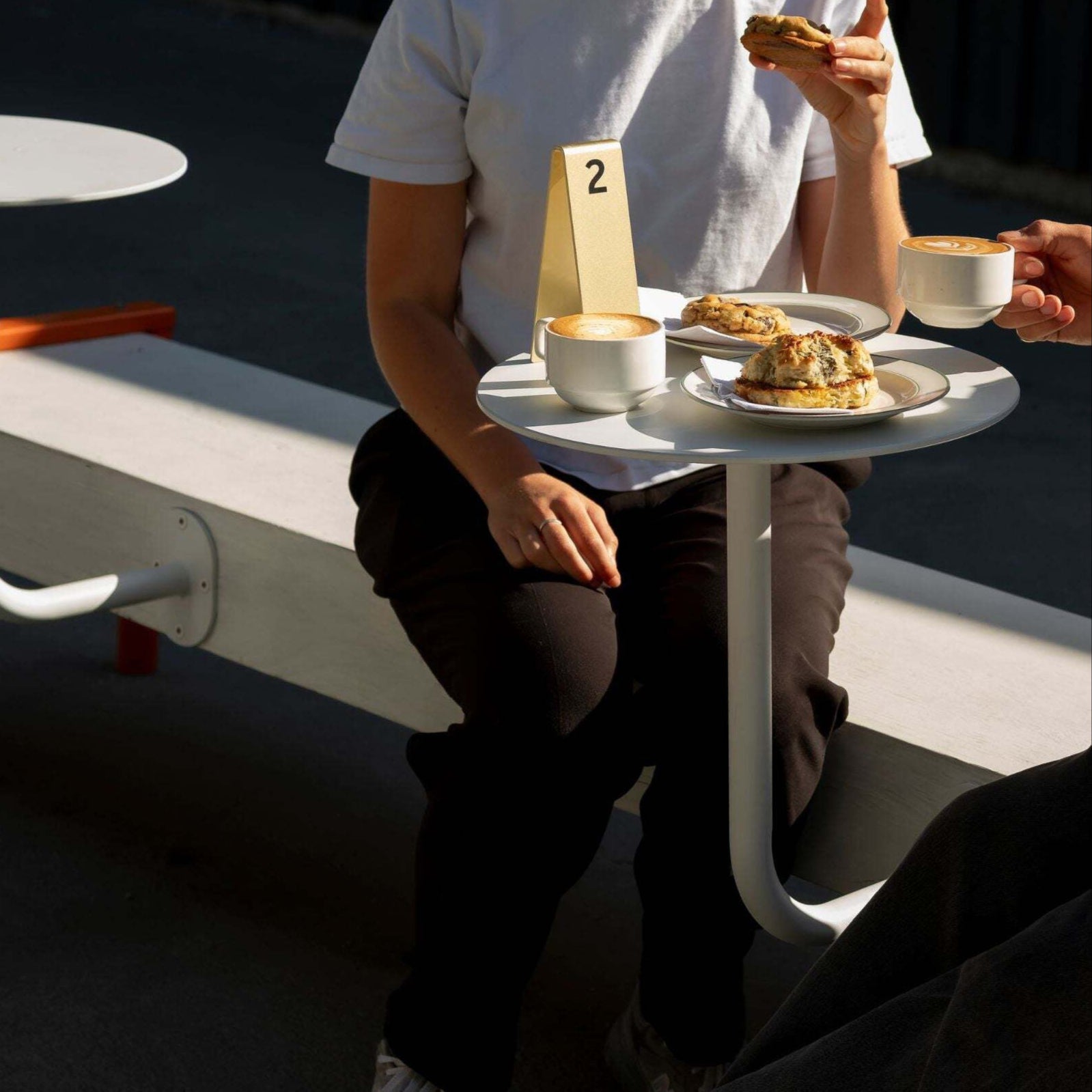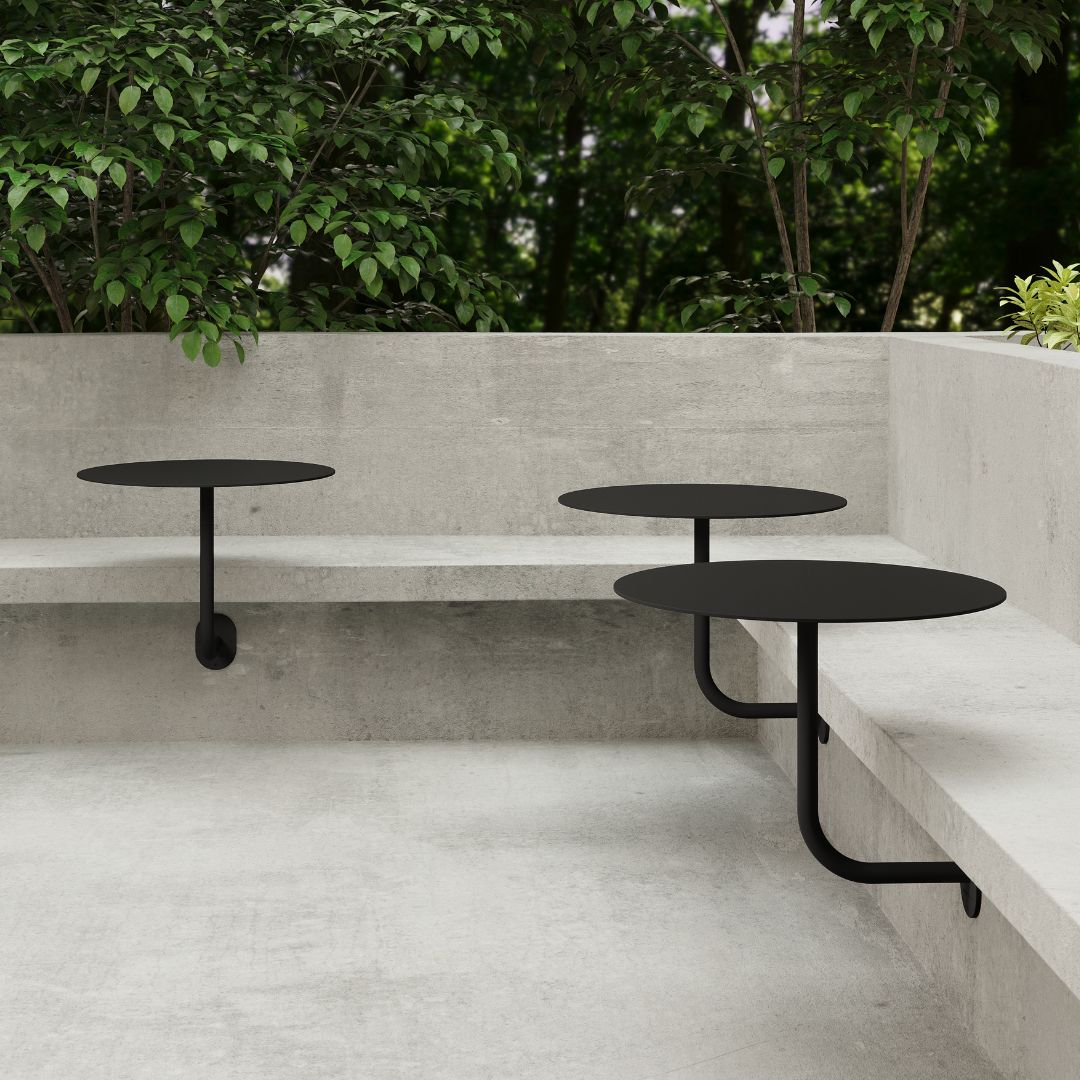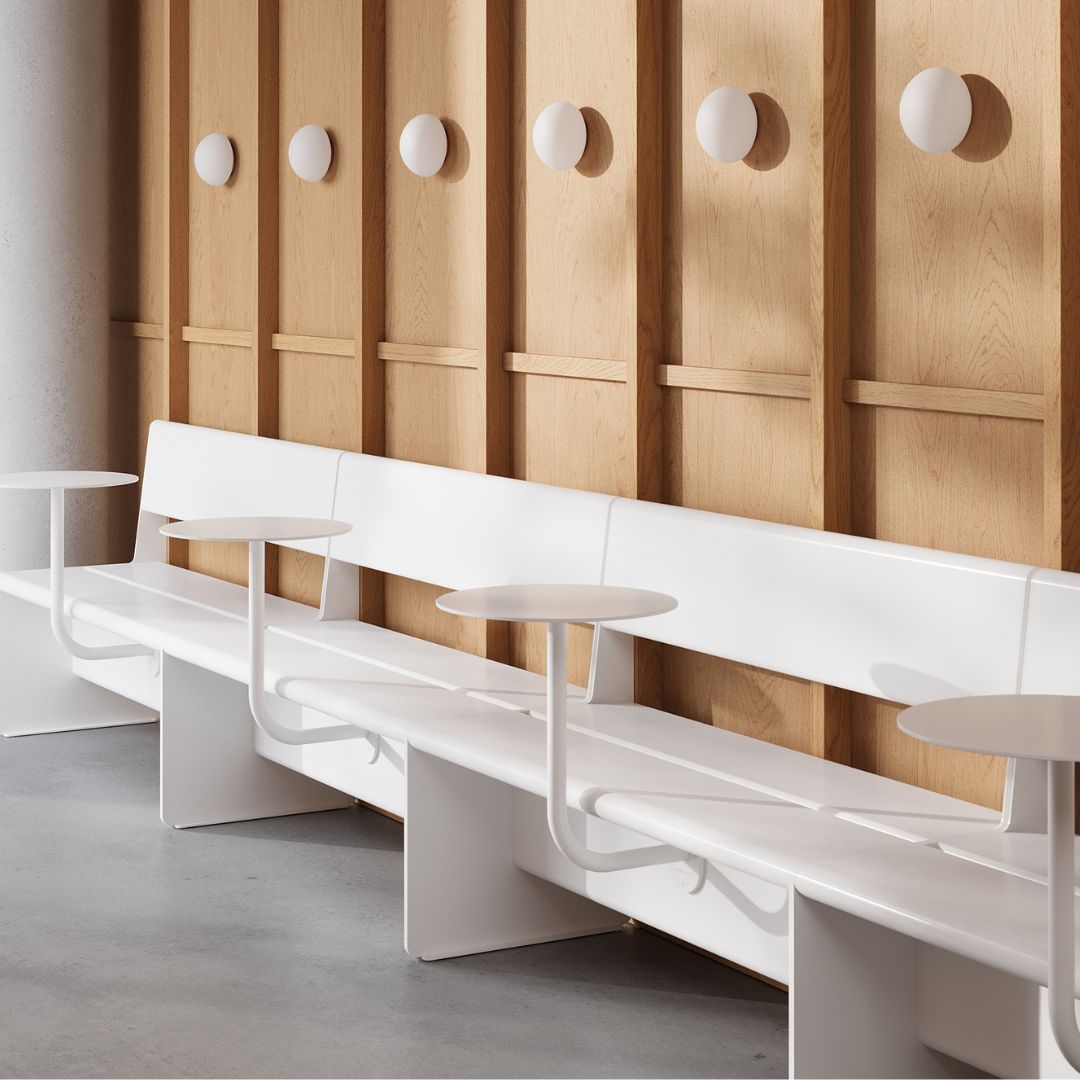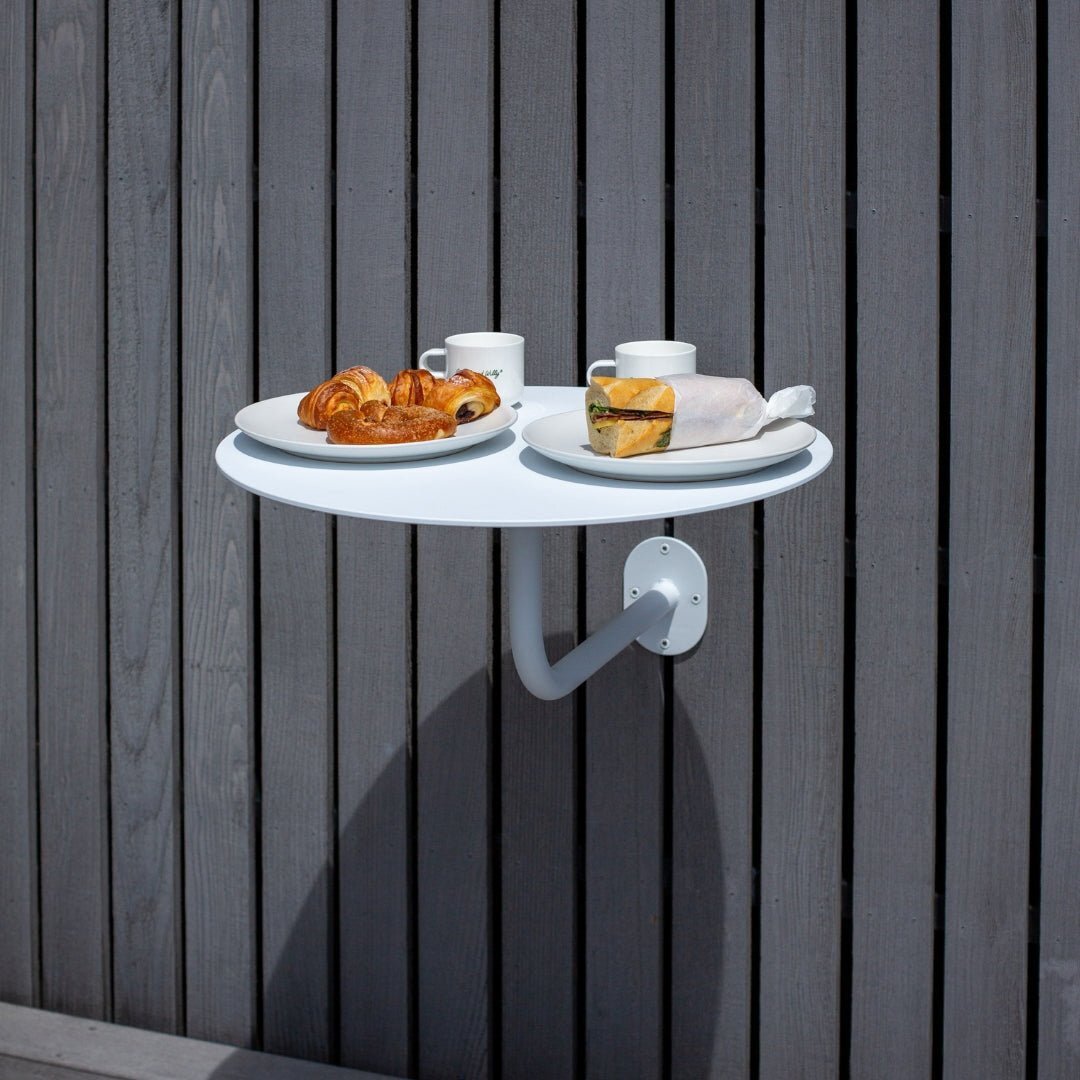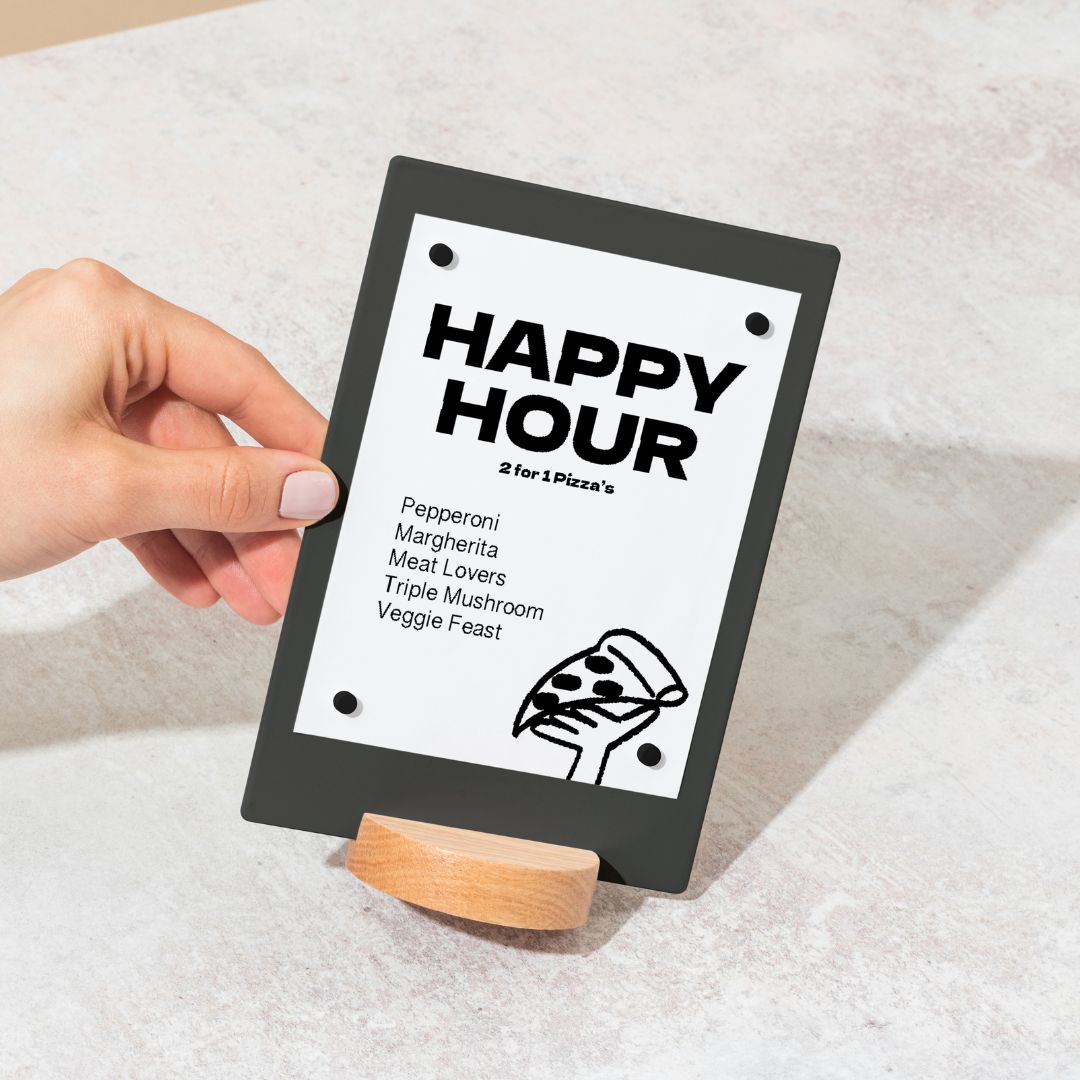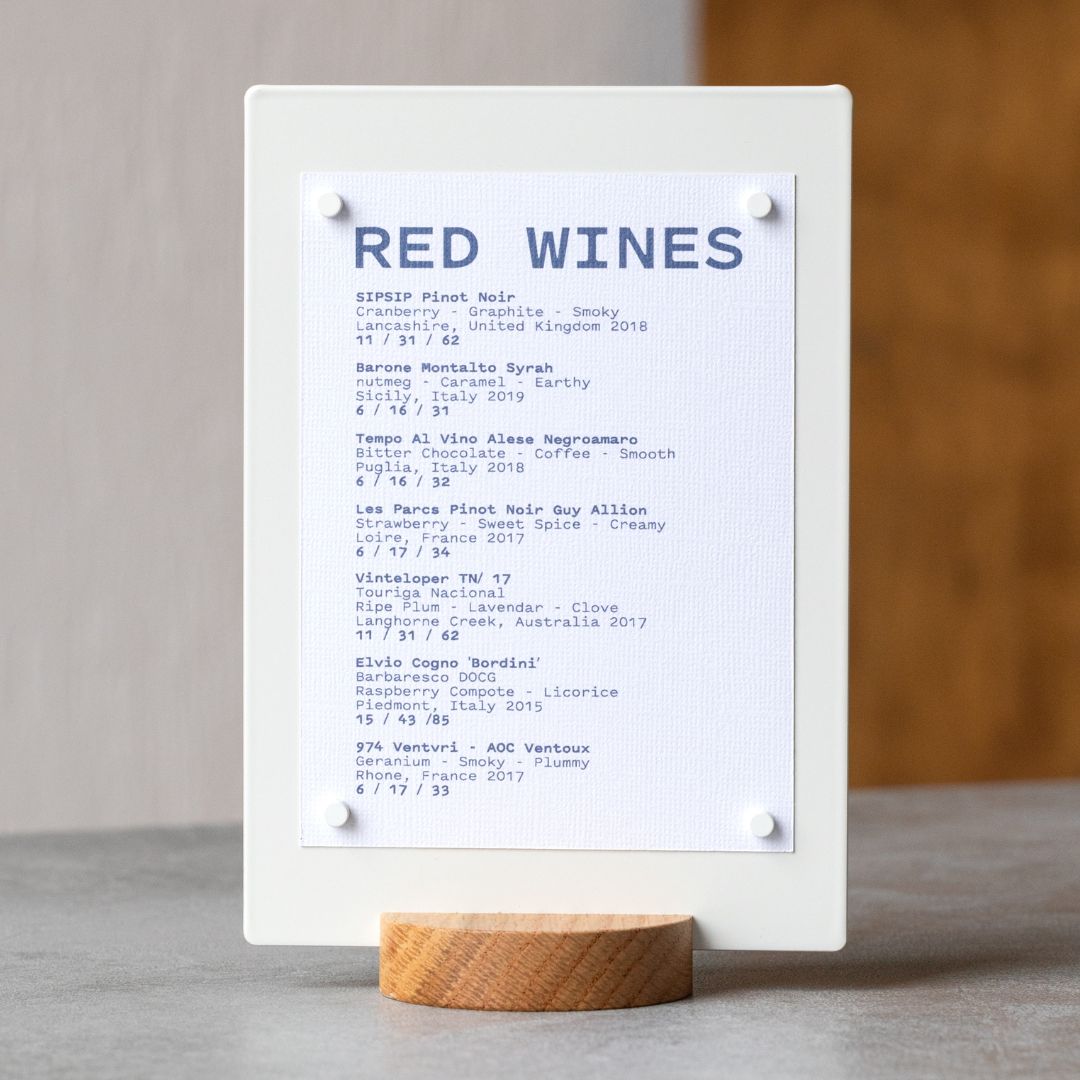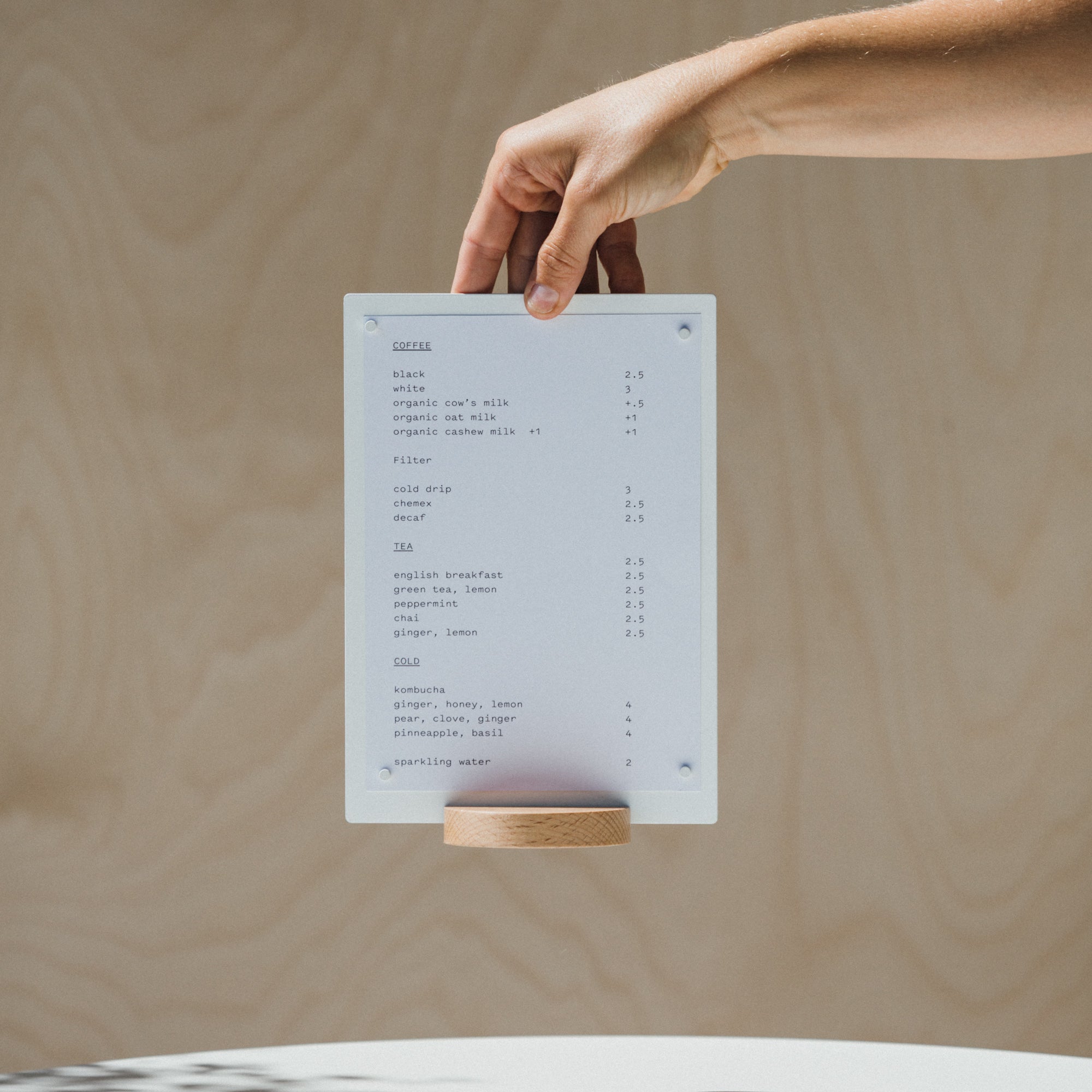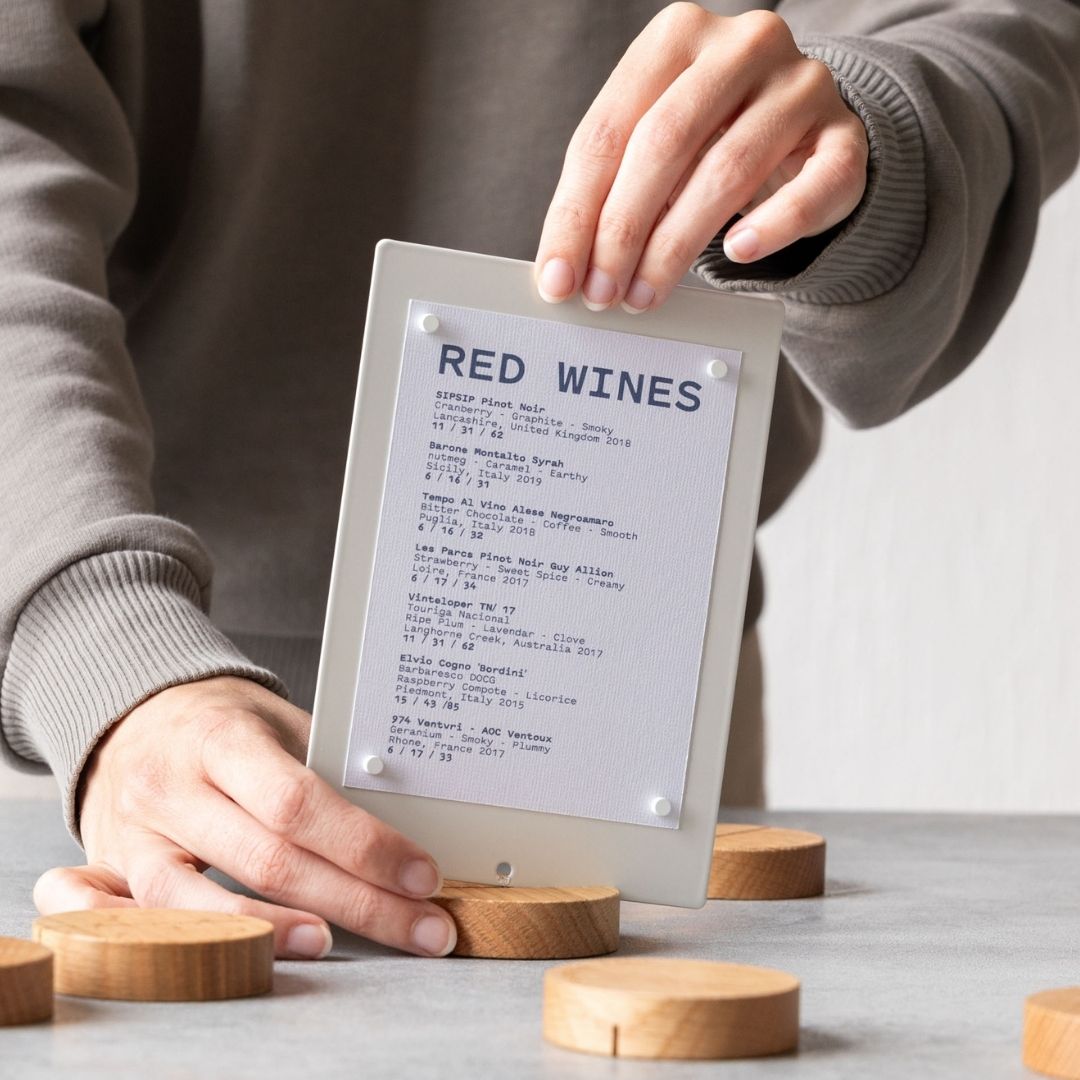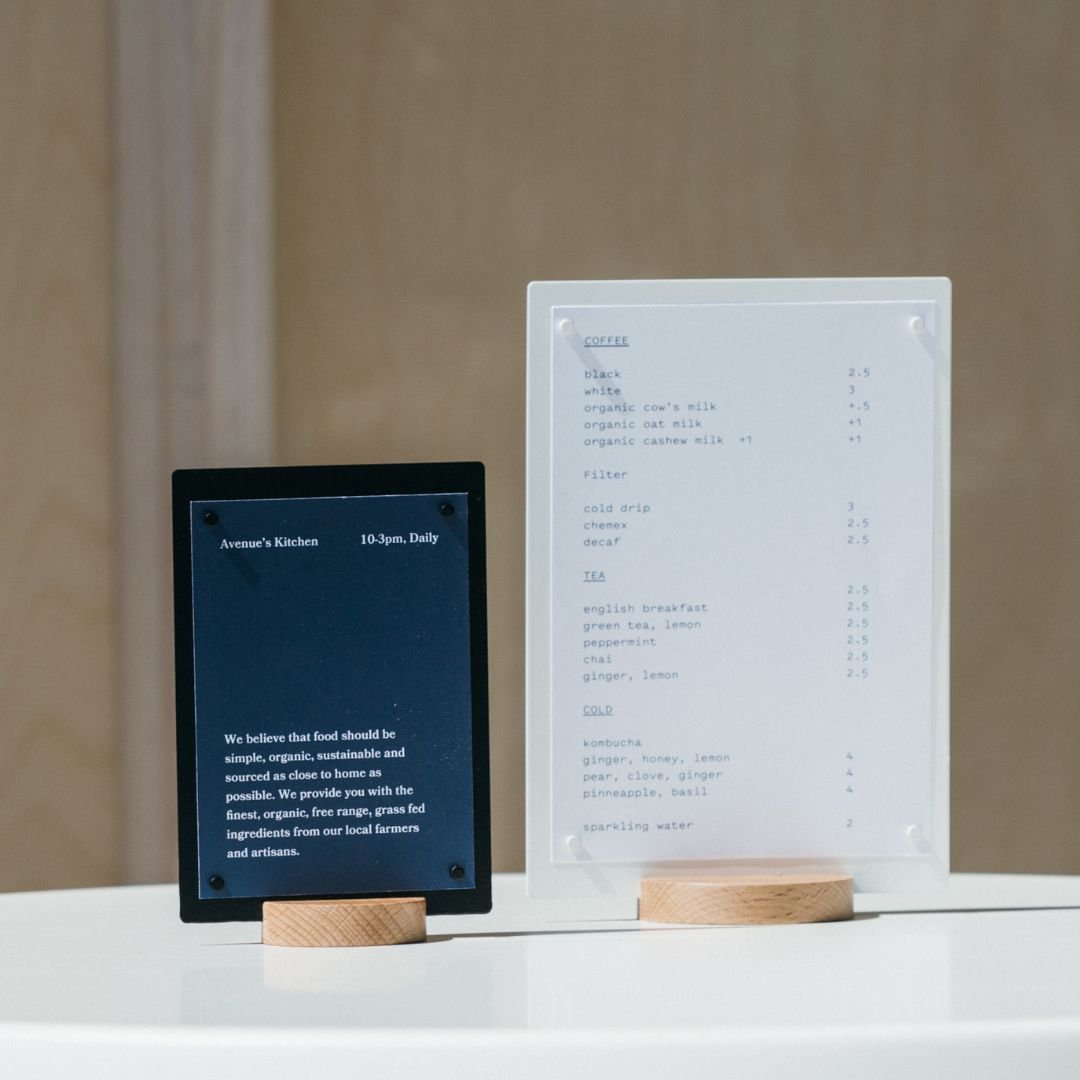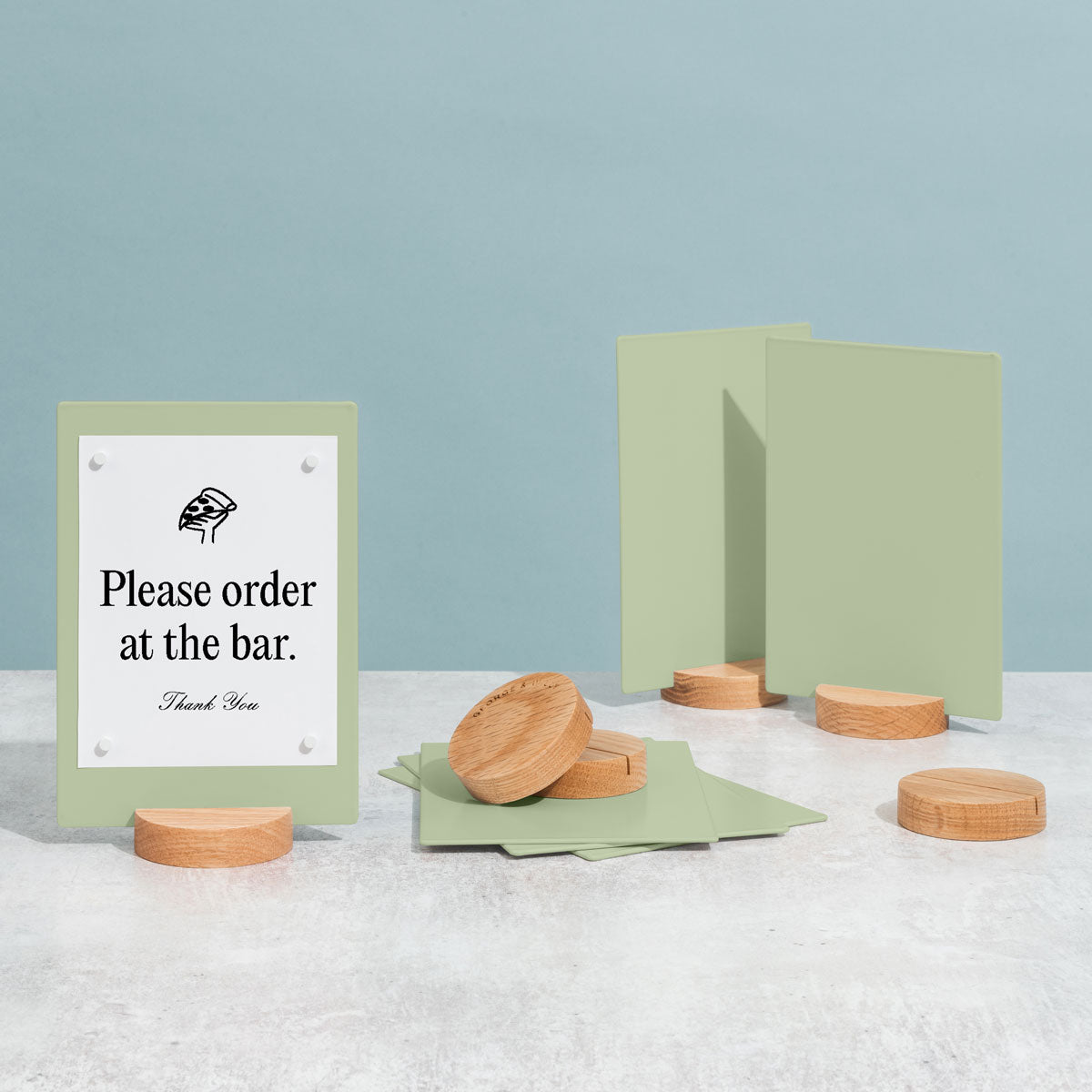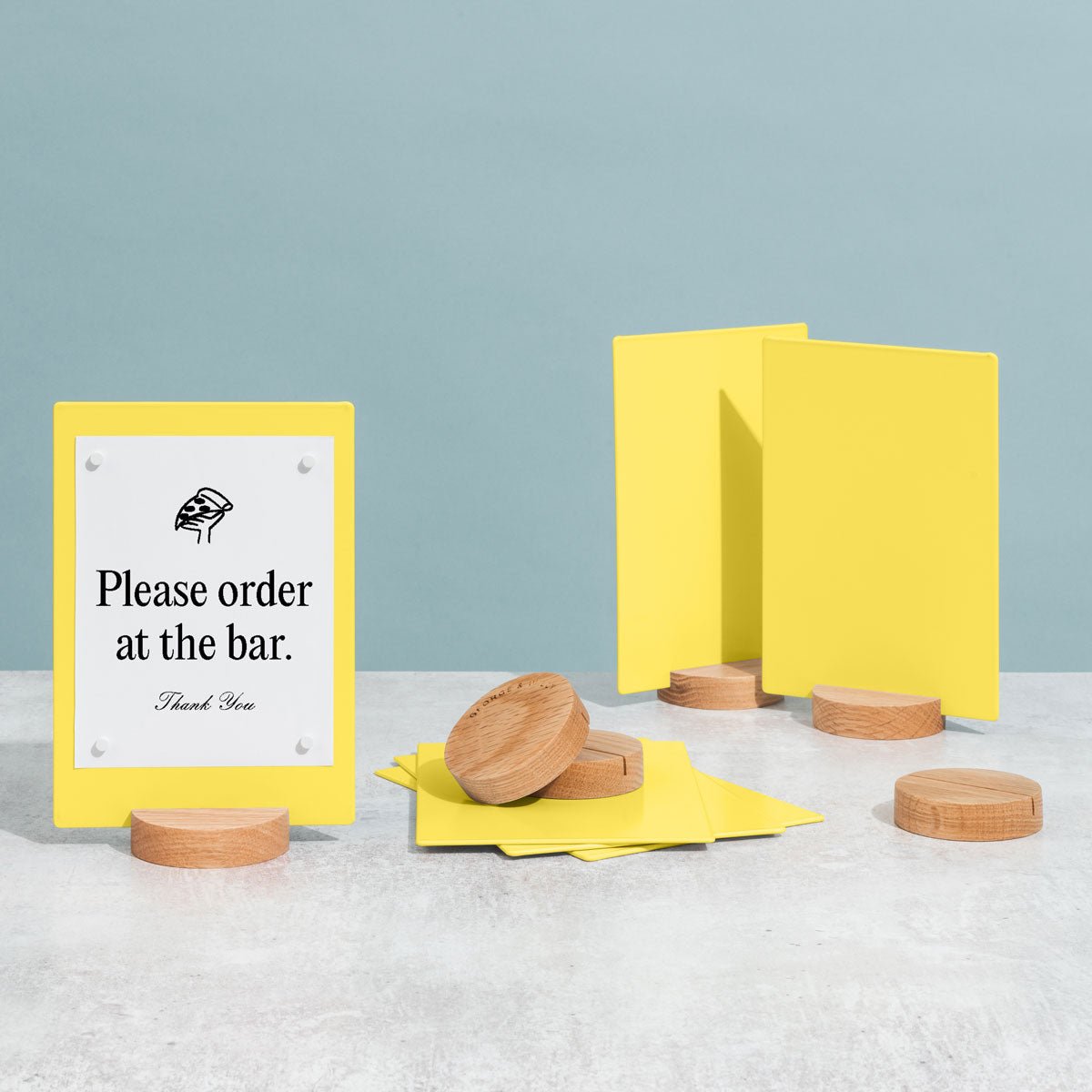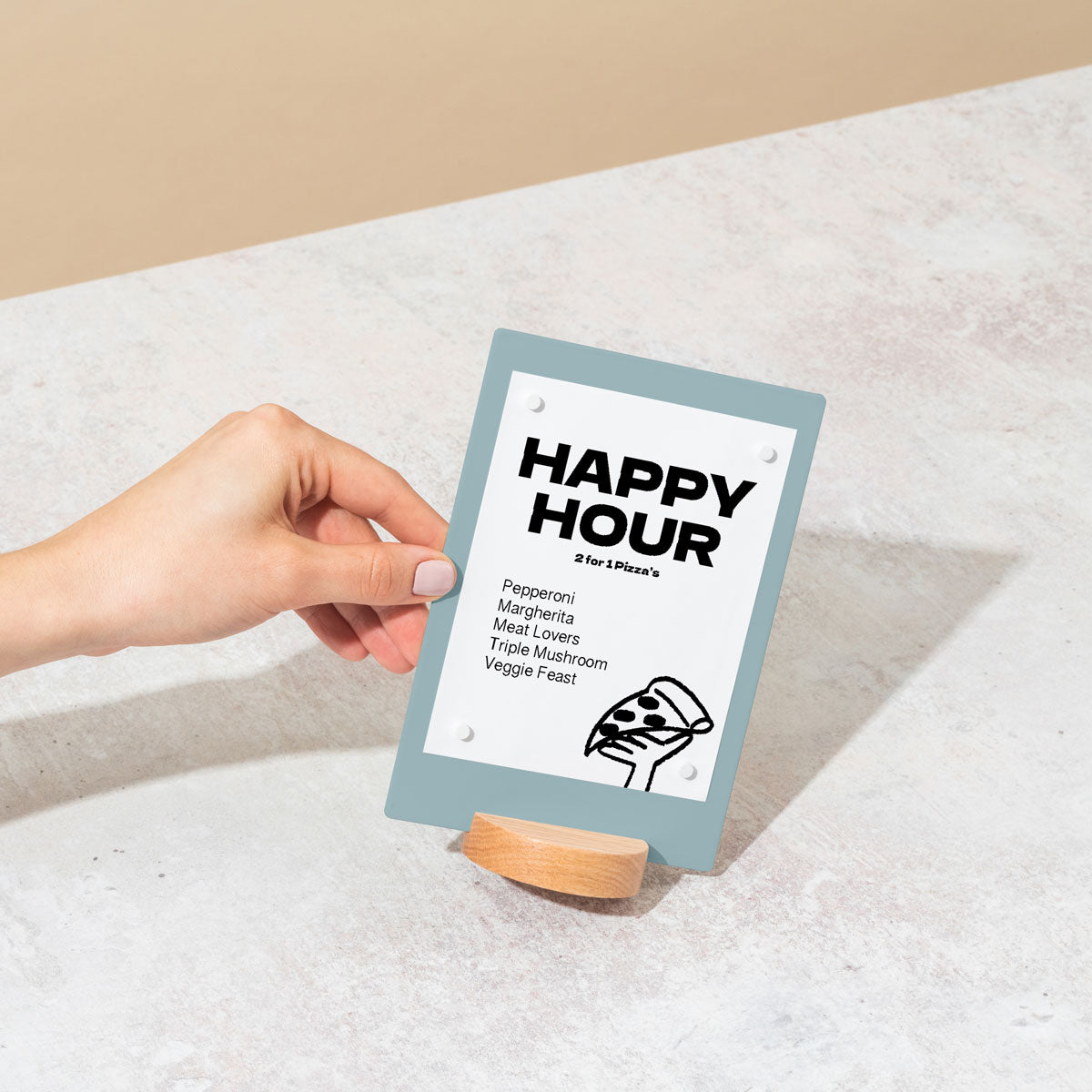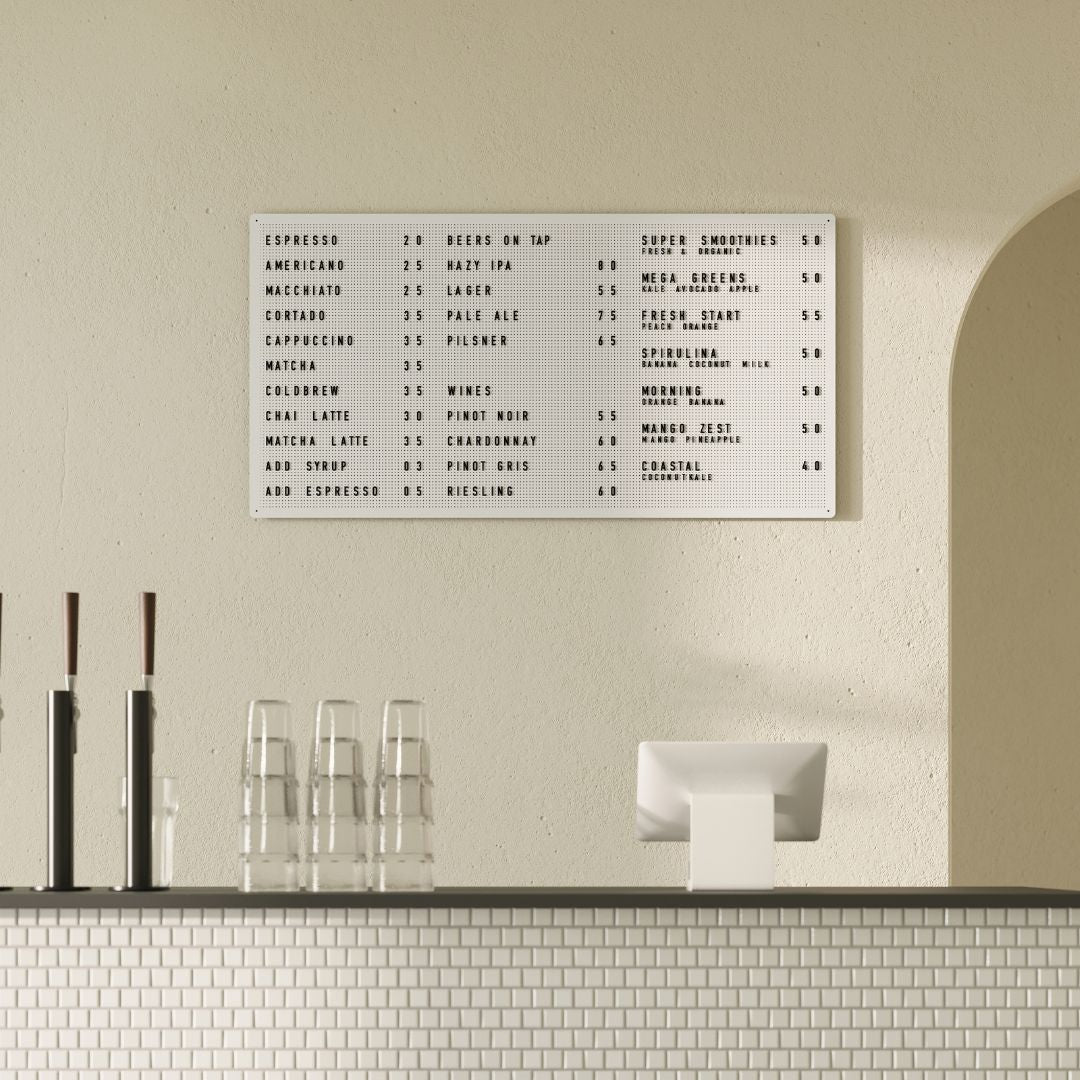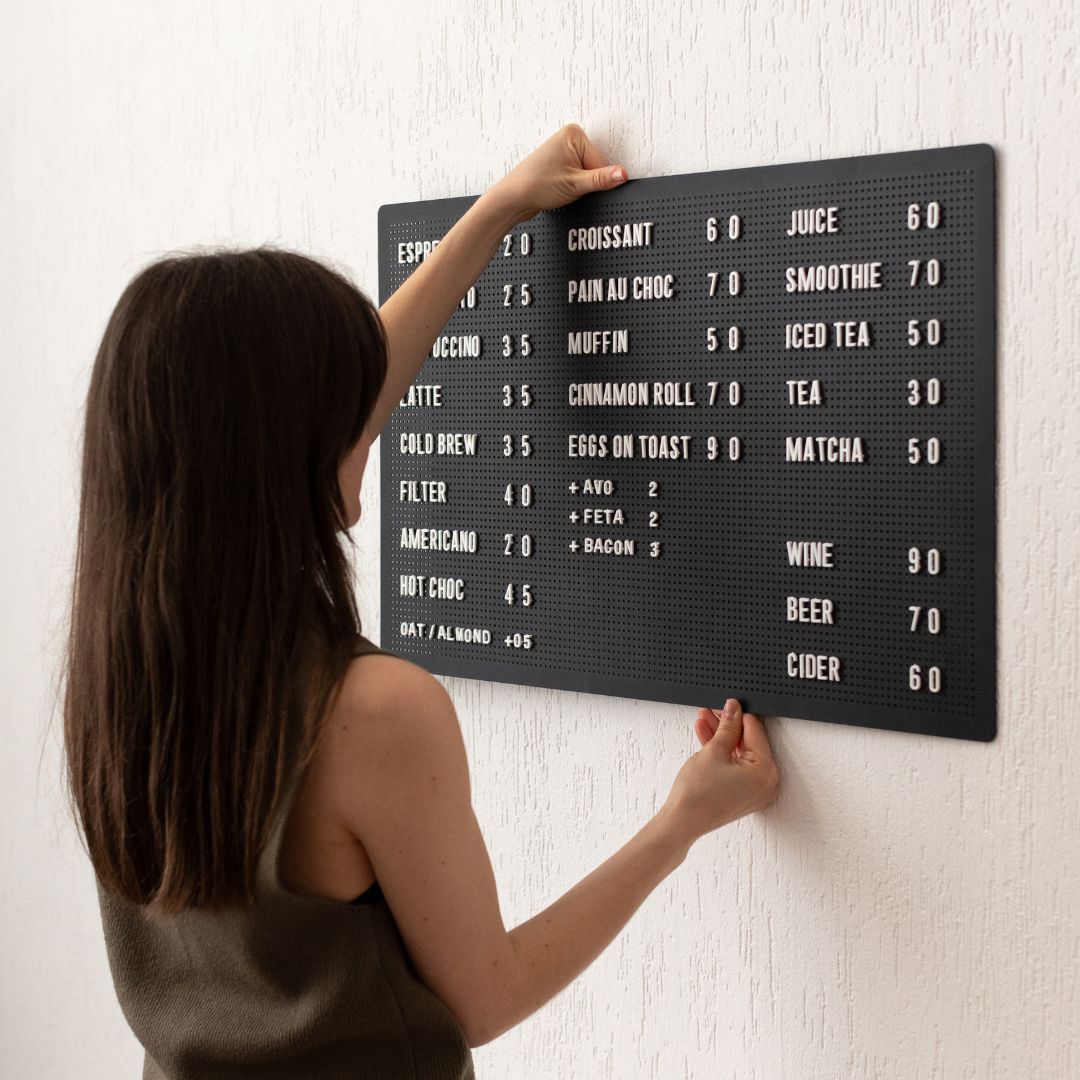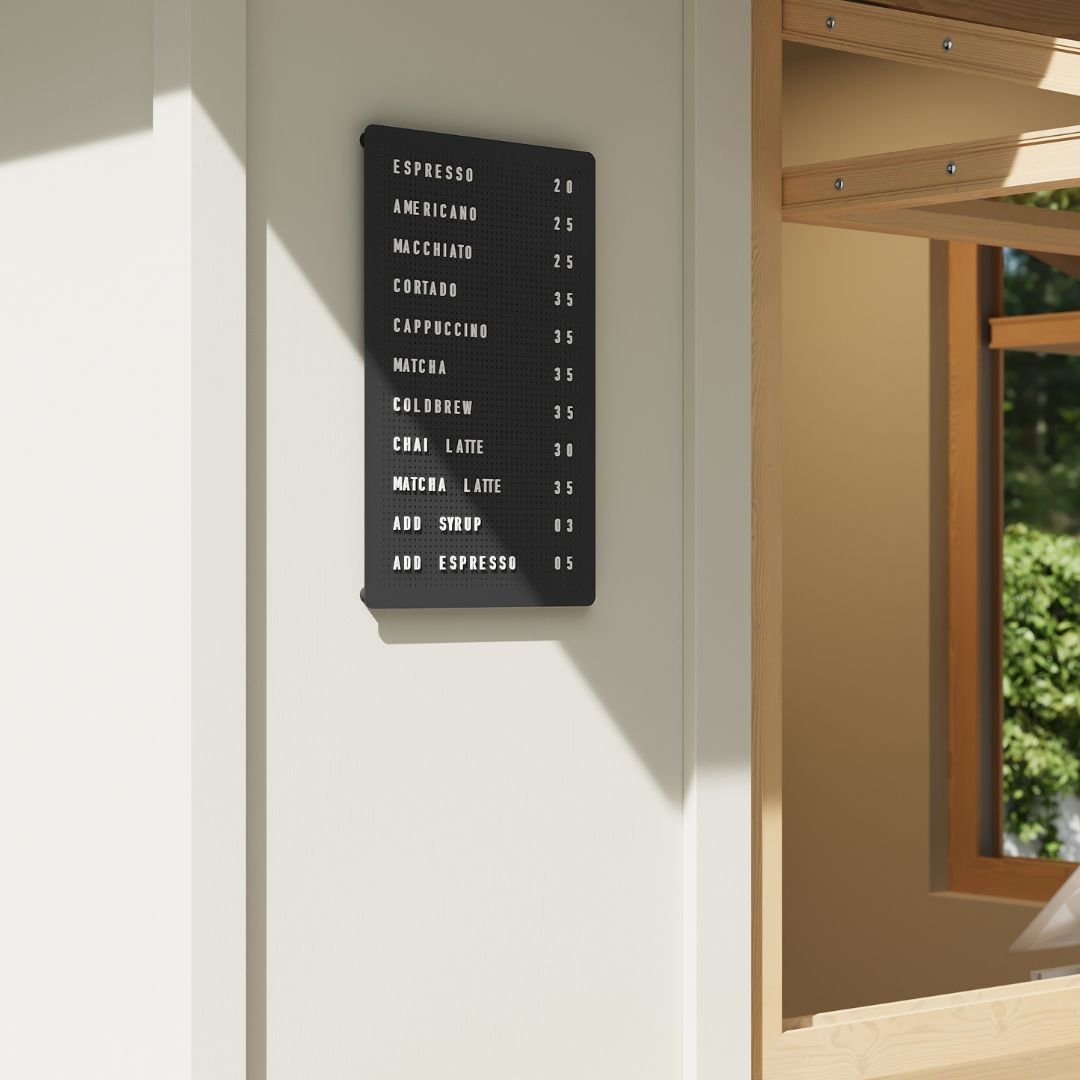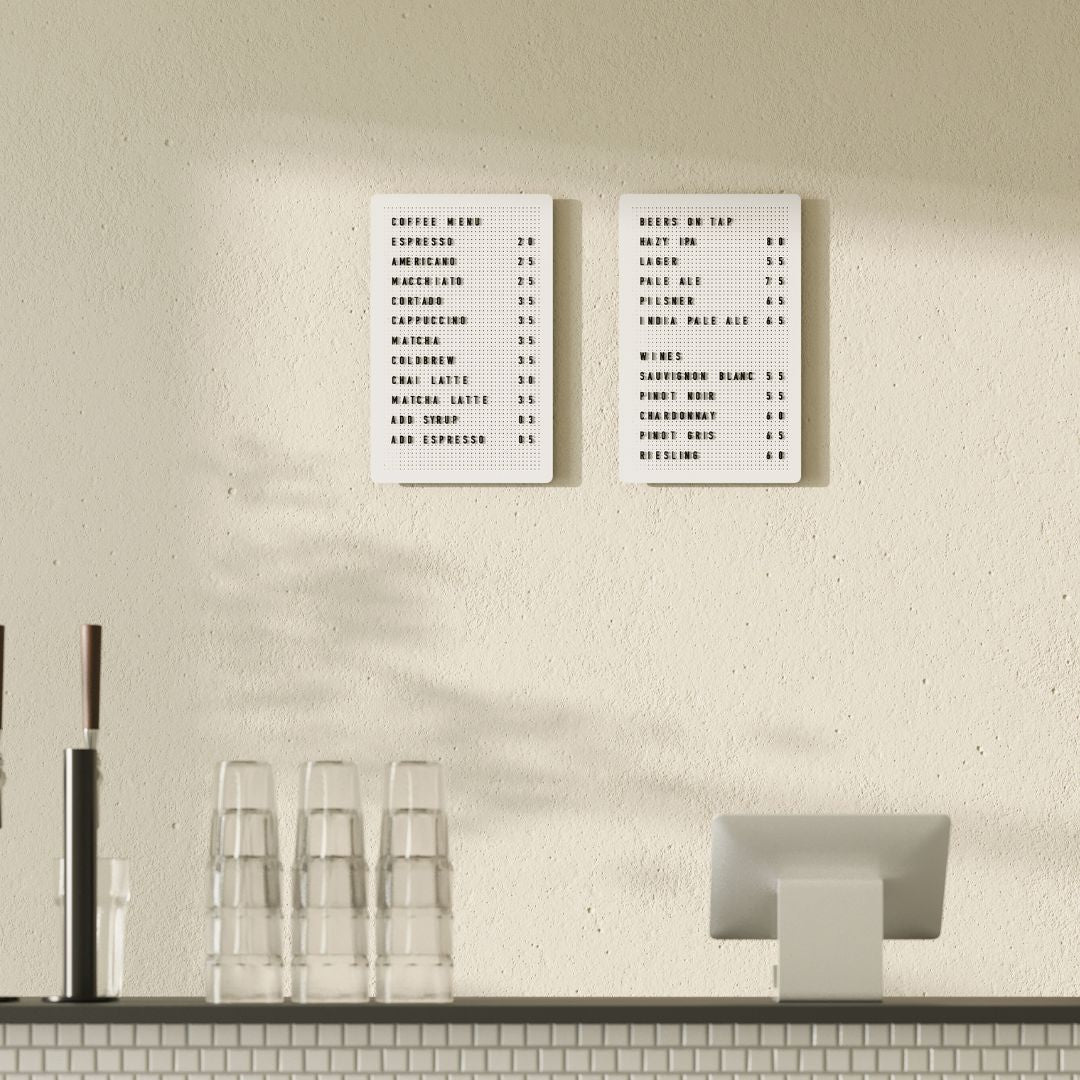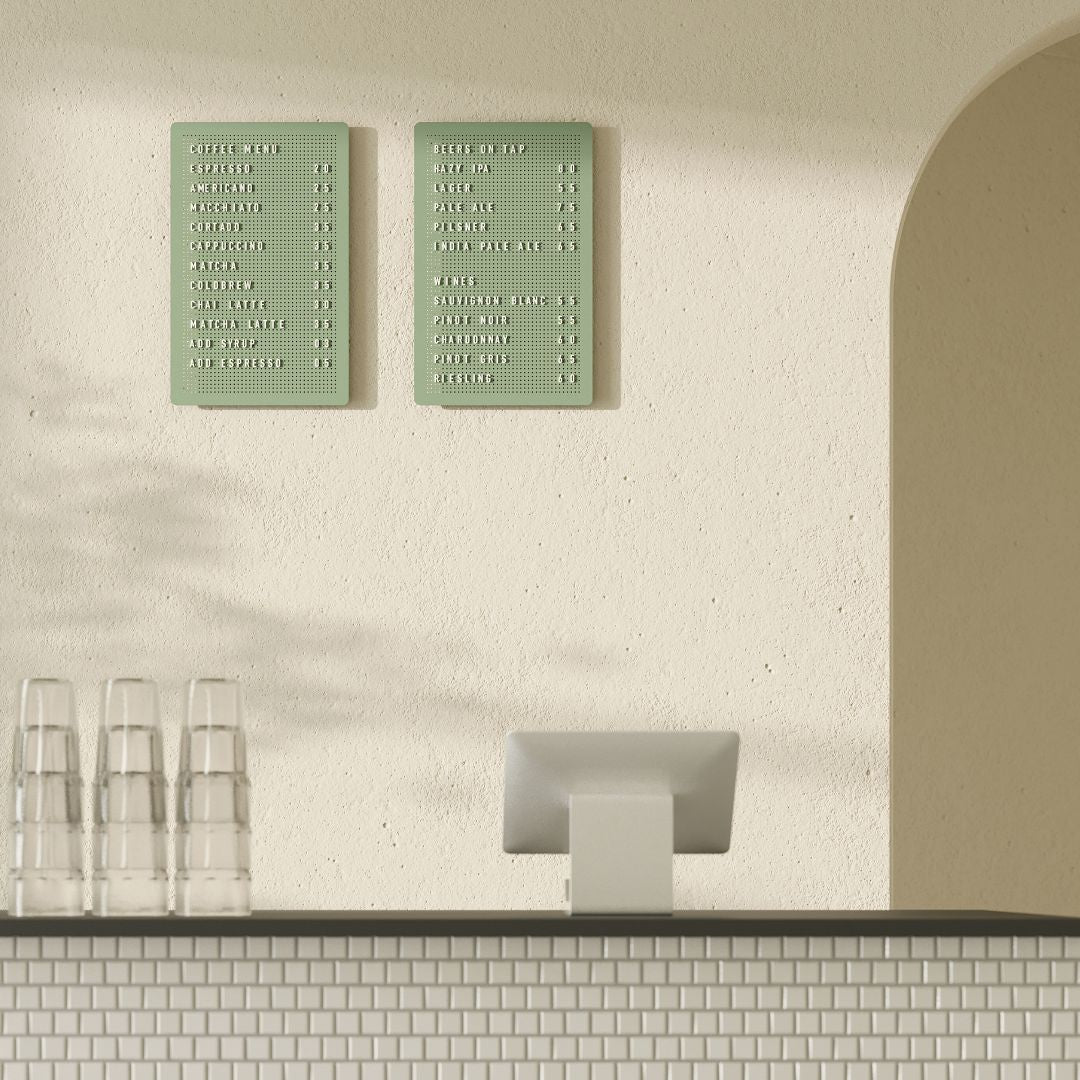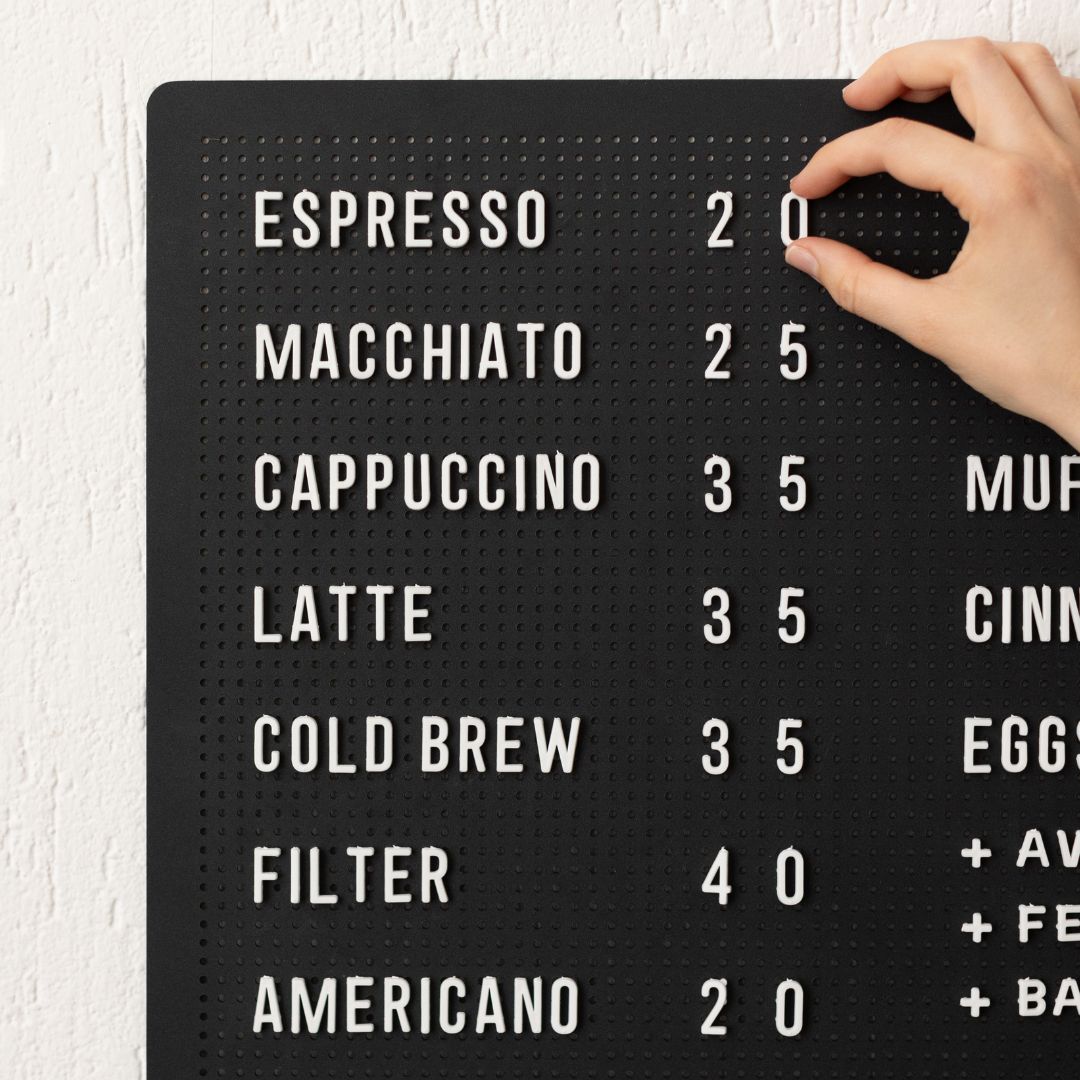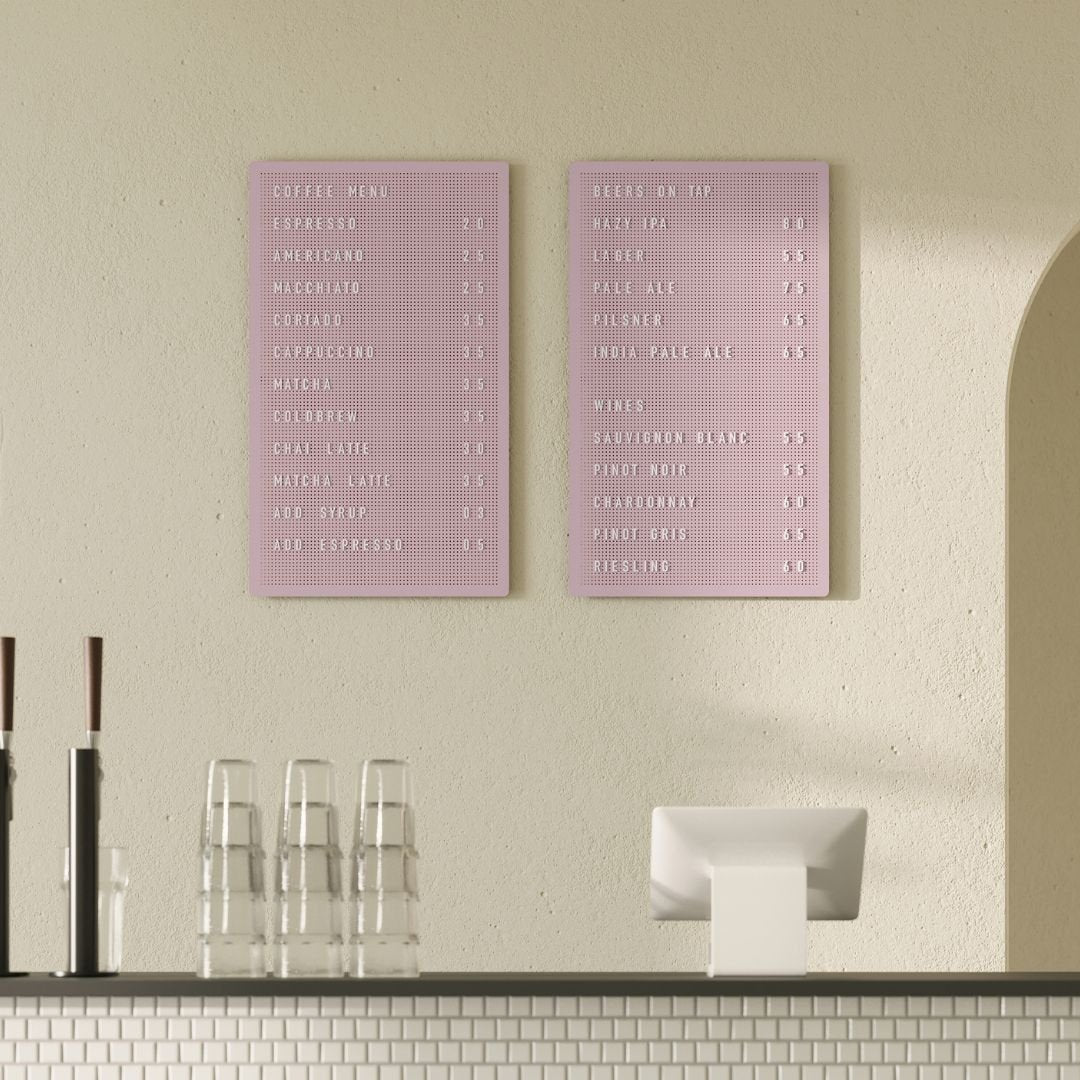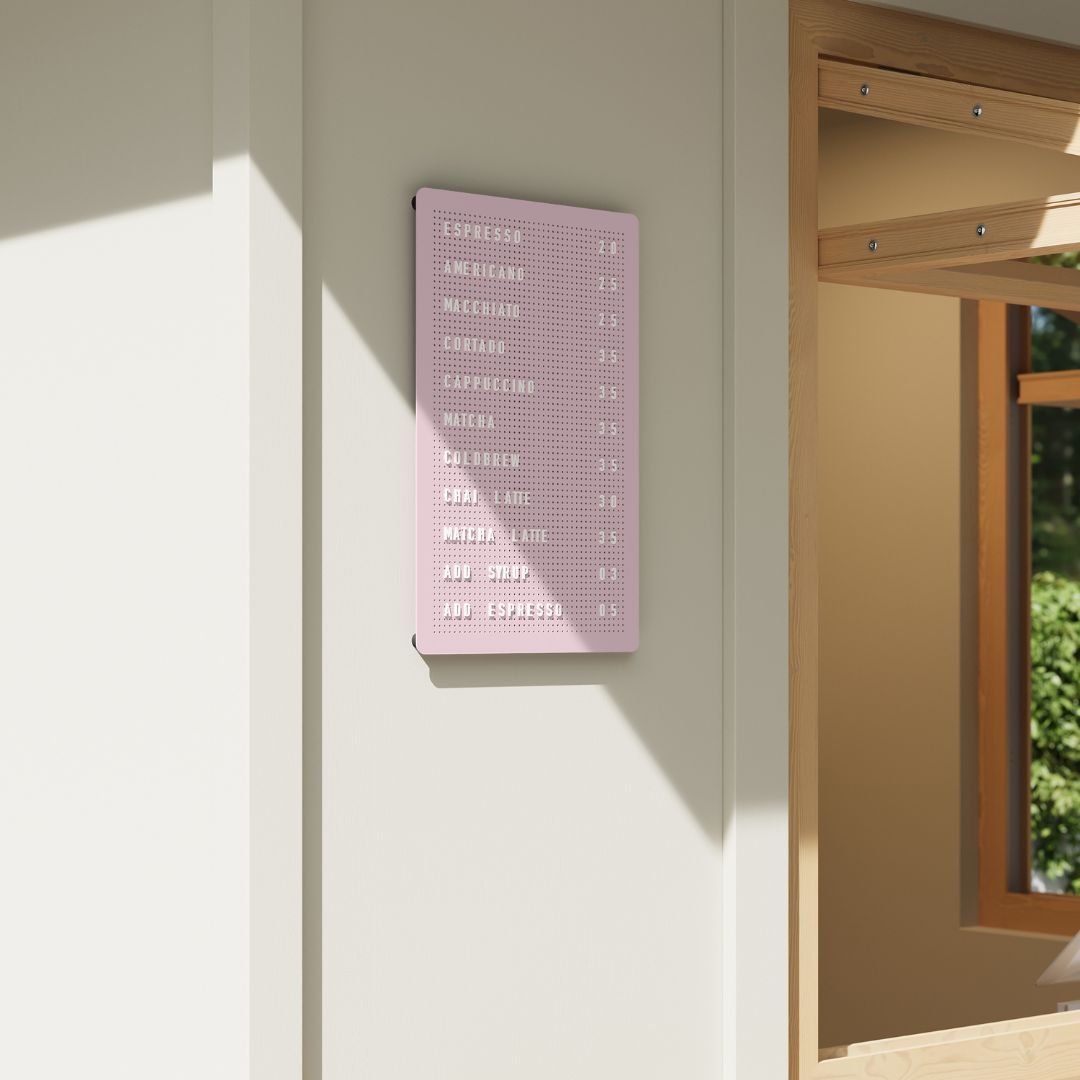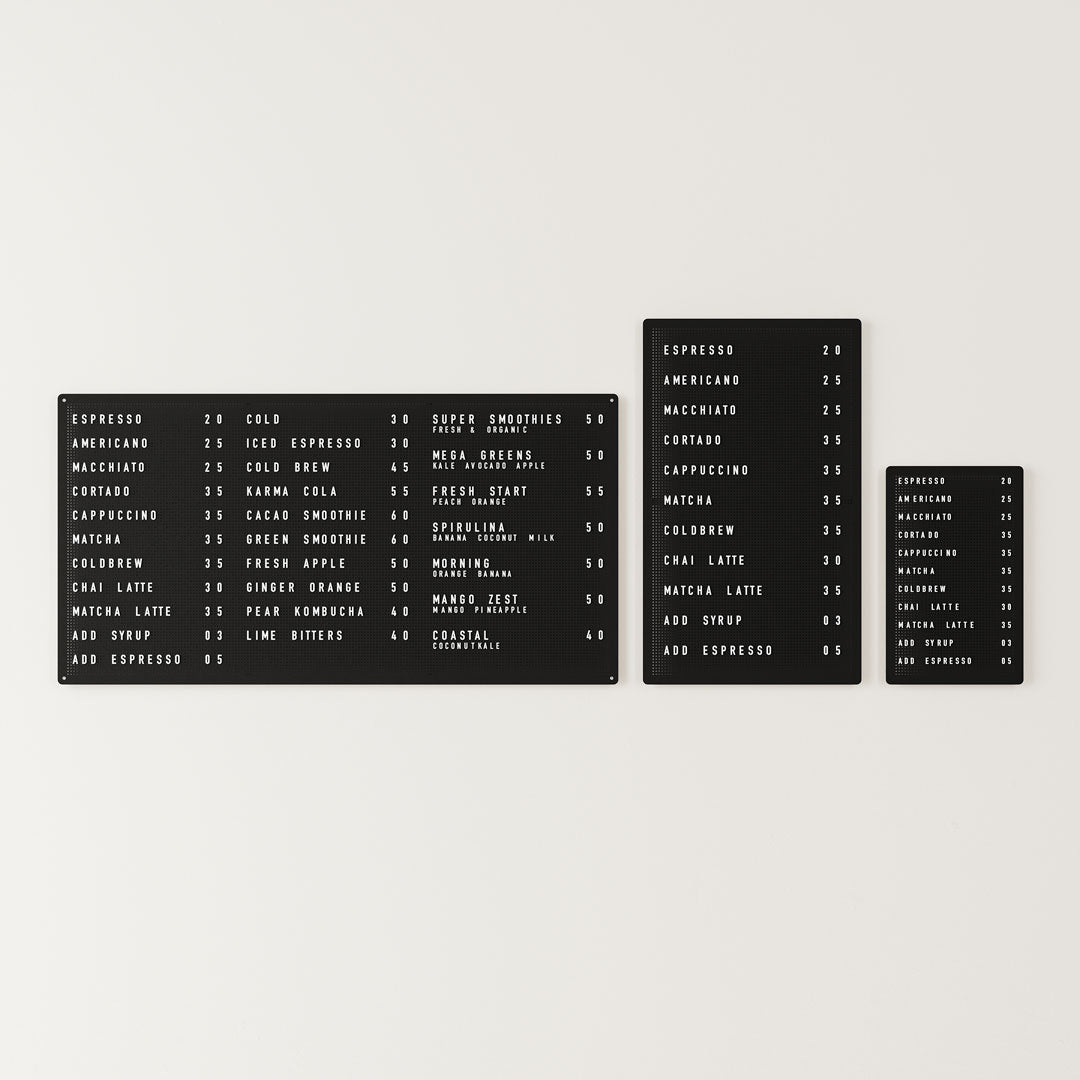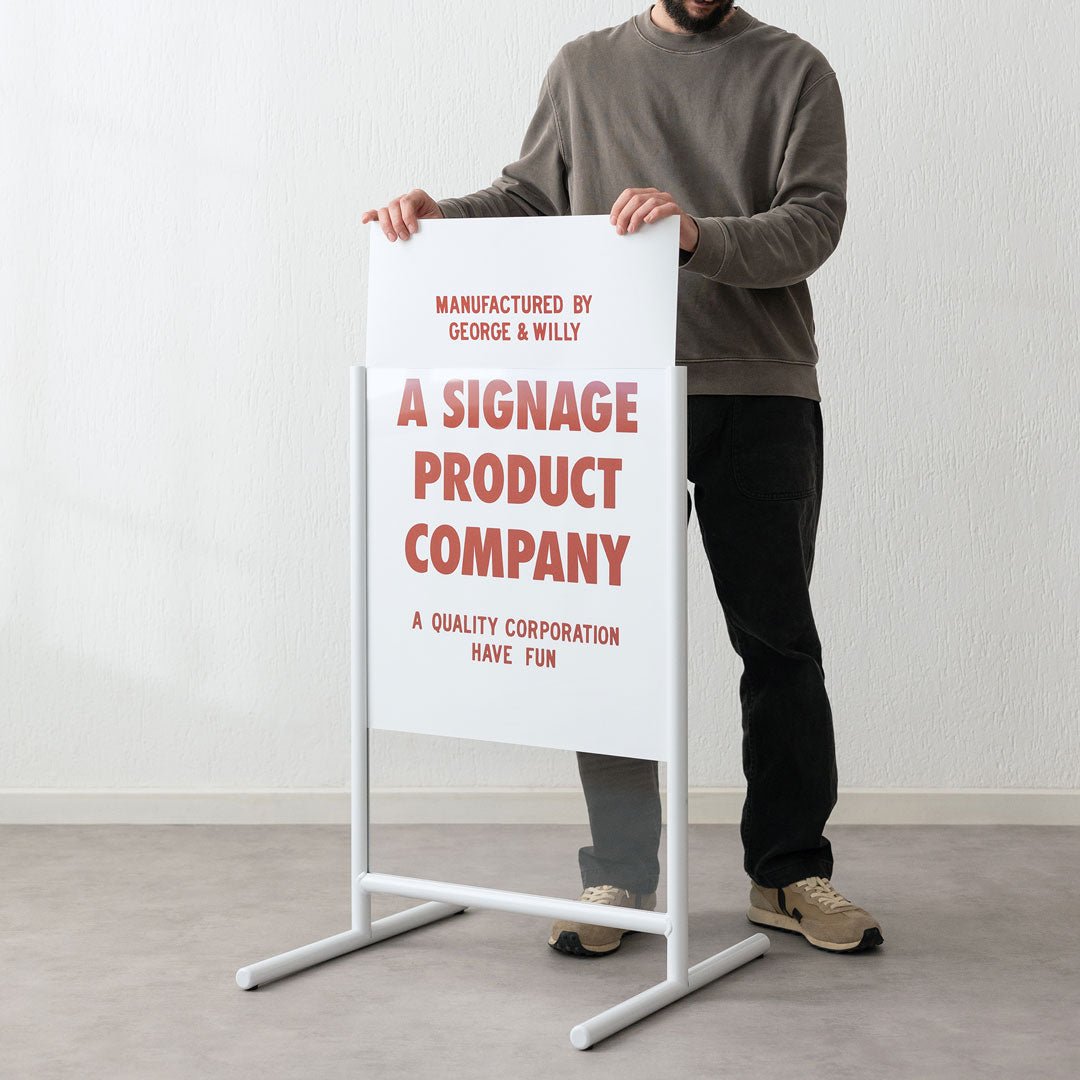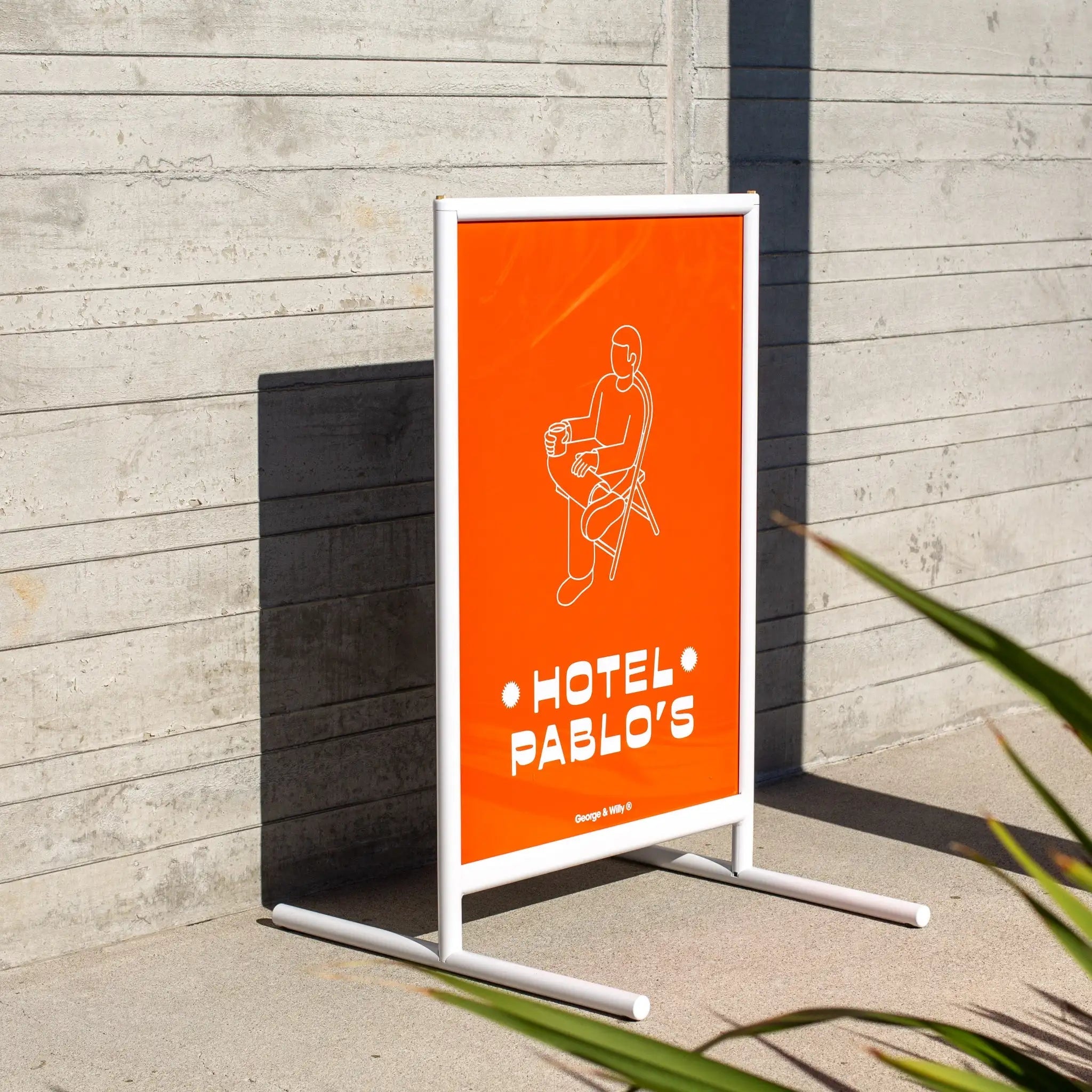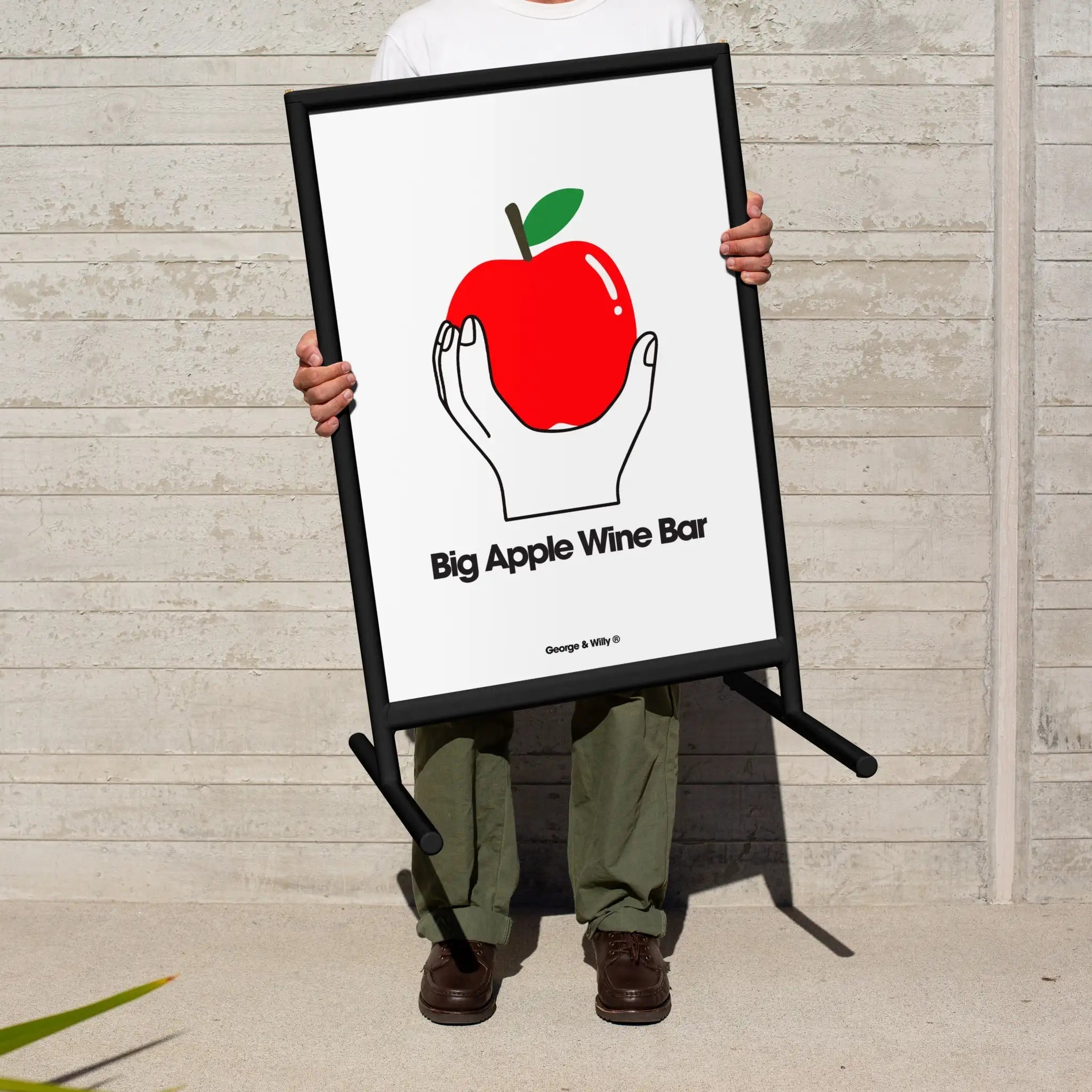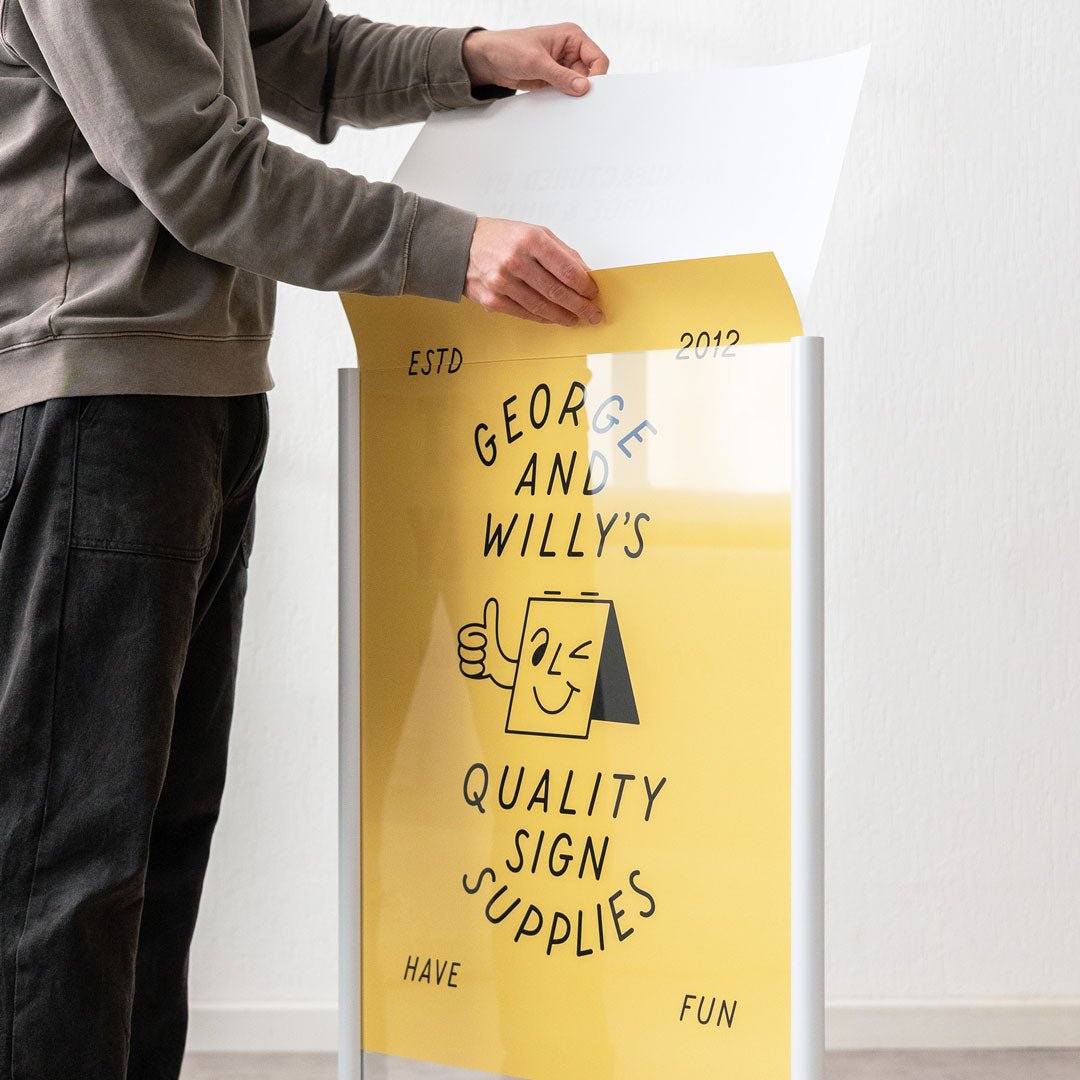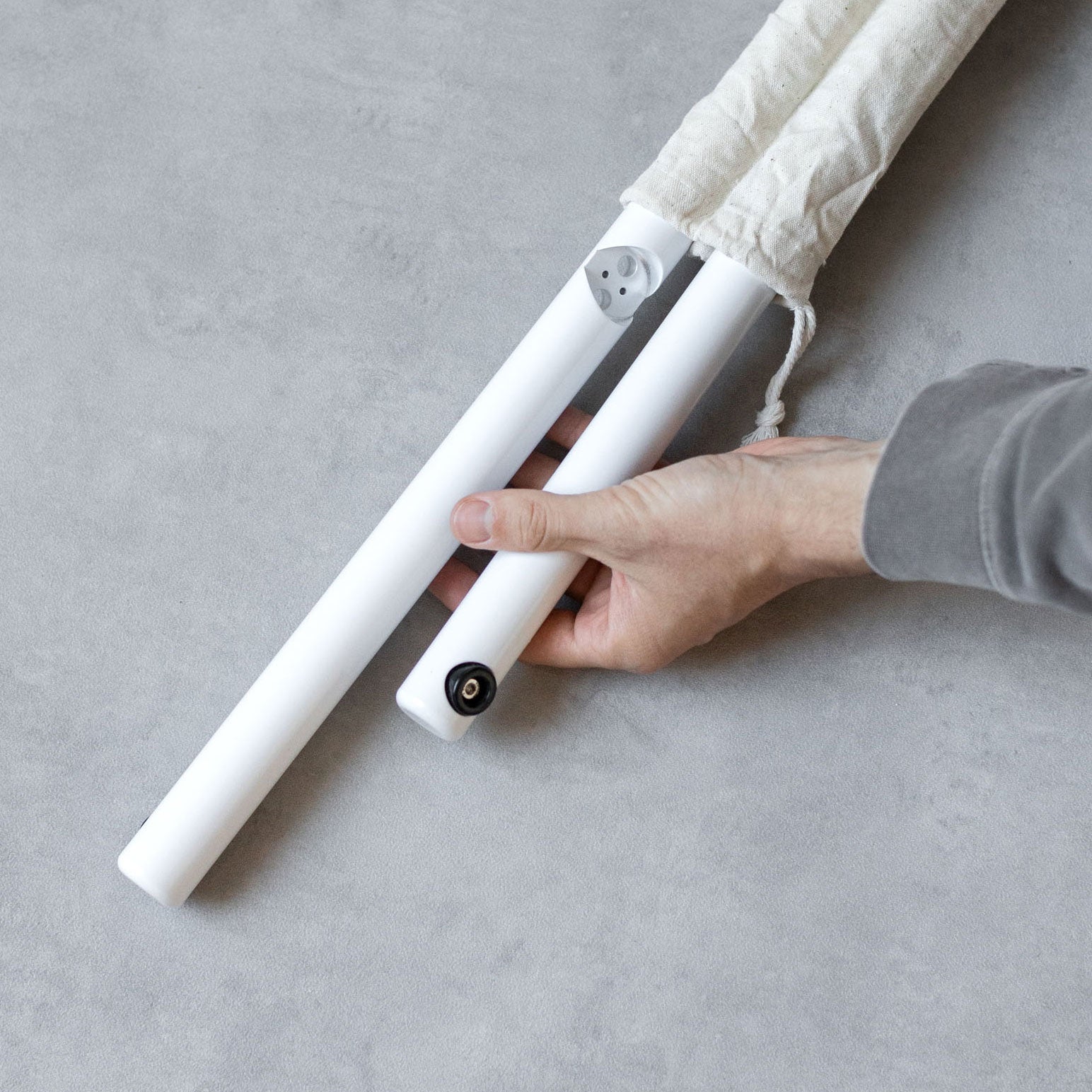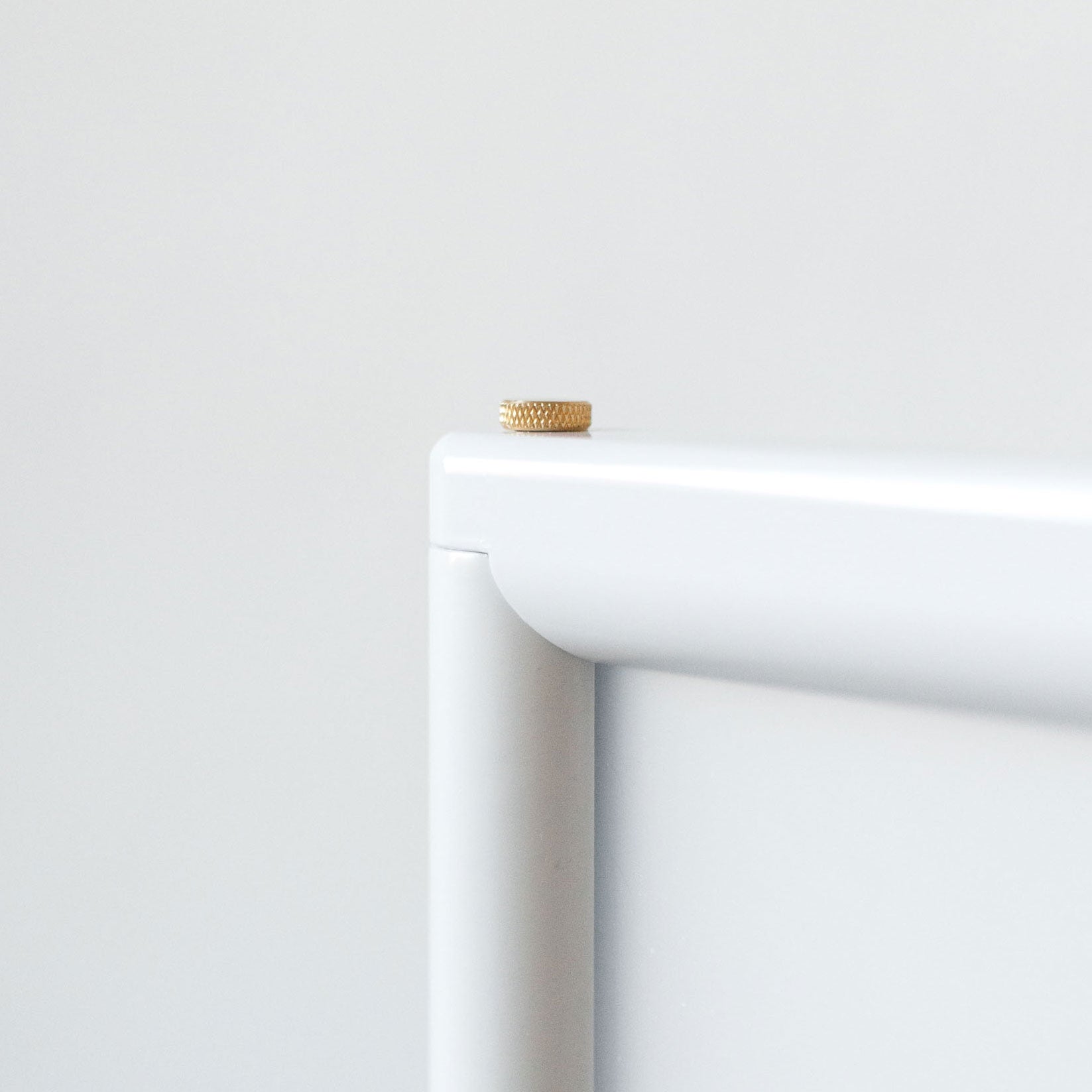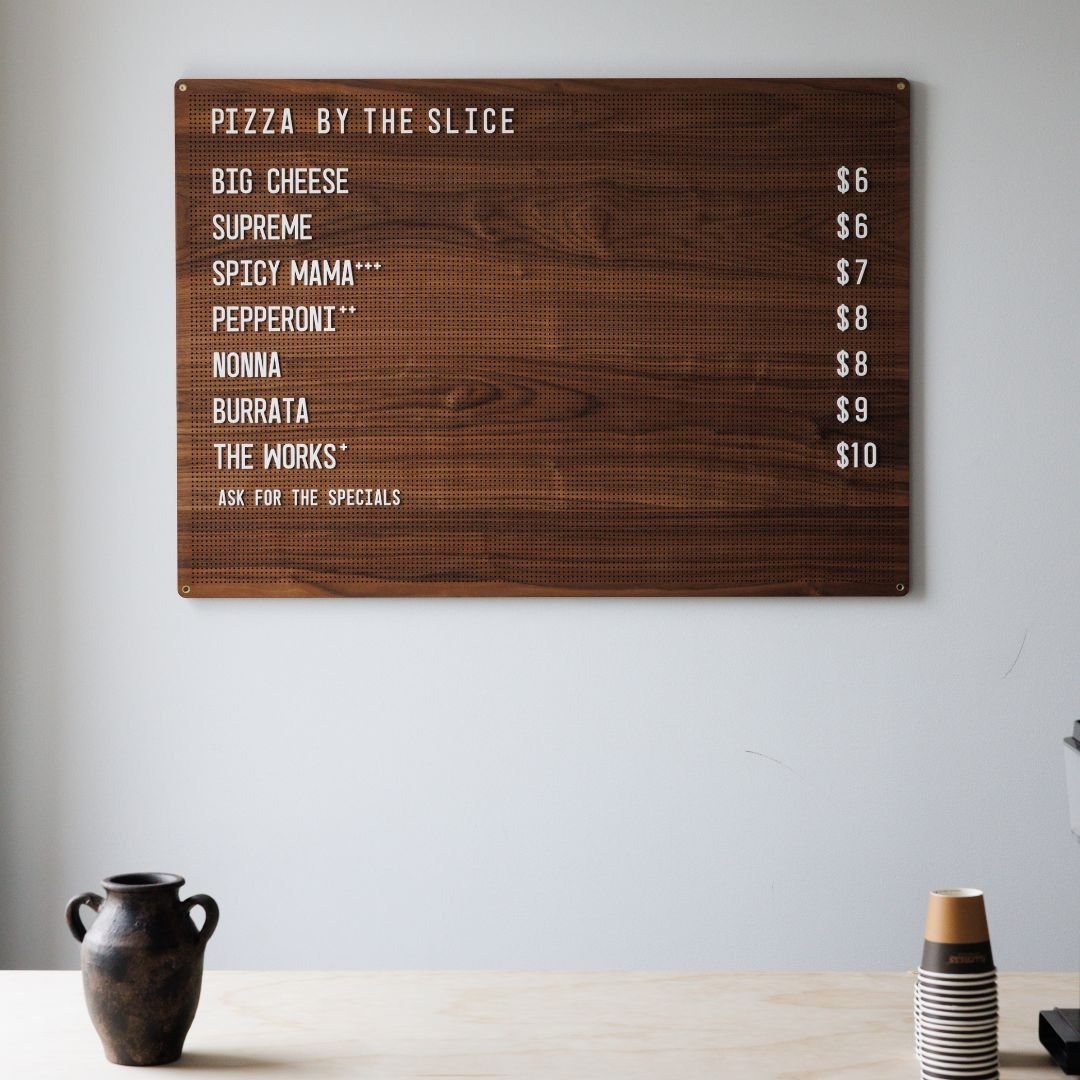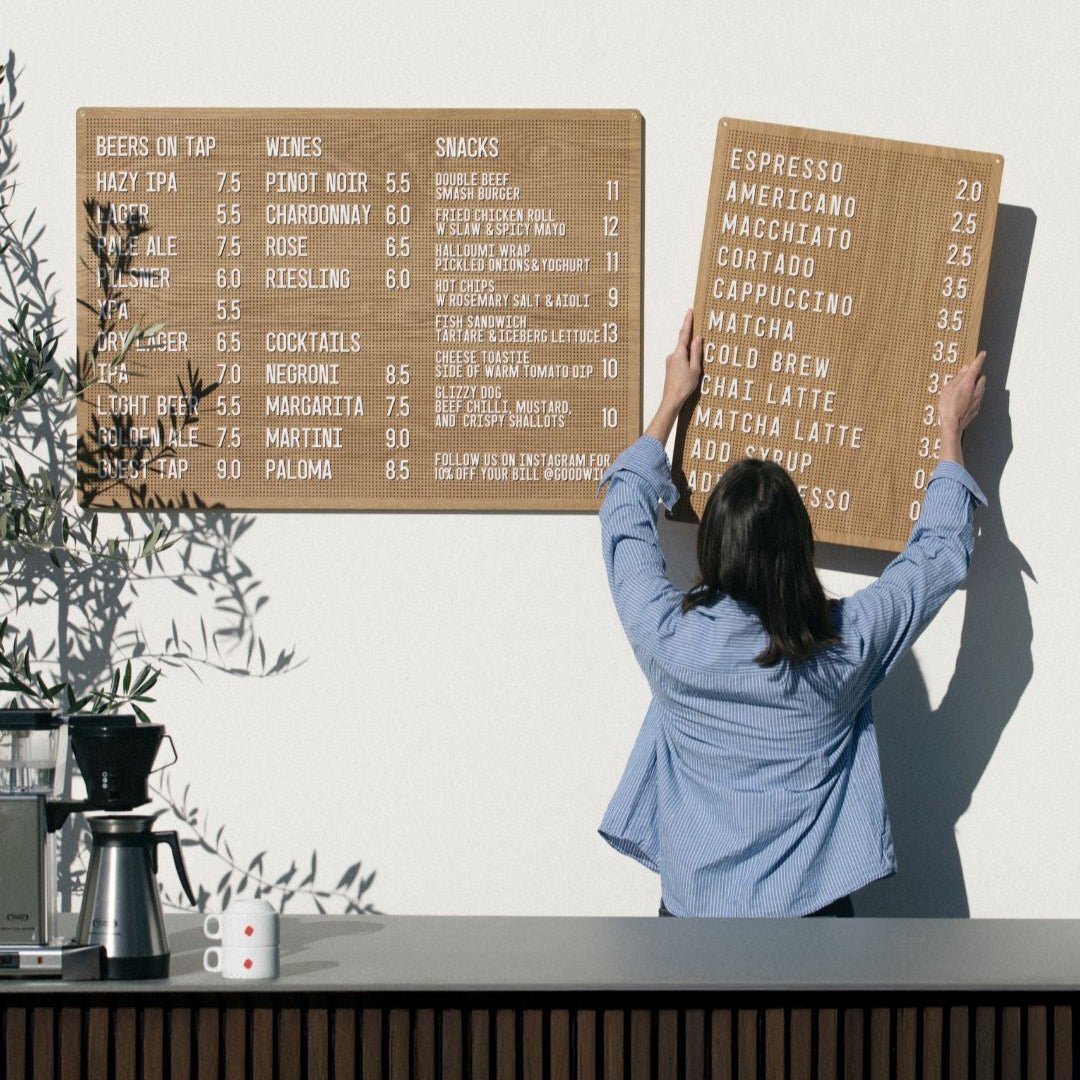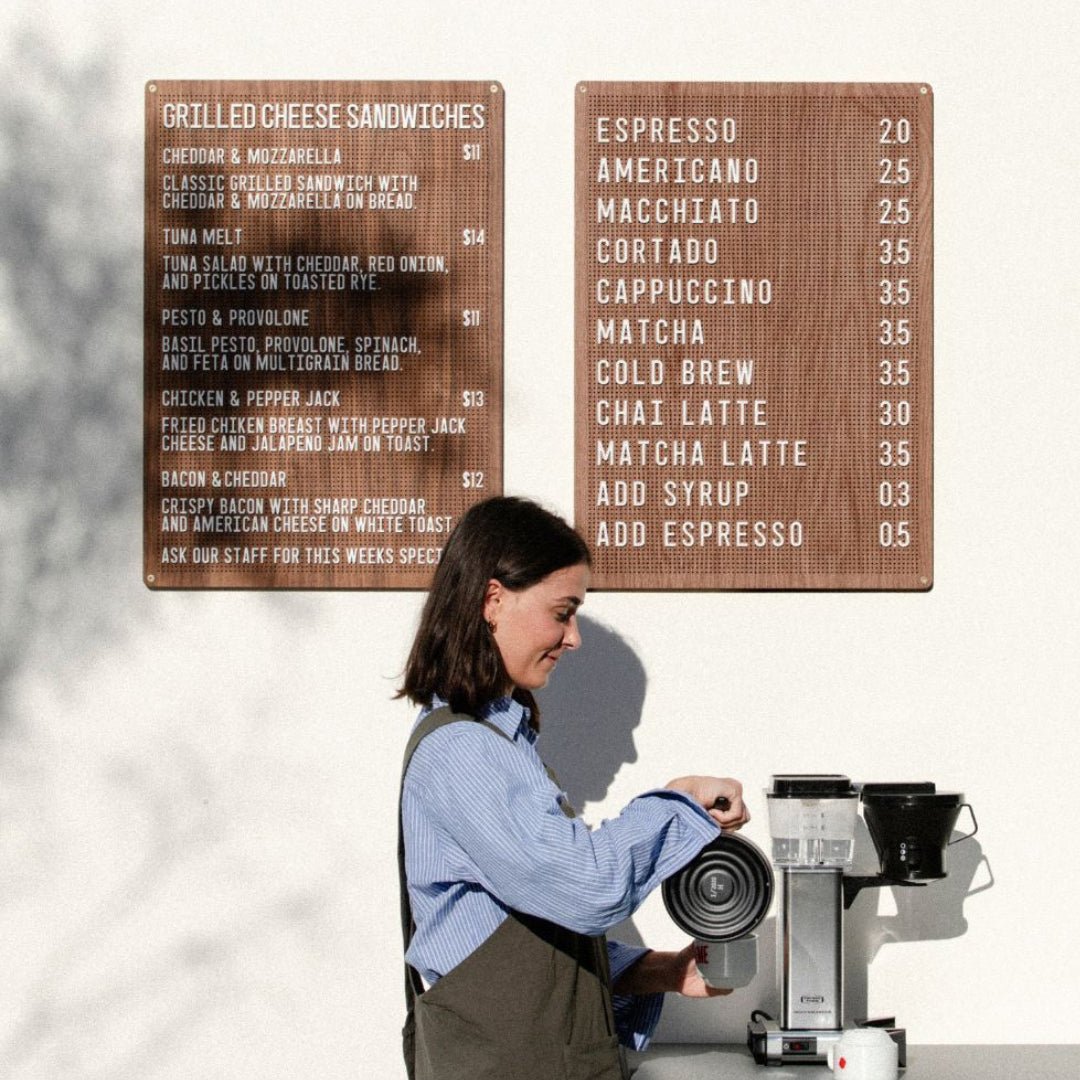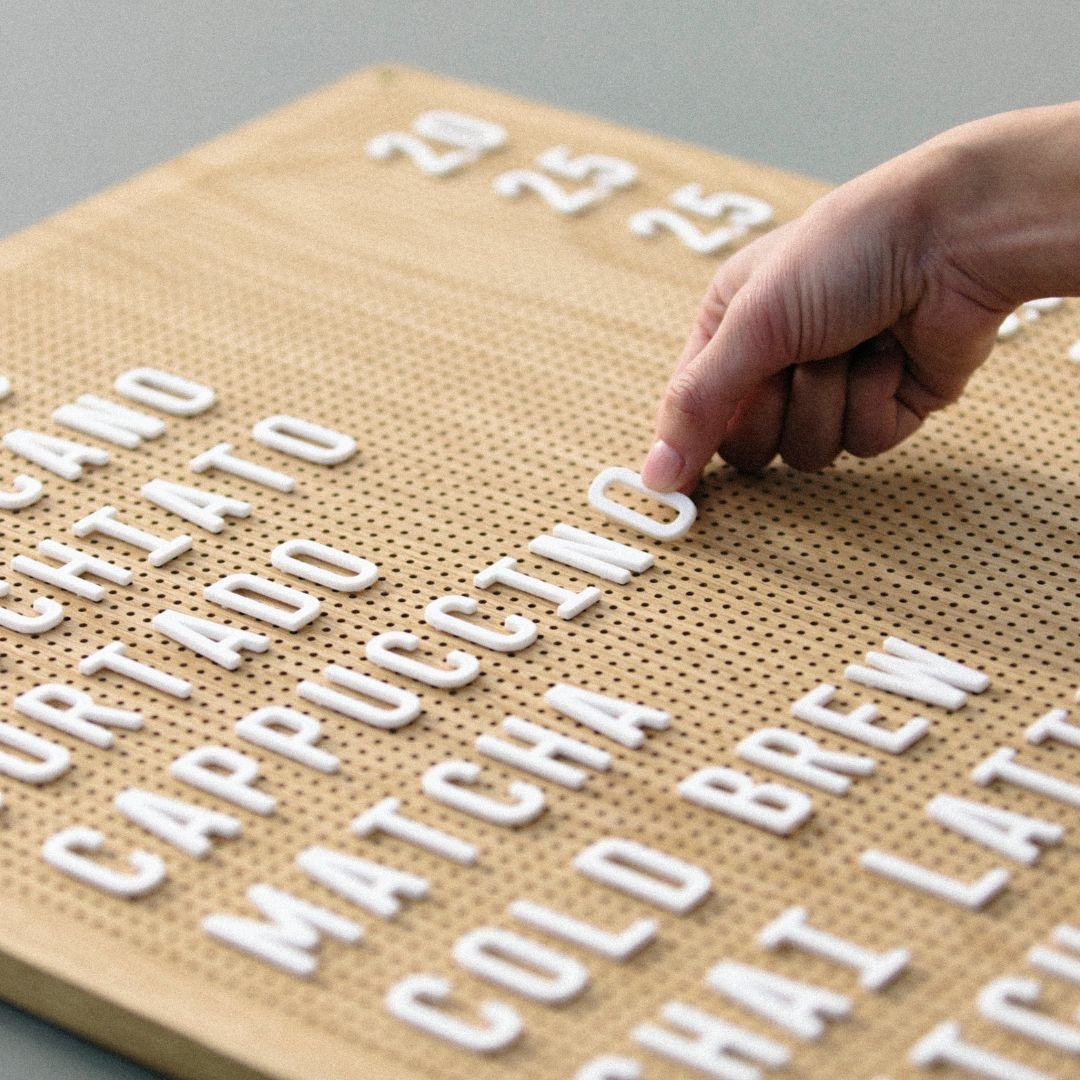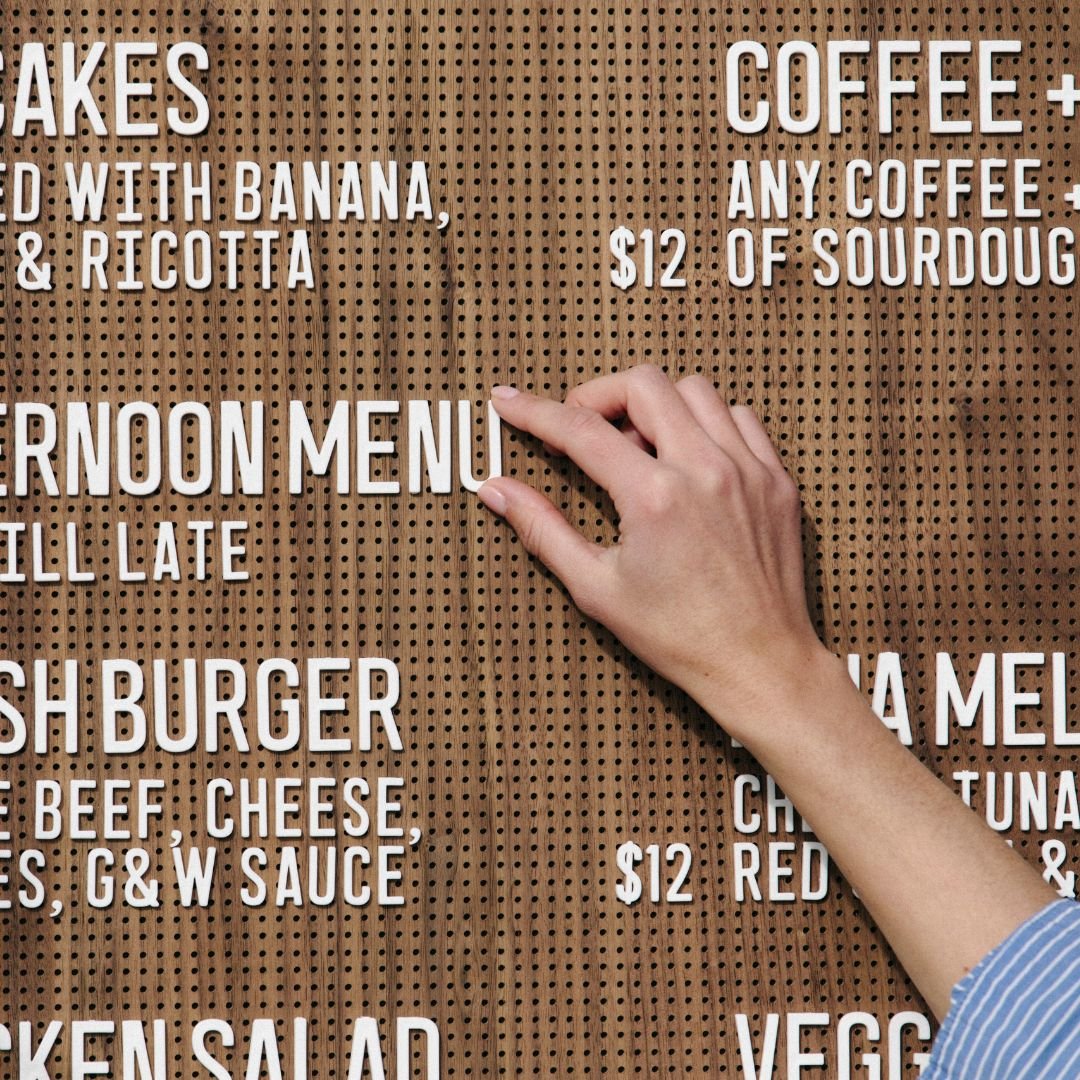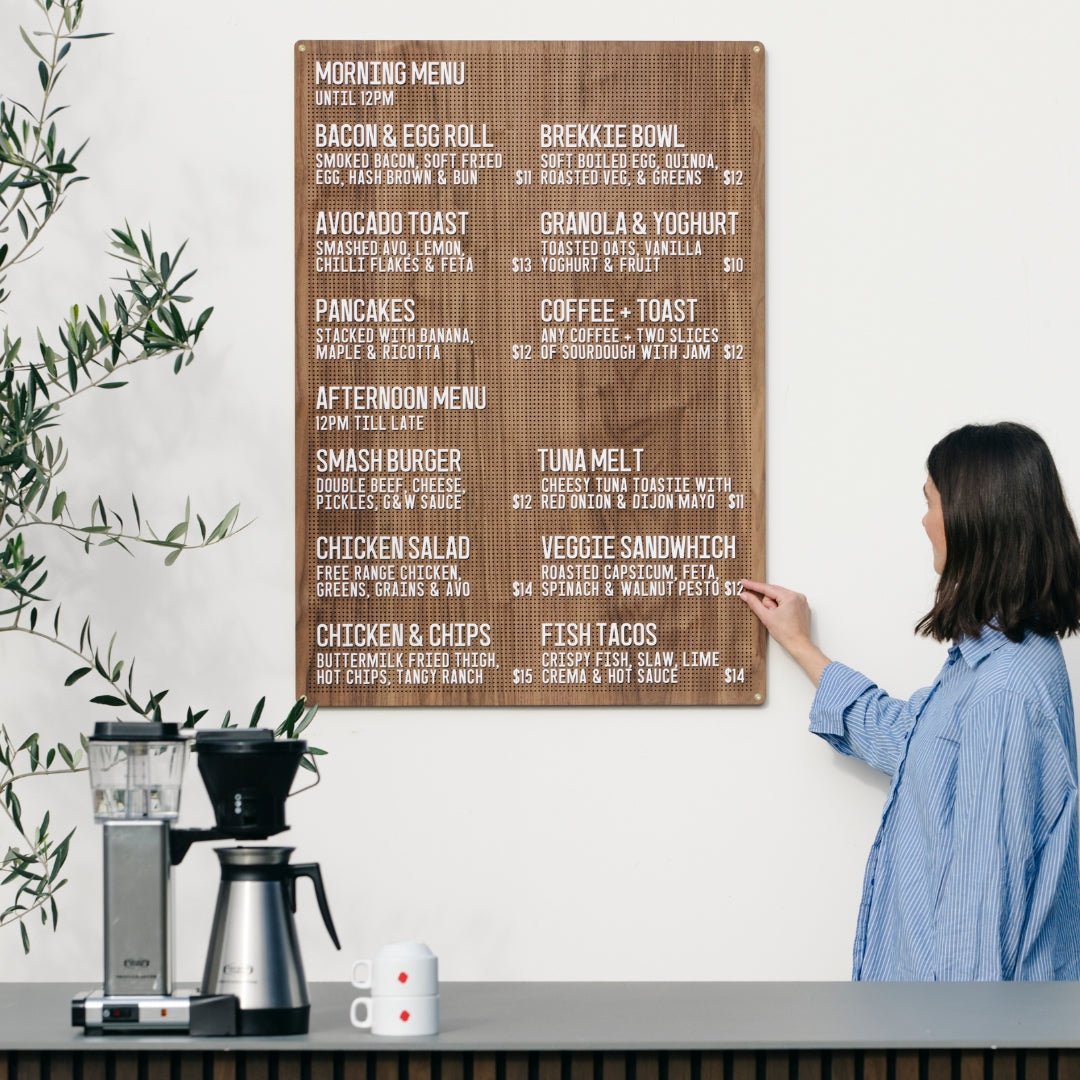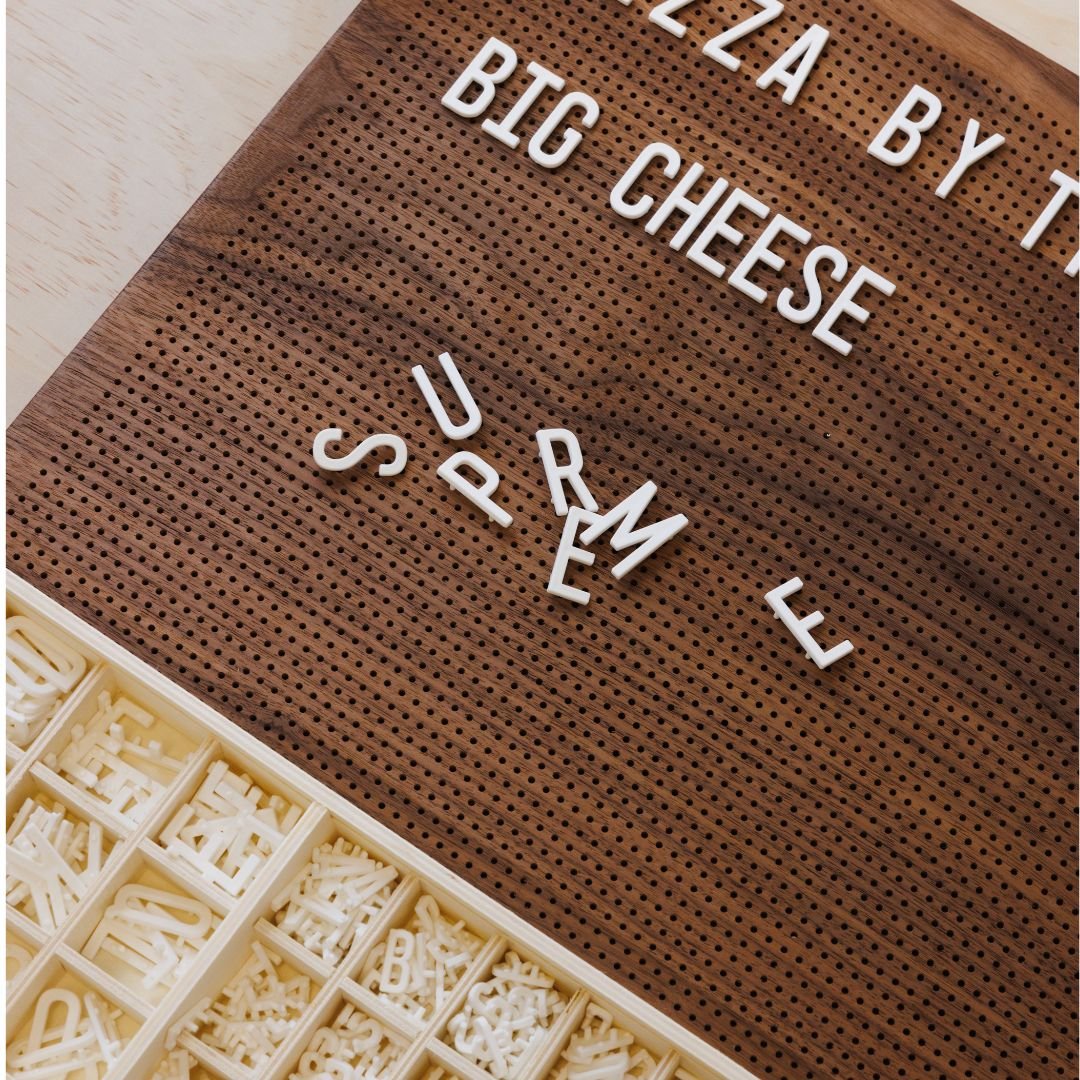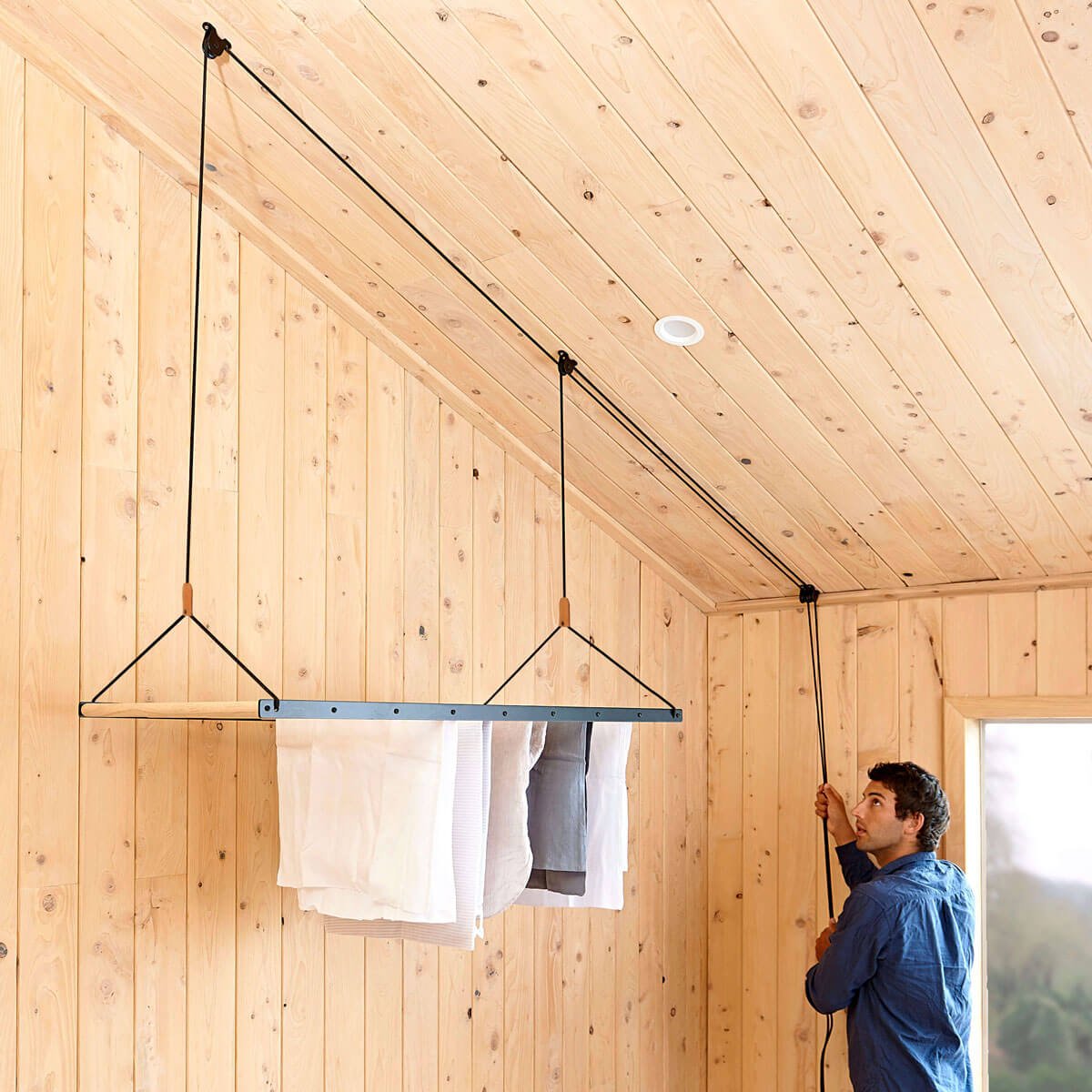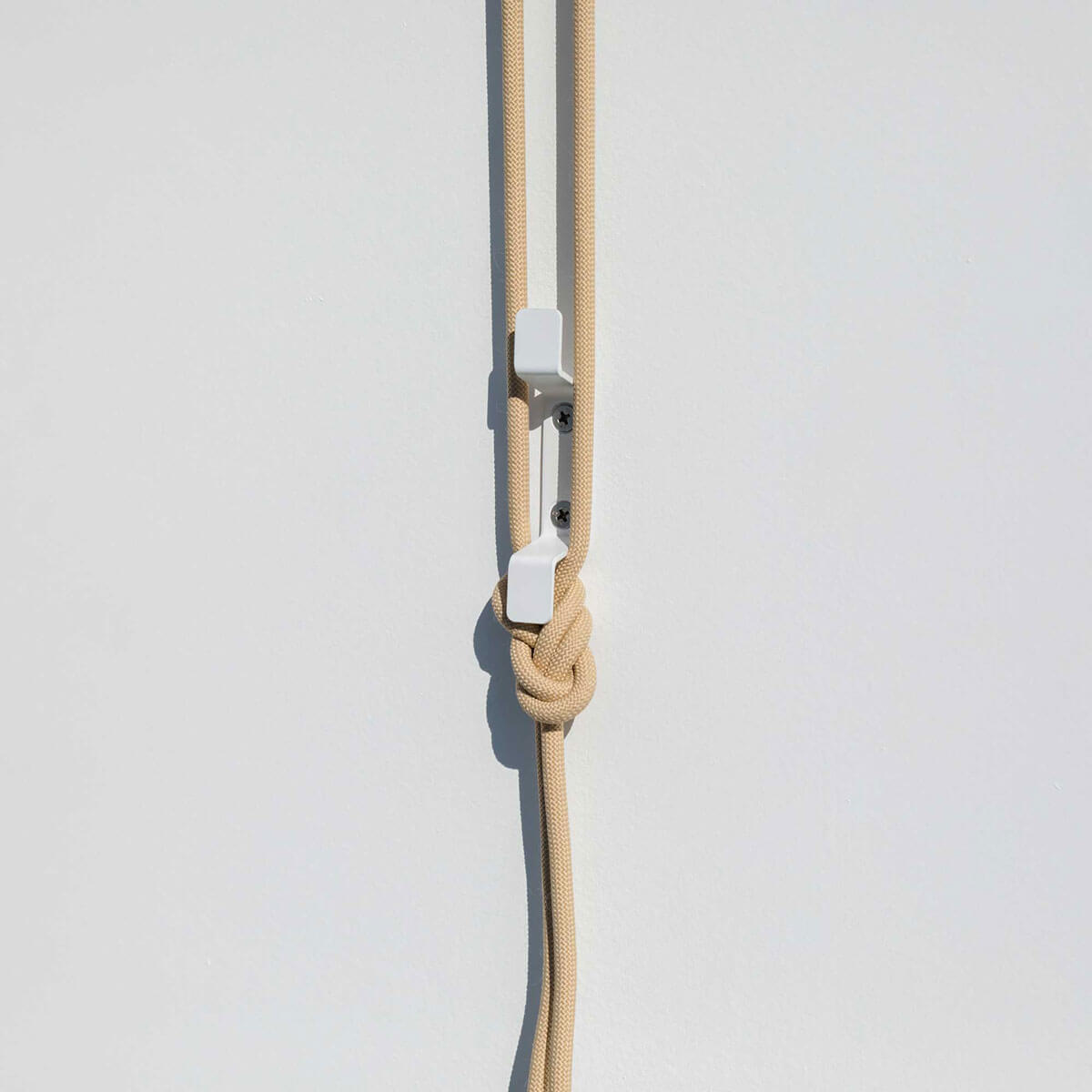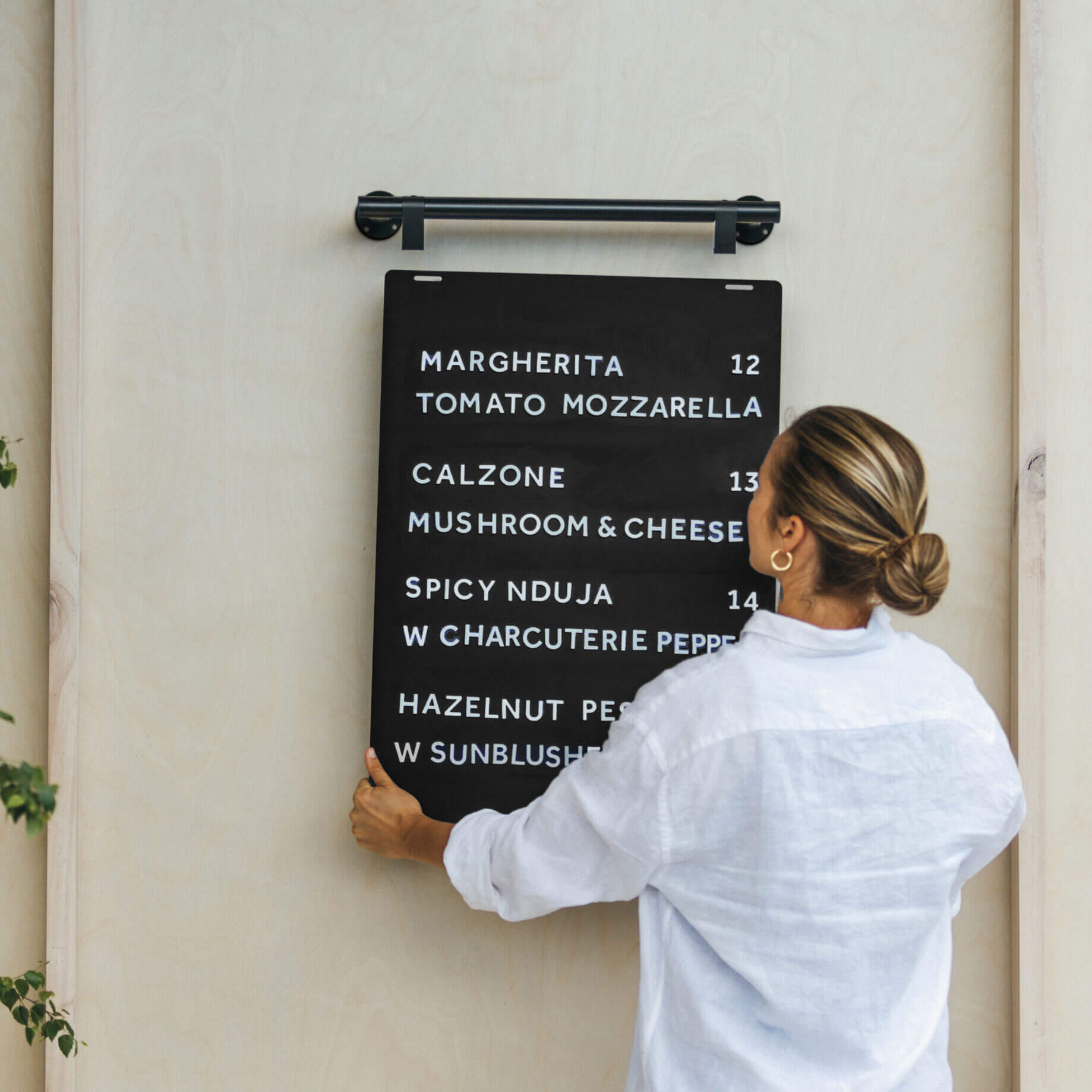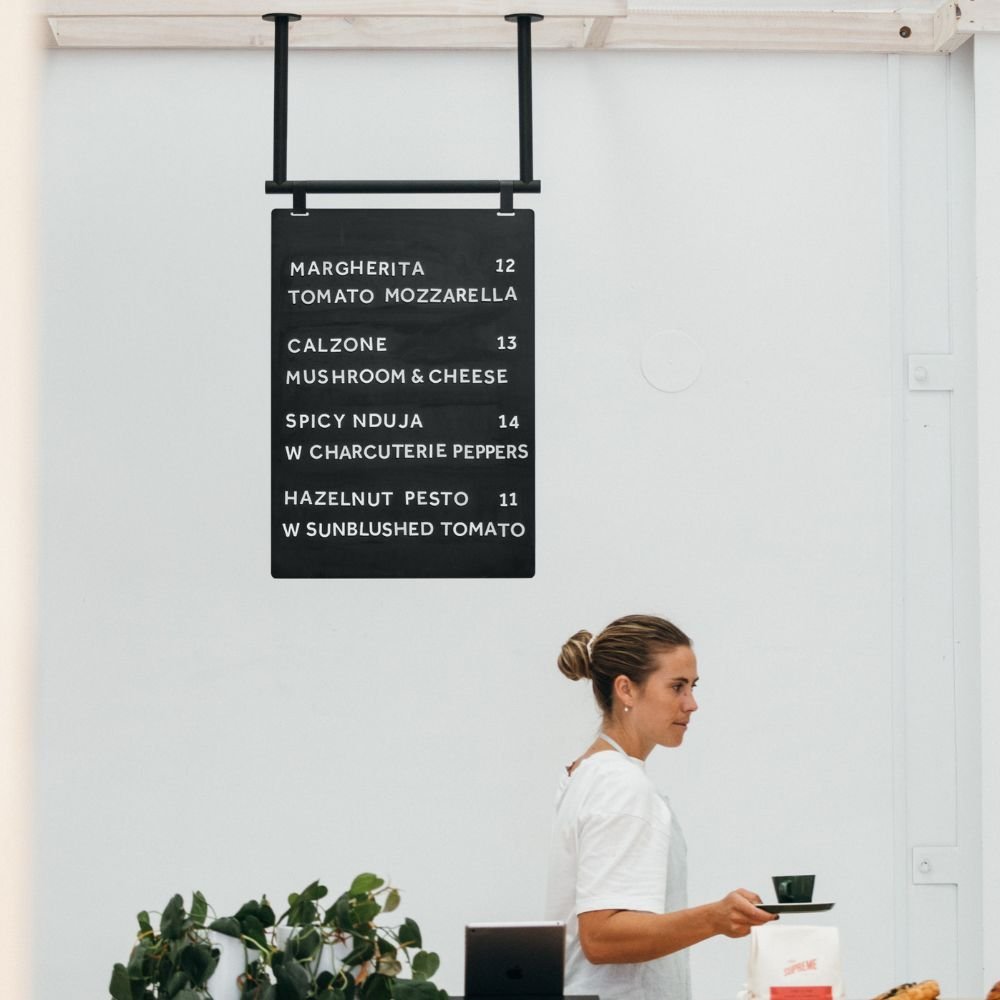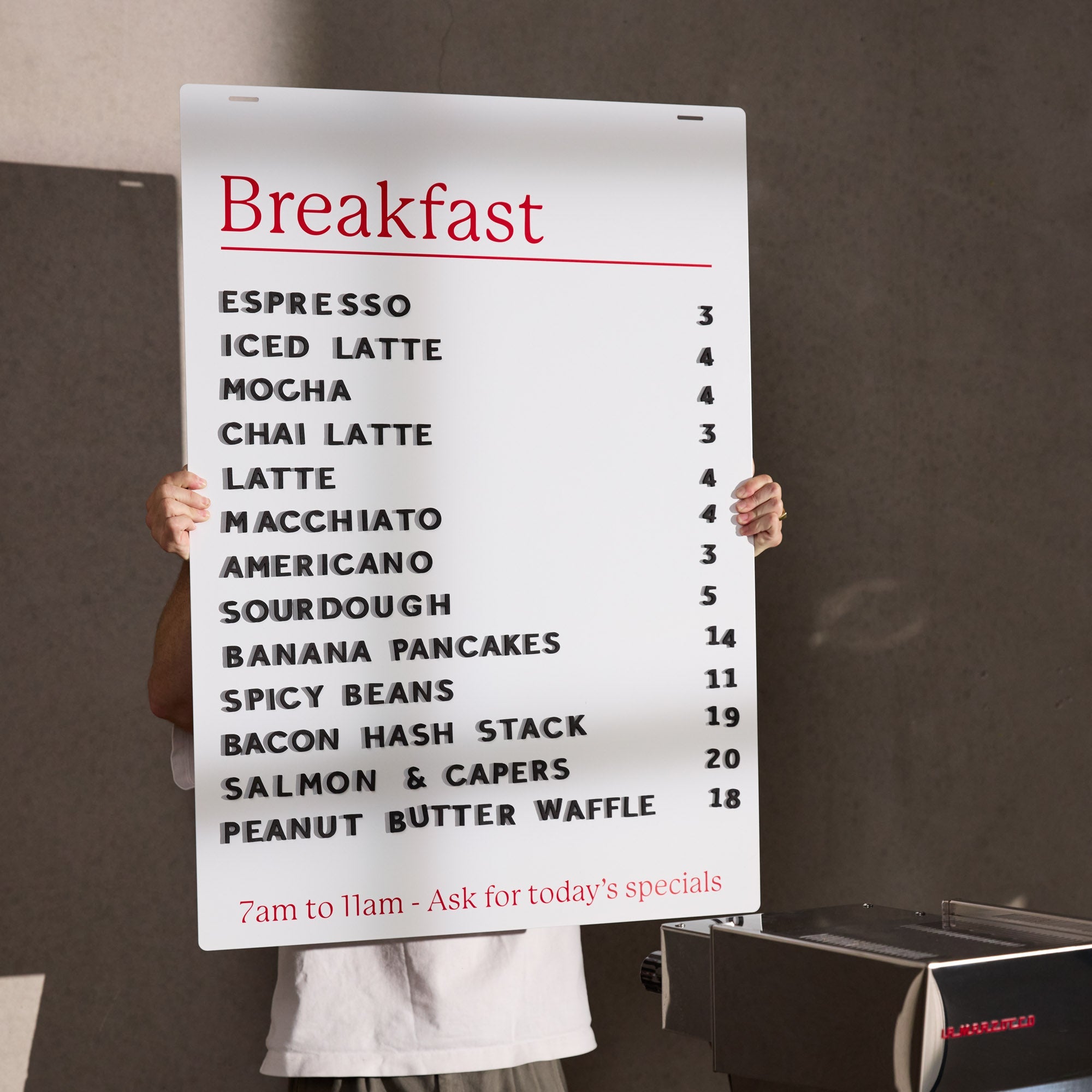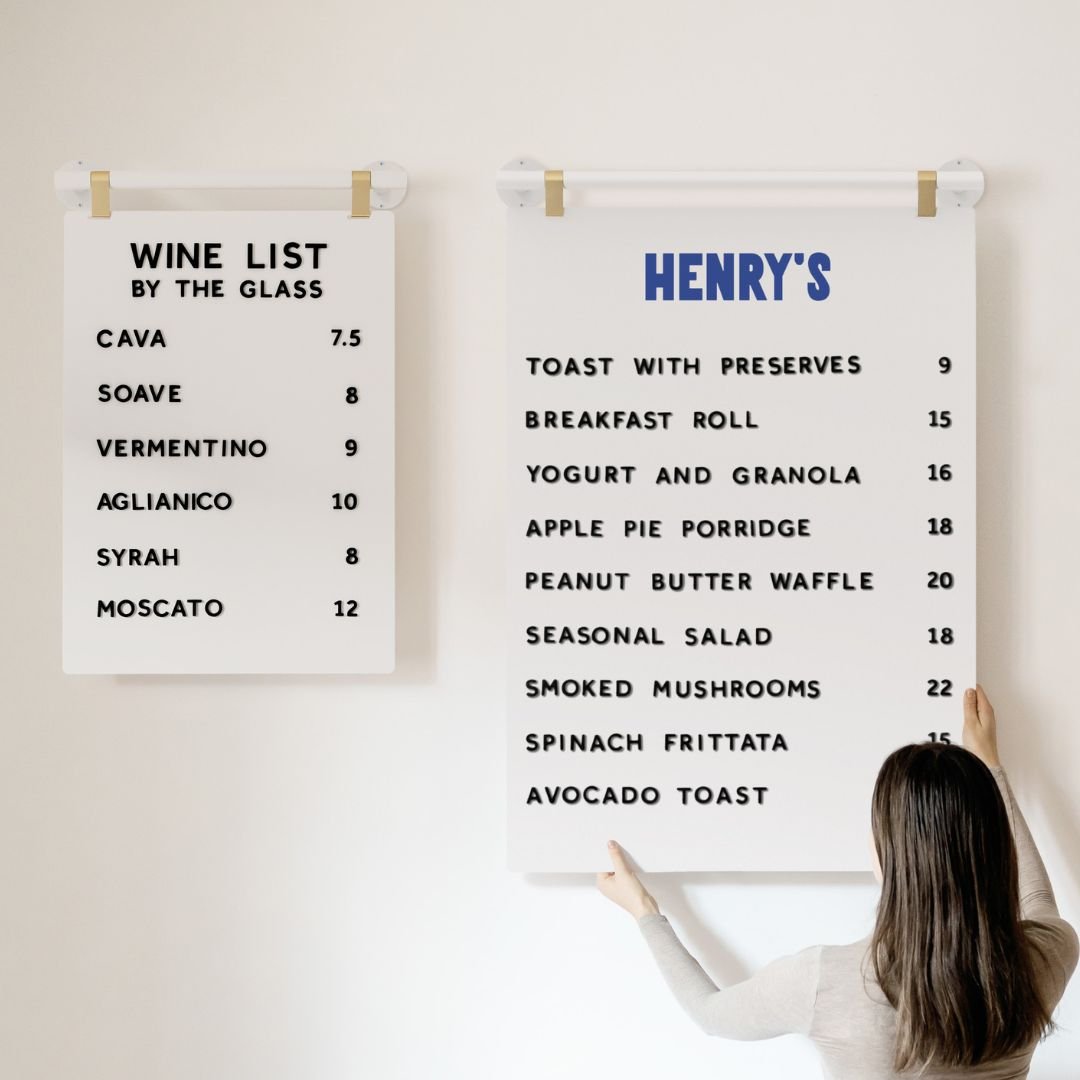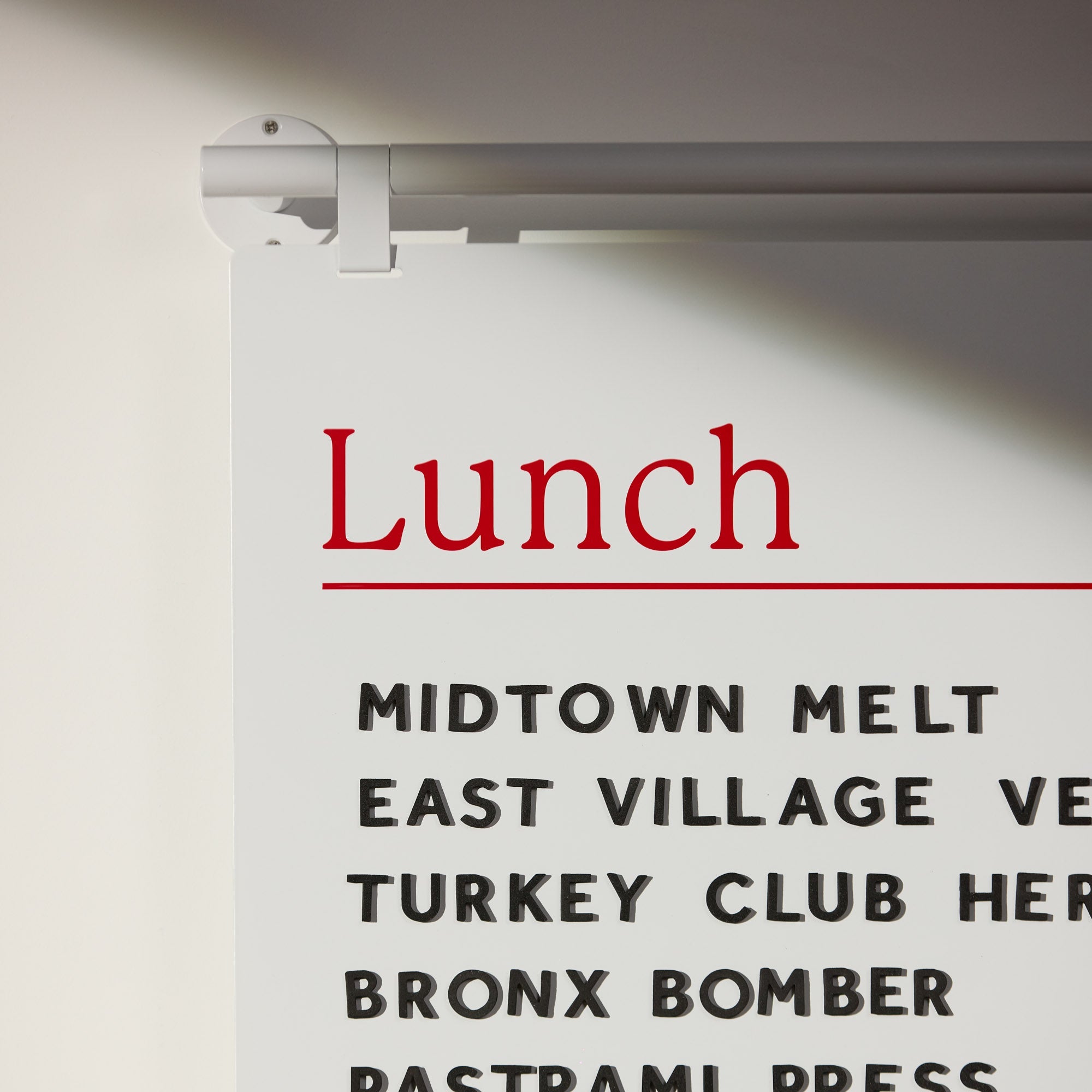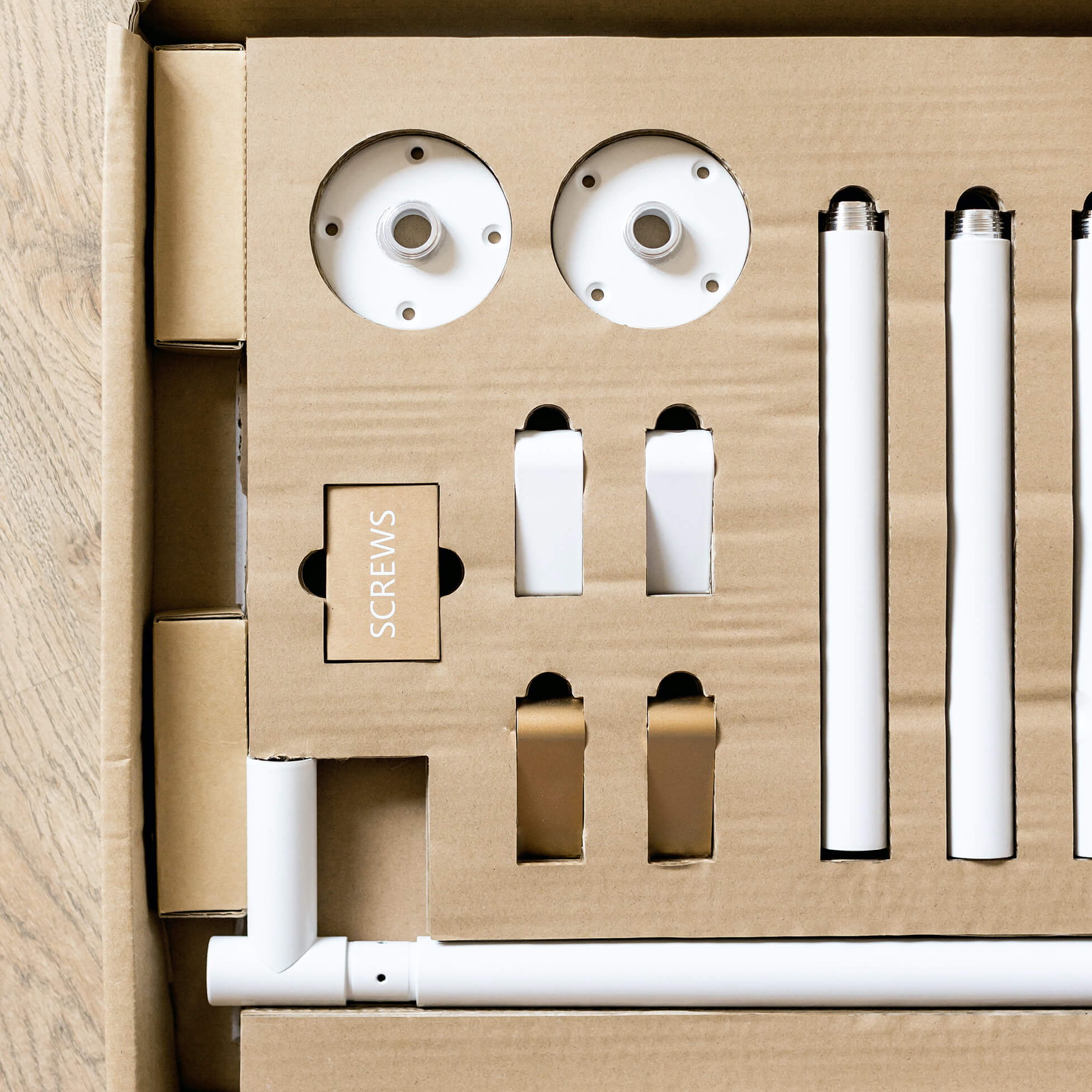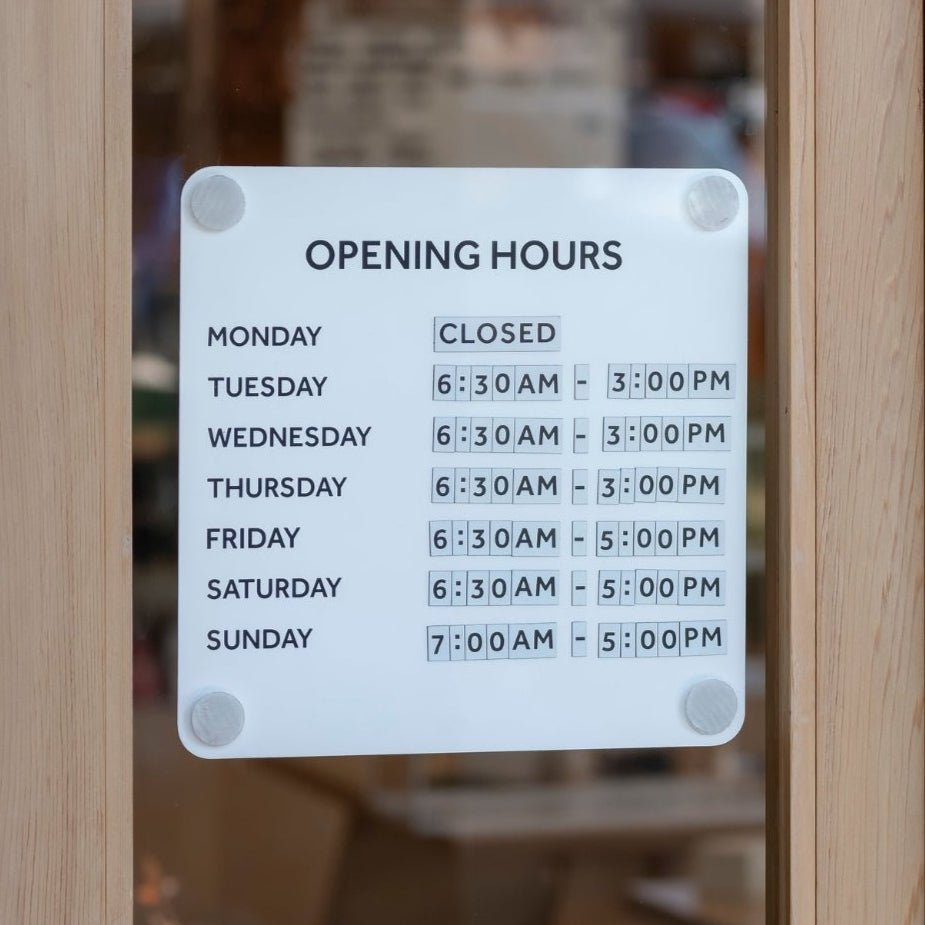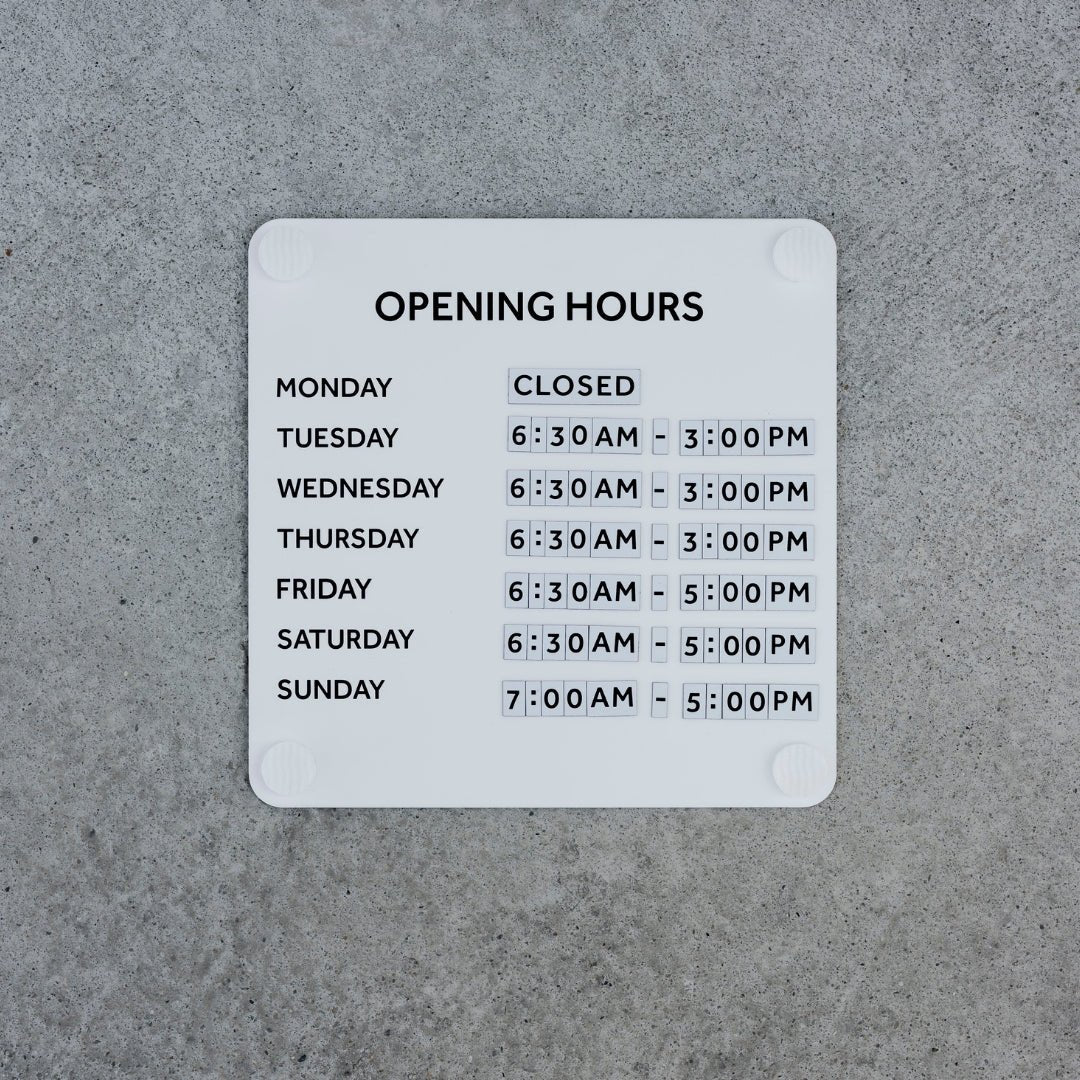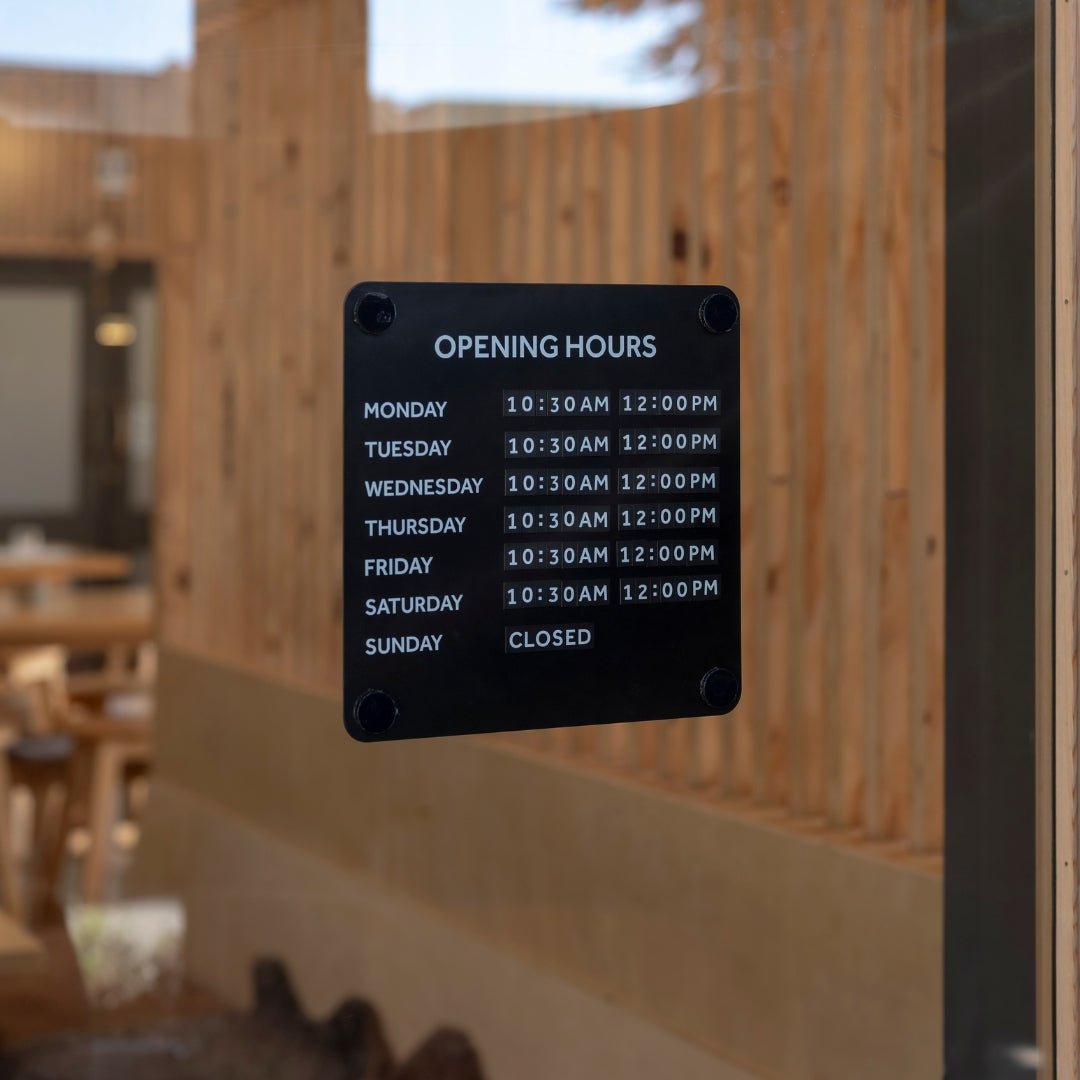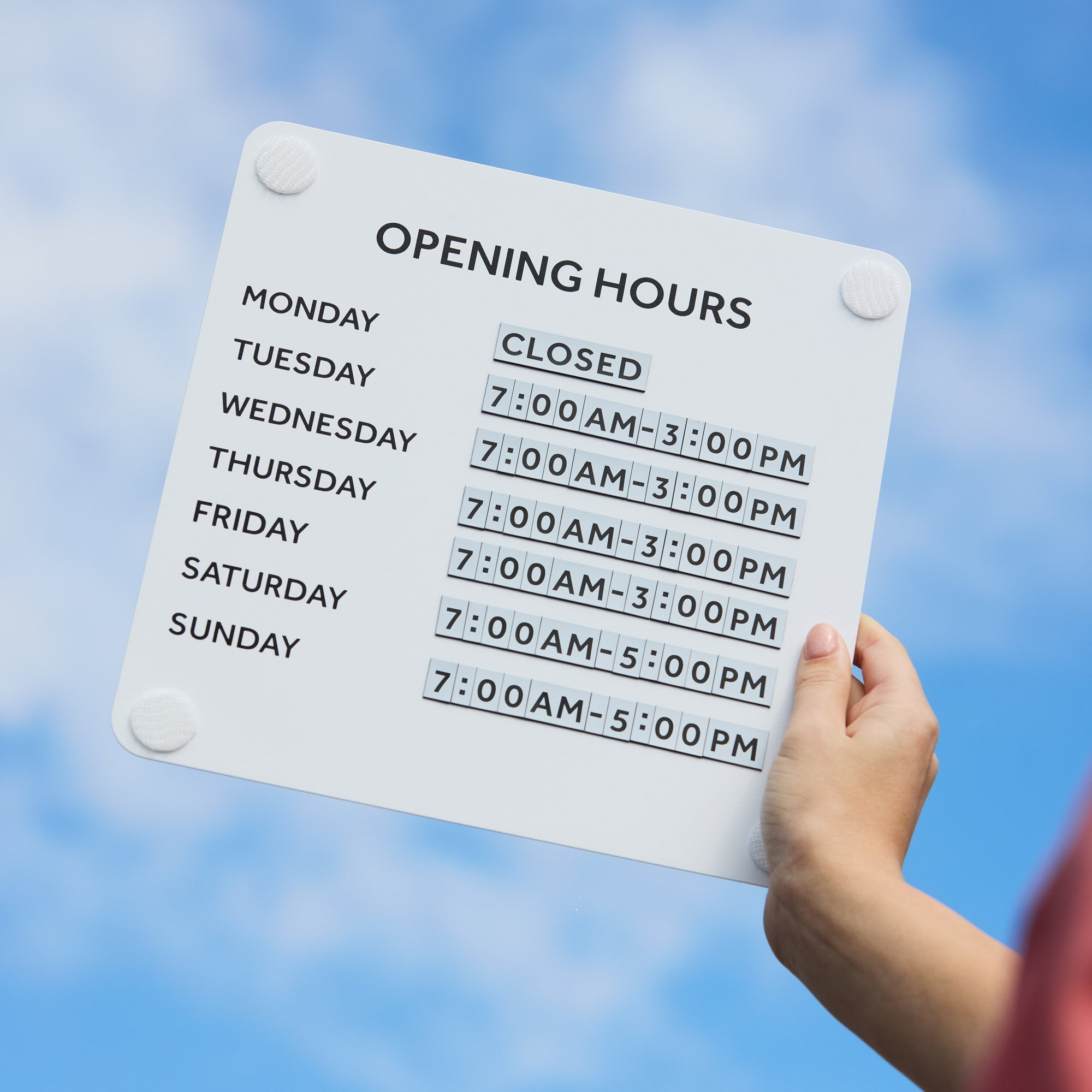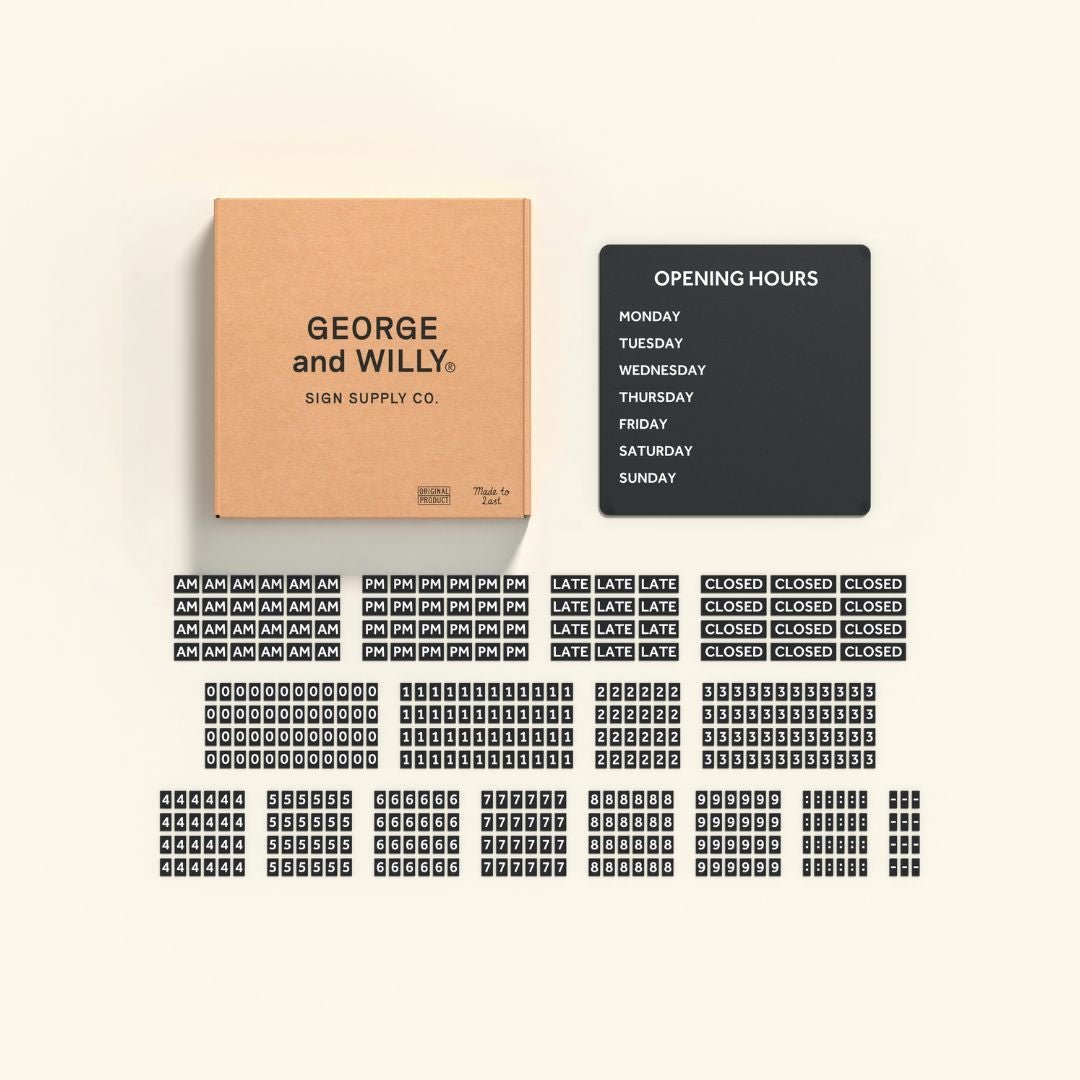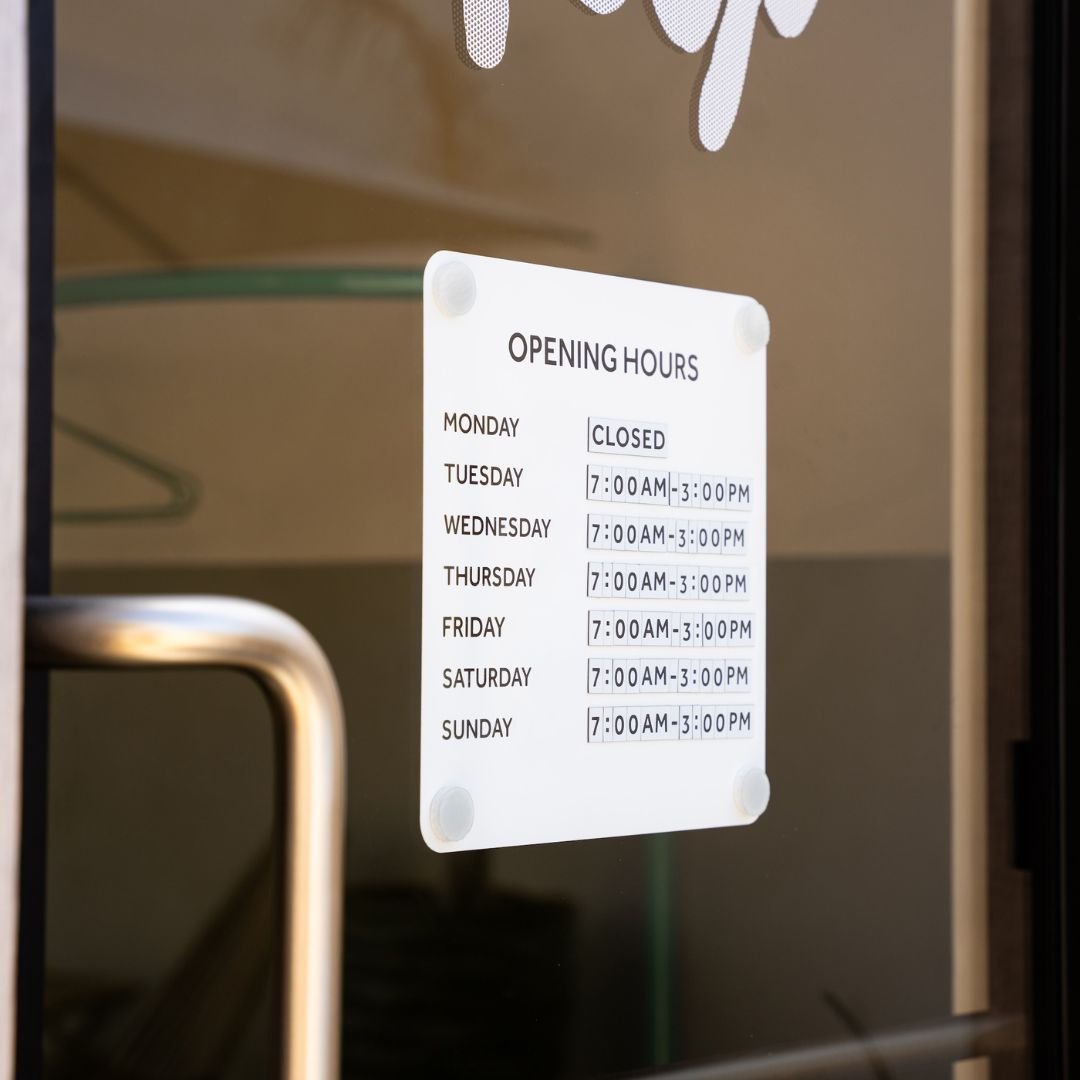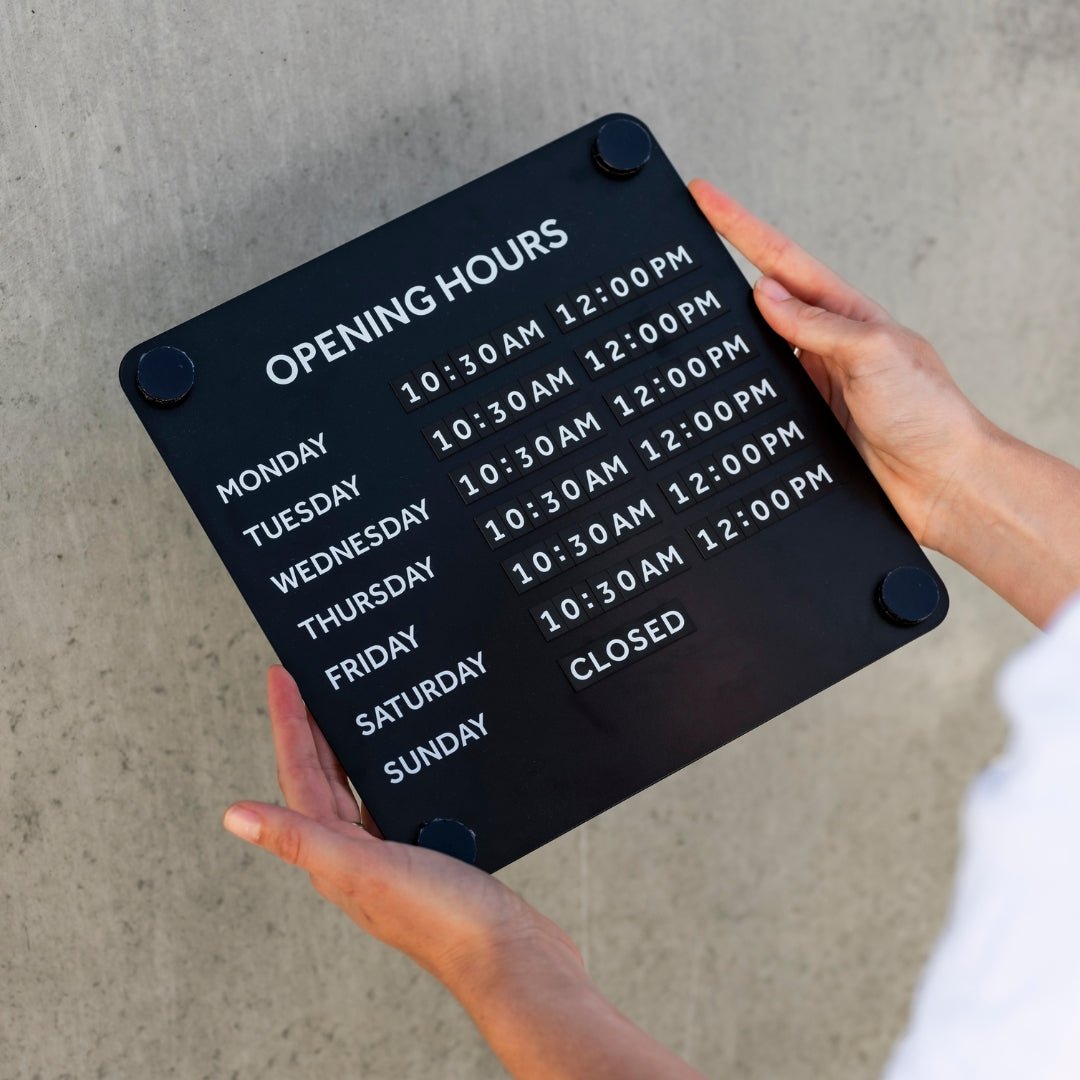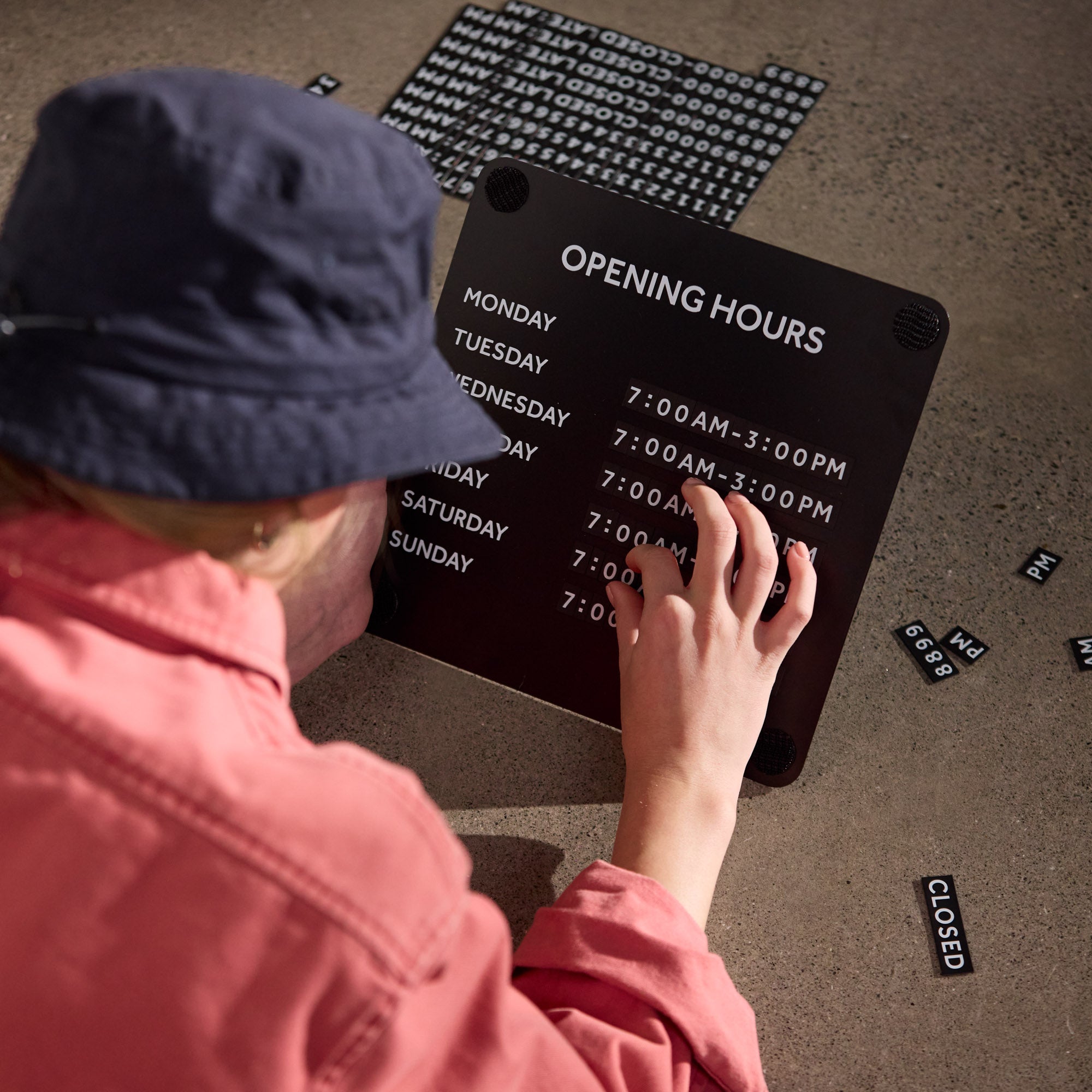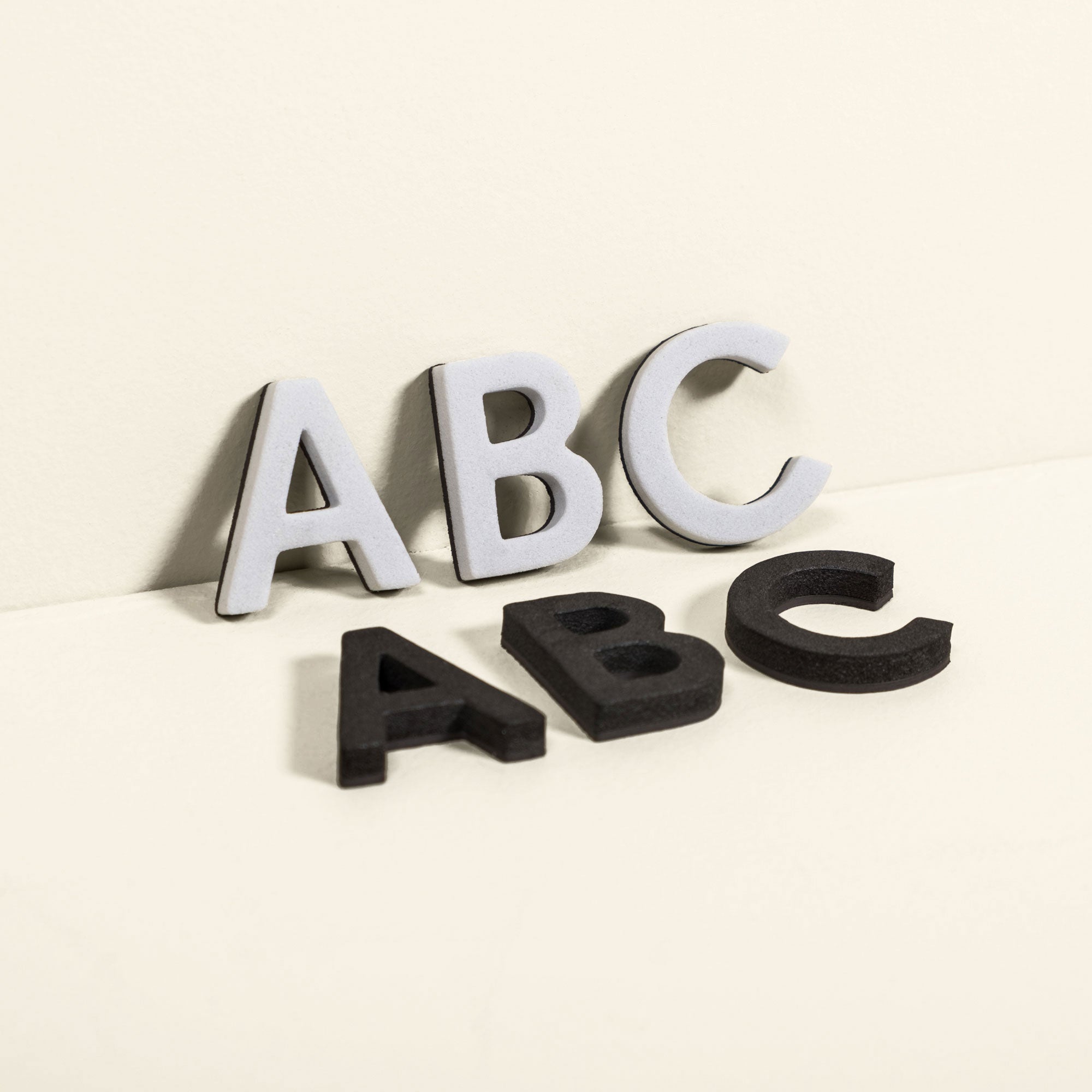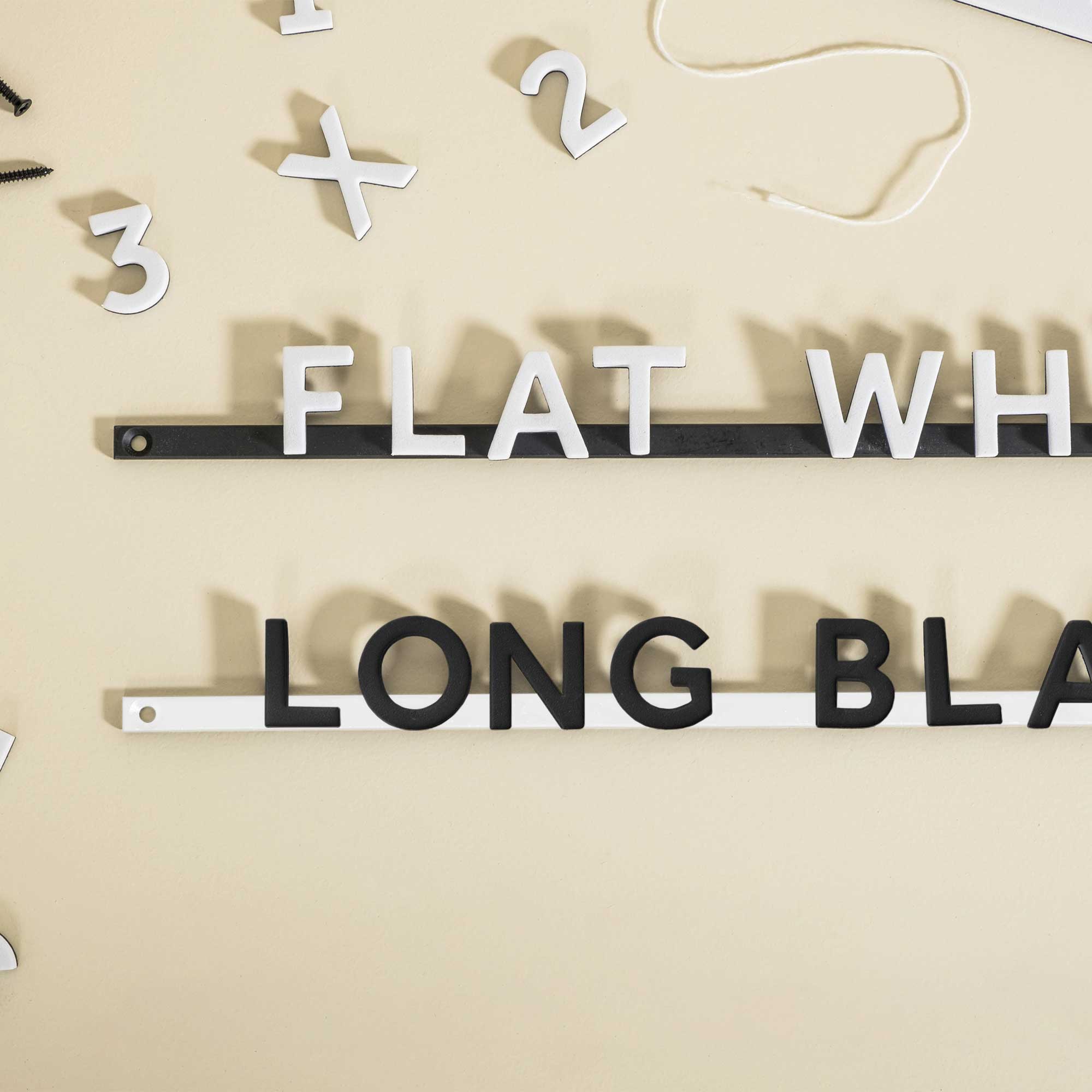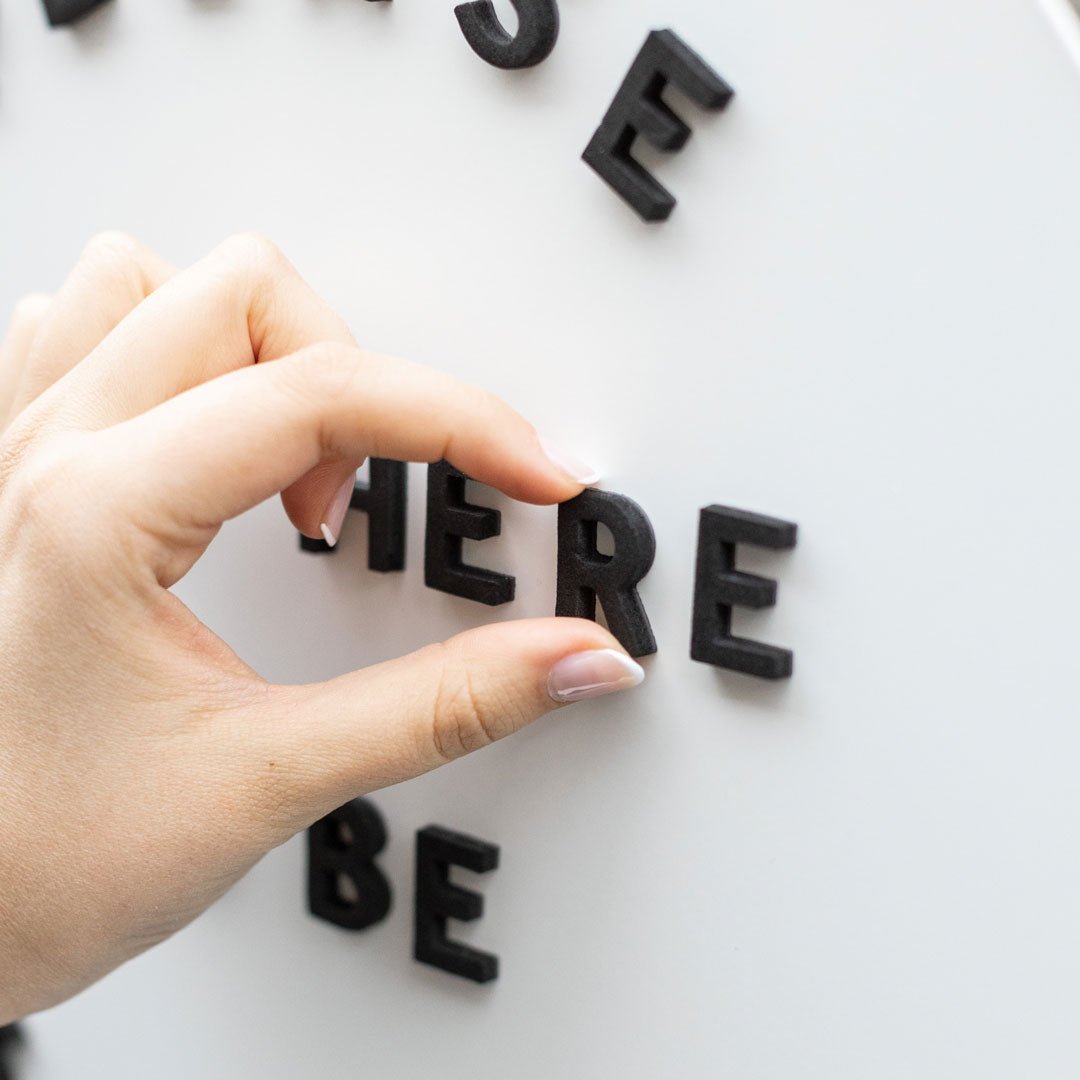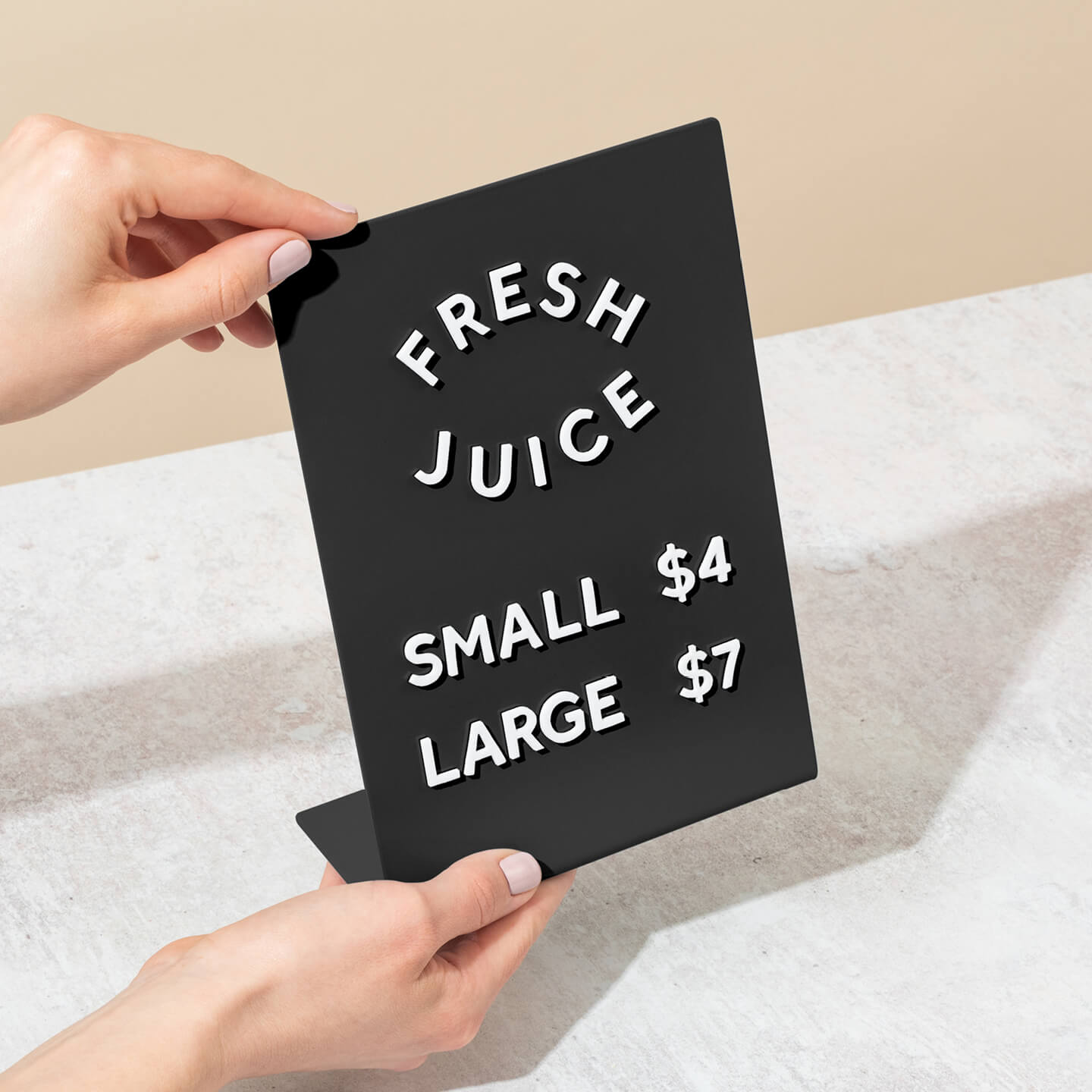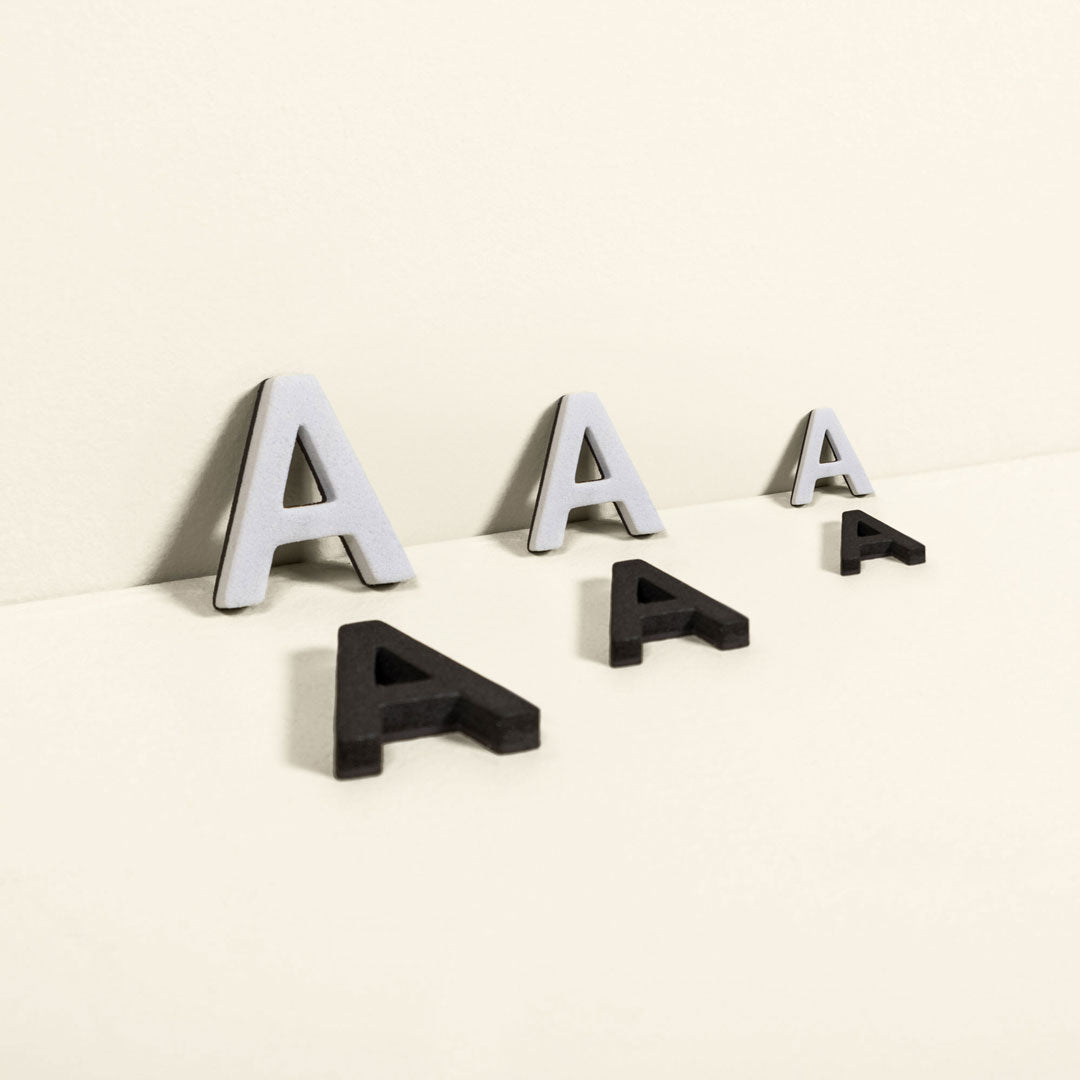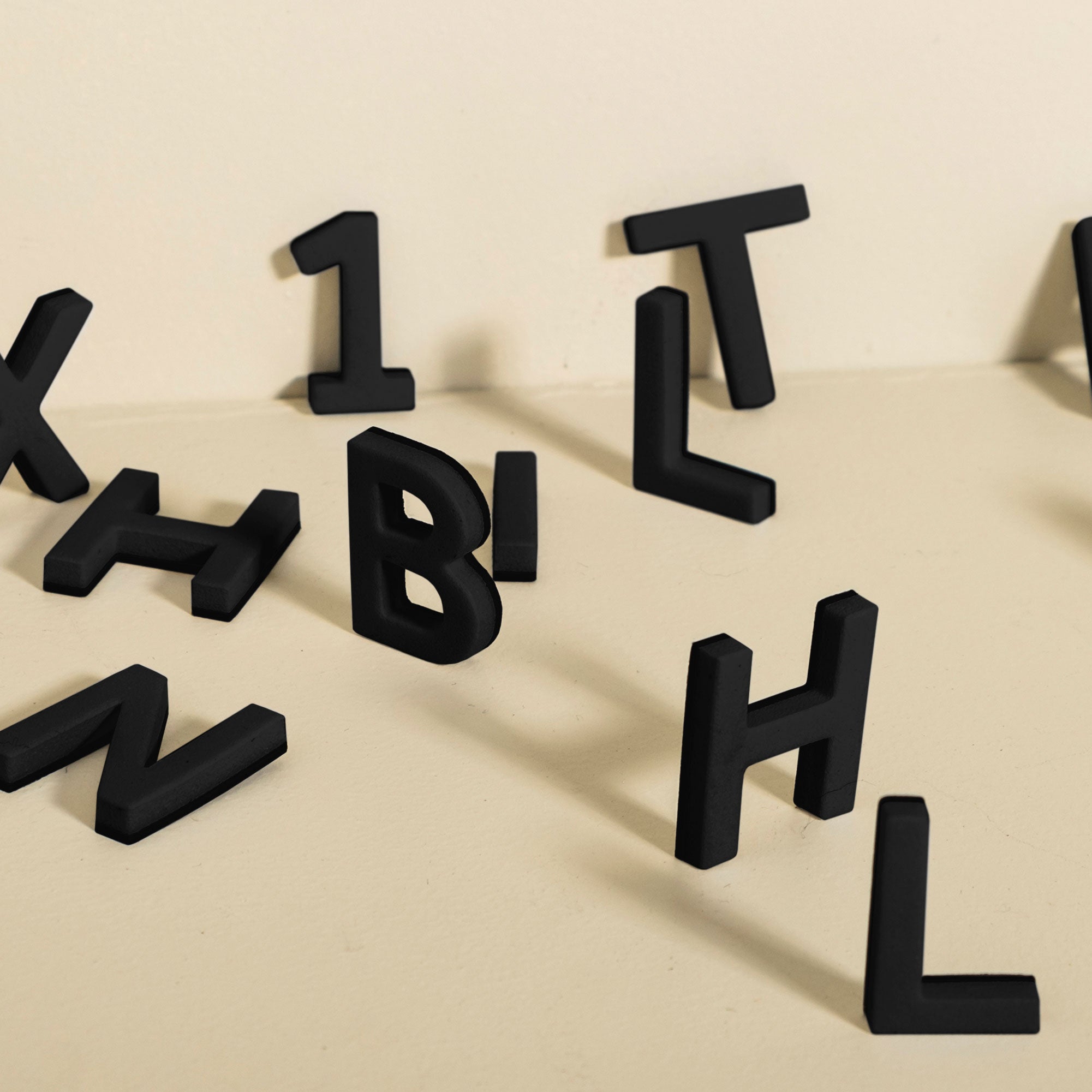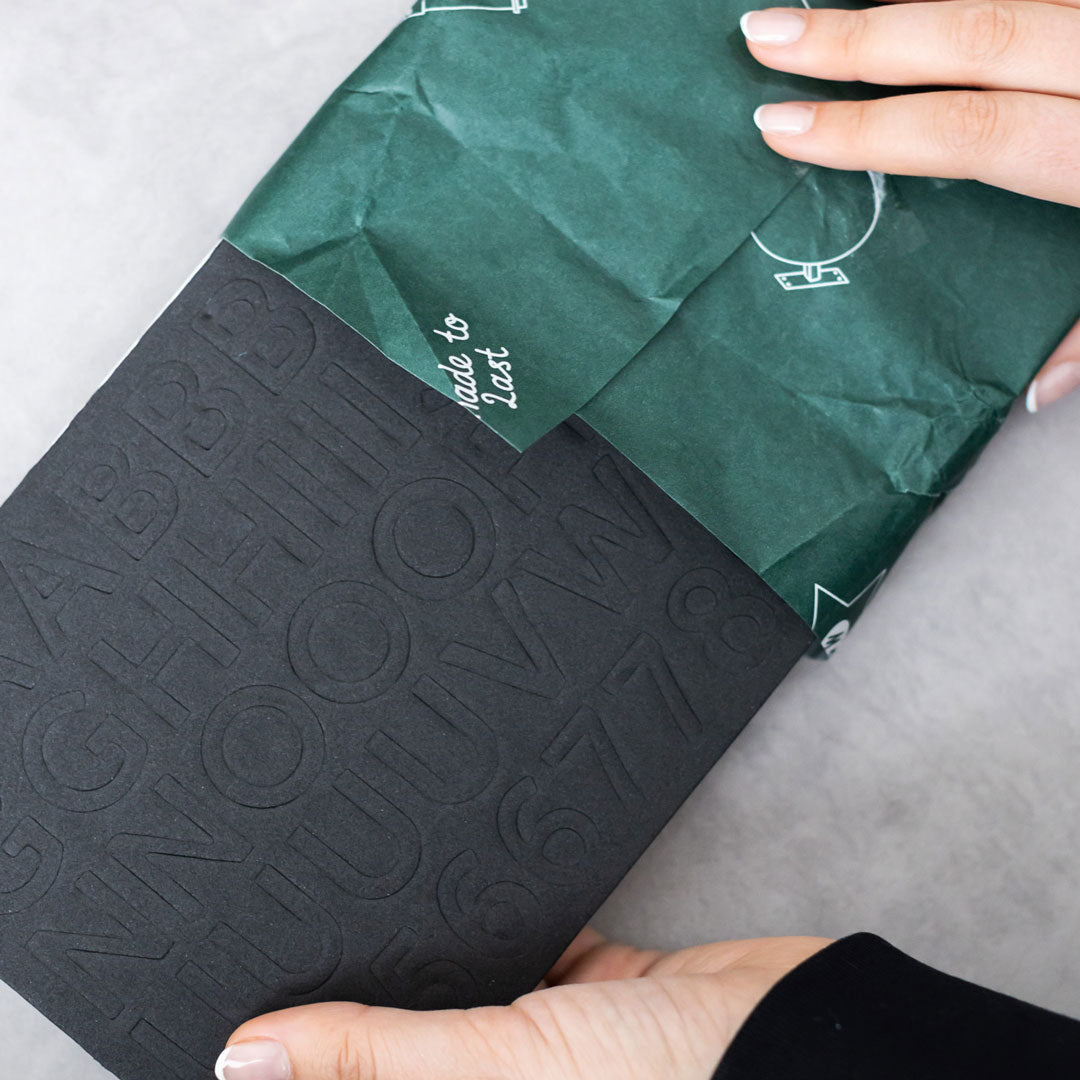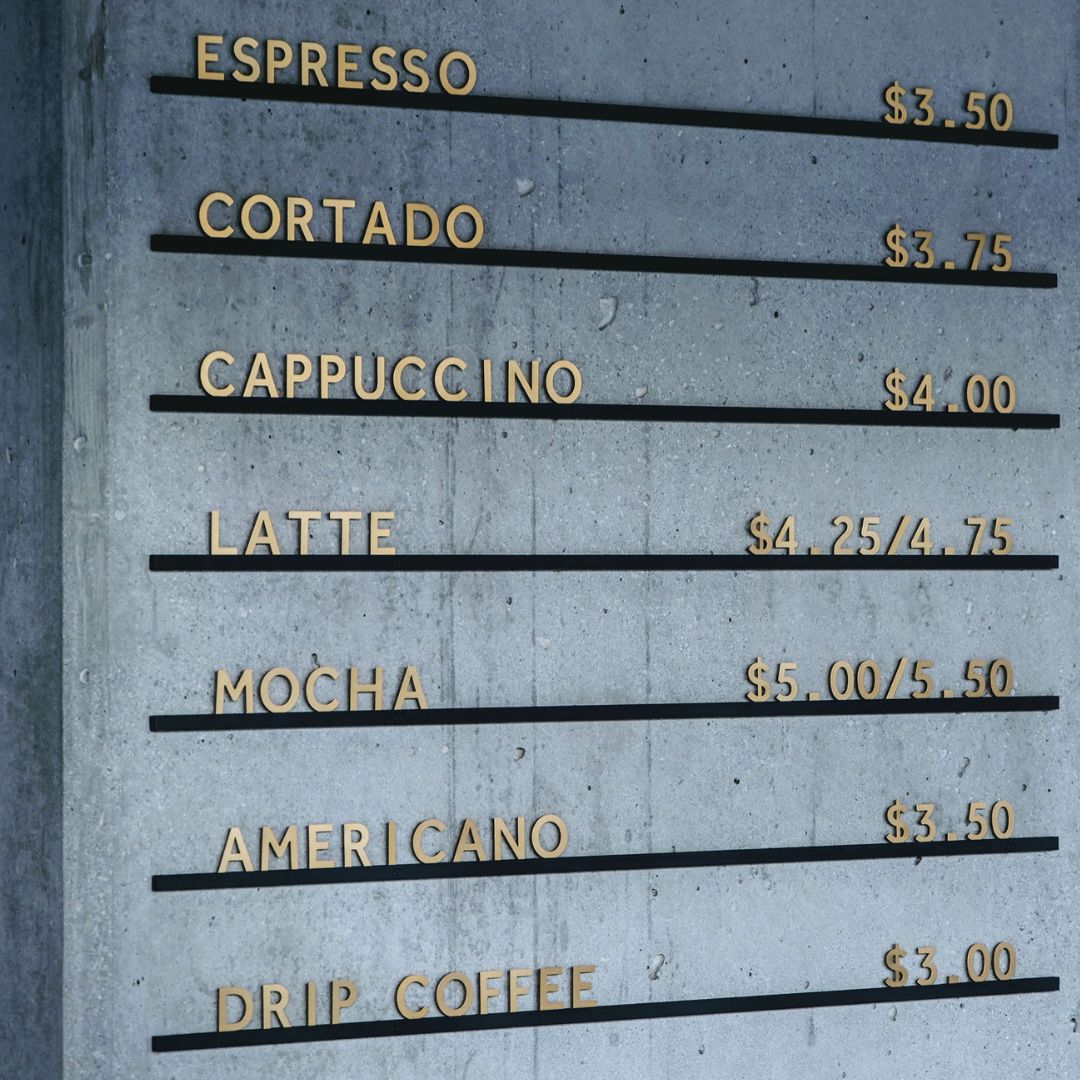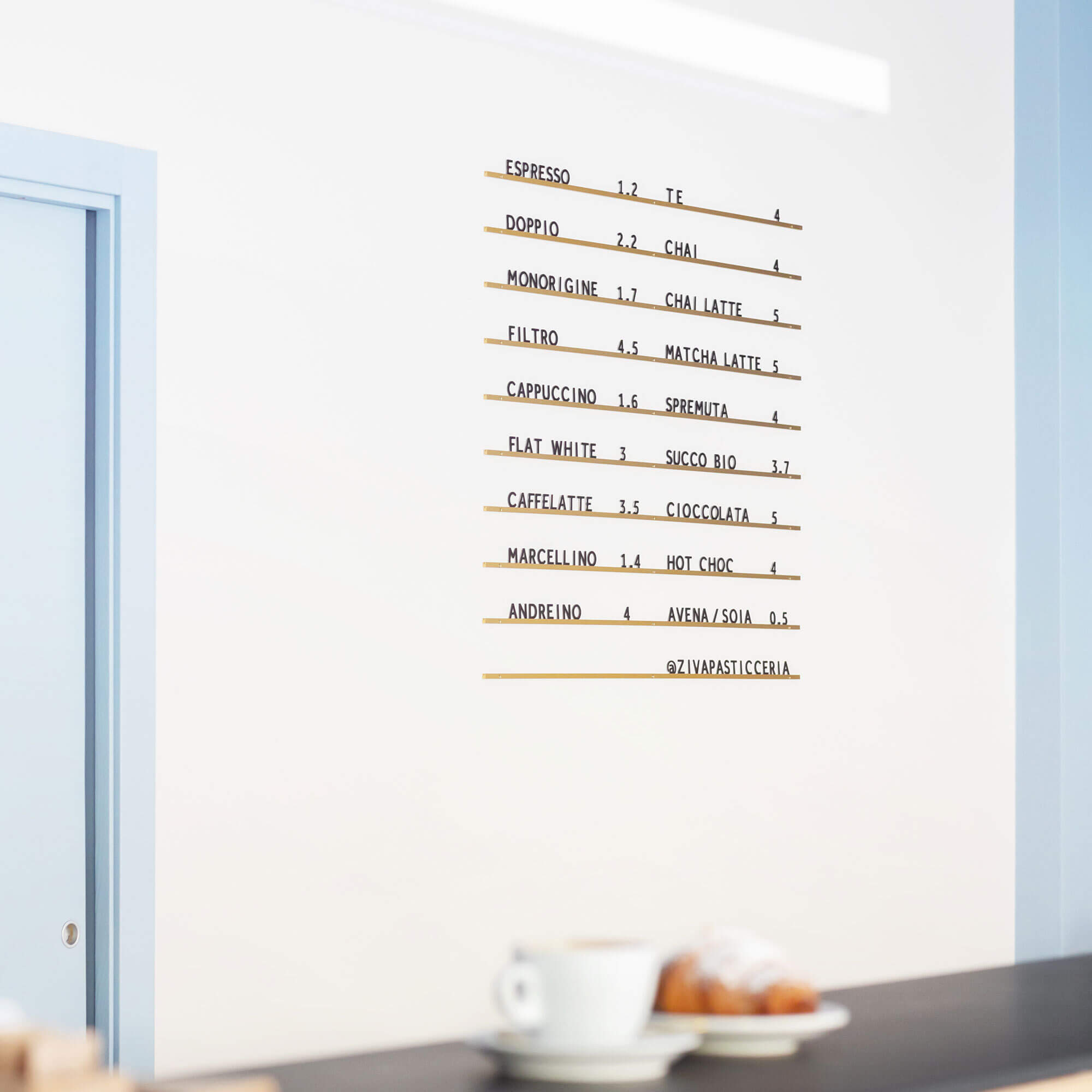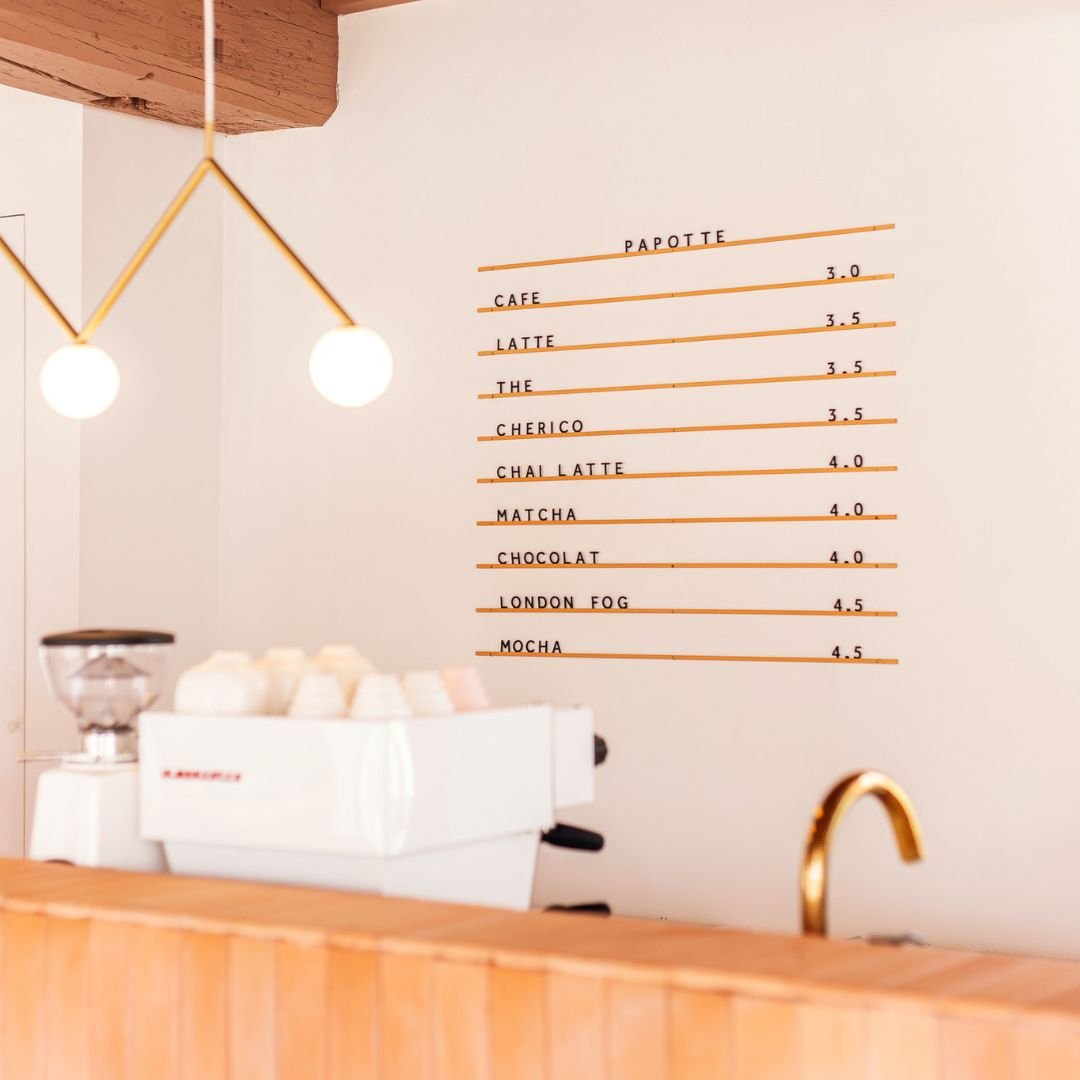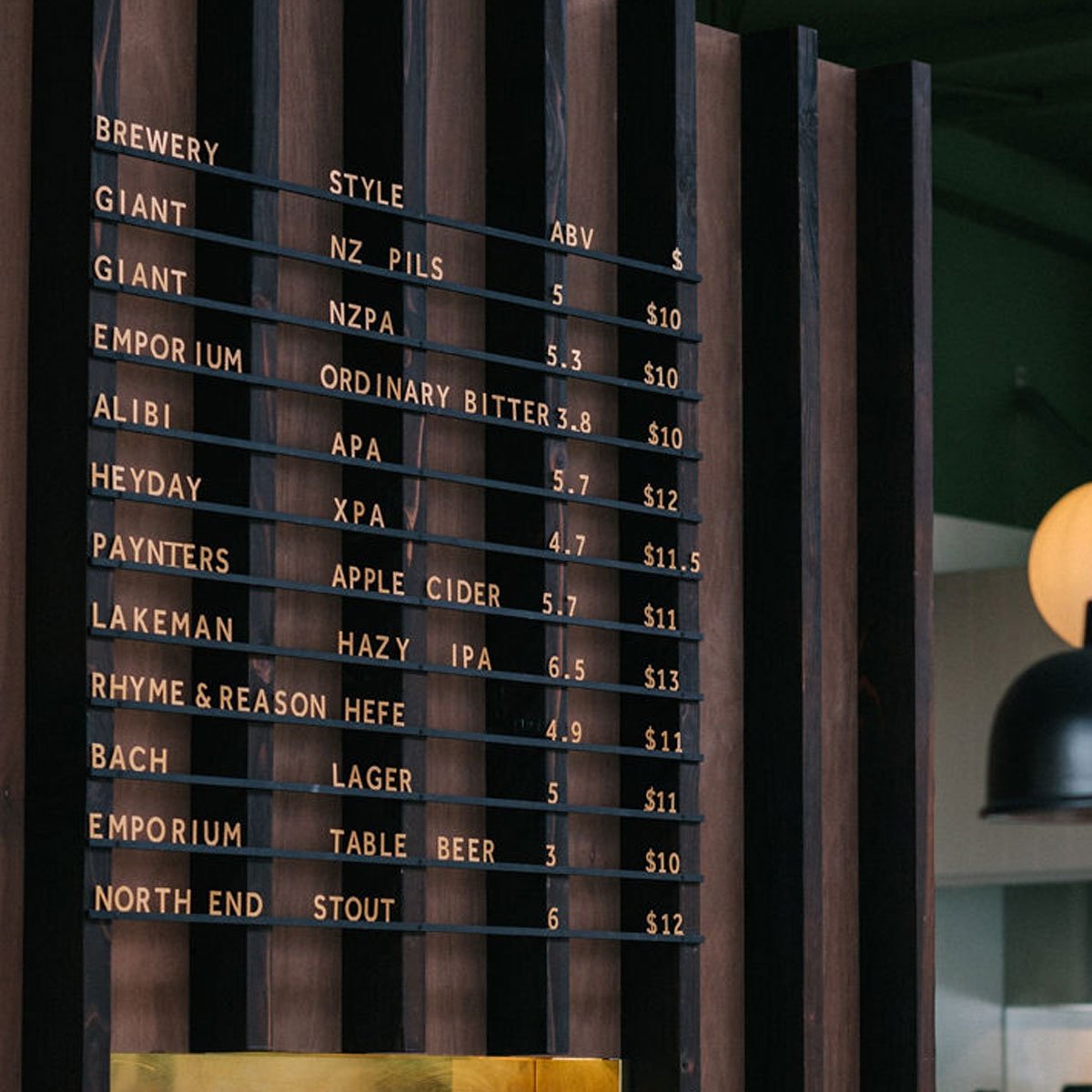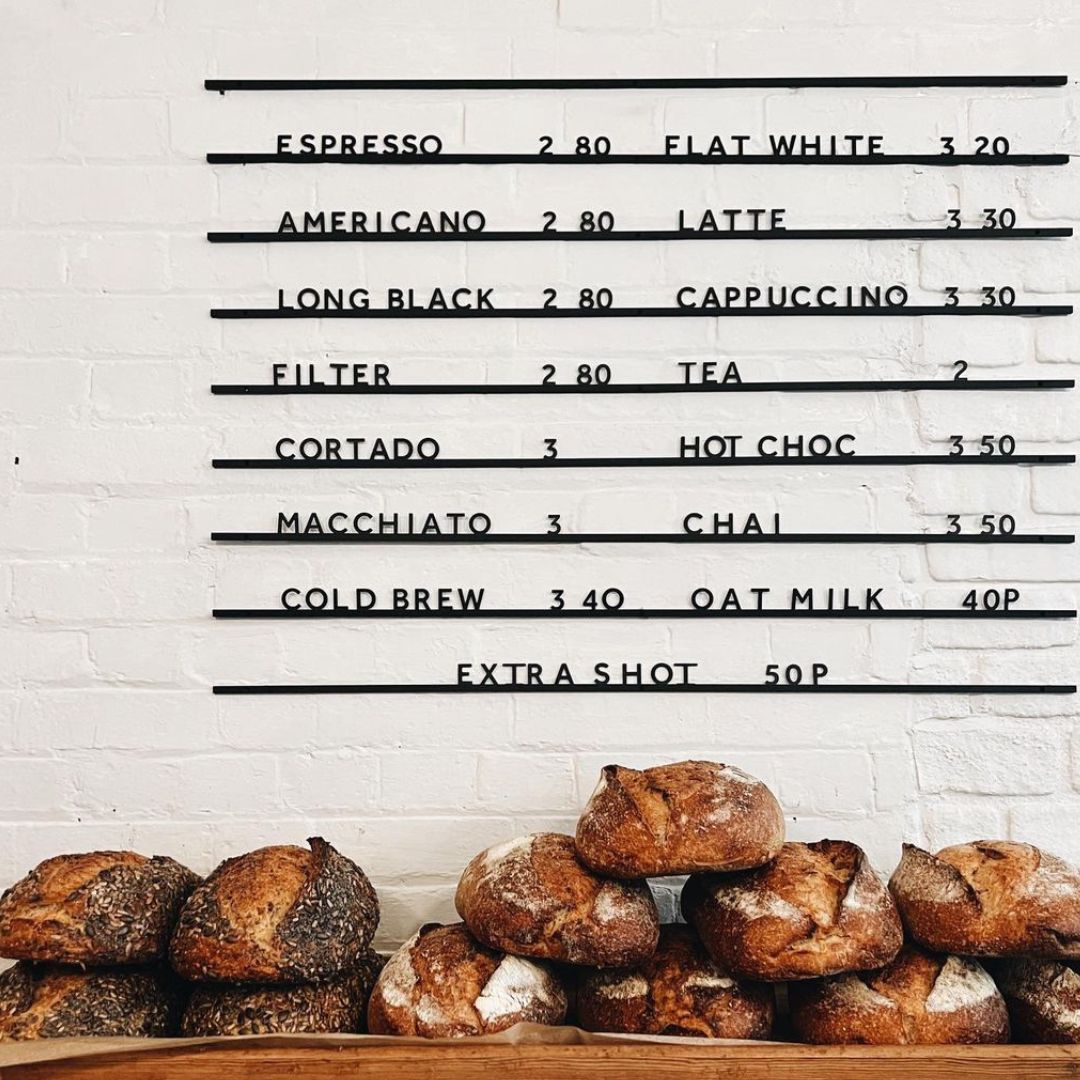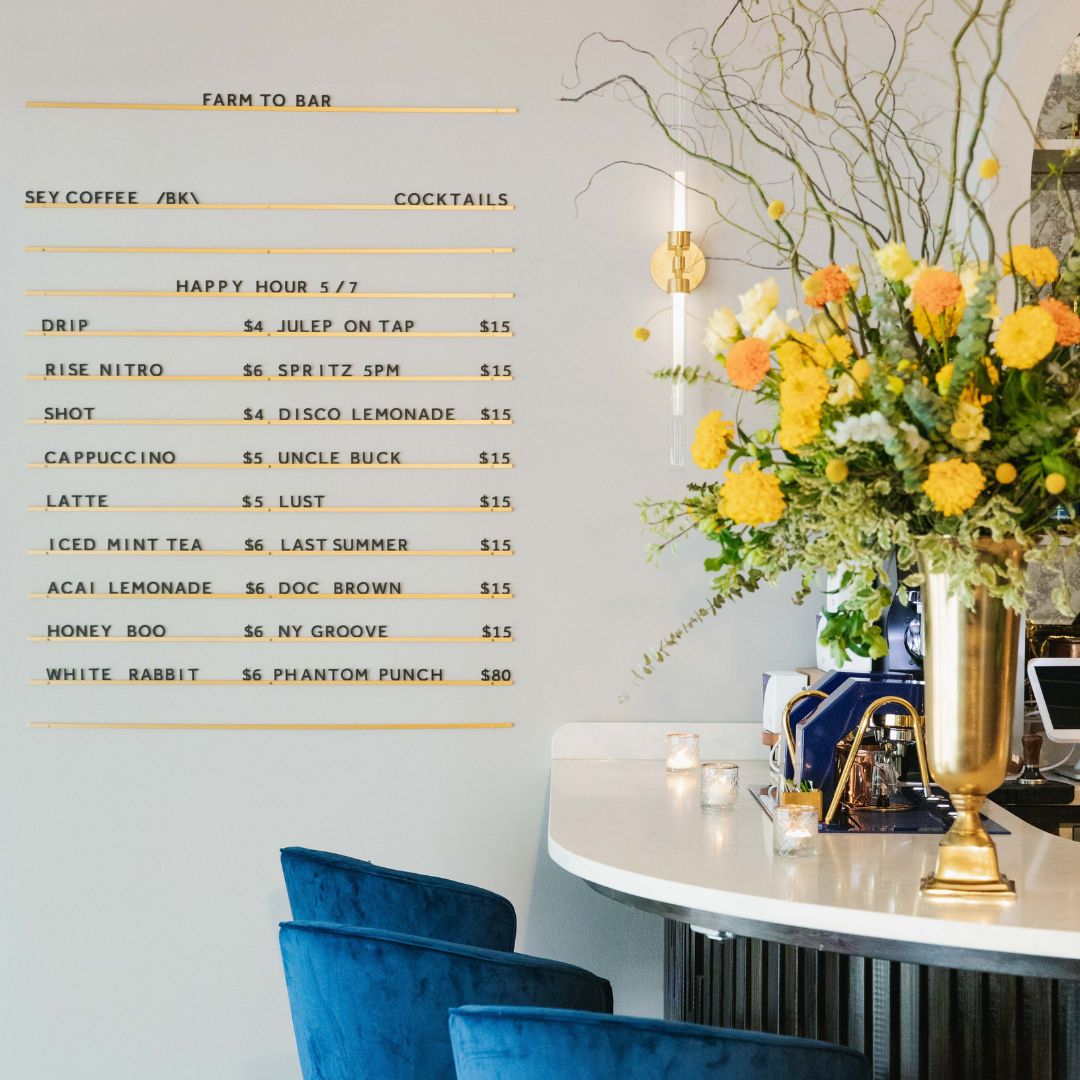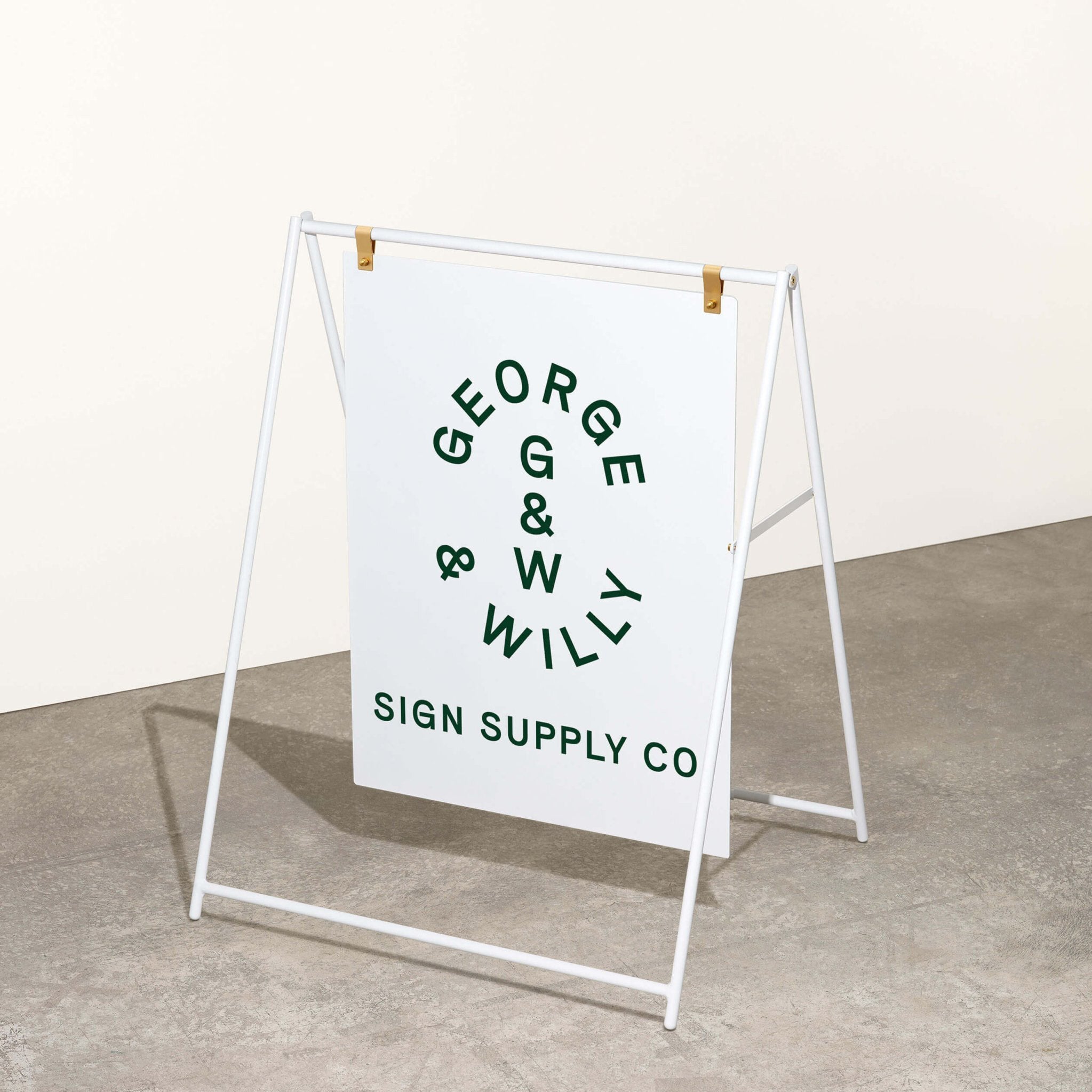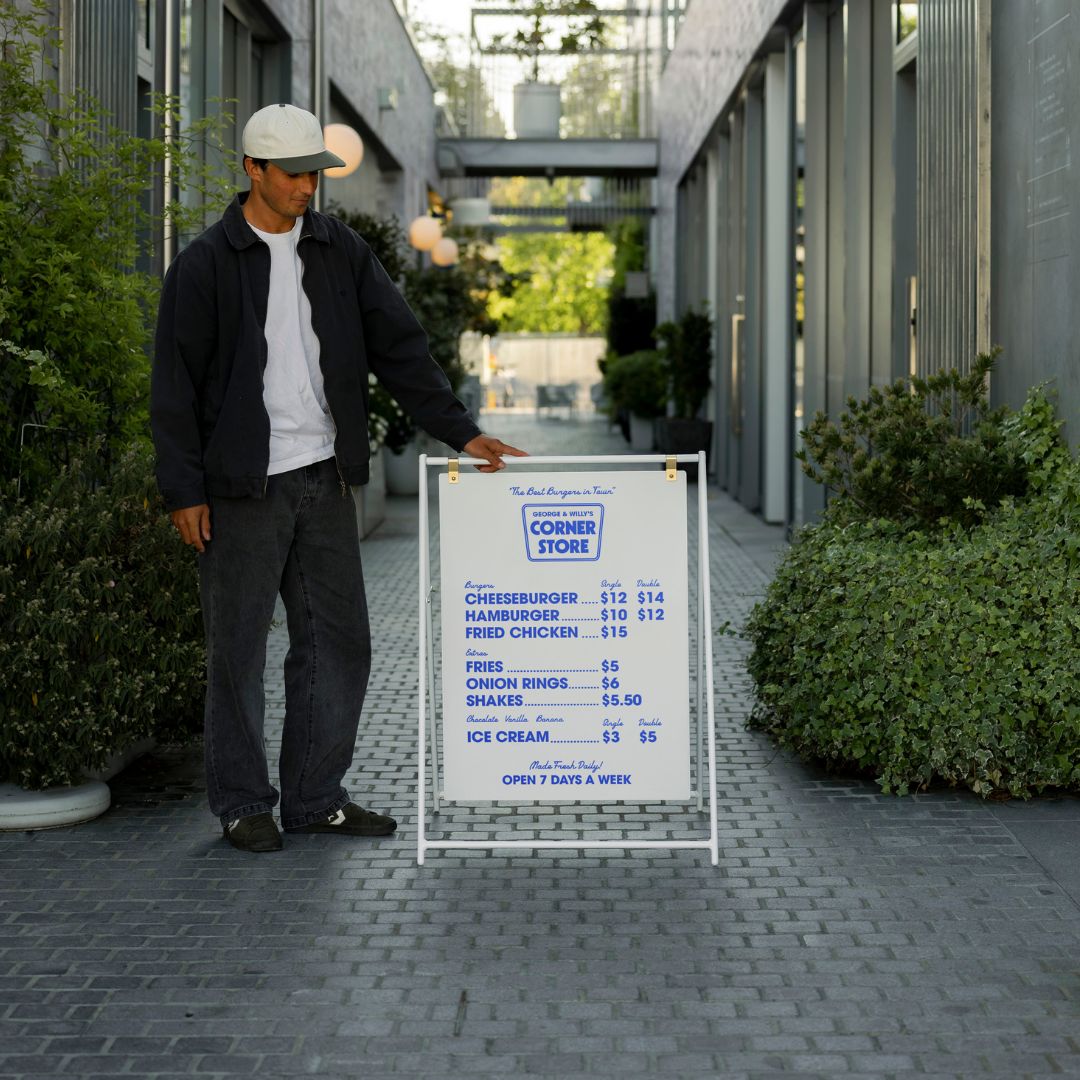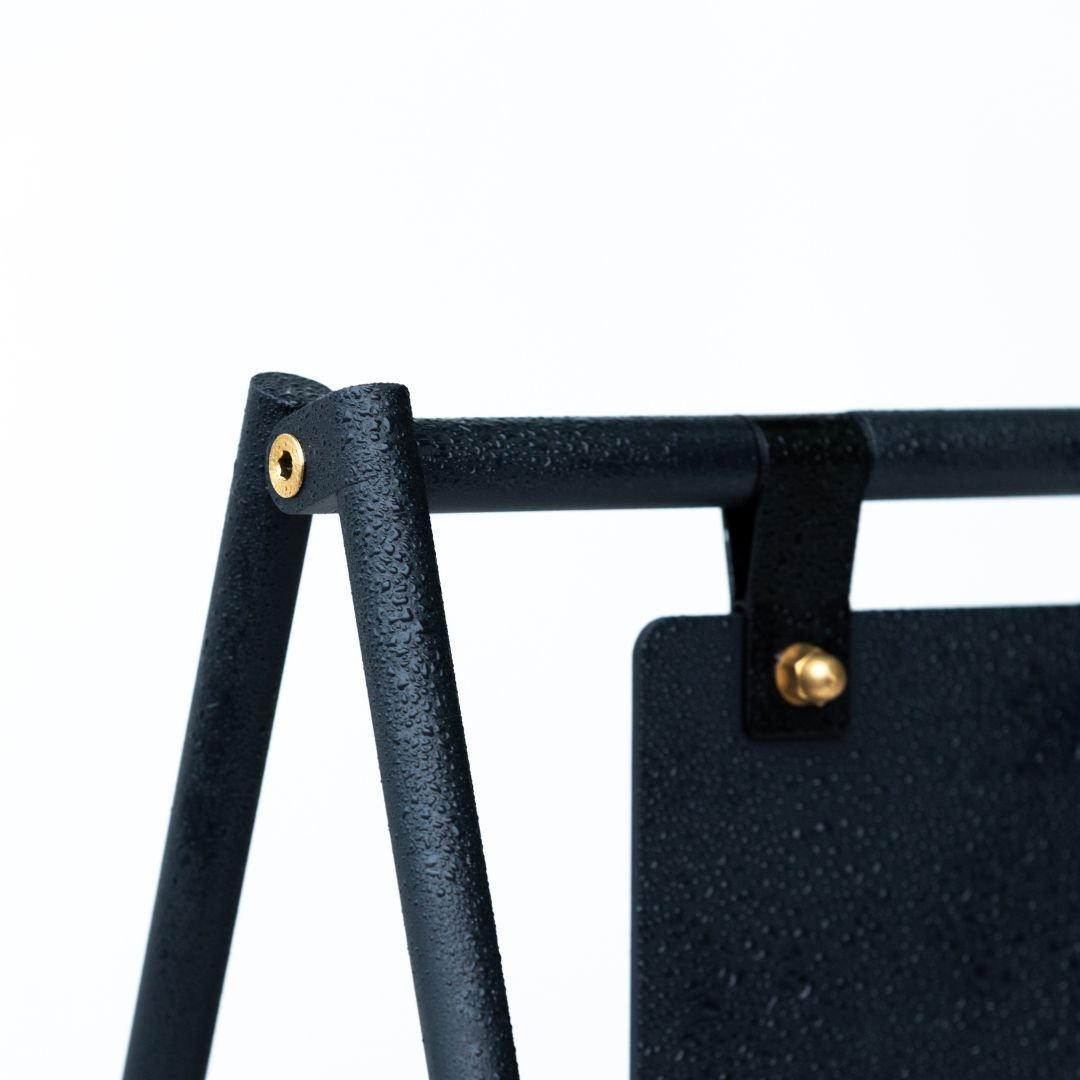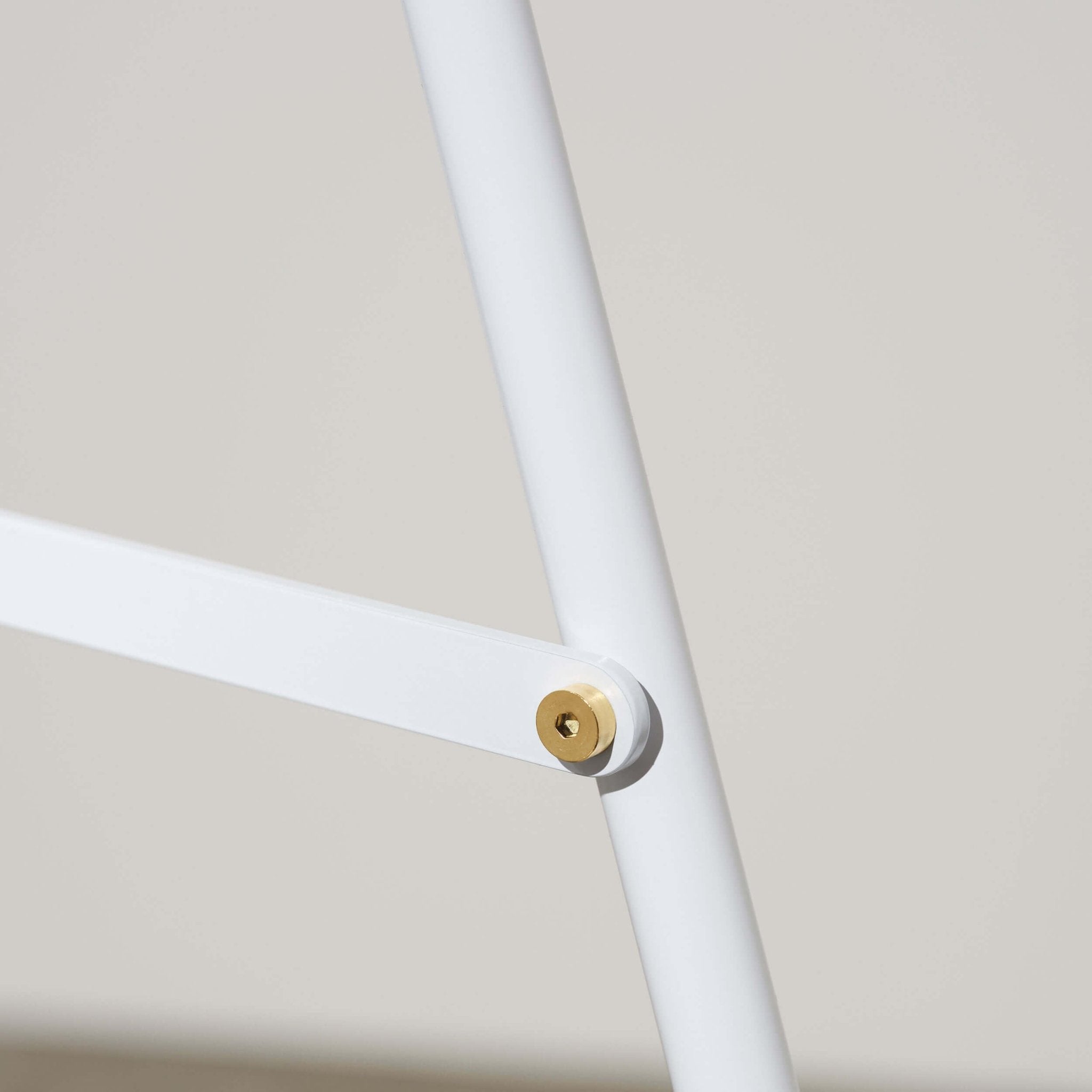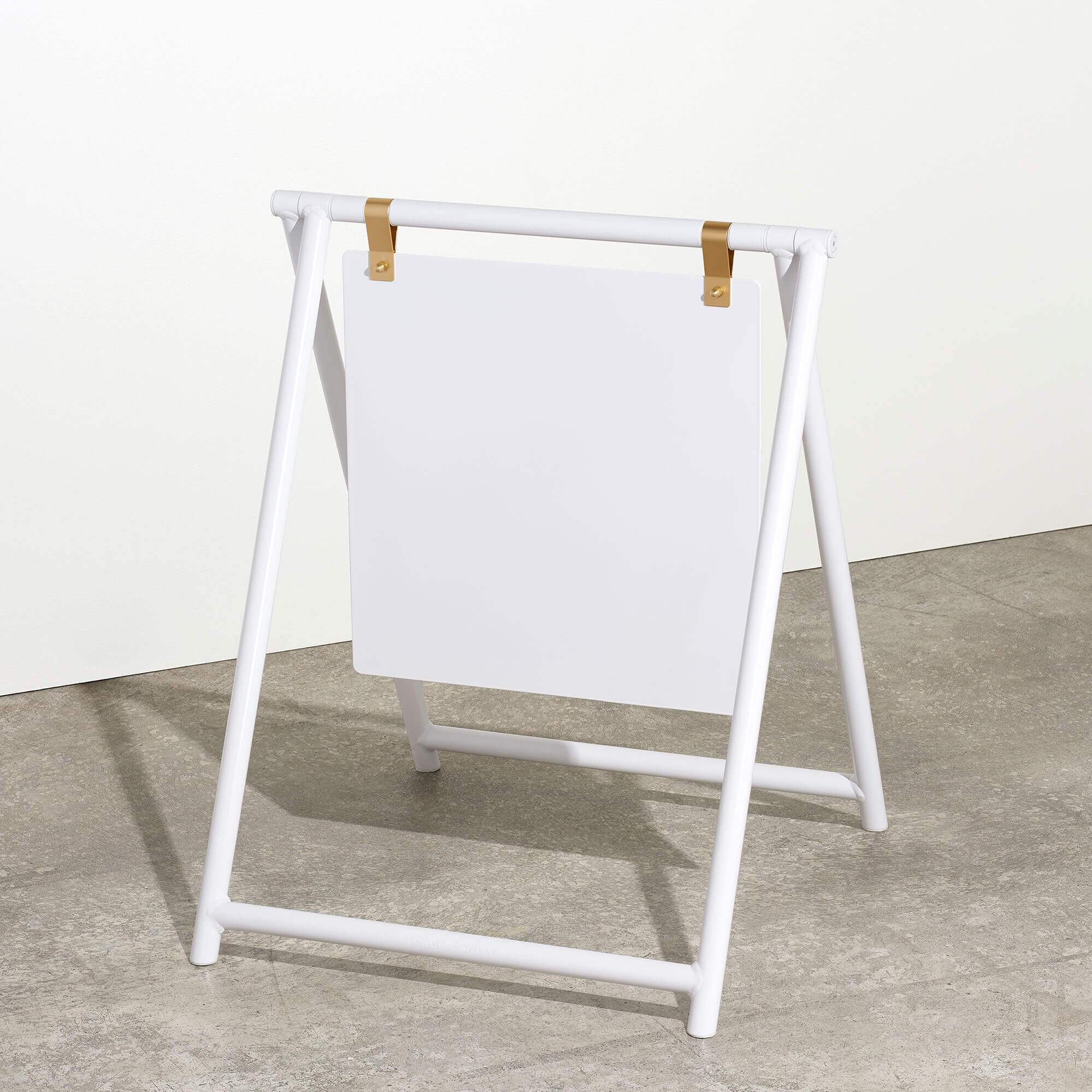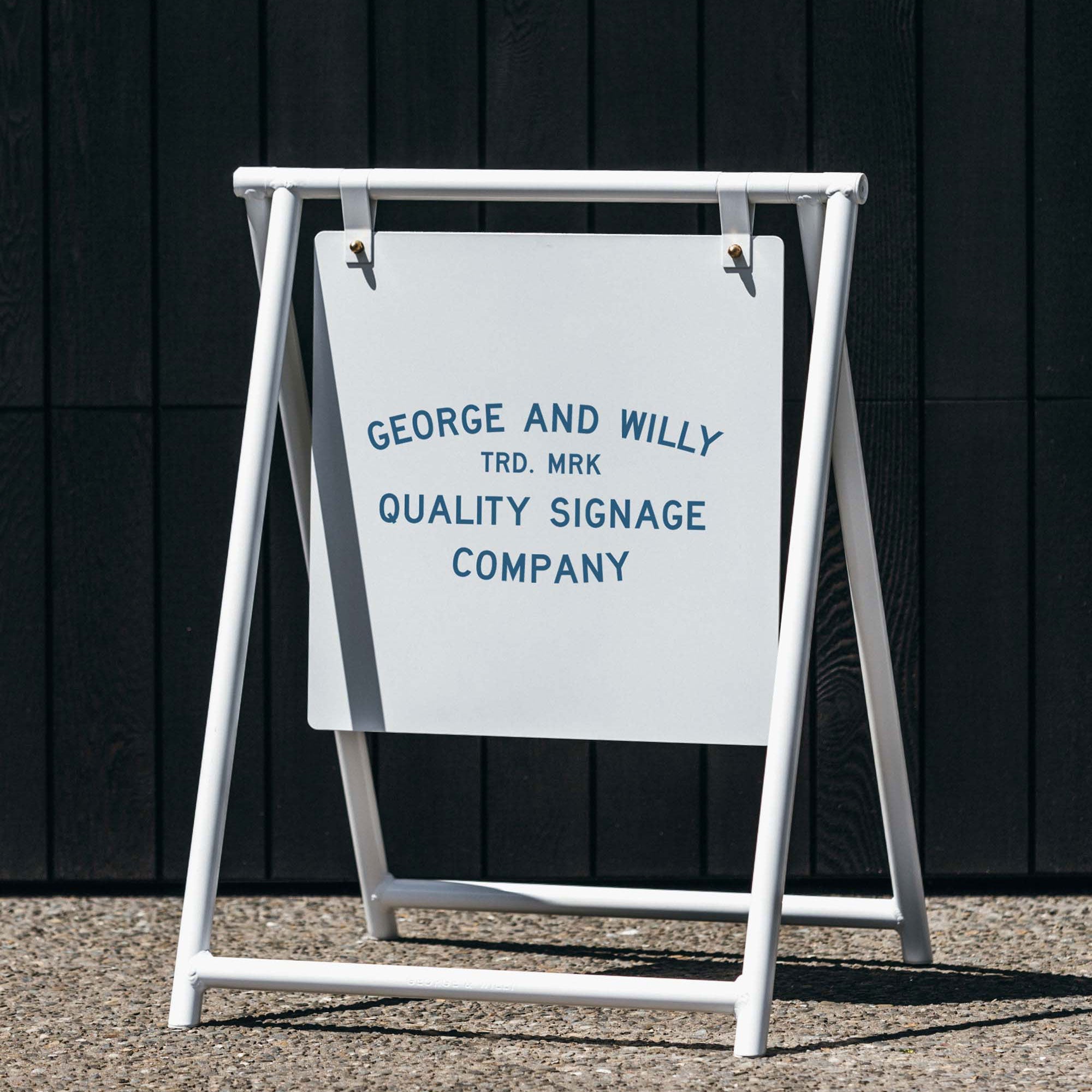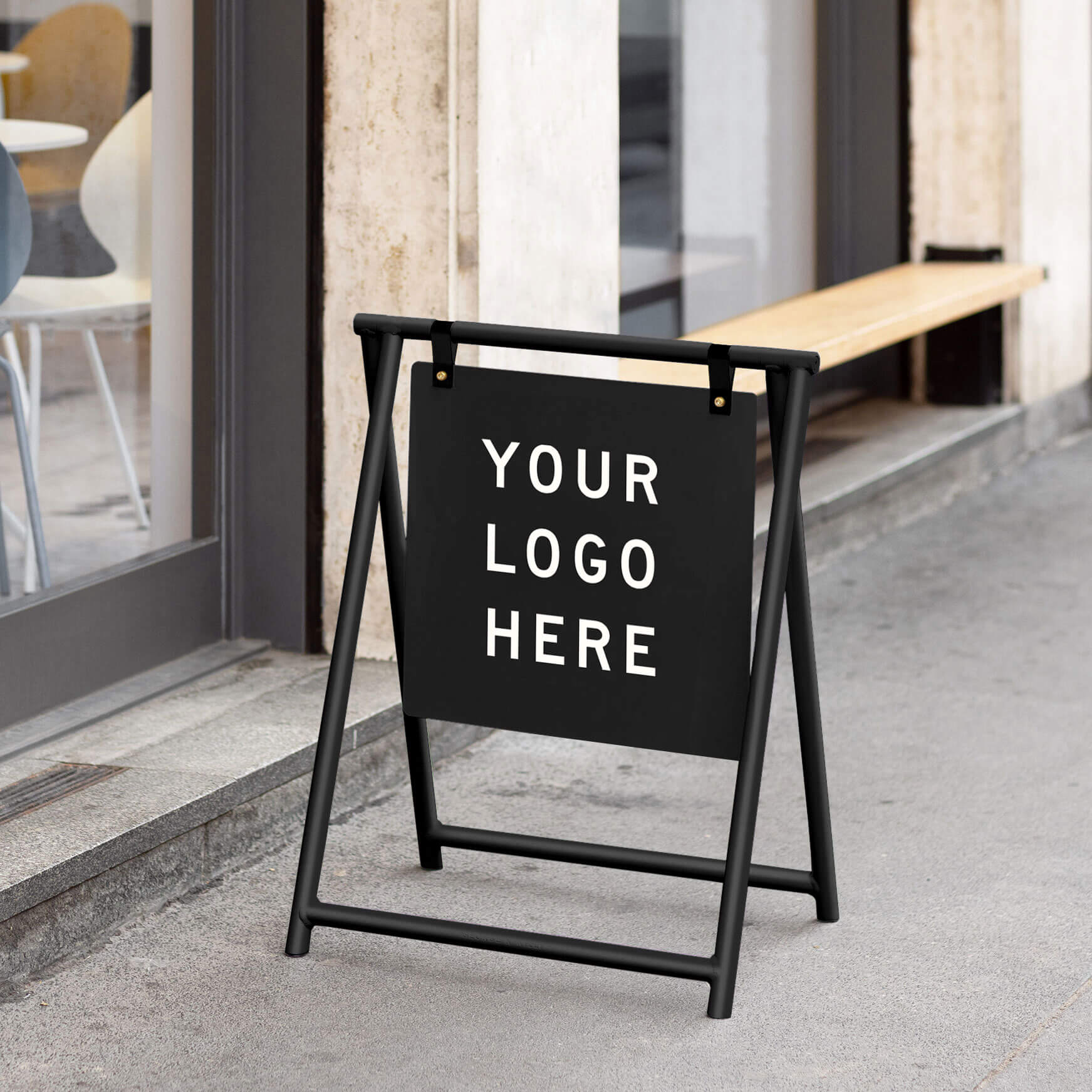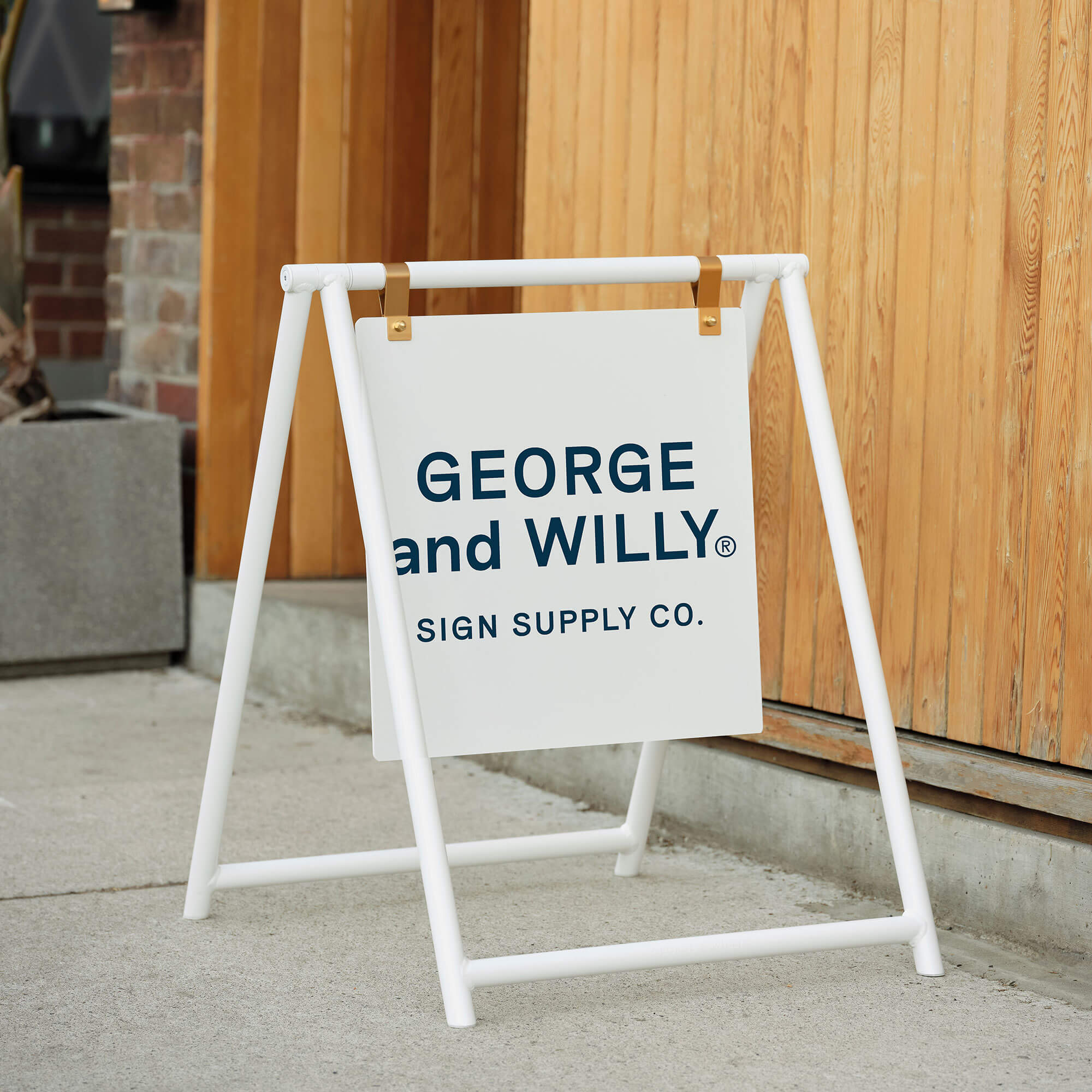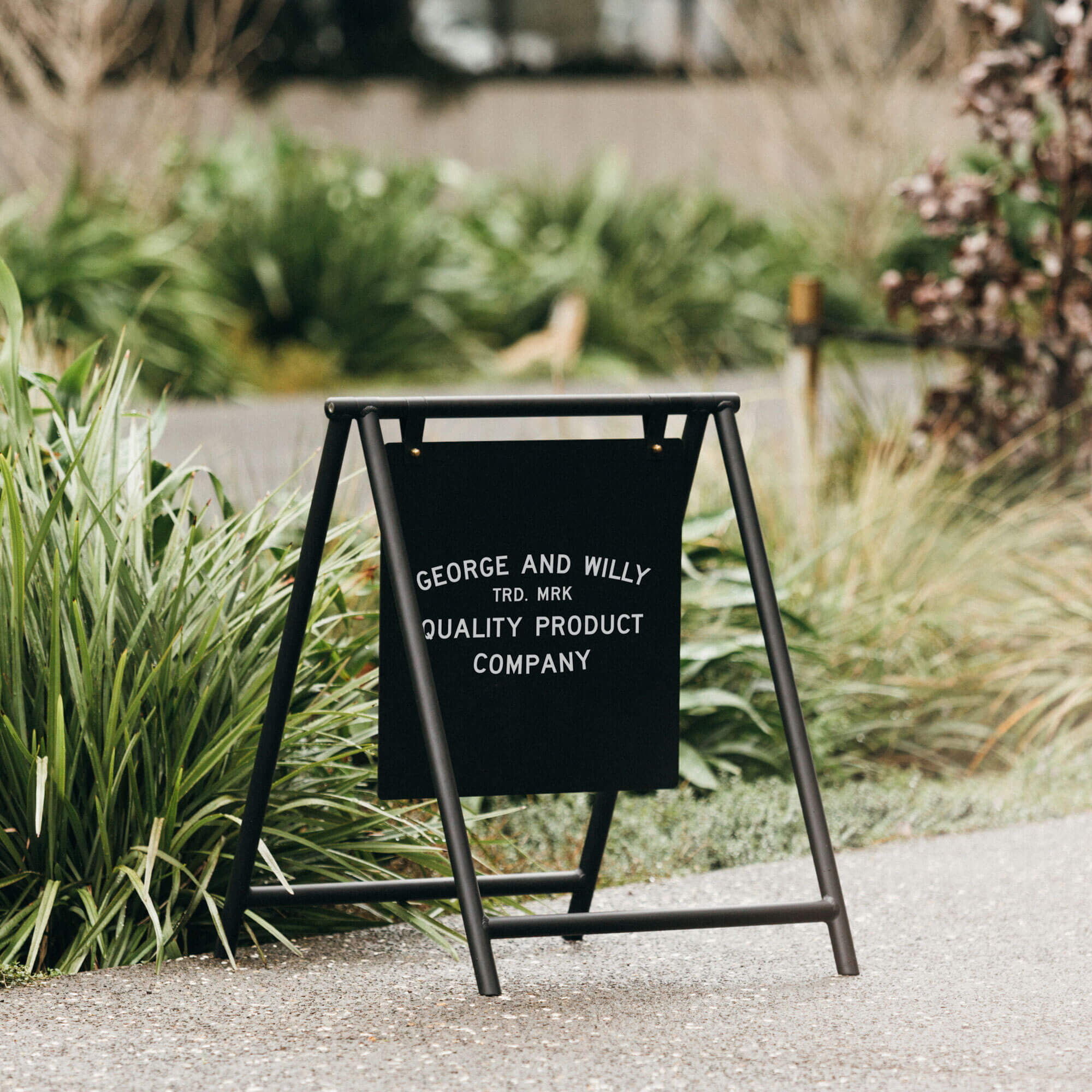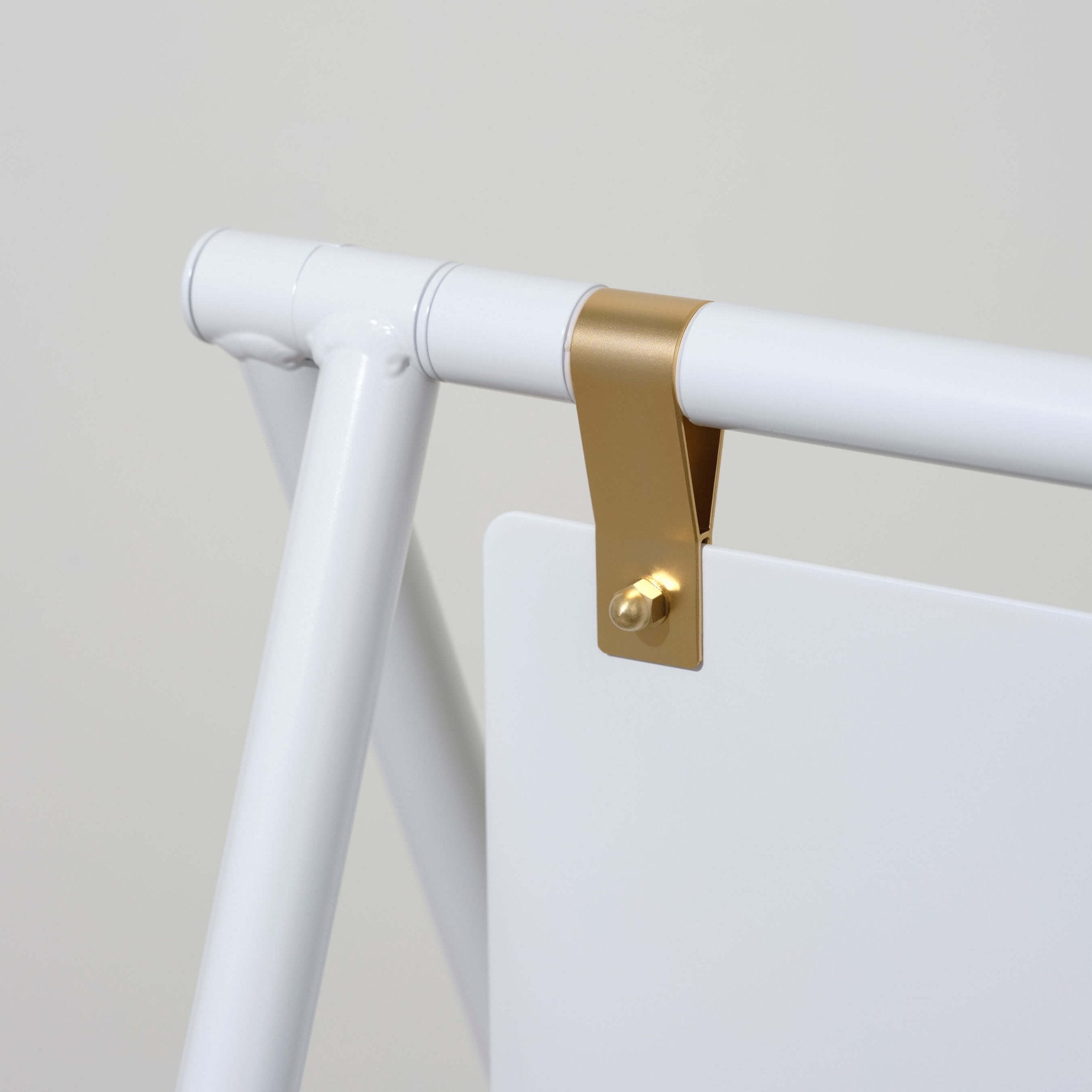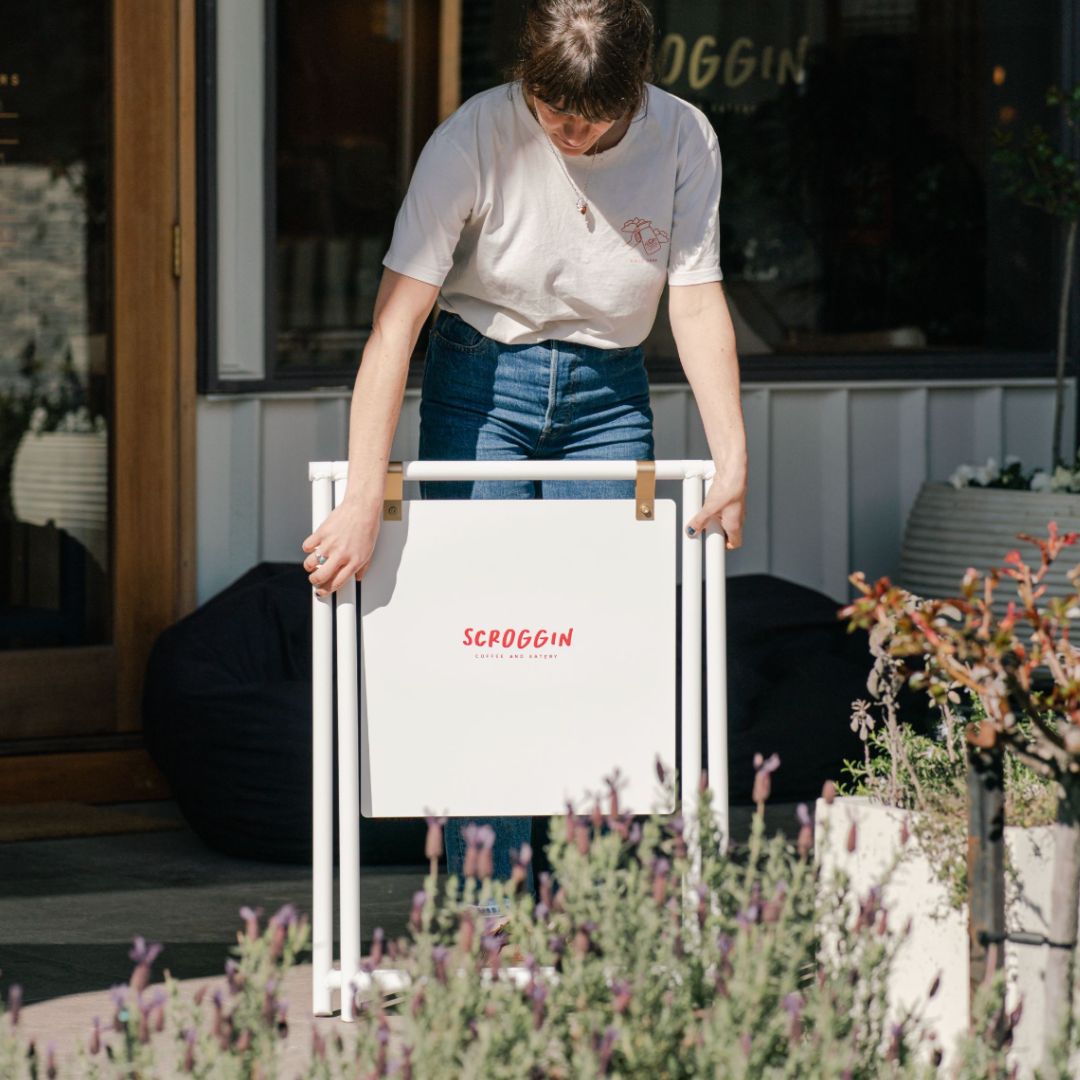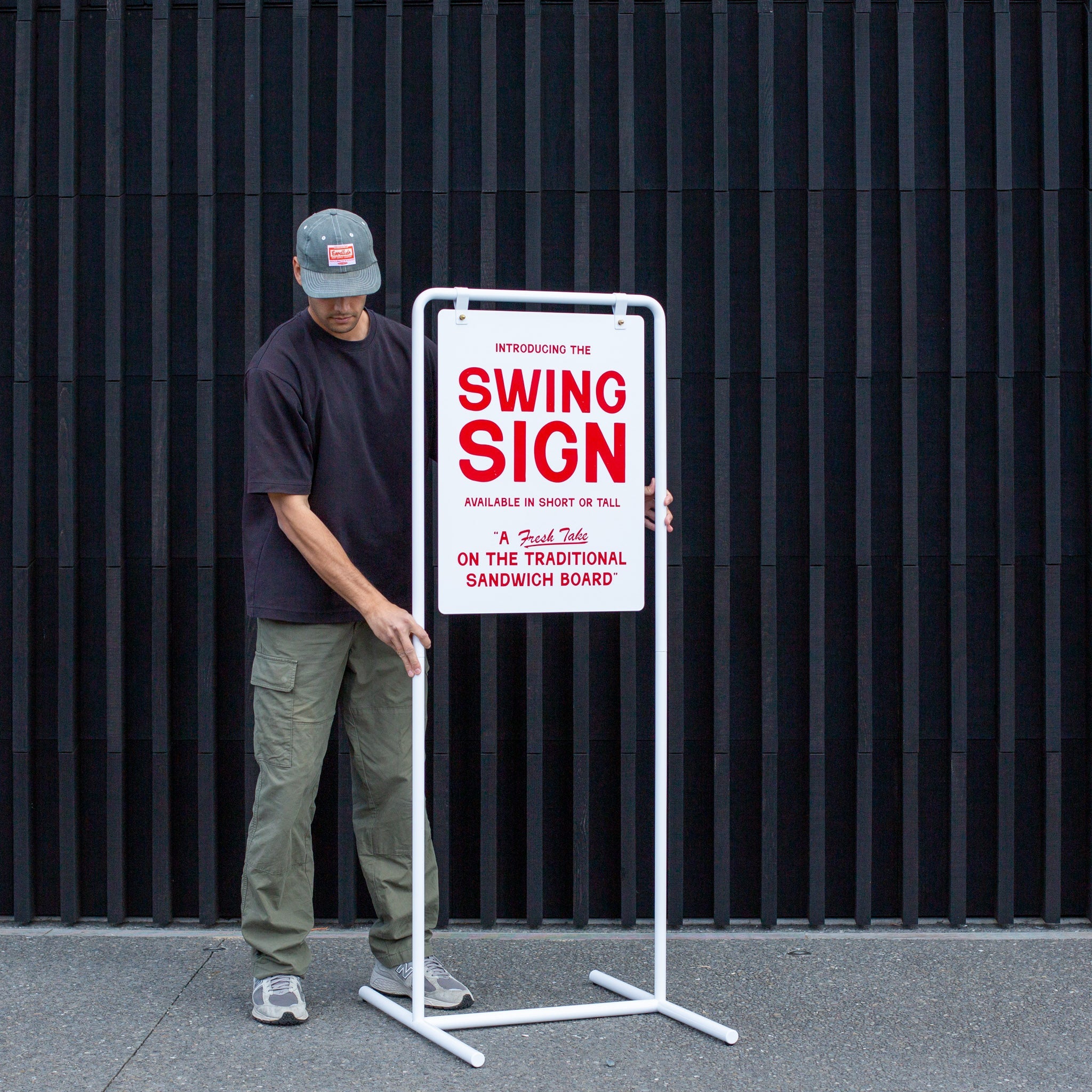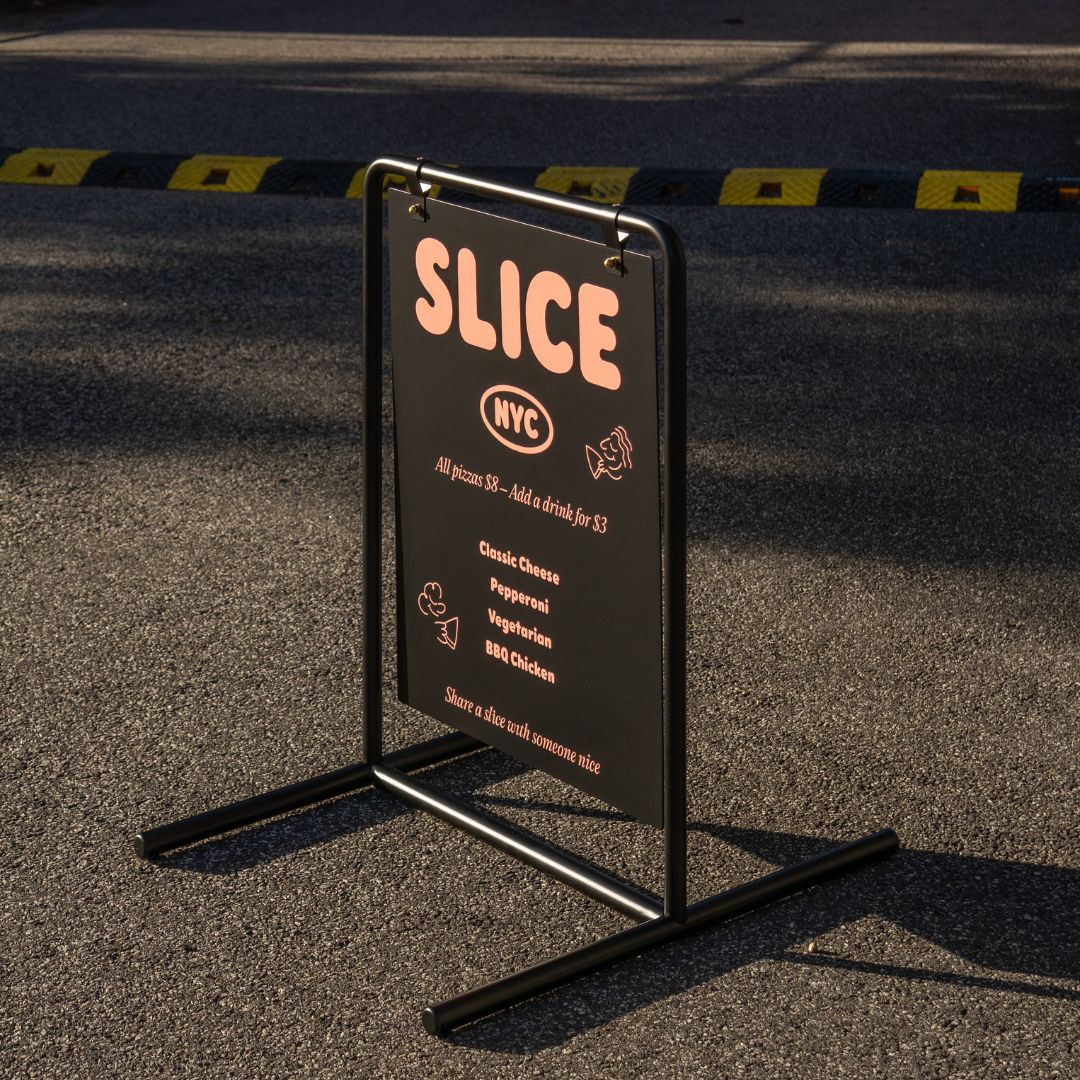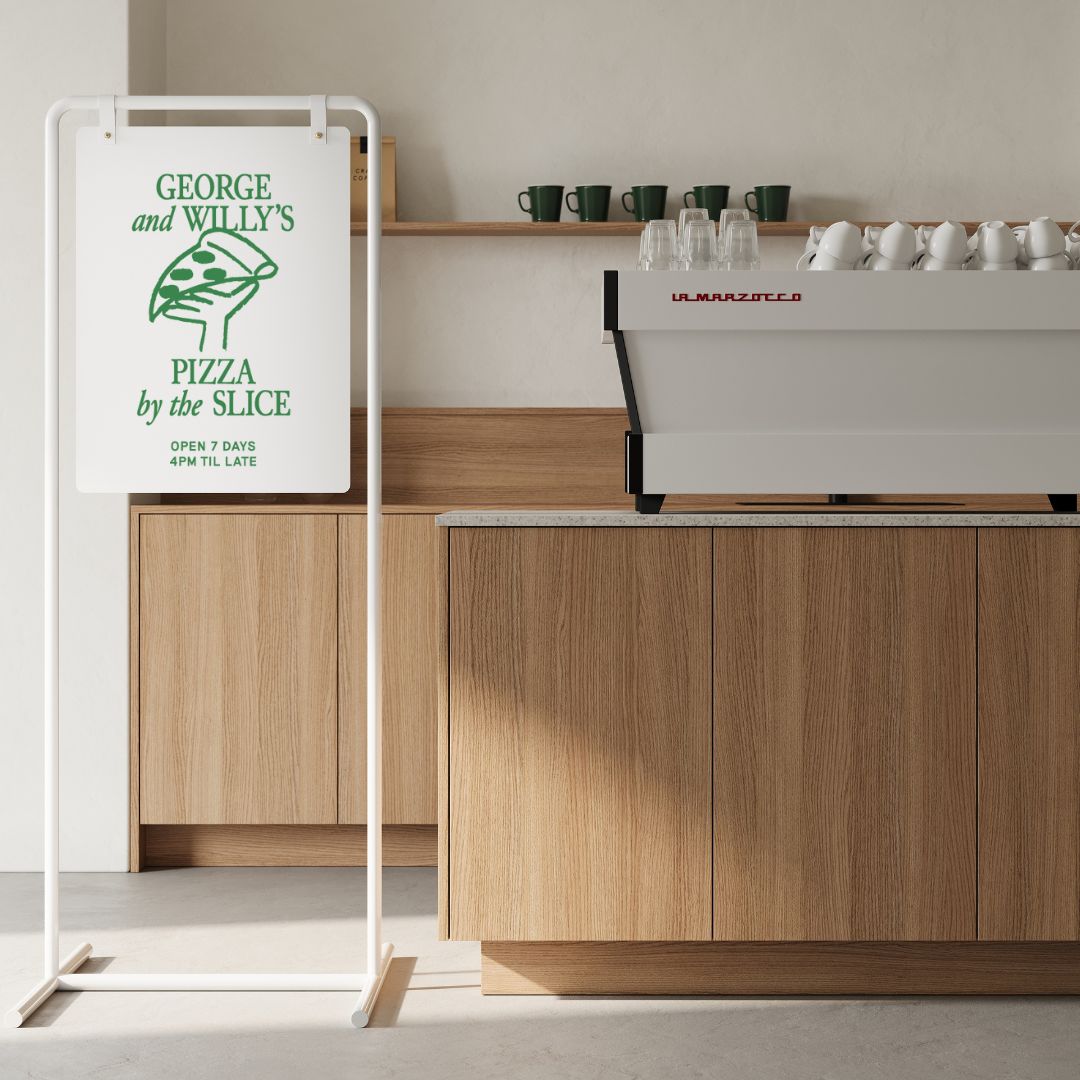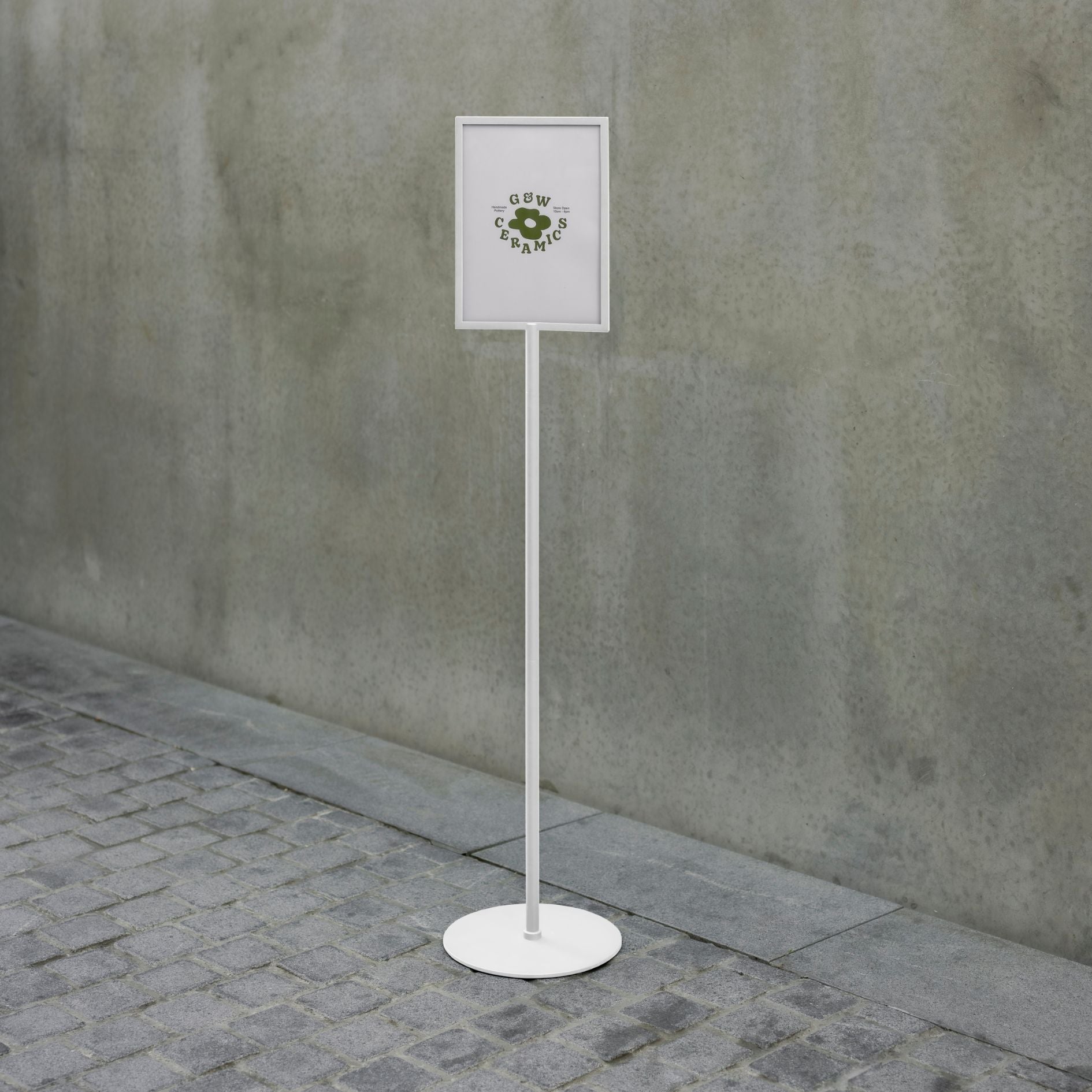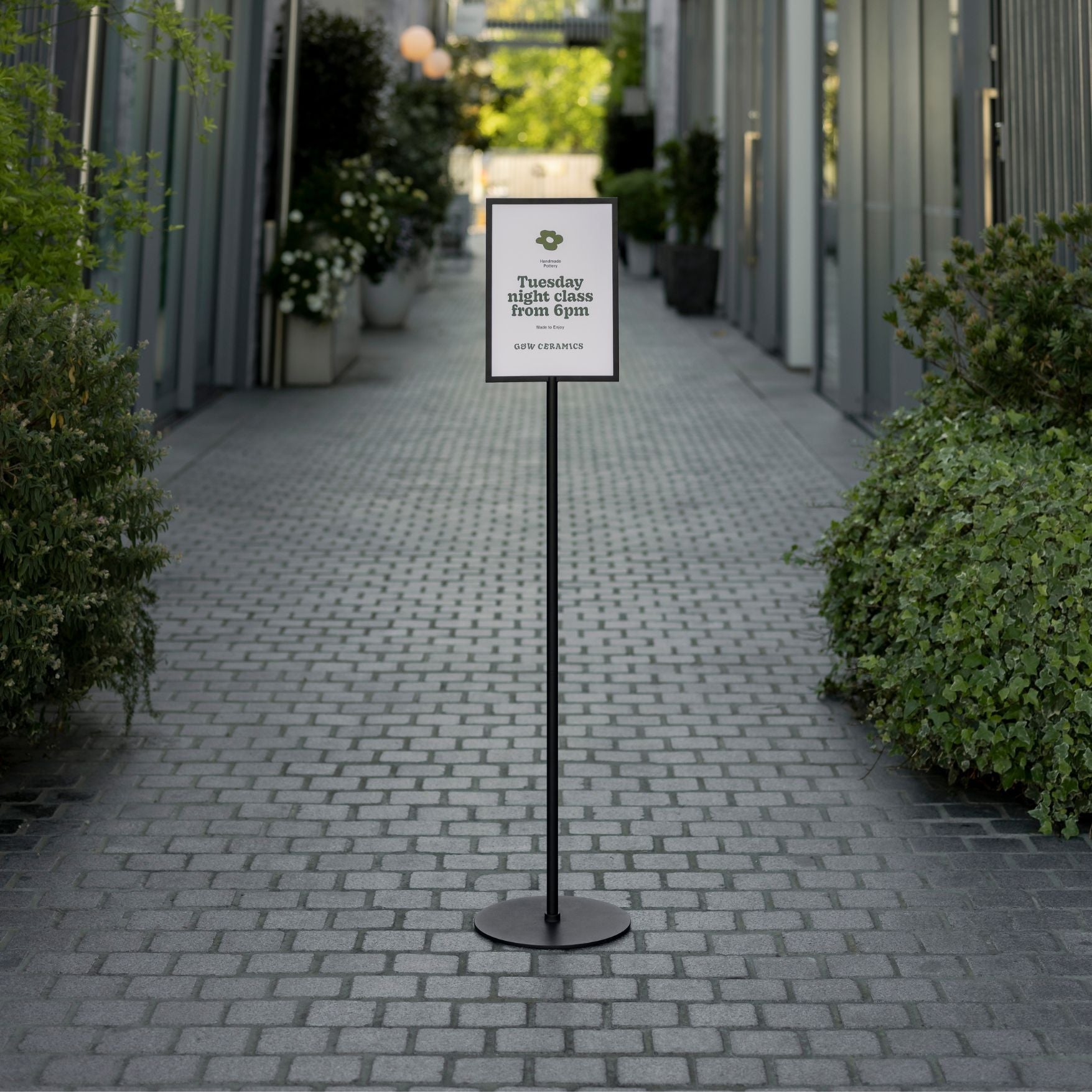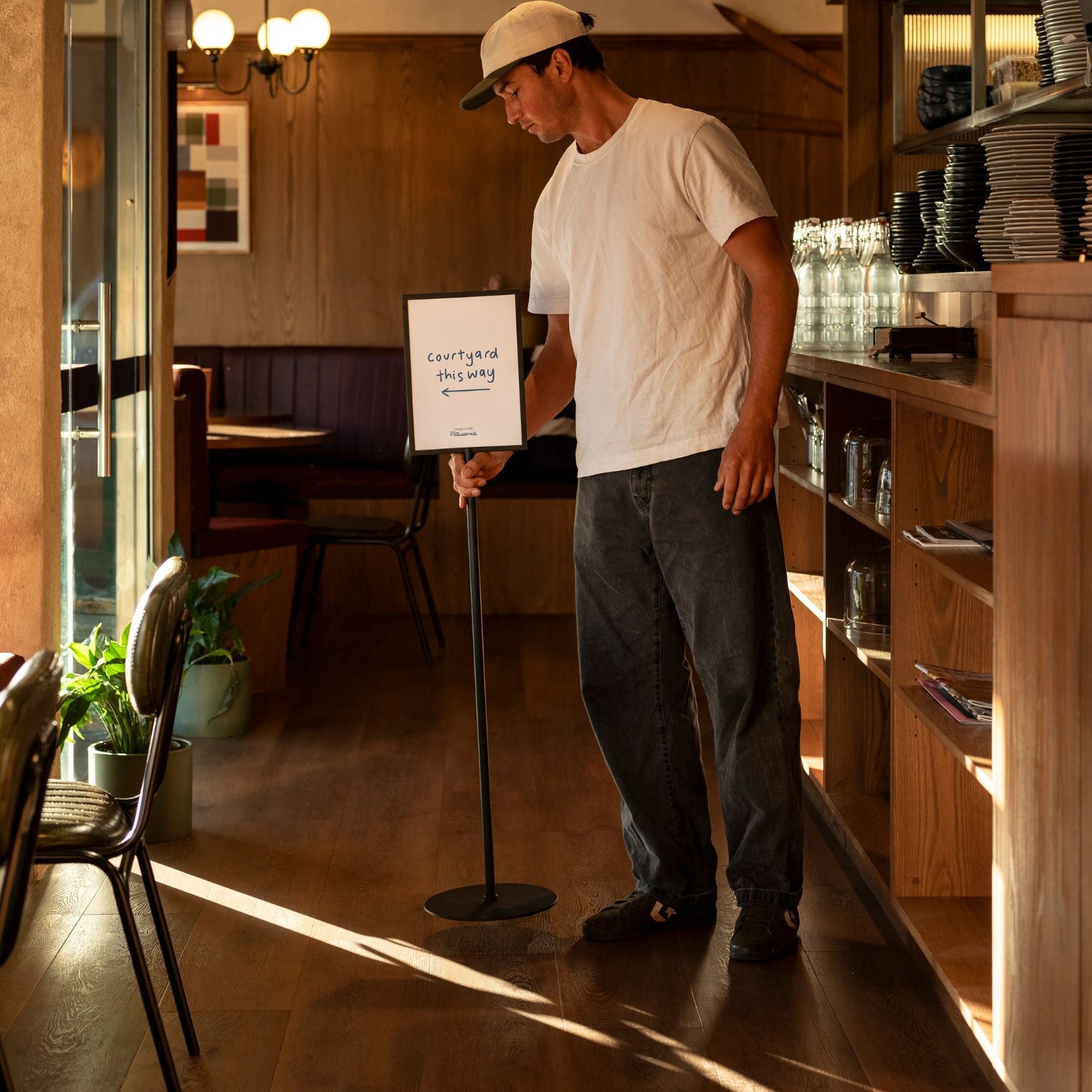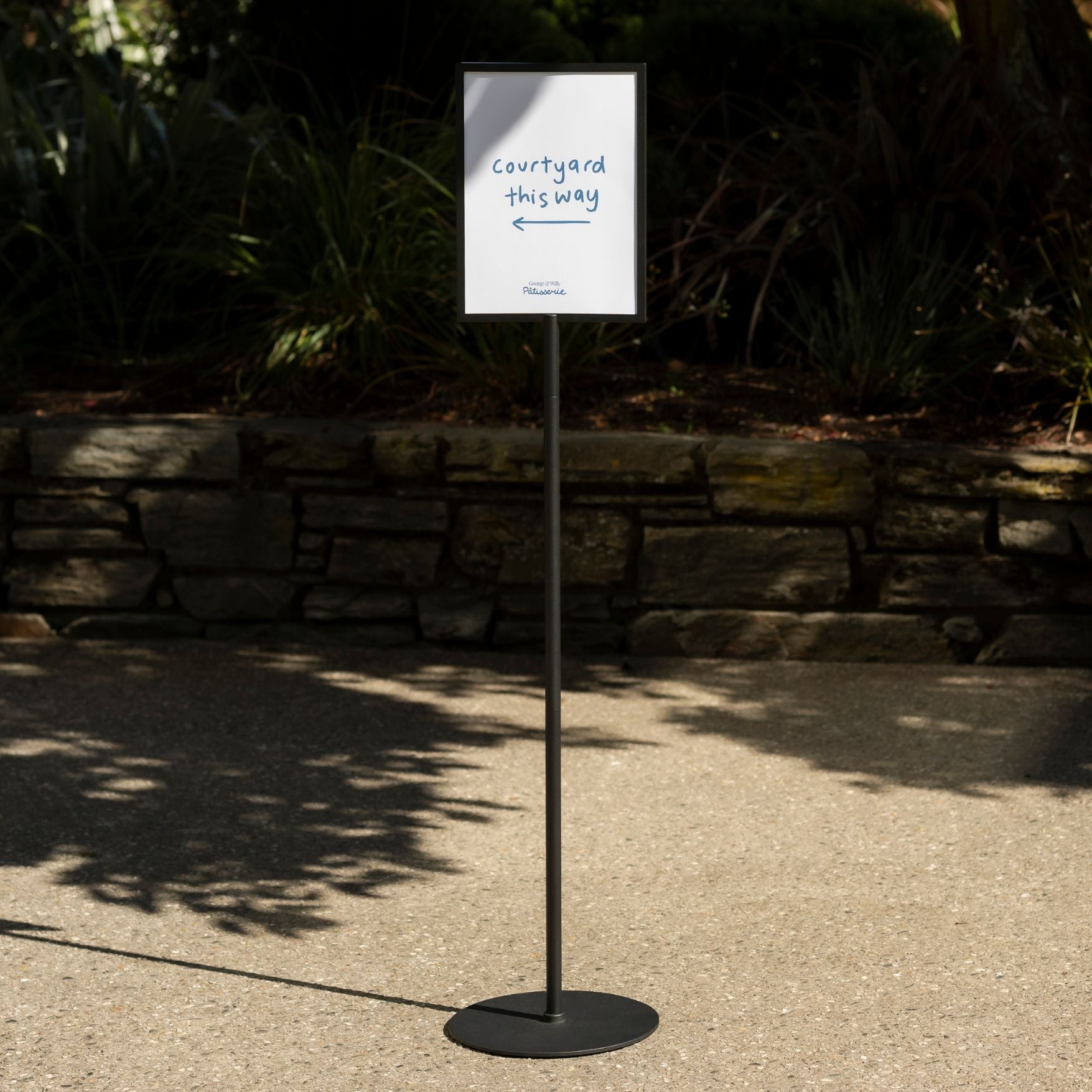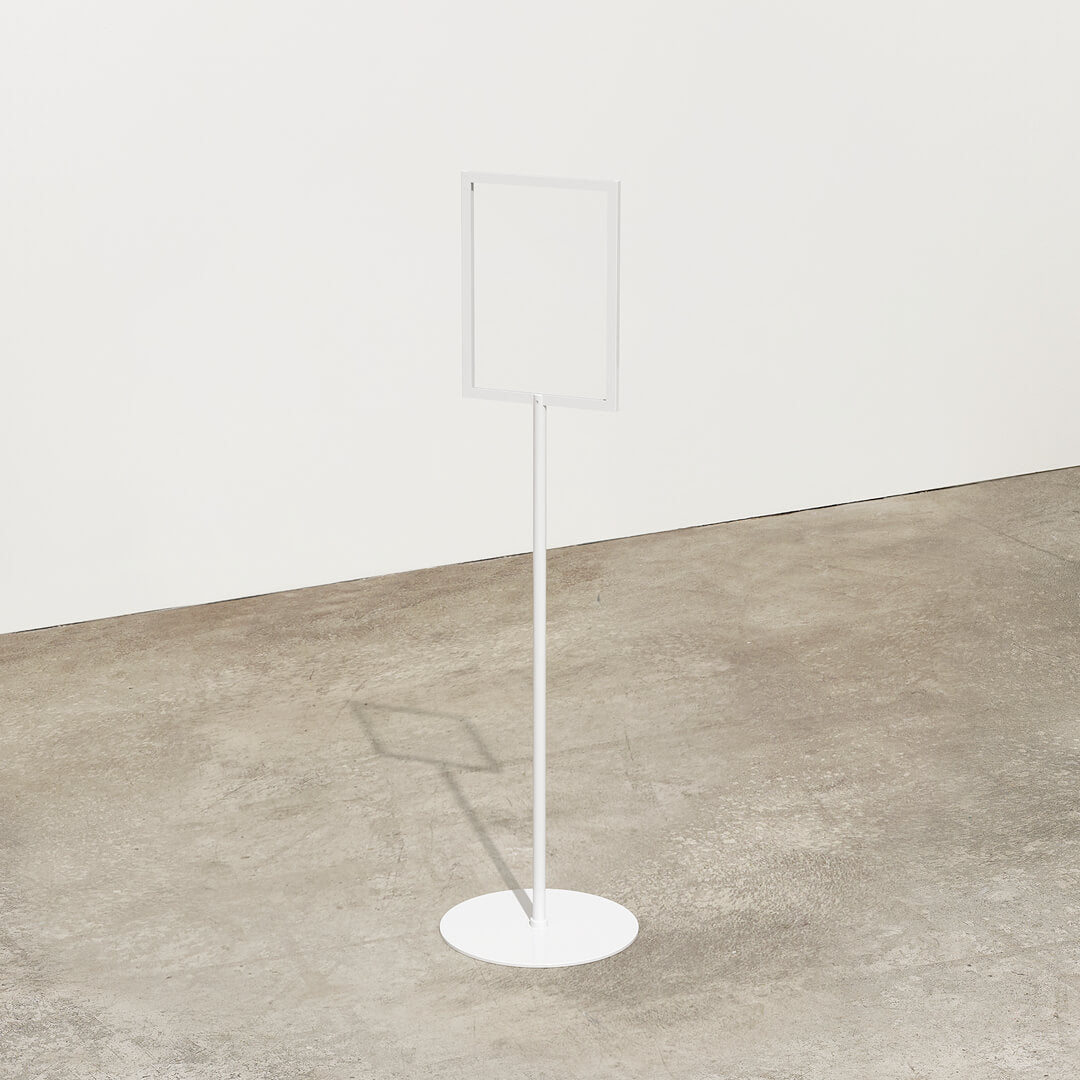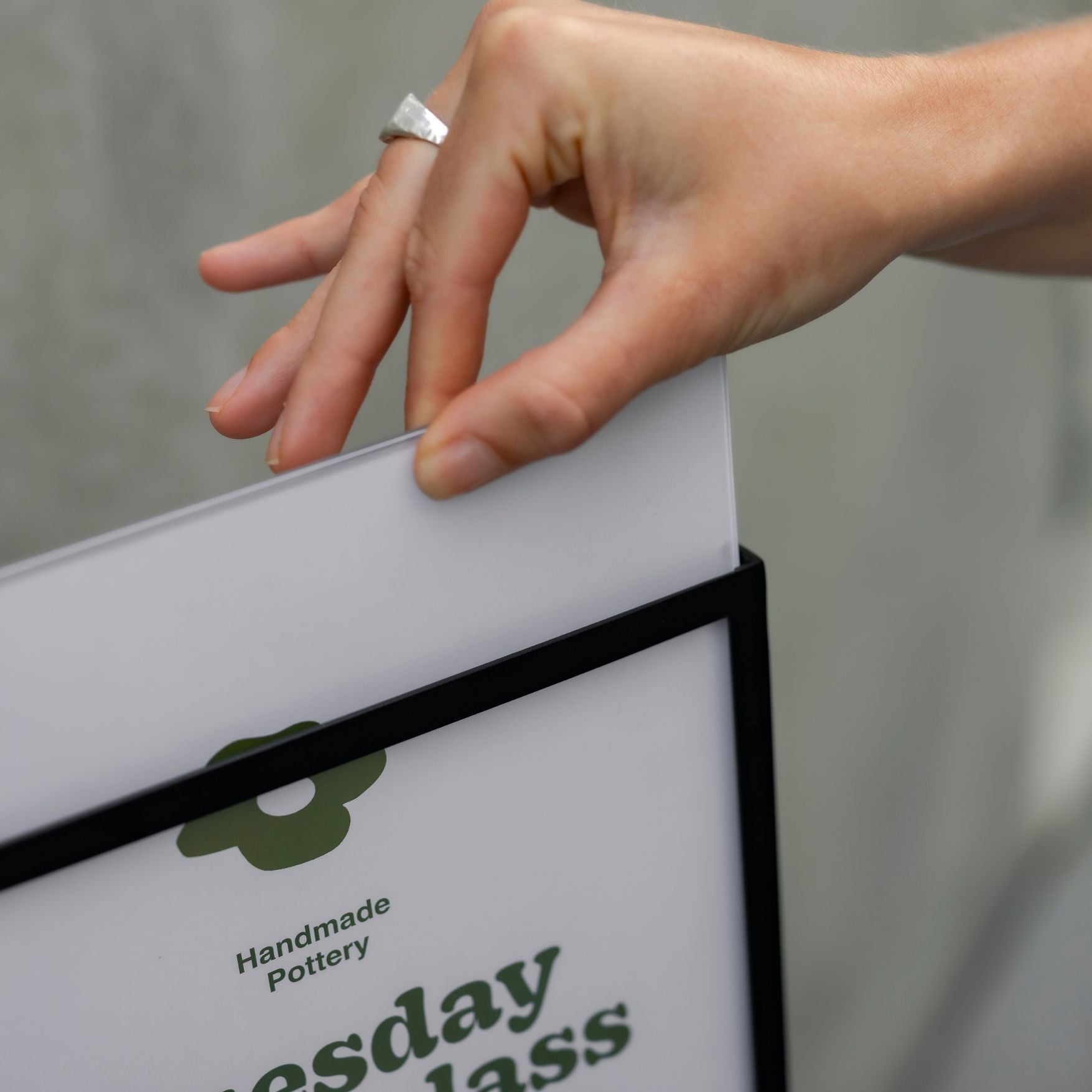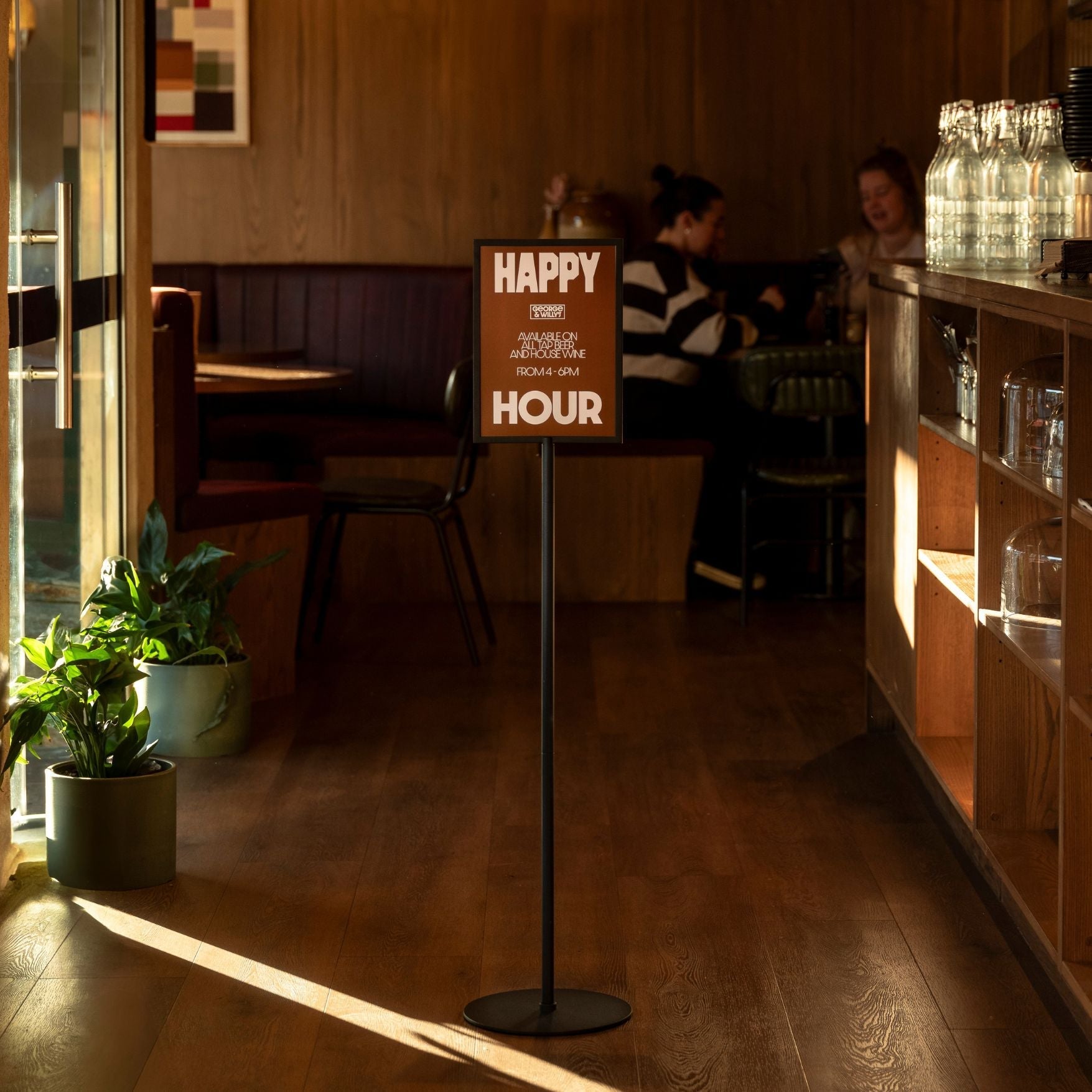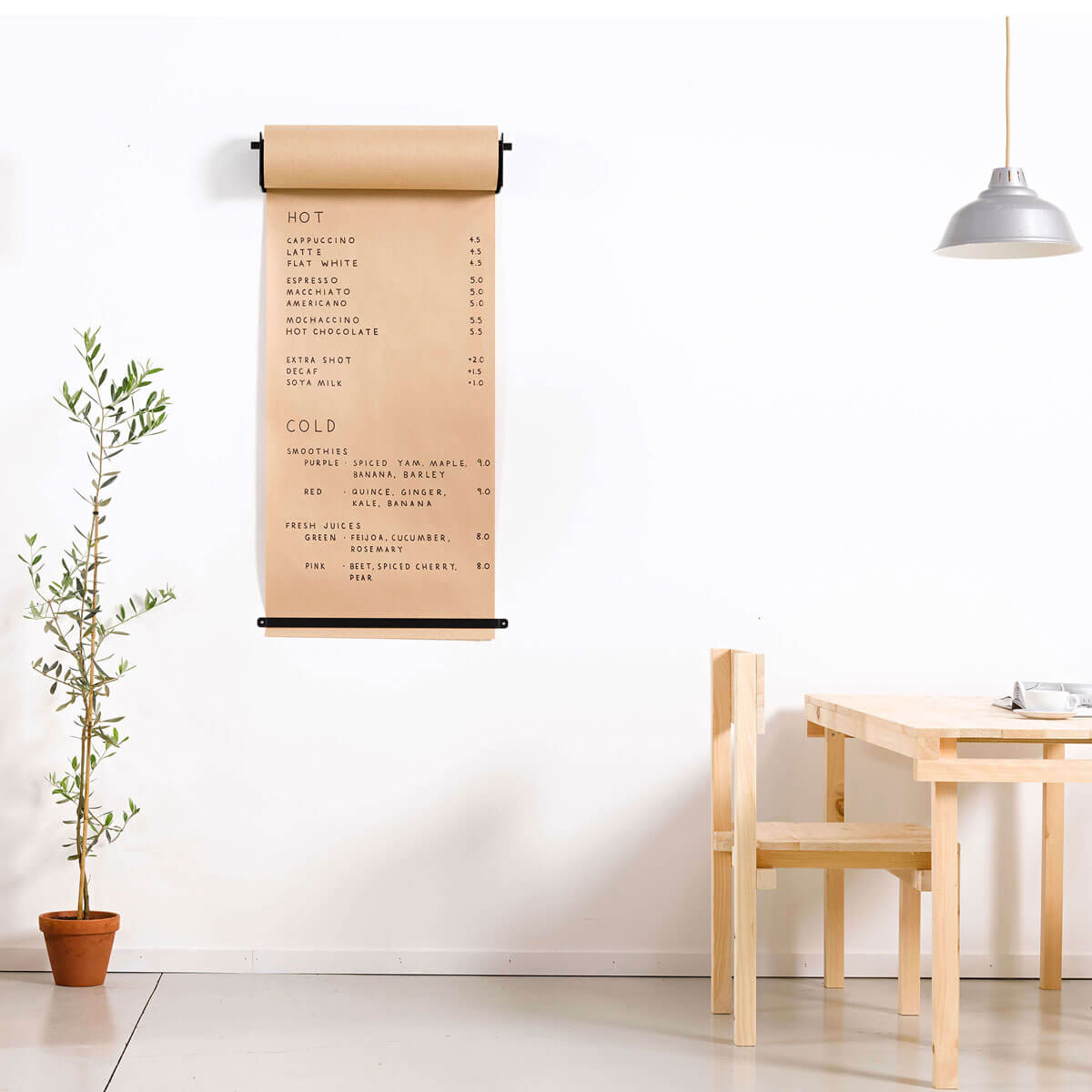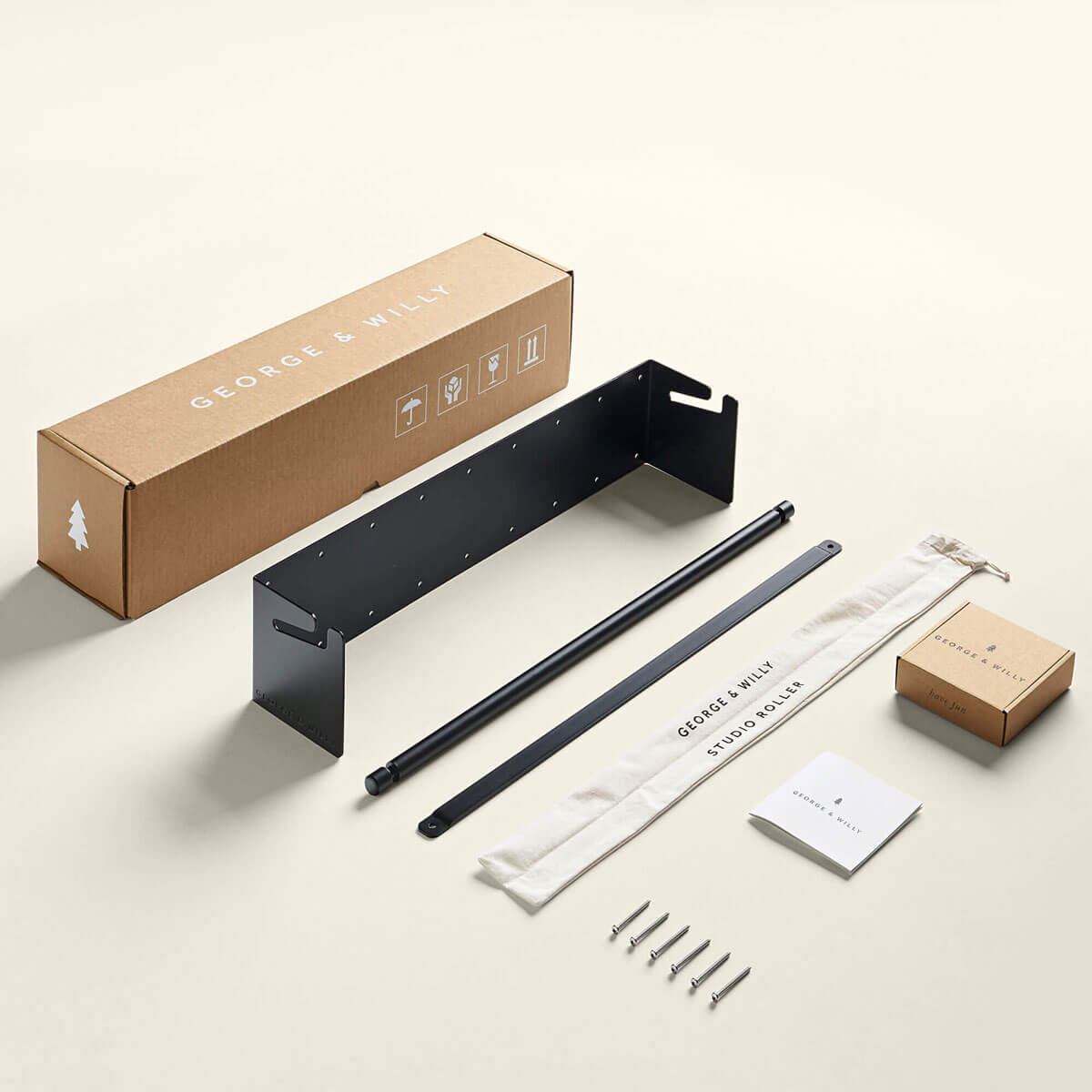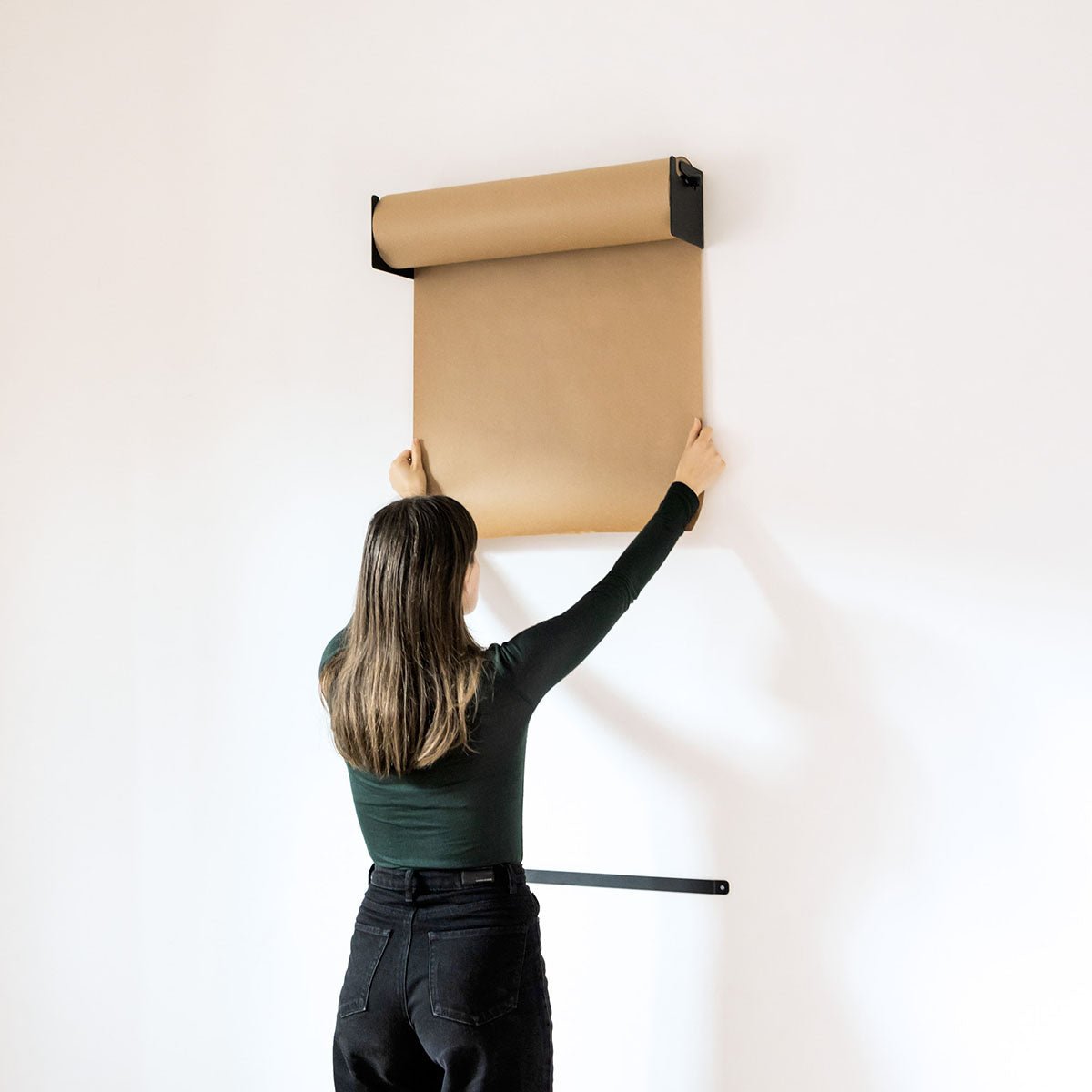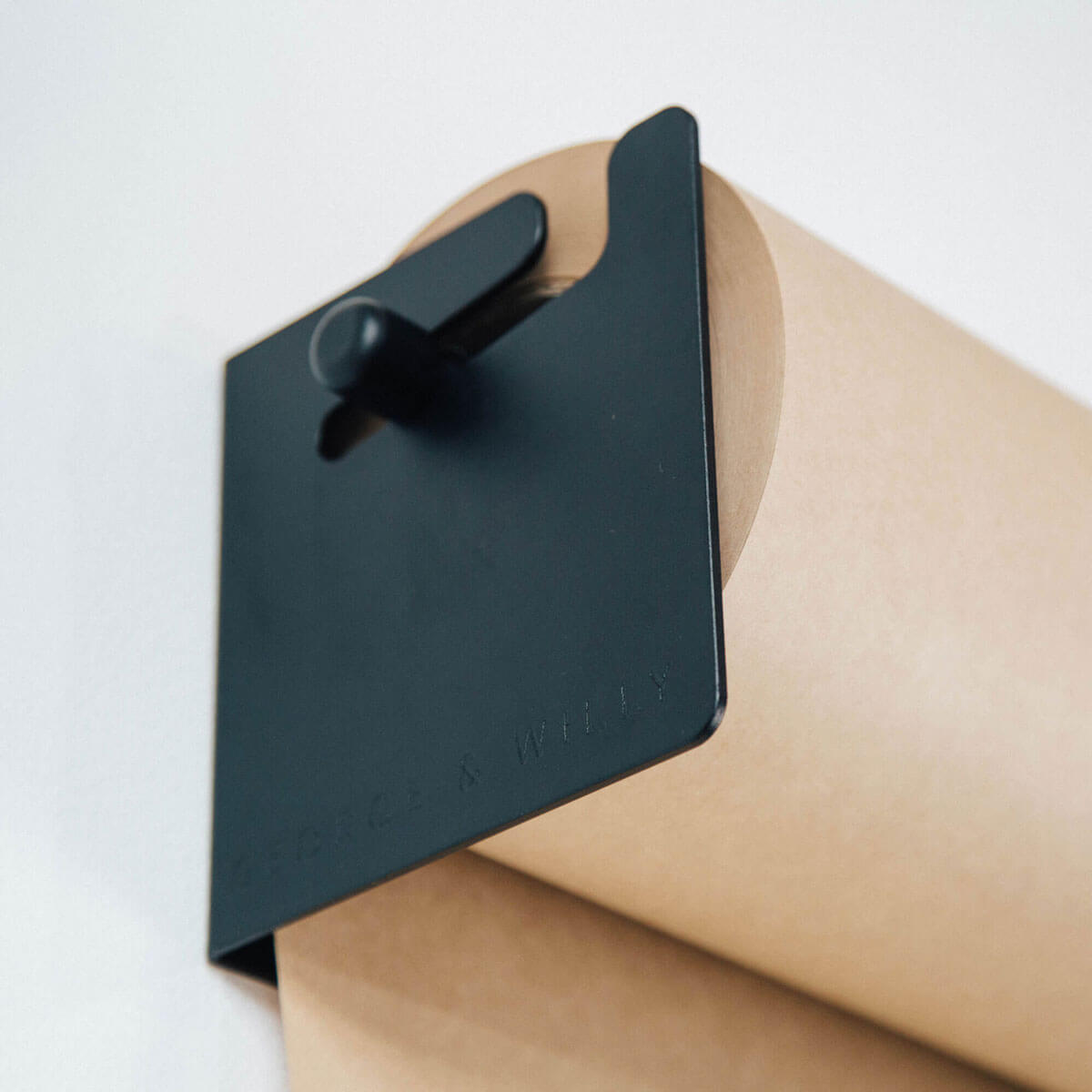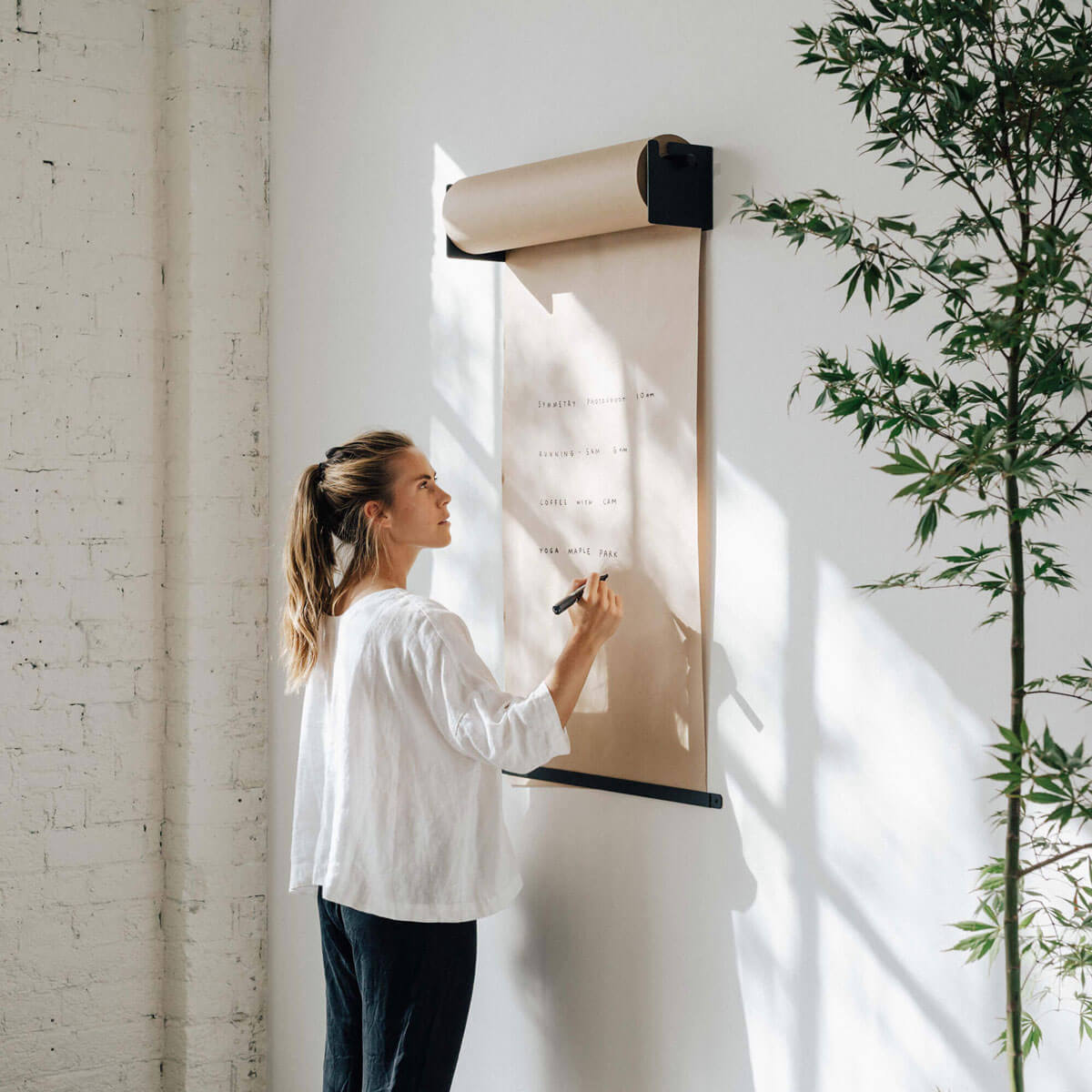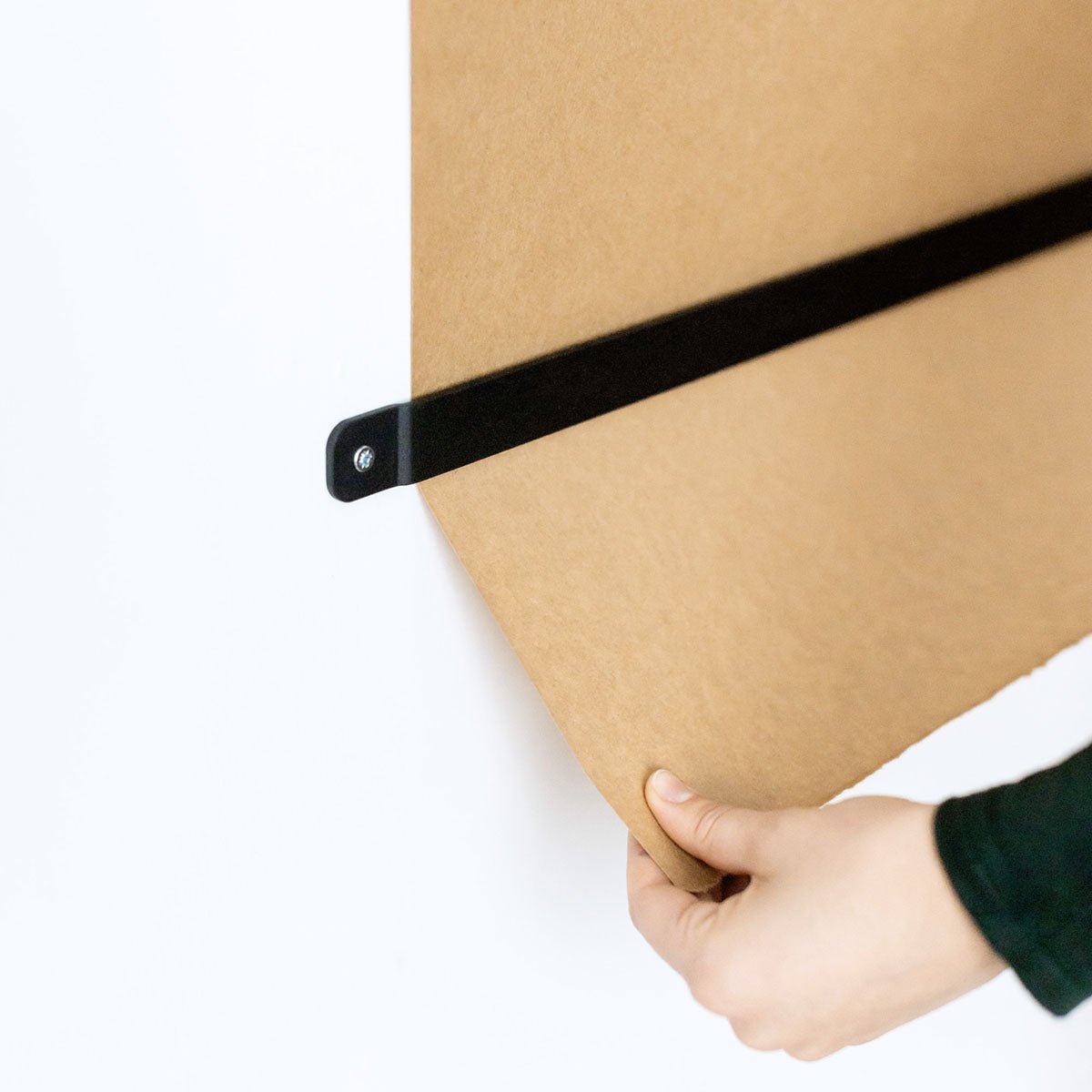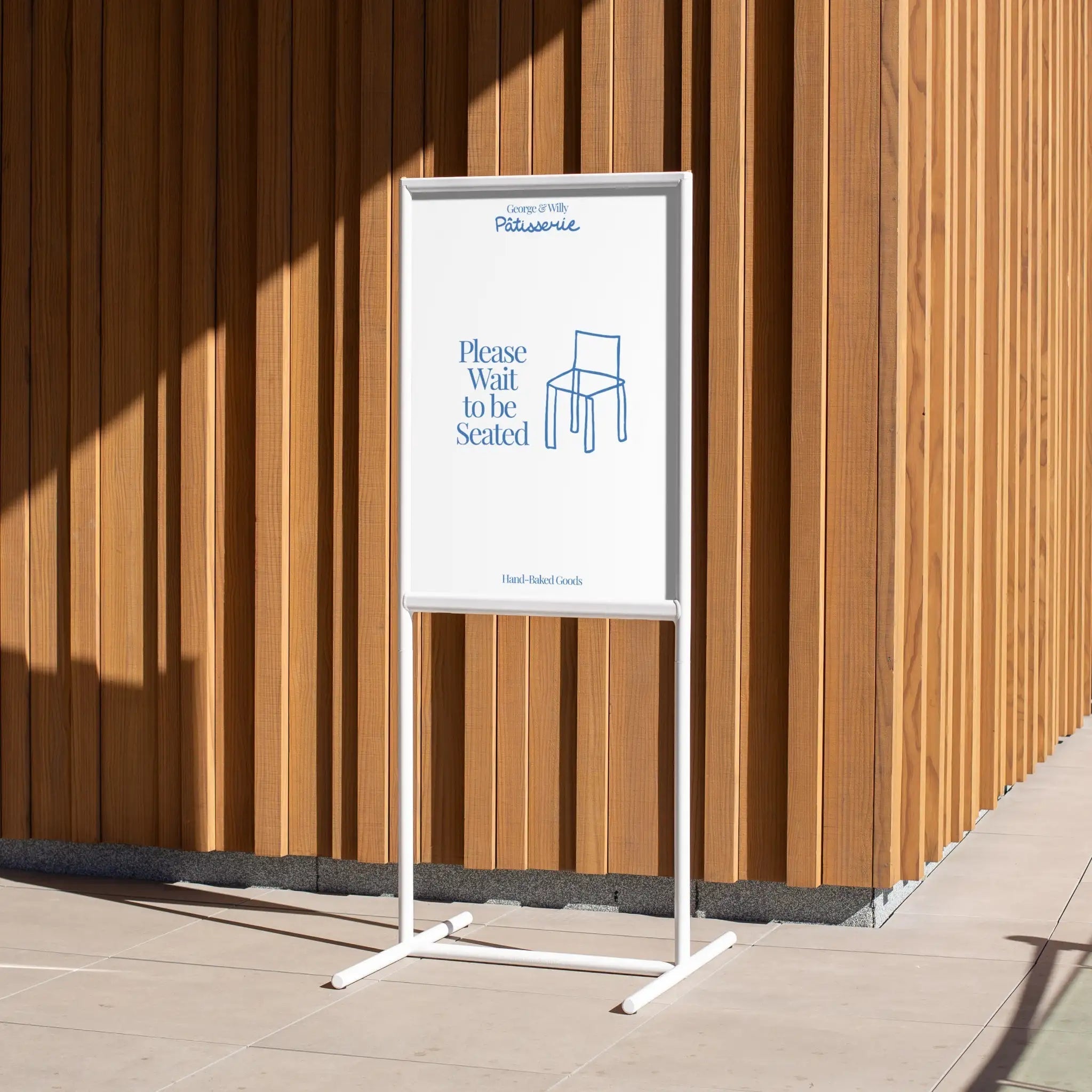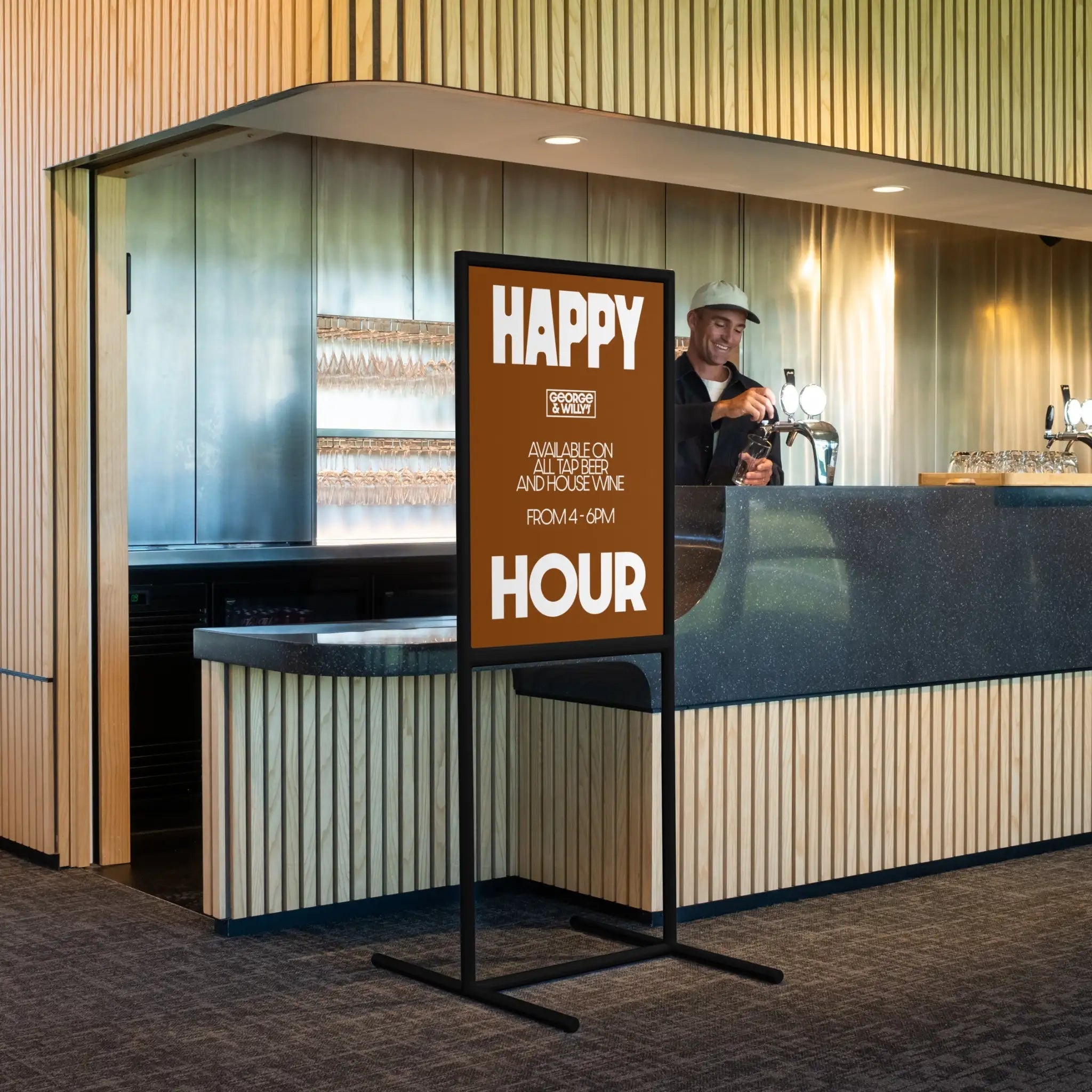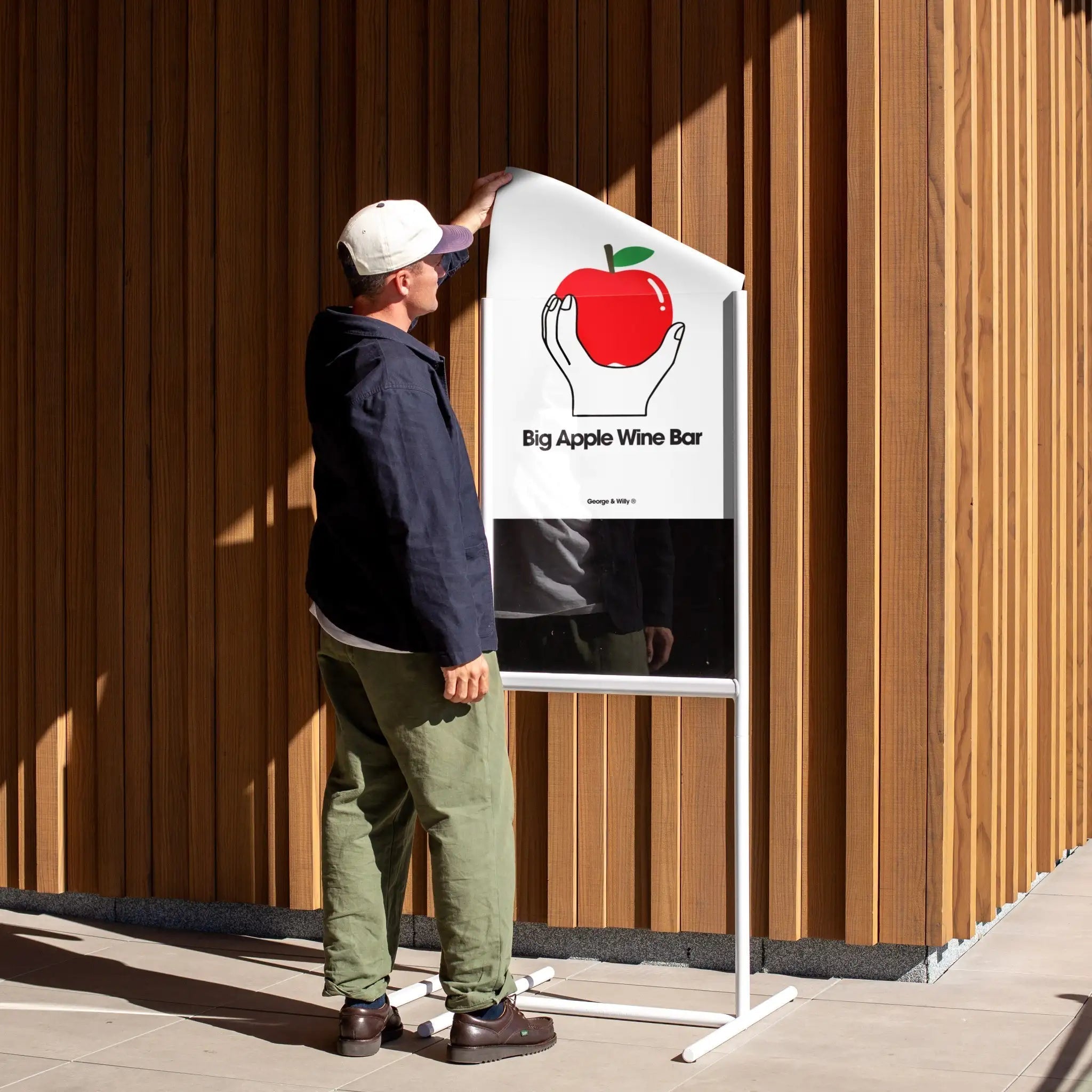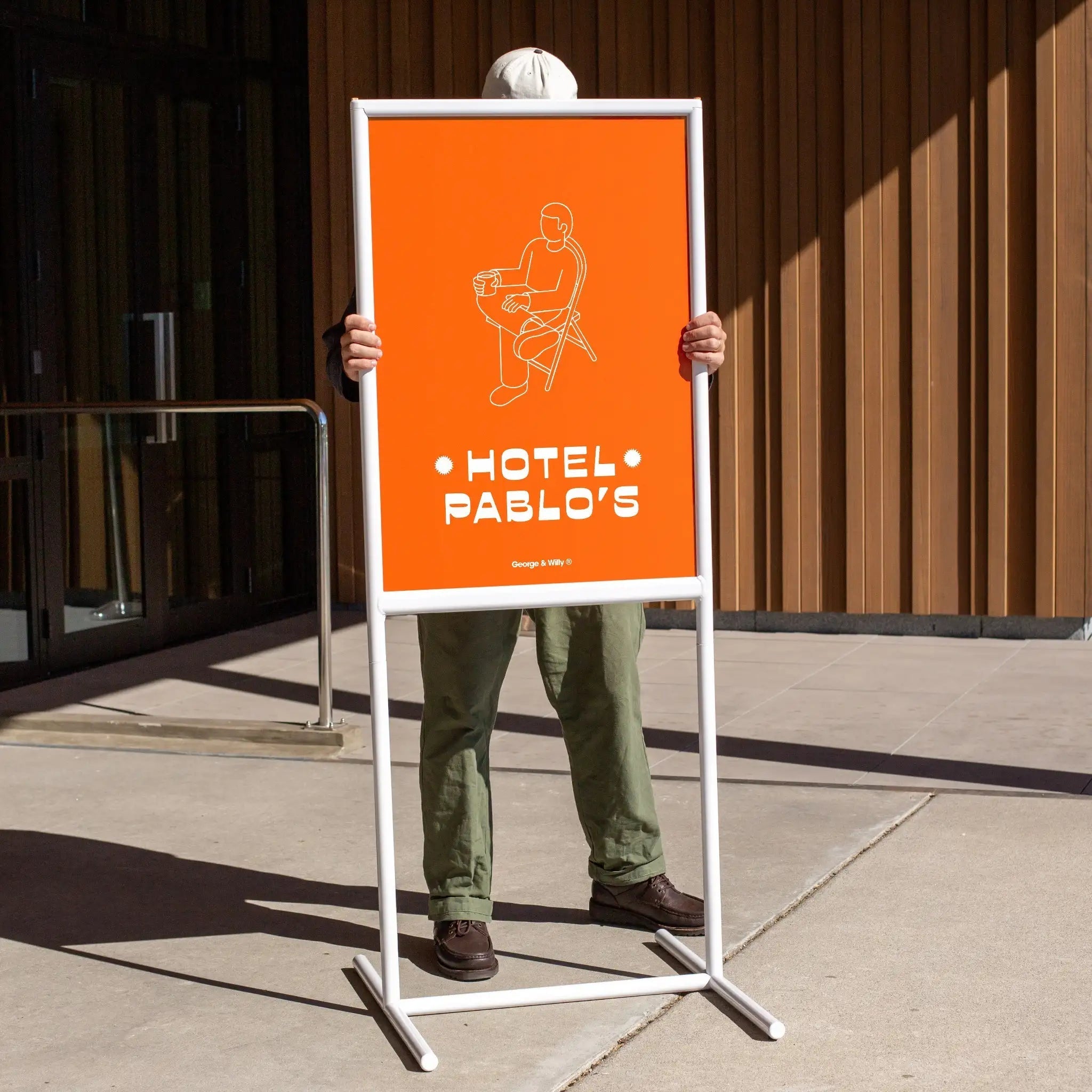Effective office signage is much more than just a decorative touch. It’s a vital communication tool that guides visitors, reinforces your brand, and shapes the entire experience of your workspace. From the moment someone walks through the door, signs act as the silent voice of your environment, creating a first impression that speaks volumes.
Whether you’re setting up a new space or giving your current one a refresh, understanding the world of office signage is key. This guide breaks down everything you need to know, from the different types of signs to the small details that make a big impact.
Understanding Office Signage Fundamentals
Before diving into specific types, let’s cover the basic concepts that form the foundation of any great office signage strategy.
What is Office Signage?
Office signage is the complete system of signs used in and around a workplace to provide information, give directions, and express a company’s brand identity. Think of it as the visual language of your space. These signs guide, inform, and welcome everyone, making the environment easier to navigate and more professional.
Well designed office signage can reduce confusion, improve accessibility, and boost satisfaction for both employees and visitors. It includes everything from the main logo in your lobby to the small nameplate on a door. Together, these elements ensure people can find their way around easily while seeing your company as organized and trustworthy.
The Benefits of Great Office Signage
Investing in quality office signage pays off in numerous ways. It’s not just about looking good; it’s about creating a functional, welcoming, and branded environment.
Effortless Navigation: First and foremost, signs provide clear directions. They help people find the right meeting room, locate restrooms, or identify emergency exits, which minimizes frustration.
Strong First Impressions: Professional signs signal that your company is organized and pays attention to detail. This is critical, as nearly 68% of consumers believe a company’s signs reflect the quality of its products or services.
Brand Reinforcement: Every sign is an opportunity to reinforce your brand identity. A lobby sign featuring your logo subtly boosts brand recognition for every person who walks past it.
Safety and Accessibility: Signage plays a crucial role in safety by marking exits, fire escape routes, and potential hazards. ADA compliant signs ensure your space is inclusive and meets legal requirements.
Improved Company Culture: Thoughtful signage can even boost morale. Motivational wall graphics or clearly marked department signs help create a positive and efficient workspace that employees appreciate.
Signage and Your Brand Identity
Signage branding is the art of using signs to consistently reflect your company’s personality, from logos and colors to fonts. Every sign in your office acts as a visual ambassador for your brand, so consistency is crucial. This means using the correct logo, sticking to your brand’s color palette, and applying approved fonts across all signage.
Over time, this cohesion strengthens brand recognition and builds trust. For example, when all your wayfinding arrows and room signs share the same design language, visitors subconsciously associate that consistency with professionalism. This matters because about two thirds of people say a store’s signage reflects the quality of its products.
Common Signage Materials
The material a sign is made from affects its look, durability, and cost. Common choices for office signage include:
Metal: Materials like aluminum and steel are incredibly durable and weather resistant, making them perfect for outdoor signs. Powder coated aluminum is especially popular because it resists corrosion while maintaining a sleek finish. For example, the Round Outdoor Shop Sign is made from powder‑coated aluminum for this exact combination of longevity and style.
Acrylic: With a modern, glass like appearance, acrylic is often used for interior logo panels and nameplates. It’s lightweight and easy to customize but can be prone to scratching.
Vinyl: Vinyl is most often used for graphics and lettering. It can be cut into logos or text and applied to walls, windows, or signboards. It’s an affordable and easily changeable option.
Wood: For a warmer, more natural aesthetic, wood can be a great choice for interior signs, adding a touch of rustic or classic charm.
Key Signage Design Considerations
Good design is what separates an effective sign from a useless one. It’s a balance of art and science. Key factors include:
Visibility and Placement: A sign has to be seen to be useful. Place signs where people naturally look, like at eye level (around 5 feet high) or near entrances, and make sure they aren’t obstructed.
Readability: Use clear, simple fonts and ensure the text is large enough to be read from a distance. A good rule of thumb is that a 3 inch high letter is readable from about 100 feet away.
Contrast: High contrast color schemes (like dark text on a light background) are much easier to read at a glance.
Conciseness: Keep the message brief and to the point. People should be able to understand the sign in just a few seconds.
Compliance: Be aware of regulations like the Americans with Disabilities Act (ADA), which has specific rules for things like Braille, tactile lettering, and contrast levels.
The Importance of Signage Maintenance
Installing your office signage is just the beginning. Regular maintenance ensures your signs remain clean, safe, and effective for years to come. Over time, signs can fade, get dirty, or become damaged.
Key maintenance tasks include routine cleaning to remove dust and grime, inspecting for any damage or loose parts, and refreshing elements like faded vinyl lettering. A well maintained sign projects a professional image, while a dirty or broken one can deter visitors and undermine your brand. Plus, keeping signs in good repair prevents them from becoming safety hazards.
Common Types of Office Signs
A complete office signage system is made up of many different types of signs, each with a specific job to do.
Lobby Sign
A lobby sign is usually the first piece of branding a visitor sees. Located in the reception area, it displays the company’s name and logo, making a powerful first impression. These signs can be made from dimensional letters, engraved plaques, or even illuminated displays. A captivating lobby sign reinforces your brand’s identity and lets visitors know they’ve come to the right place. Pair it with a minimal Welcome Sign at reception to direct visitors to “Check in here” or highlight today’s meetings. In fact, one survey found that 58% of visitors said a good welcome sign positively influenced their perception of a business.
Wayfinding Sign
Wayfinding signs are the navigational guides of your office. They use directional arrows, maps, and directories (plus projection markers such as the Rectangle Blade Sign) to help people get where they need to go. From pointing the way to the elevators to labeling different departments, these signs prevent confusion and make the visitor experience smooth and stress free. Consistency is key for wayfinding signage, using the same colors, fonts, and symbols throughout the building creates an intuitive system people can easily follow.
Directory Sign
Typically found in a lobby or main entrance, a directory sign lists the tenants, departments, or individuals within a building. It provides an at a glance overview of who is where, often including suite or floor numbers. Directories can be static printed boards, a changeable board like the Magnetic Letter Menu Board, or modern digital screens. A clear, well organized directory is an expected convenience that makes a professional first impression and helps visitors orient themselves immediately.
Wall Sign
A wall sign is any sign mounted flat against a wall. This term often refers to the large company name and logo on the exterior of a building, which serves as a primary identifier for the business. These signs provide high impact visibility from the street, effectively turning the building into a landmark. The term can also apply to interior signs, like a large branded sign in a reception area or signs identifying different departments along a hallway. For visibility down corridors, a projecting Flag Sign can complement flat wall branding.
Wall Mural
A wall mural transforms an entire wall into a piece of art or a branding statement. These large scale graphics can feature company values, inspirational quotes, or abstract designs that reflect the office culture. Murals are a powerful way to make a space more engaging and memorable. They can energize a plain hallway, add personality to a break room, or create an “Instagrammable” moment that visitors and employees will want to share.
Window Graphic
Window graphics use vinyl decals and films to turn glass surfaces into valuable communication space. They can be used to display logos, business hours, or decorative patterns on doors and windows. Materials like etched glass vinyl can provide privacy for conference rooms while adding a sophisticated touch, and perforated vinyl allows people inside to see out while displaying a solid image to those outside.
Office Door Sign and Room Identification Sign
An office door sign, a type of room identification sign, is a plaque or nameplate that identifies who or what is inside a specific room. On desks and reception counters, small magnetic Counter Signs can display “In a meeting” or “Please check in” and can be updated in seconds. This includes signs for individual offices (“Jane Doe, Marketing Director”), meeting spaces (“Conference Room A”), and utility rooms (“IT Closet”). These signs are fundamental for organization. In the U.S., signs for all permanent rooms and spaces must be ADA compliant, meaning they need tactile letters and Braille to be accessible to everyone.
Office Suite Sign
In a multi tenant building, an office suite sign identifies a specific company’s space. Usually found in the hallway next to the entrance, it displays the suite number and often the tenant’s name or logo. These signs give each business its own identity within the larger building and confirm for visitors that they have found the correct office.
Decorative Office Sign
A decorative office sign is used primarily for aesthetics, to create a mood or reinforce company culture. This can include anything from motivational quotes on the wall (easily updated on a Wooden Letter Board) to custom neon signs with a company slogan. Unlike purely functional signs, decorative signs are about making the workspace more inspiring, engaging, and personalized. These thoughtful touches can improve employee morale and show that the company cares about creating a positive environment.
Status Slider Sign
A status slider sign, often found on meeting room doors, is a simple tool to communicate a room’s availability. It typically has a sliding panel that reveals messages like “Vacant” or “In Use”. This prevents interruptions and helps people quickly see if a space is free without having to knock or peek inside, adding a layer of professionalism and efficiency to the workplace.
ADA Sign
An ADA sign is any sign that complies with the Americans with Disabilities Act. These signs are designed to be accessible to people with visual impairments and are a legal requirement for all permanent rooms in public buildings in the U.S. Key features include raised tactile letters, Braille, high contrast colors, and specific mounting heights and locations. ADA signs ensure that everyone can navigate a space independently and safely.
Banner
A banner is a flexible sign made of vinyl or fabric that is typically used for temporary announcements or promotions. You might see a banner in an office lobby for a special event, a company anniversary, or a hiring fair. Because they are lightweight and can be rolled up, banners are a portable and affordable way to display a large, attention grabbing message.
Ready to Elevate Your Space?
Good office signage is an investment in your brand, your employees, and your visitors. It creates a seamless experience that is both professional and welcoming. By choosing the right types of signs and focusing on quality design, you can transform your workspace into an environment that truly reflects your company’s identity.
For a cohesive and minimalist aesthetic, explore a curated collection of office signage that combines timeless design with durable materials, perfect for making a lasting impression.
Frequently Asked Questions about Office Signage
1. What is the most important sign for an office?
While it depends on the space, a lobby sign and clear wayfinding signs are arguably the most critical. The lobby sign establishes your brand’s presence, while wayfinding signs ensure visitors can navigate your space without frustration, setting a positive tone for their entire visit.
2. How do I make sure my office signage is ADA compliant?
To ensure compliance with the Americans with Disabilities Act, signs for permanent rooms must have tactile (raised) lettering, Braille, a non glare finish, and high contrast between the characters and the background. They must also be installed at a specific height and location, typically next to the door. Working with a knowledgeable sign provider is the best way to meet all requirements.
3. What are the best materials for outdoor office signage?
Powder‑coated aluminum and steel are excellent choices for outdoor signs; for example, a Circle Sign offers clean, durable branding at an entrance. They are highly durable, resistant to rust and weather damage, and maintain a professional appearance for years.
4. Can I add my own logo to pre made signs?
Yes, many businesses purchase high quality, blank signs and then work with a local signwriter to apply their branding using vinyl decals. This approach, which is recommended for products from brands like George & Willy, gives you a custom look without the long lead times of full custom fabrication.
5. How often should office signage be updated?
Informational signs like directories or nameplates should be updated as soon as changes occur (e.g., a new tenant or employee). Branded and decorative signage should be refreshed every 5 to 10 years or whenever your company undergoes a major rebrand to keep the space looking modern and consistent with your brand identity.
6. What is the difference between a wayfinding sign and a directory sign?
A directory sign is a list of destinations, usually found in one central location like a lobby. A wayfinding sign provides active directional guidance (e.g., an arrow pointing down a hall) and is placed at decision points throughout a building to help people navigate from the directory to their final destination.

